Little Eye & Gramborough Hill
Little Eye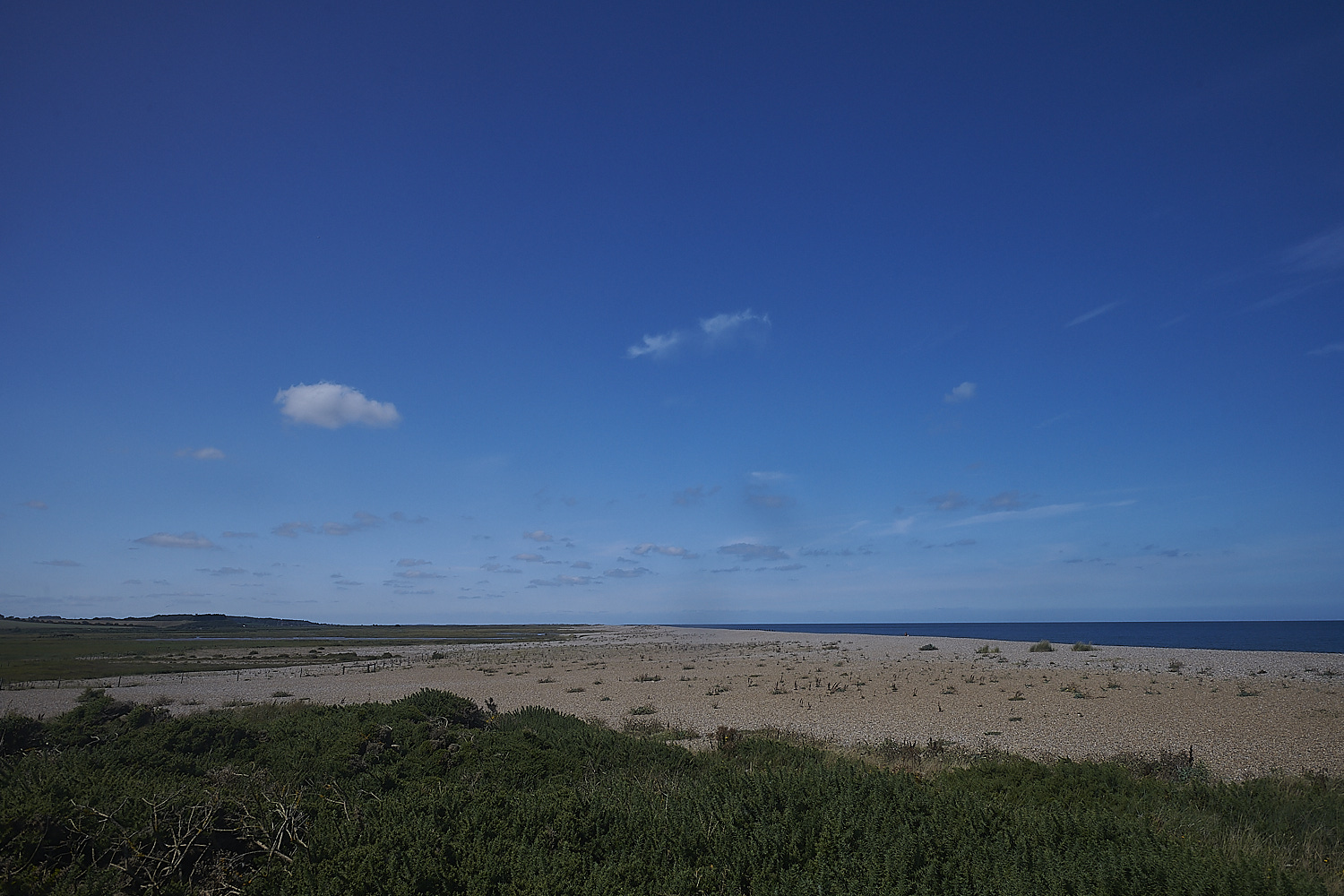
Looking west from the Little Eye towards the East Bank at Cley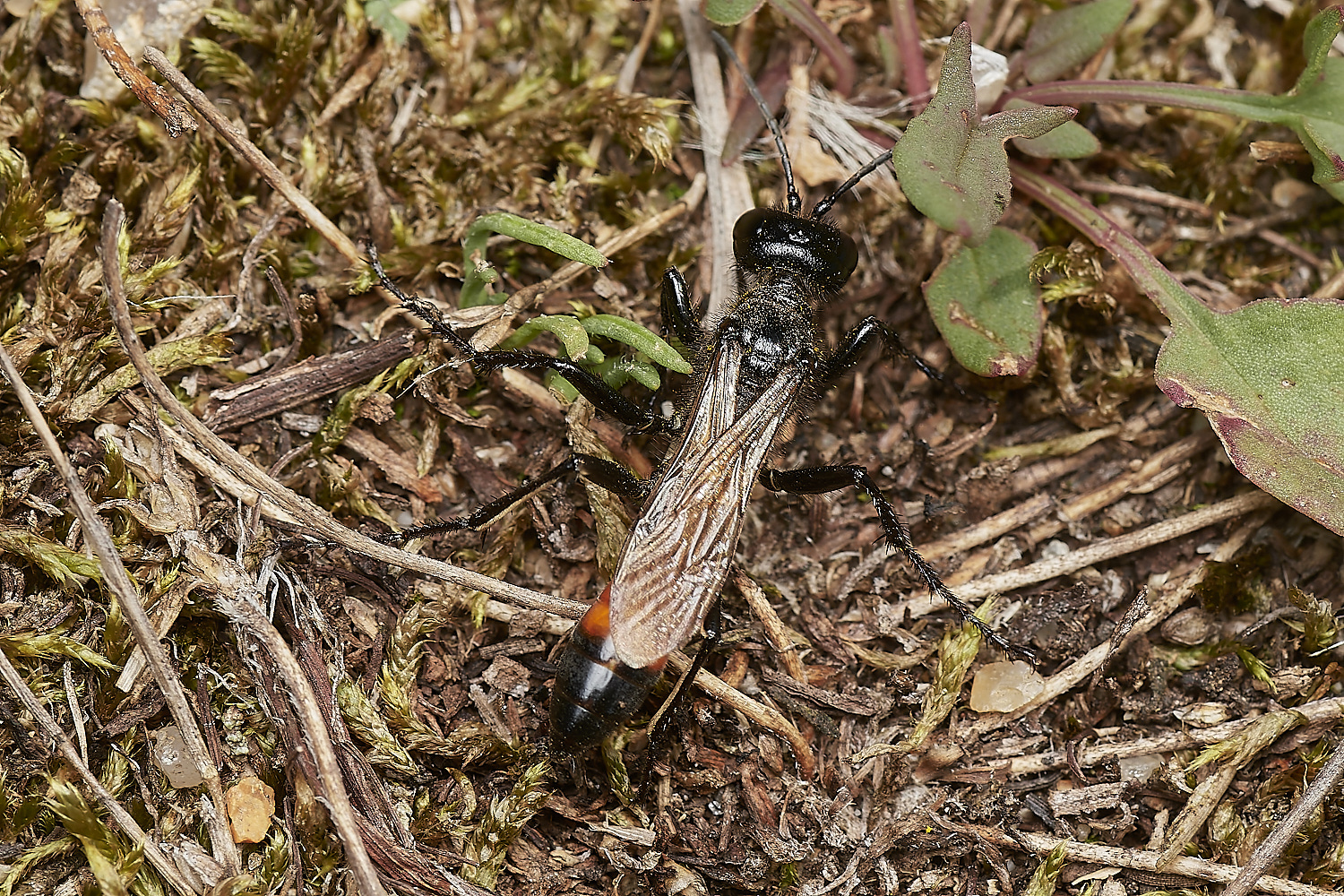
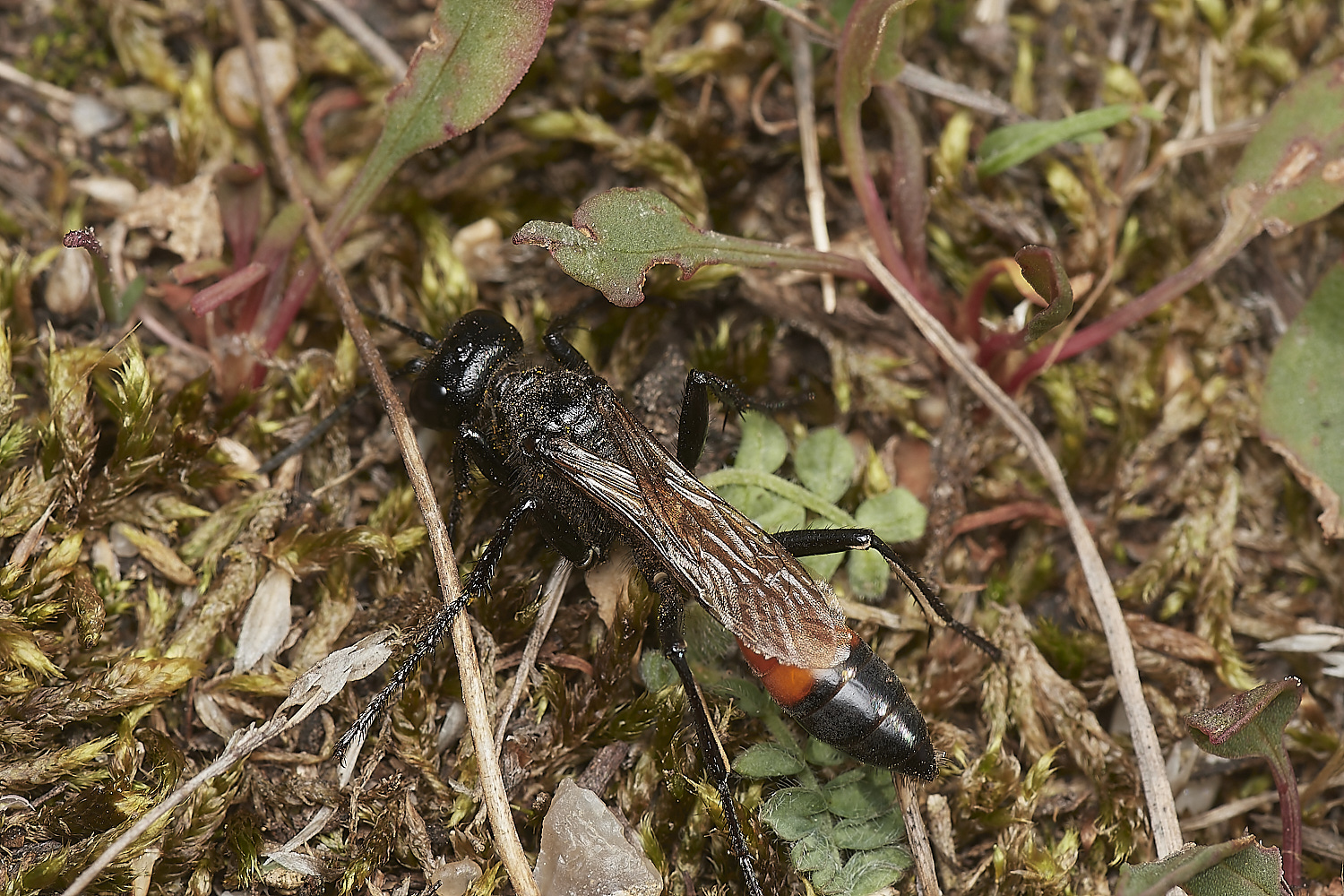
Eastern Sand Wasp (Podalonia affinis)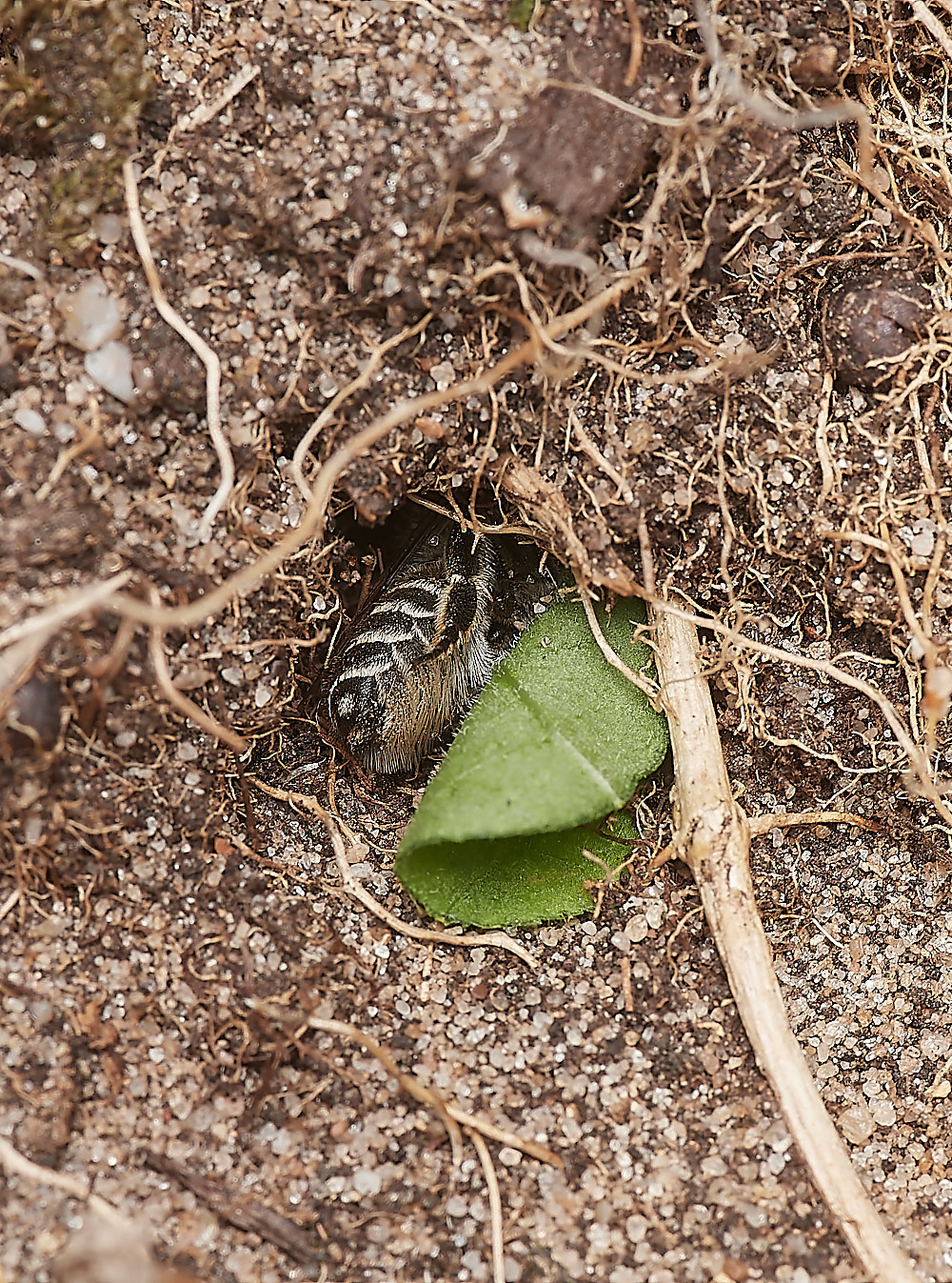
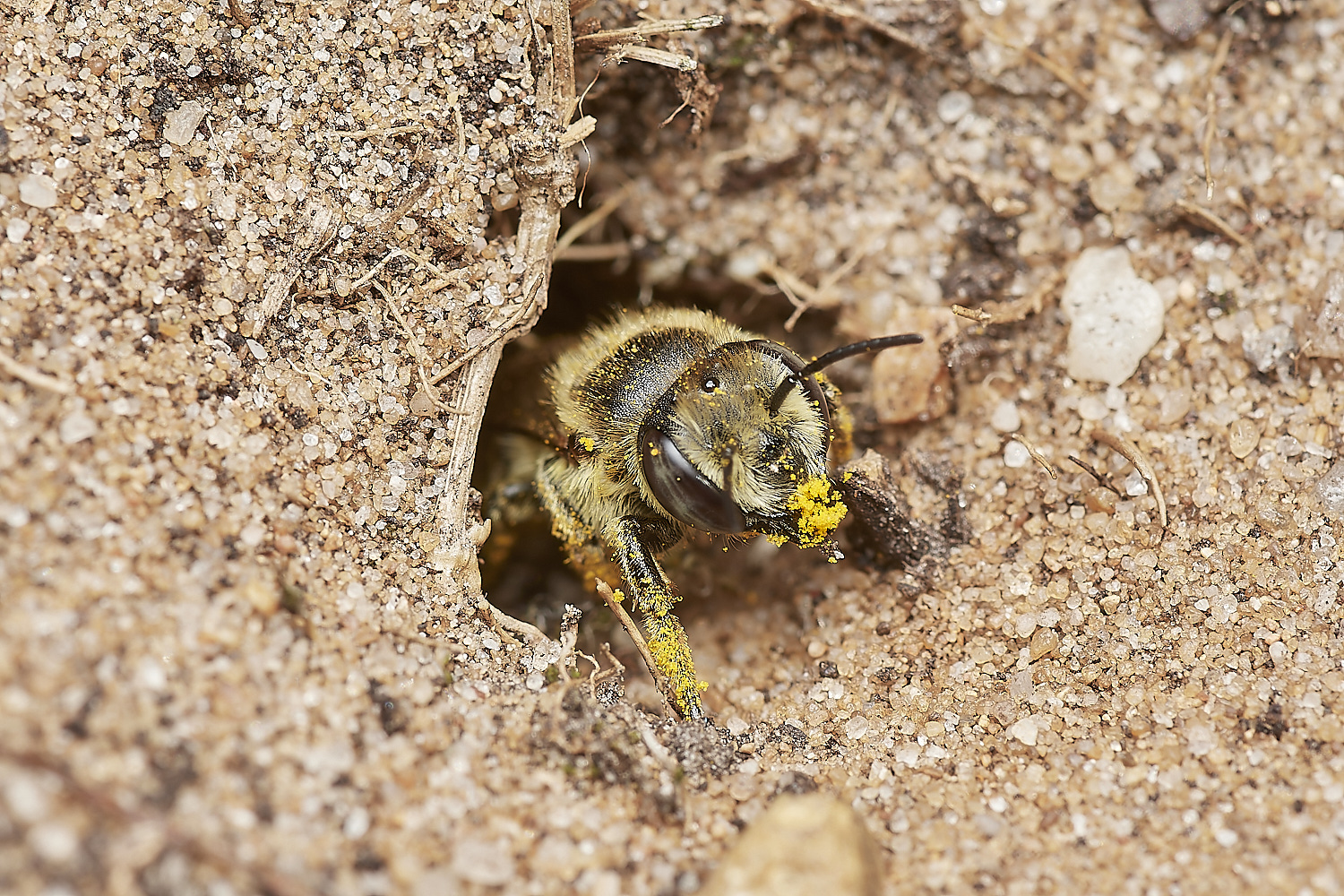
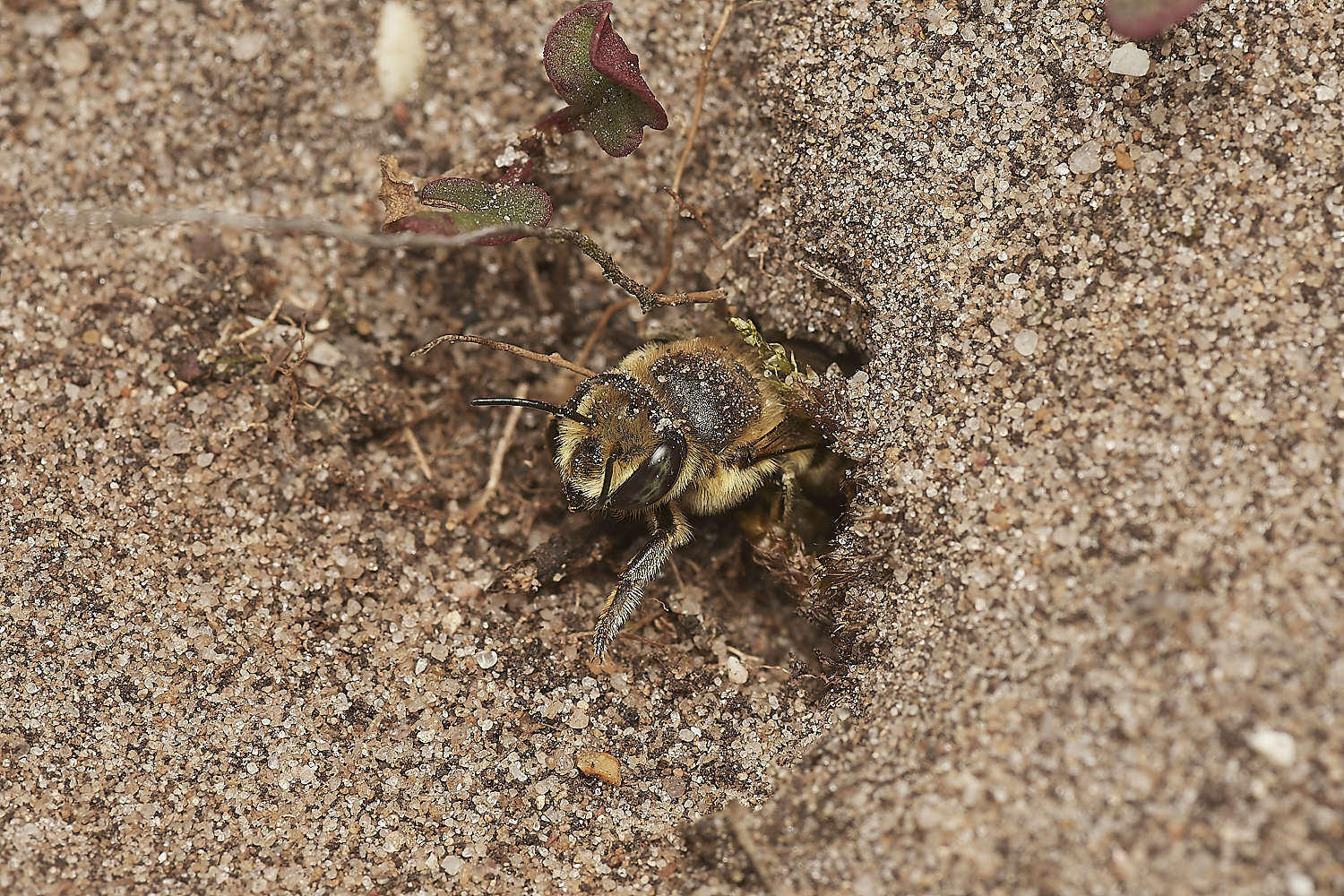
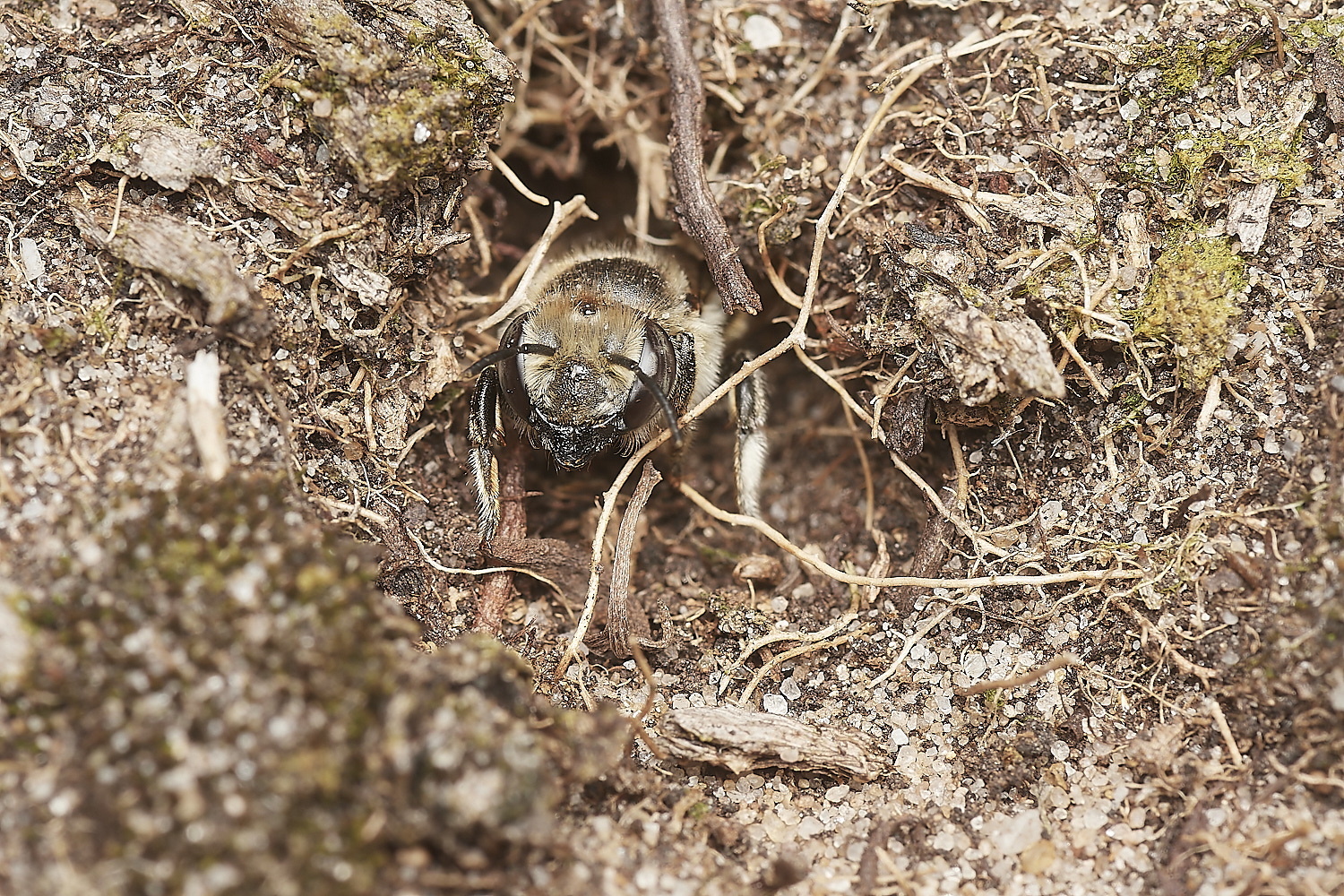
Silvery Leafcutter Bee (Megachile leachella)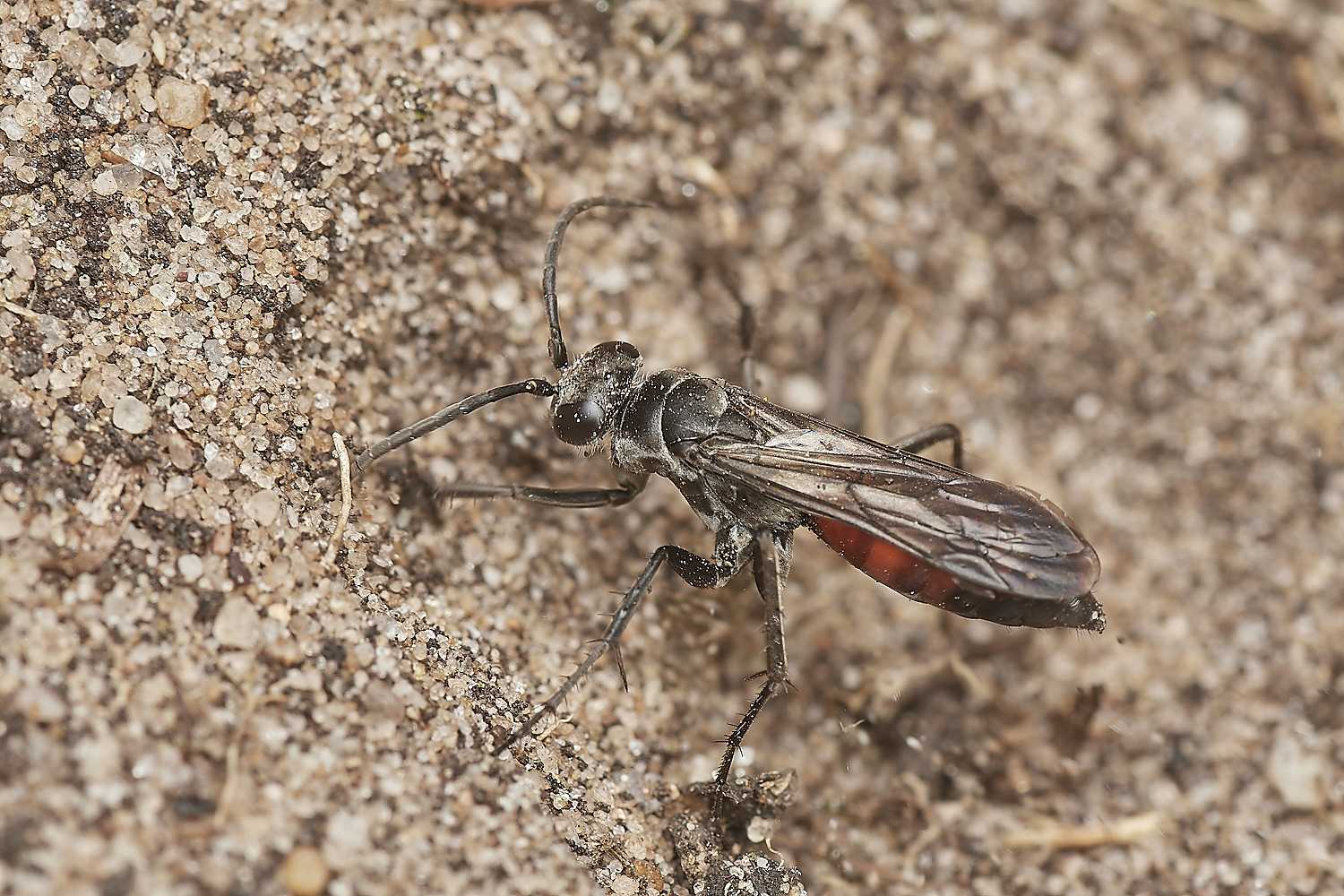
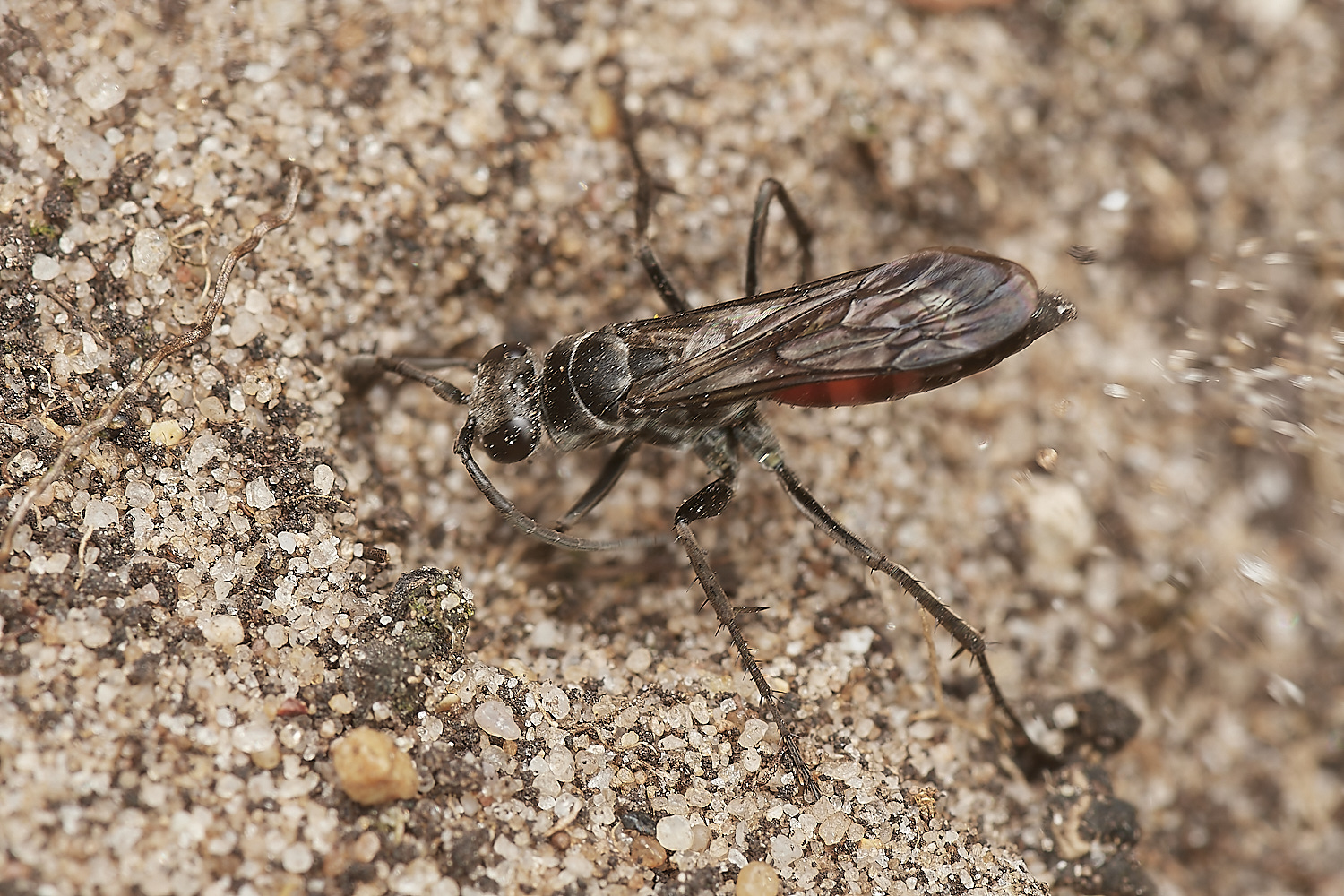
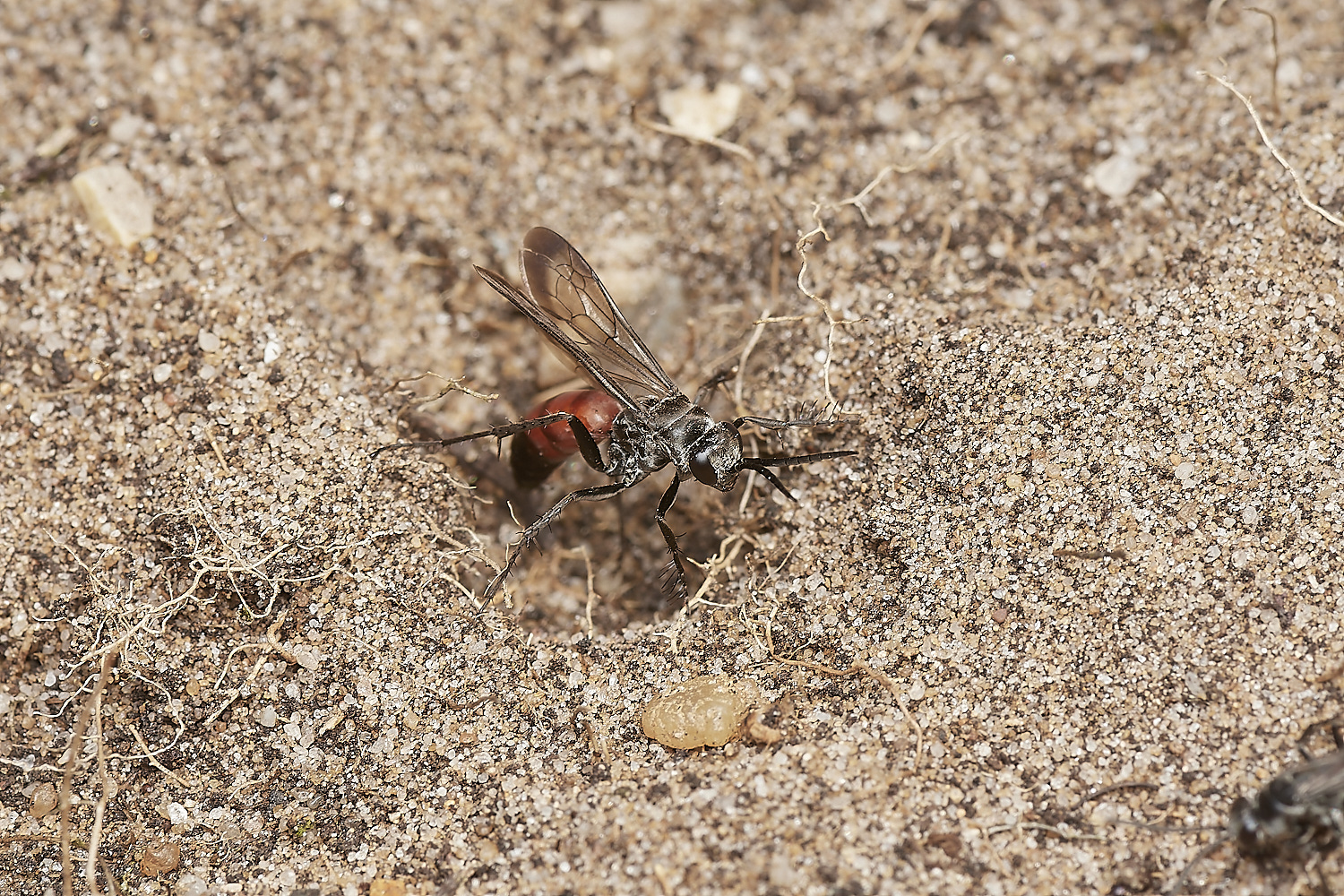
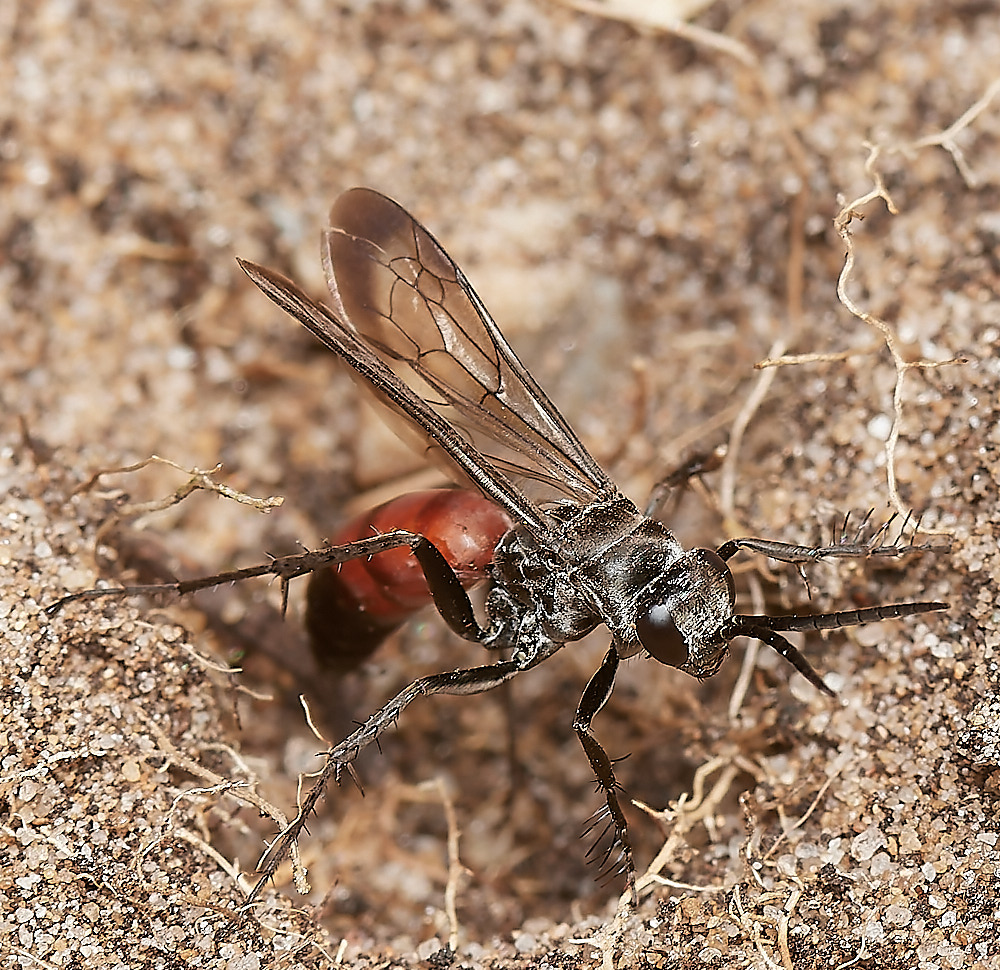
You can clearly see the wing venation pattern in the fore wing.
It has two submarginal cells, the pattern of which seem to place it as an
Arachnospila sp?
But there are seven species that have a similar but subtly different pattern?
Ah but
There was actually even more of a clue to the id of this particular wasp.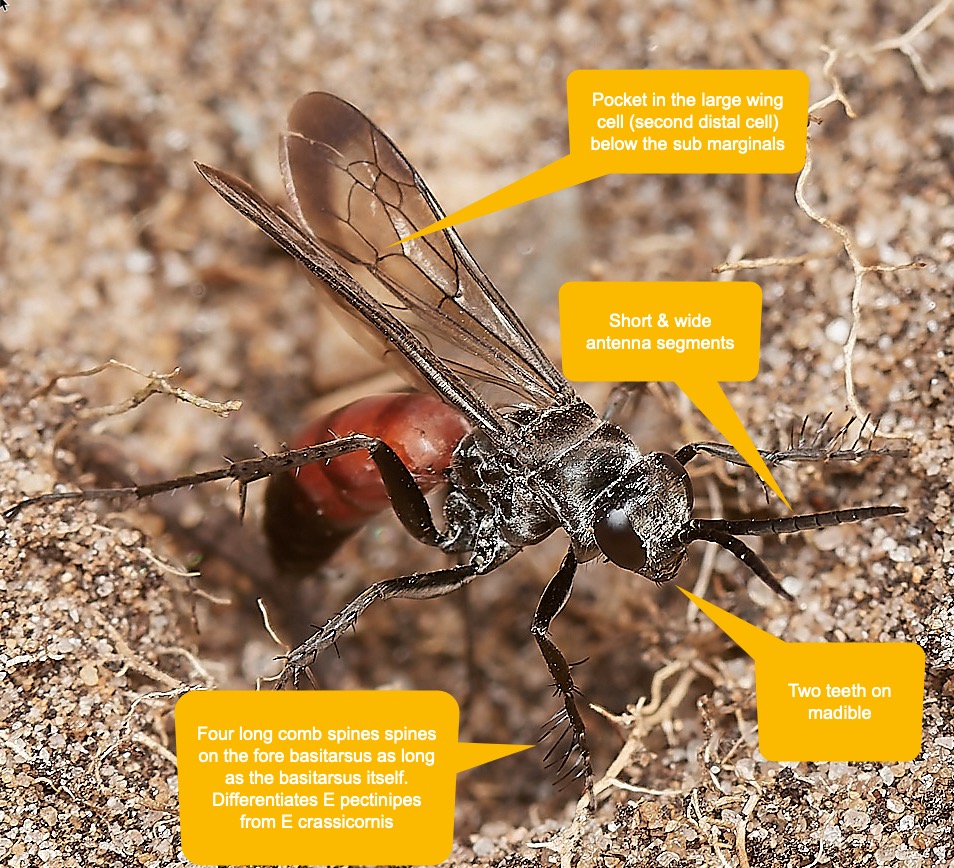
And it did in fact turn out to be a wasp that has only recently arrived in Norfolk in the last couple of years.
A Pompilid Wasp (Spider Wasp)
Evagetes pectinipes
A cleptoparasite of other Pompilids, possibly of Episyron rufipes
Under a microscope this species also only has double not treble toothed mandibles.
Thanks to Nick Owens for id help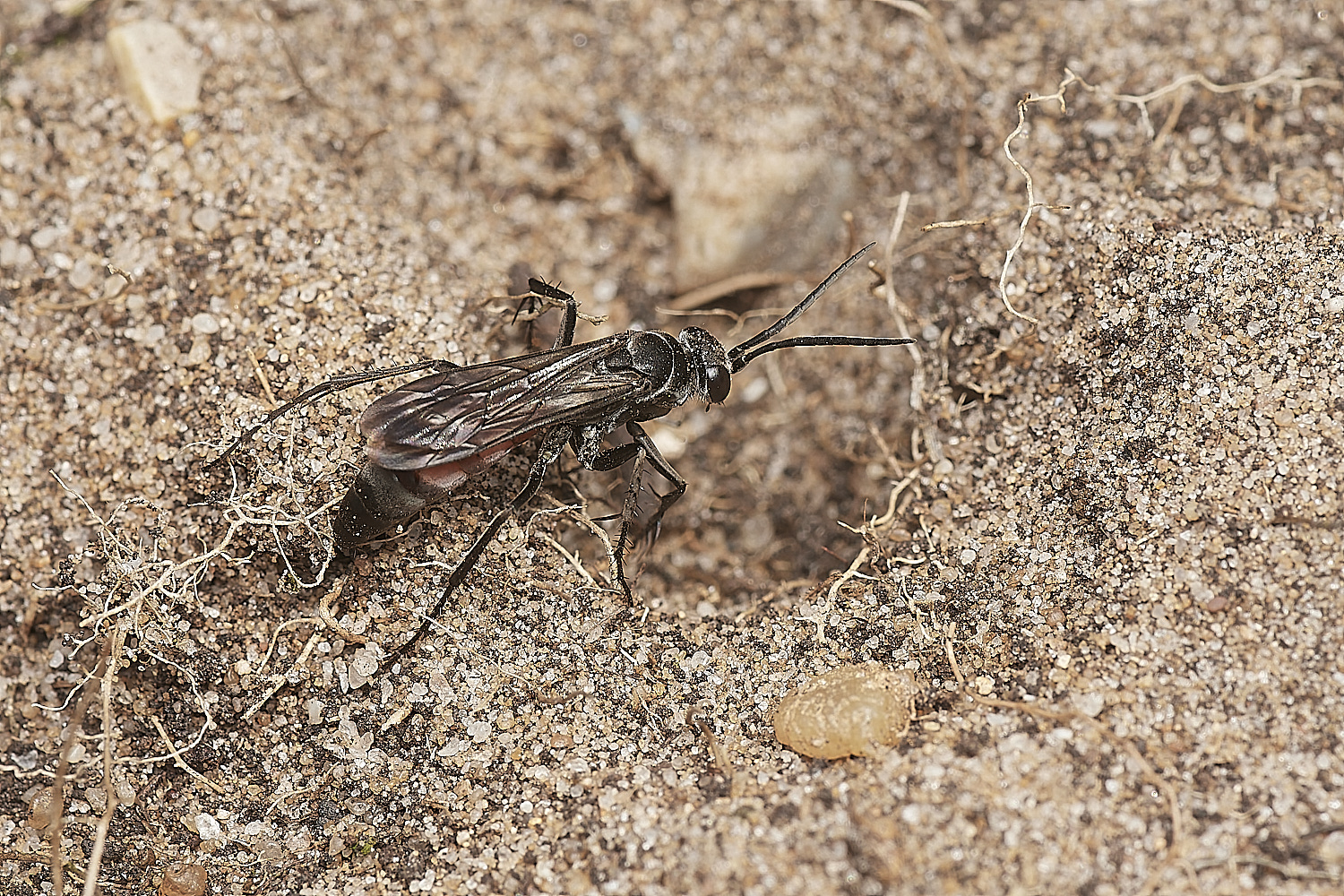
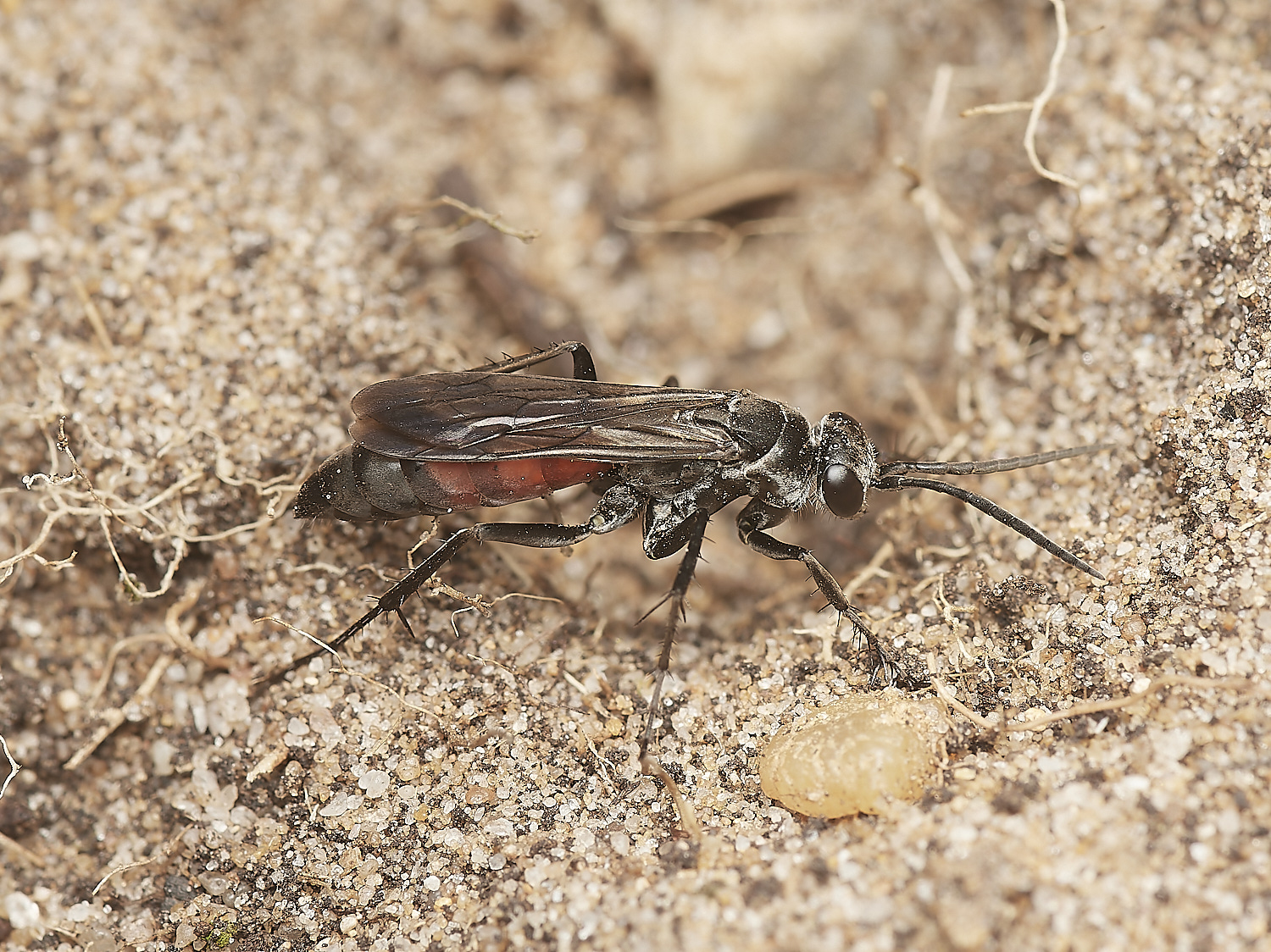
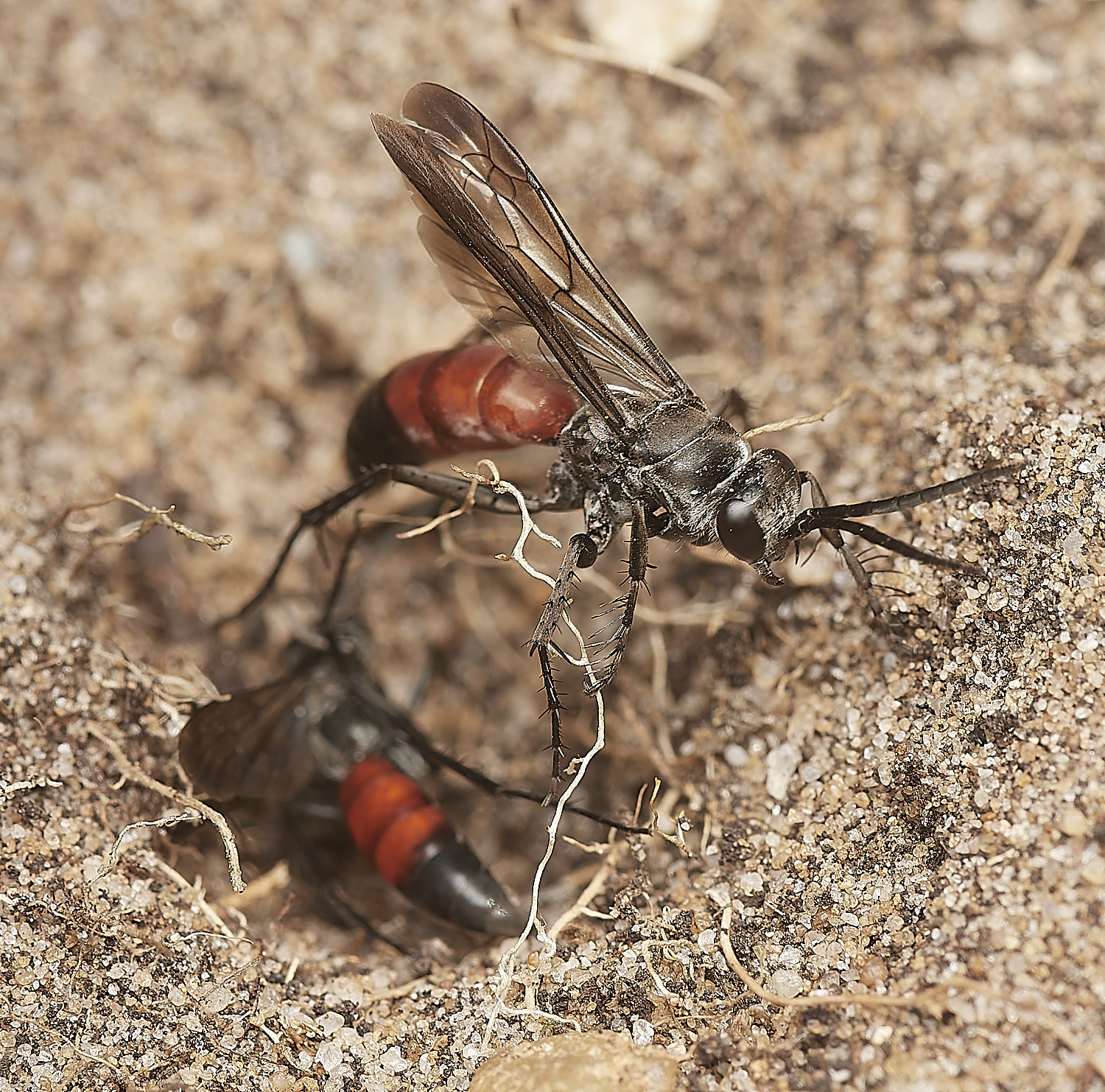
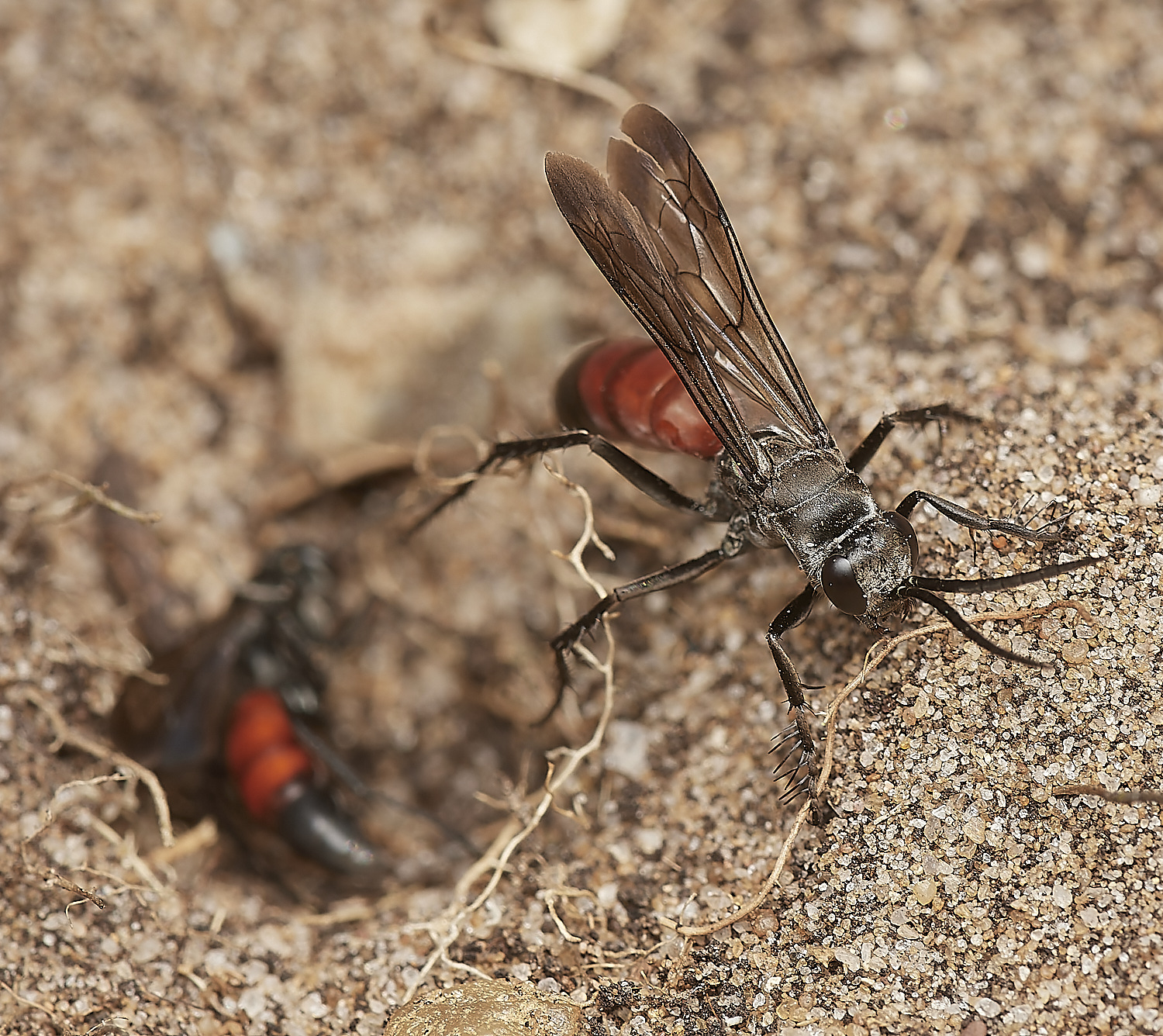
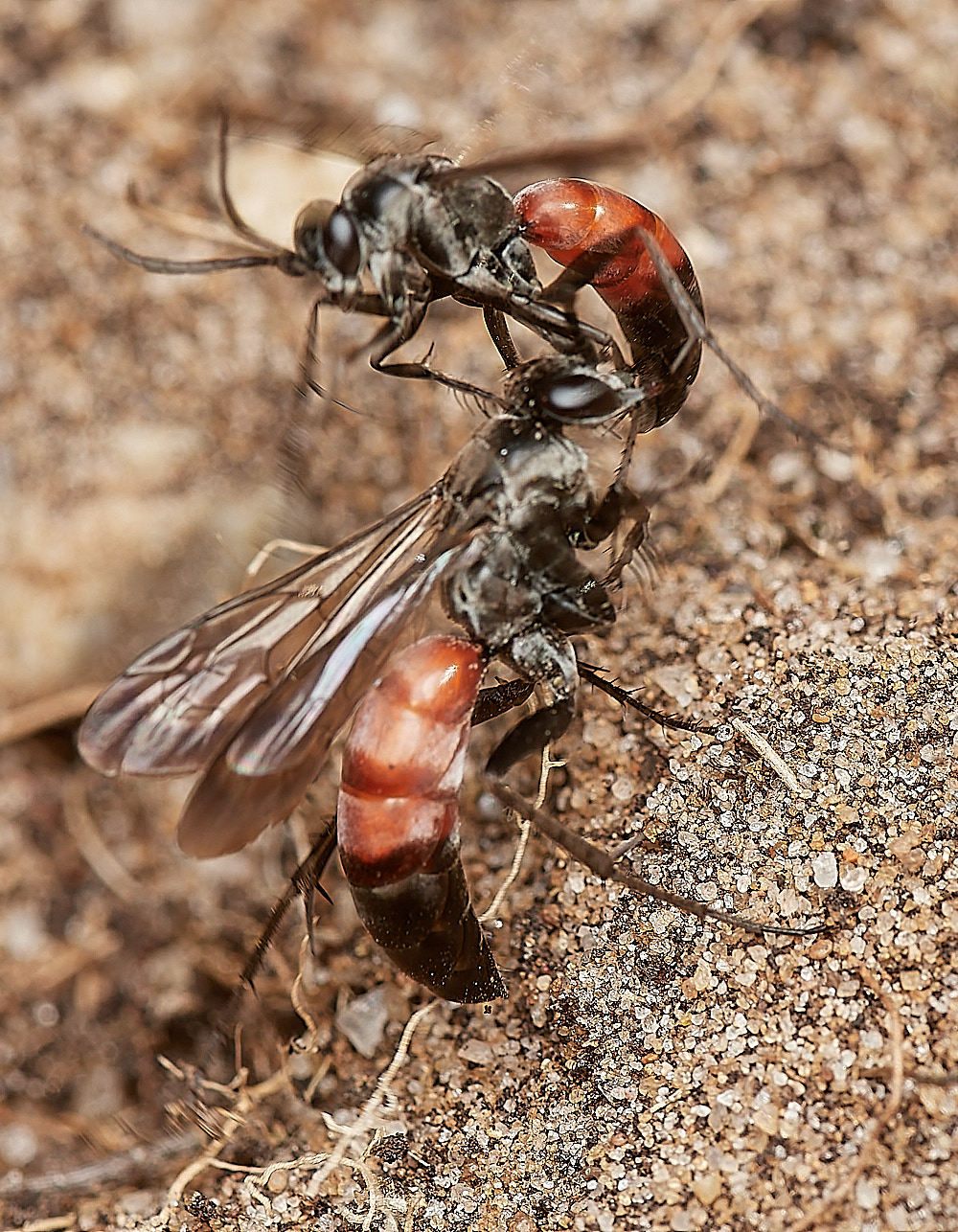
Wasp Sp?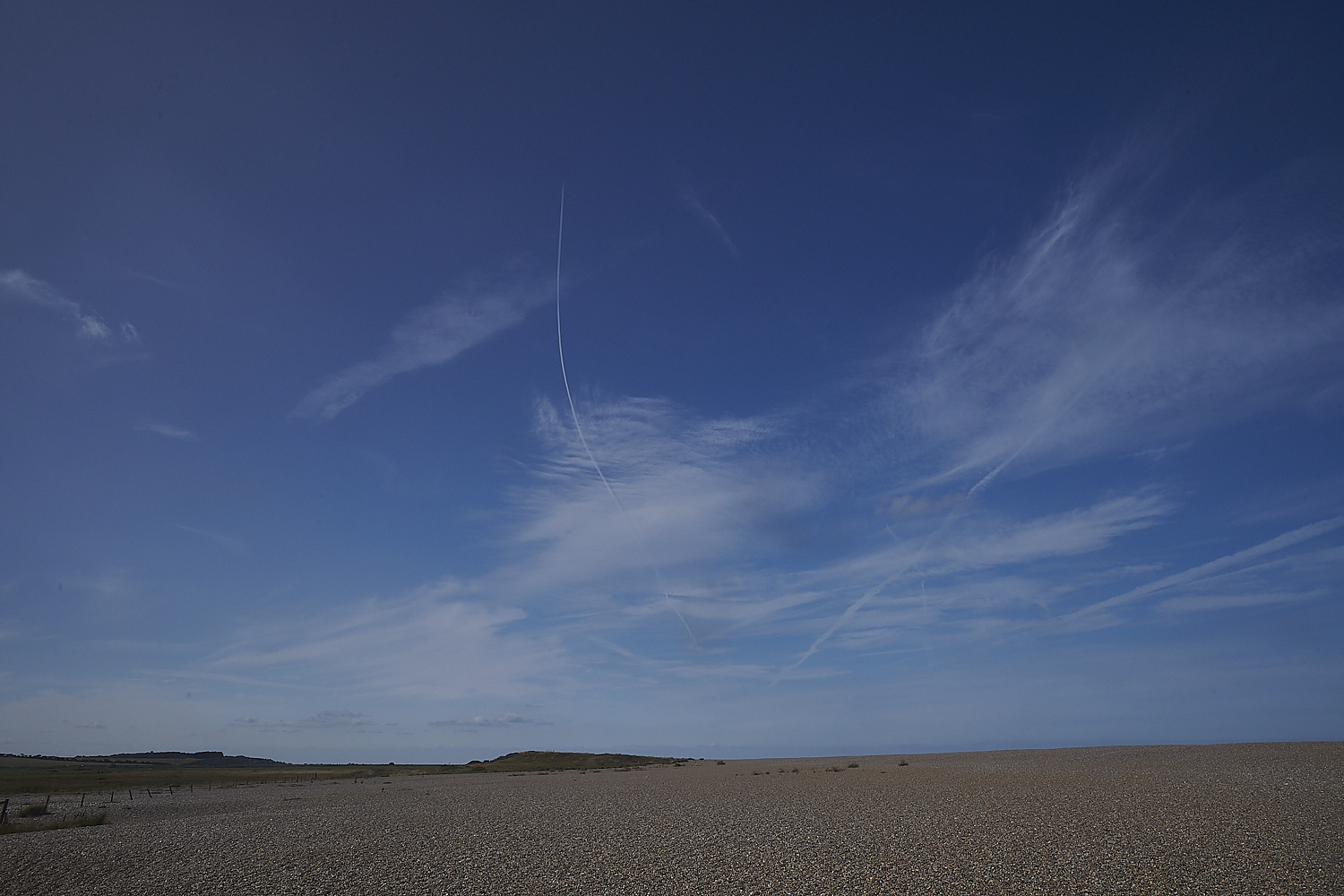
Looking towards the Little Eye from the east.
Gramborough Hill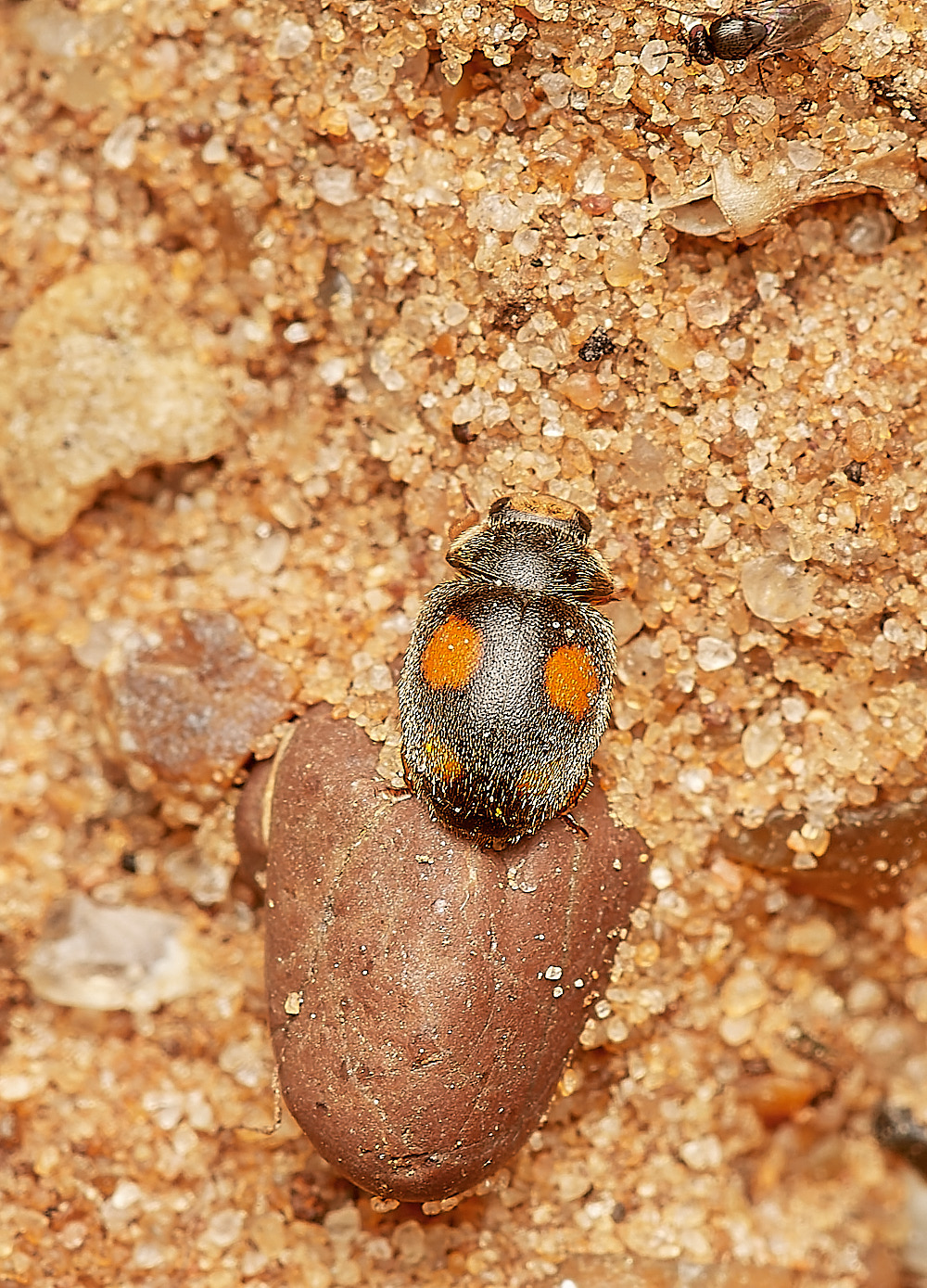
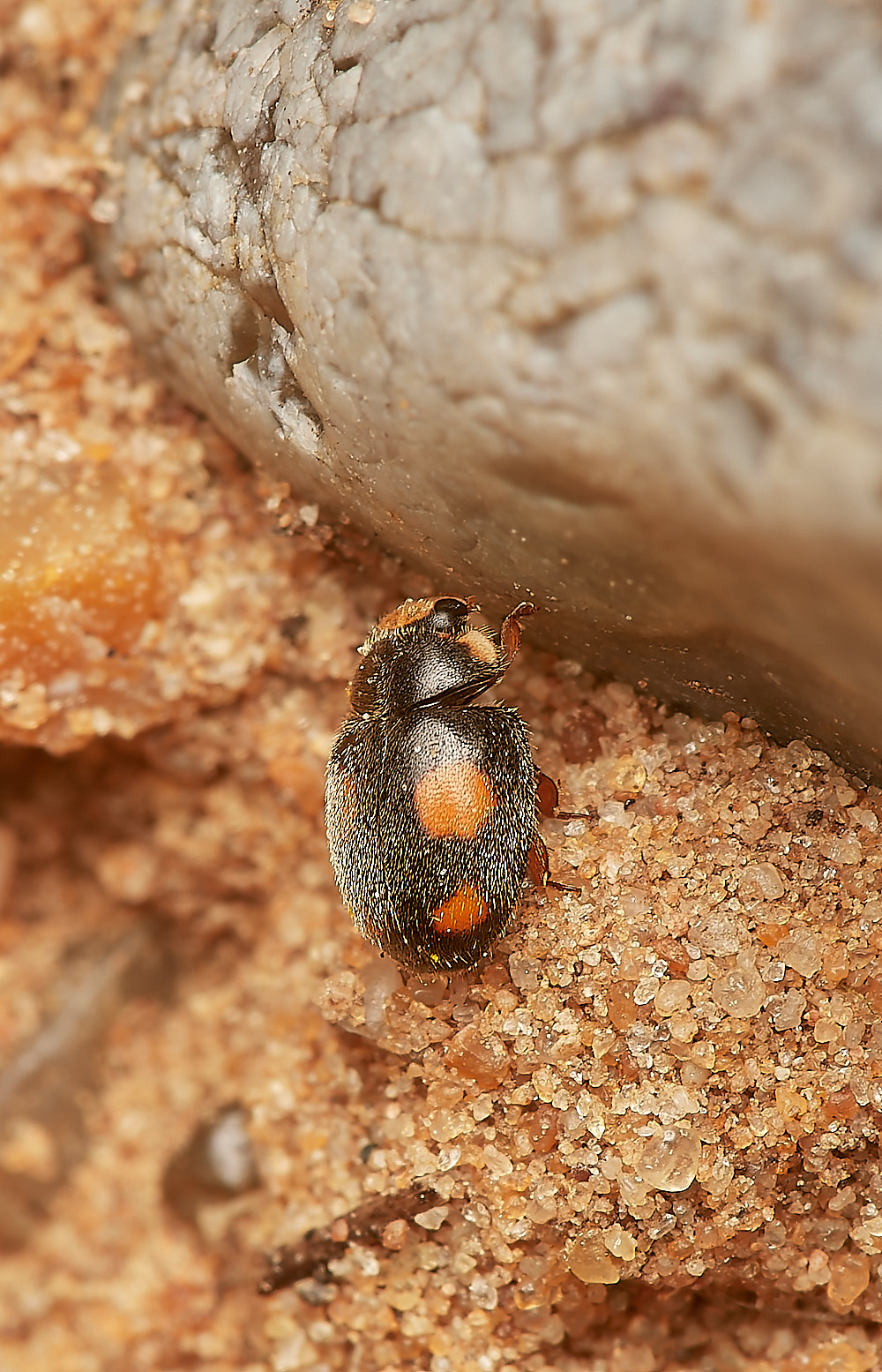
Ant Nest Ladybird (Platynaspis luteorubra)
From Andrew Jewels - Inconspicuous Ladybirds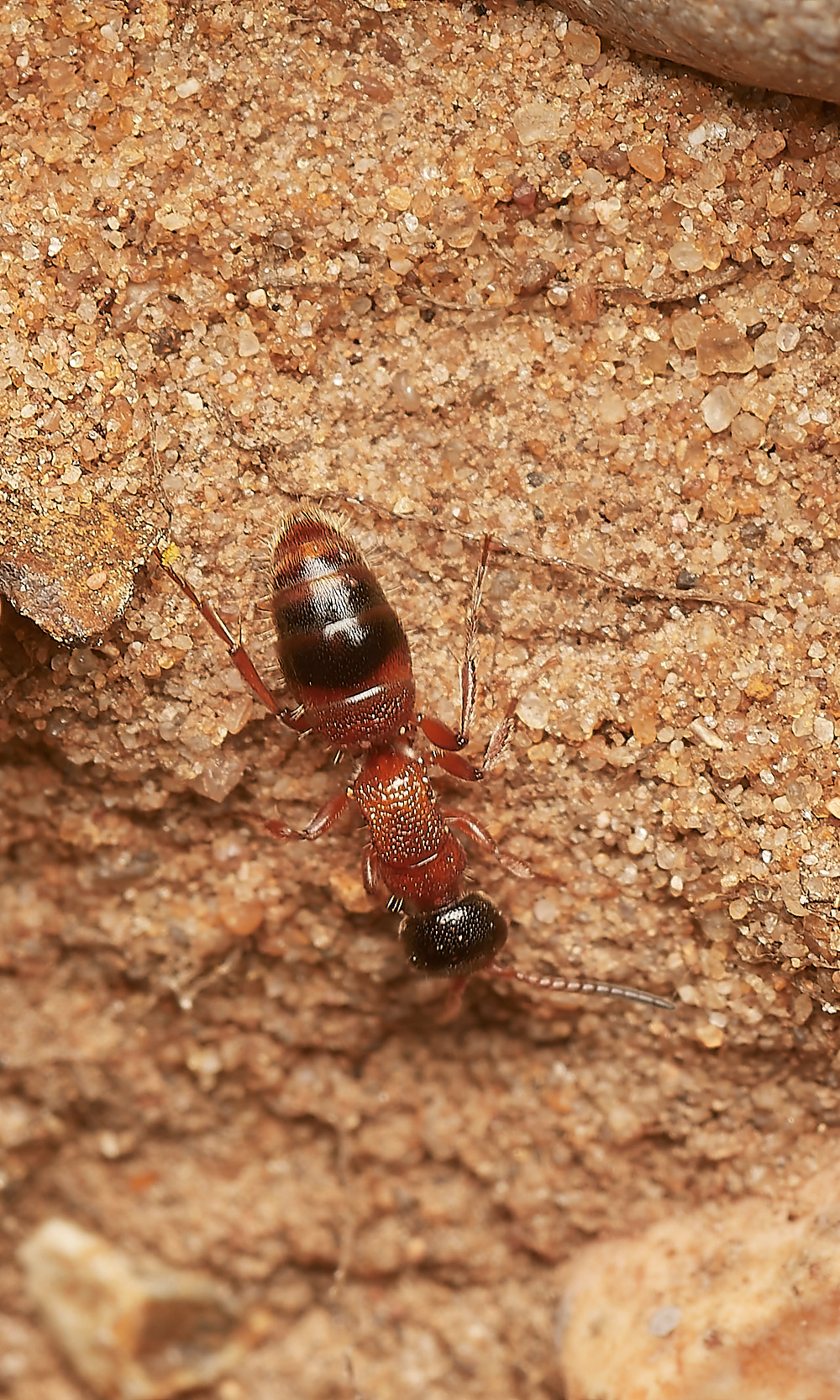
?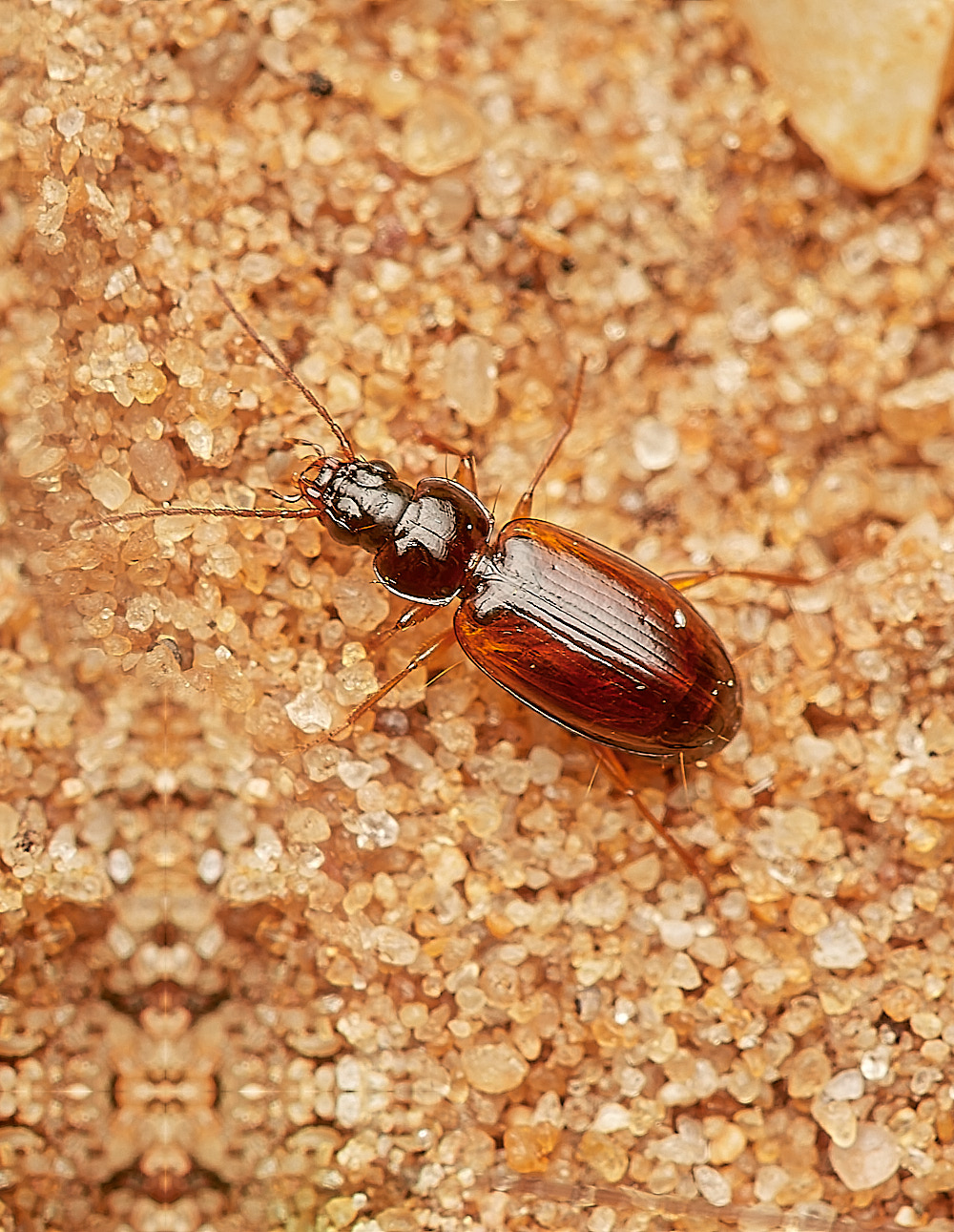
Beetle Sp?
Trechnus obtusus? perhaps
Gramborough Hill 21/08/23 TG 08679 44204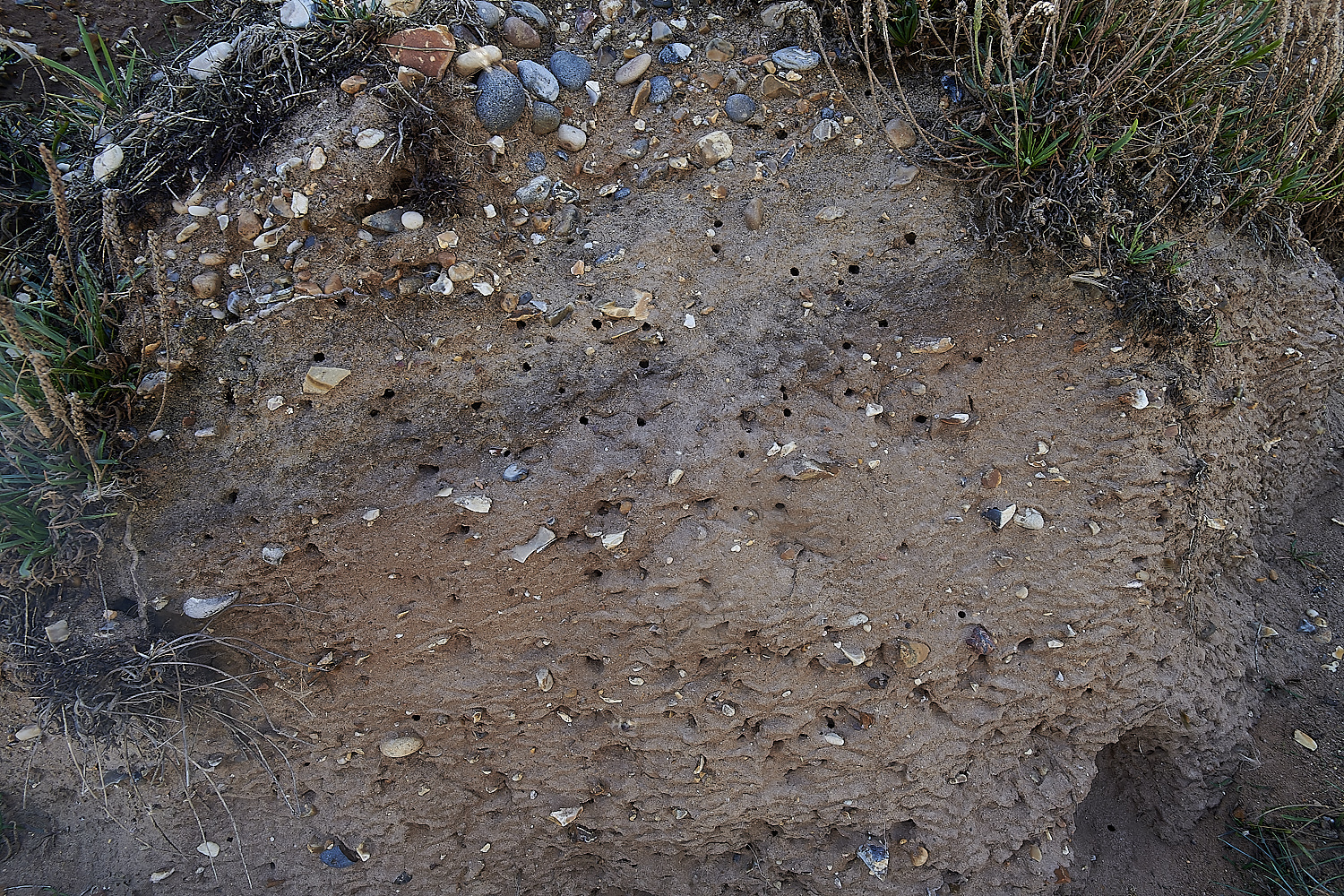
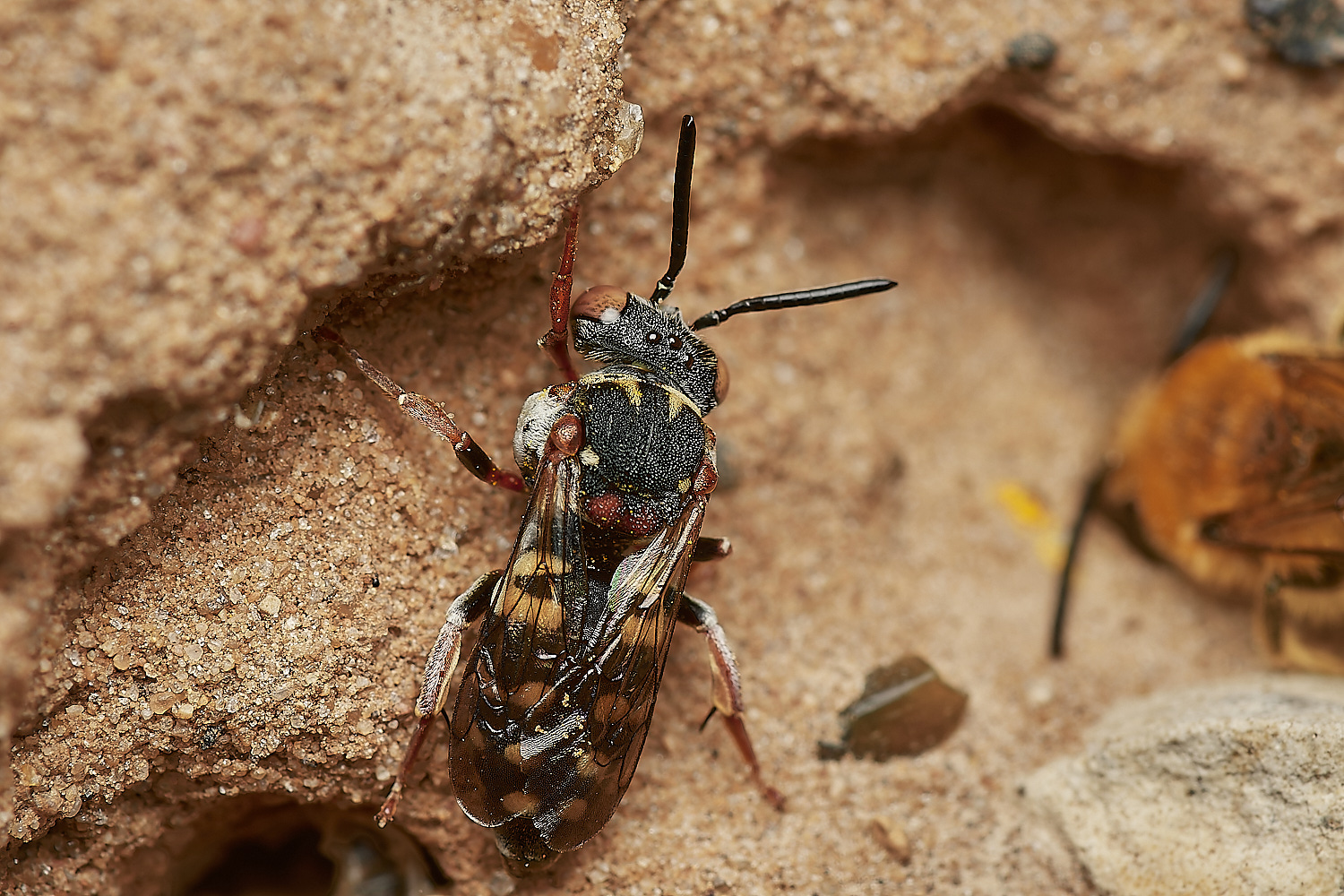
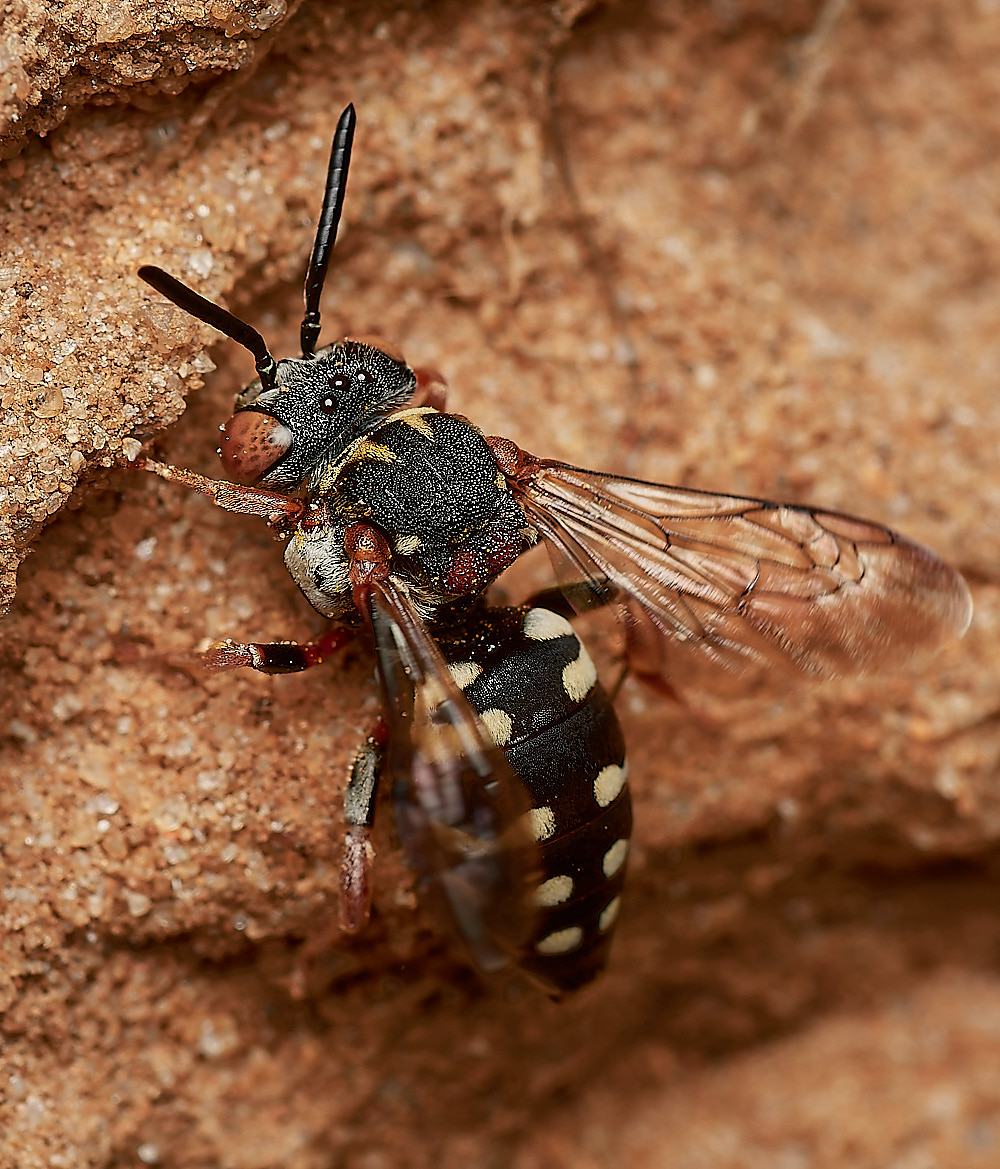
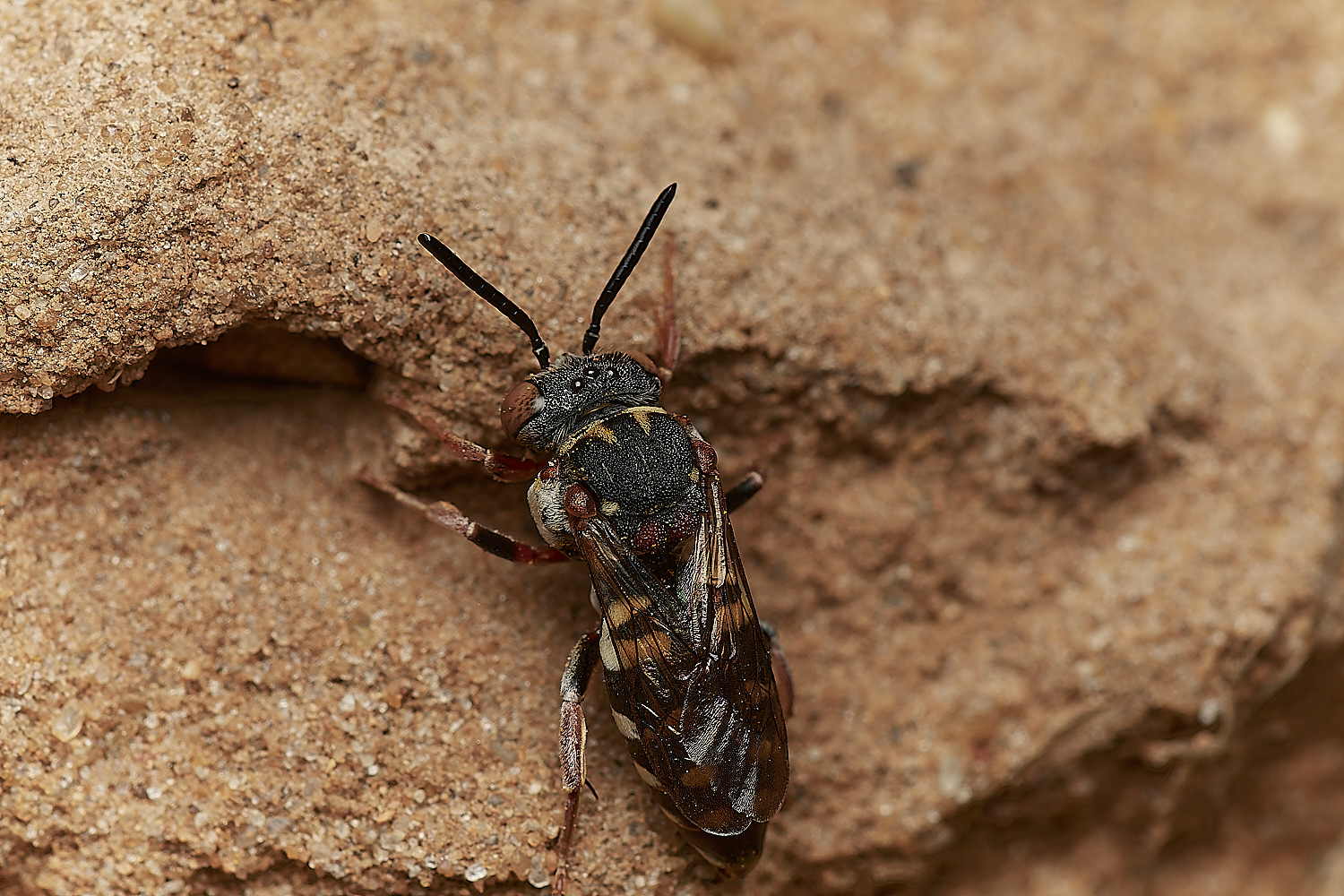
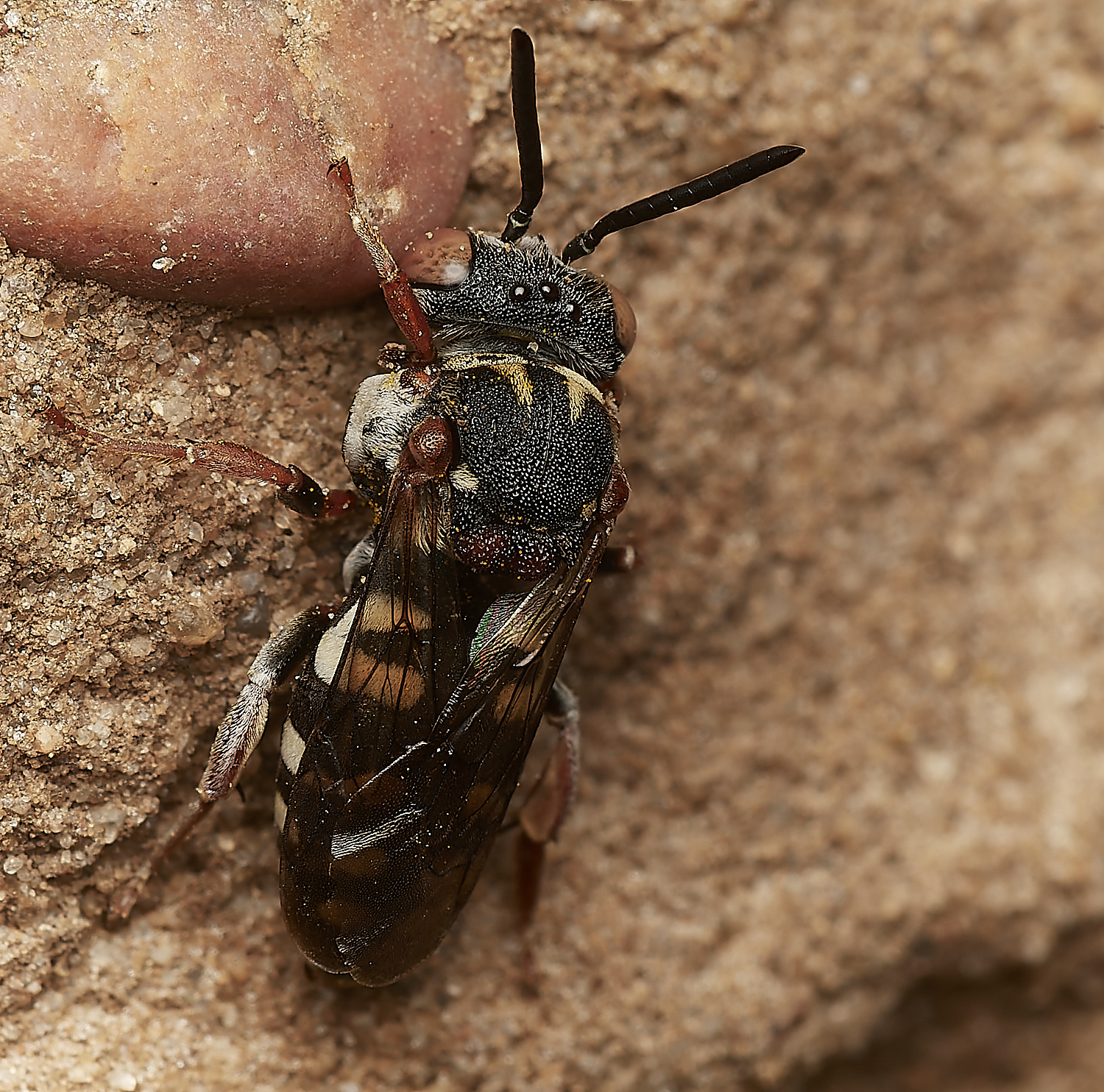
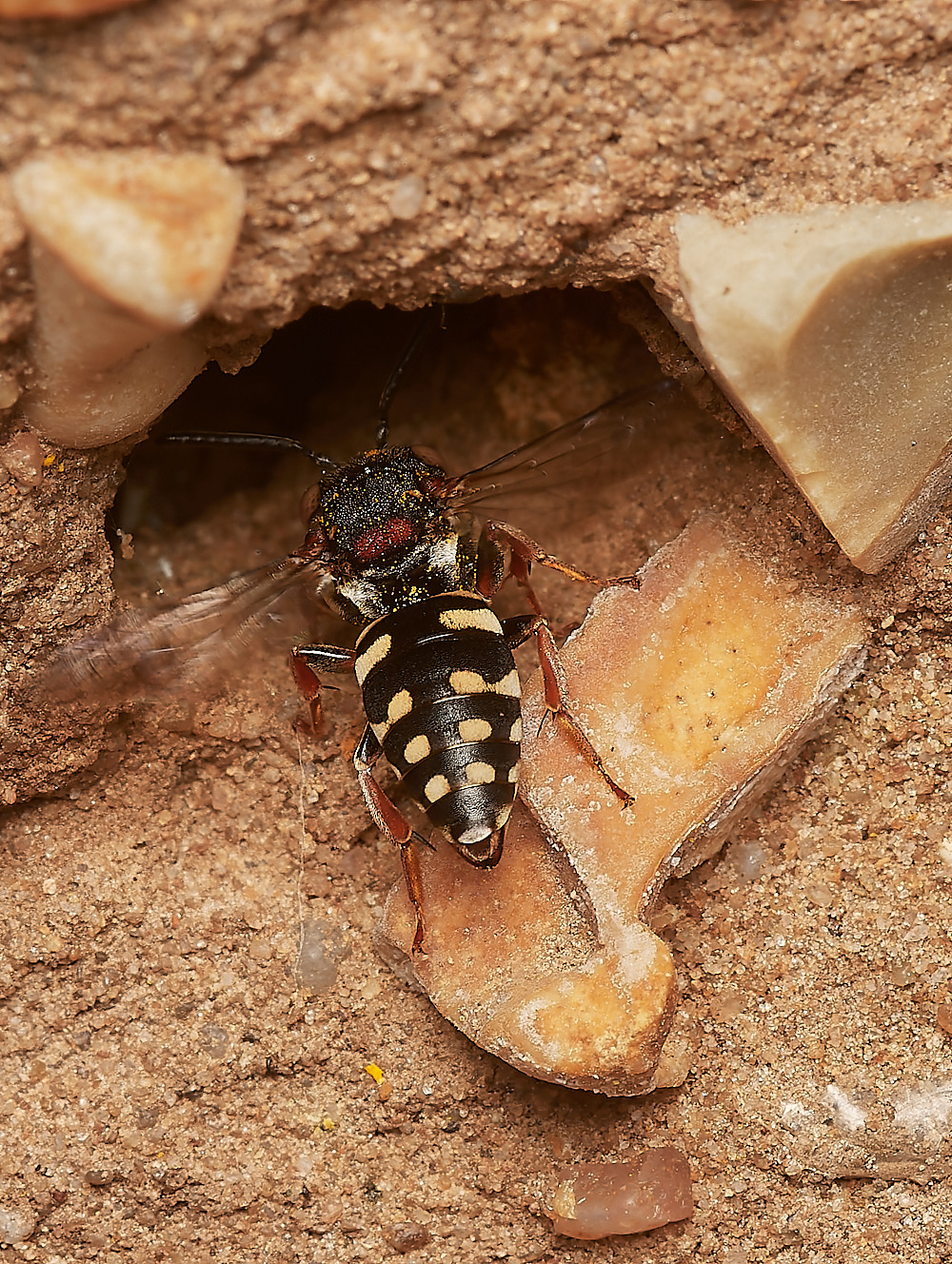
Epeolus Sp♀︎(Red scutellum)
Black-thighed Epeolus (Epeolus variegatus)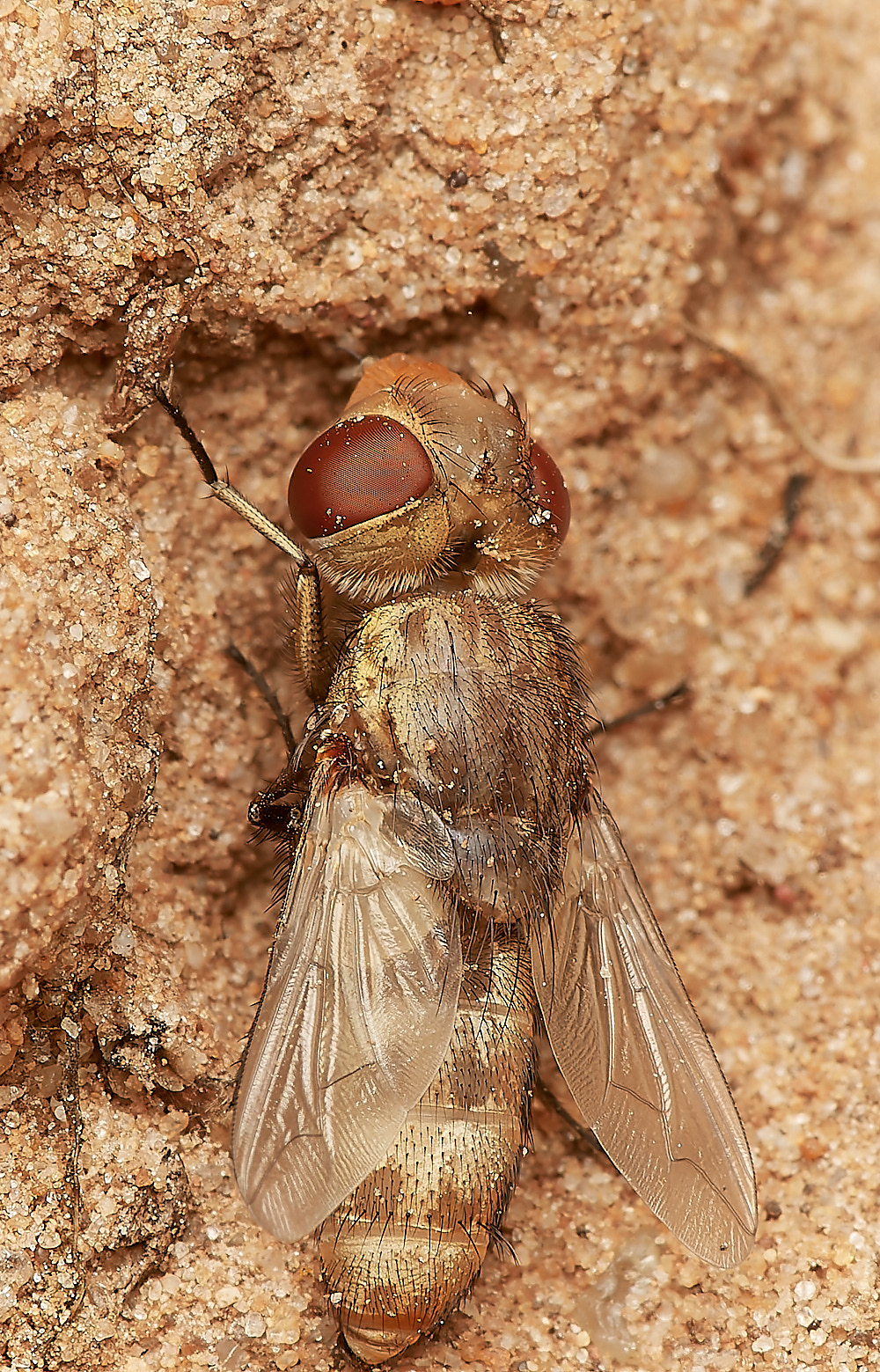
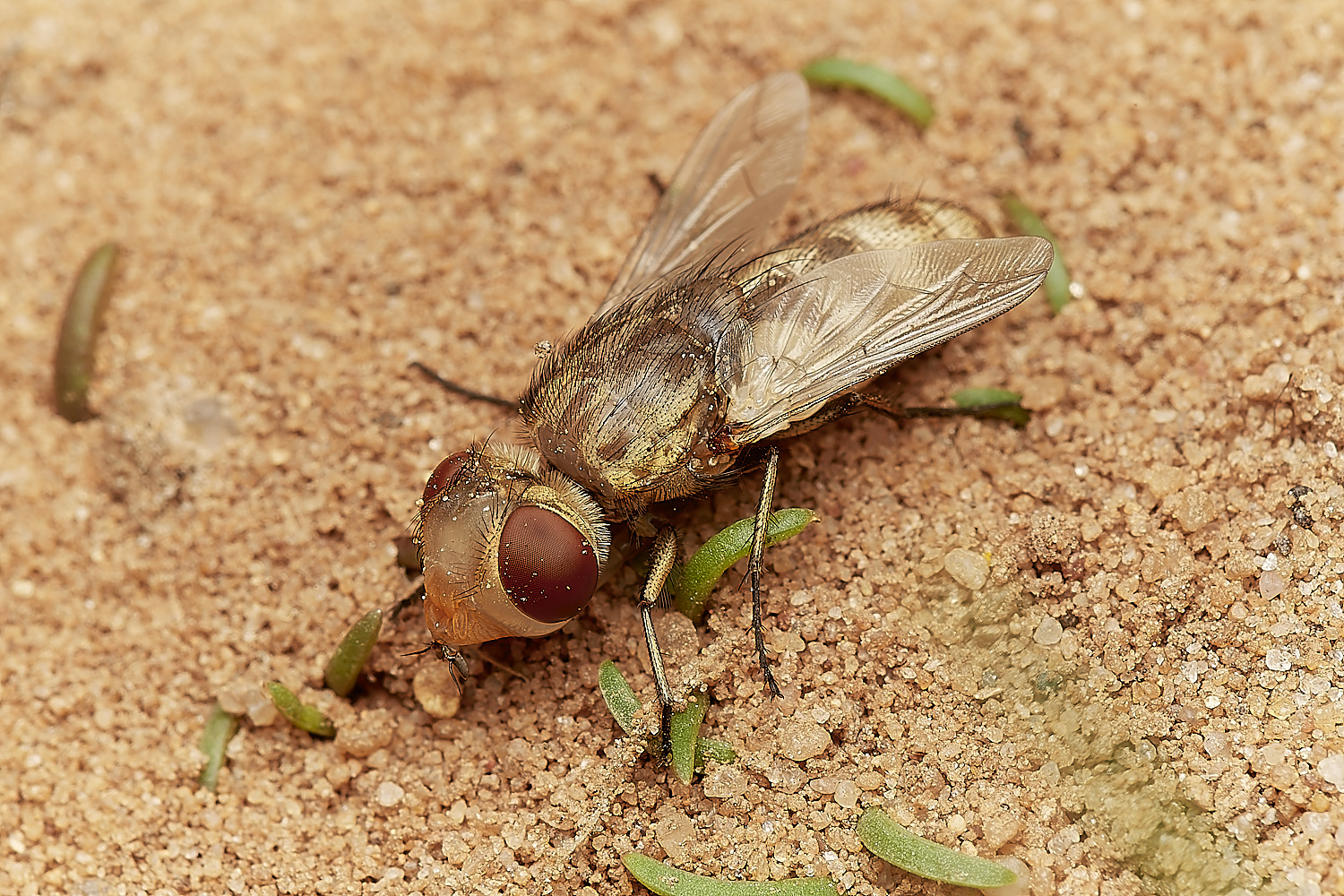
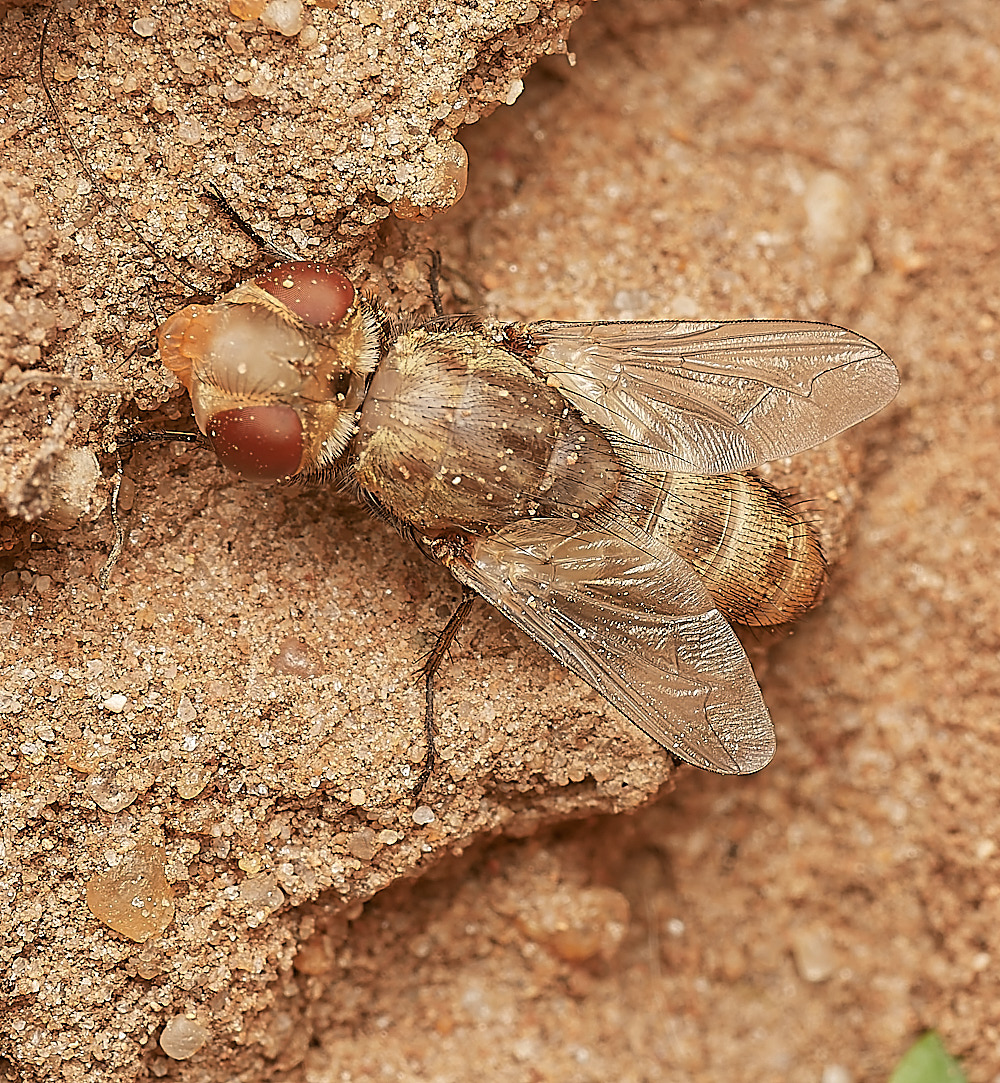
Fly Sp
Miltogramma Sp?
Spotted Satellite Fly (Miltogramma punctata)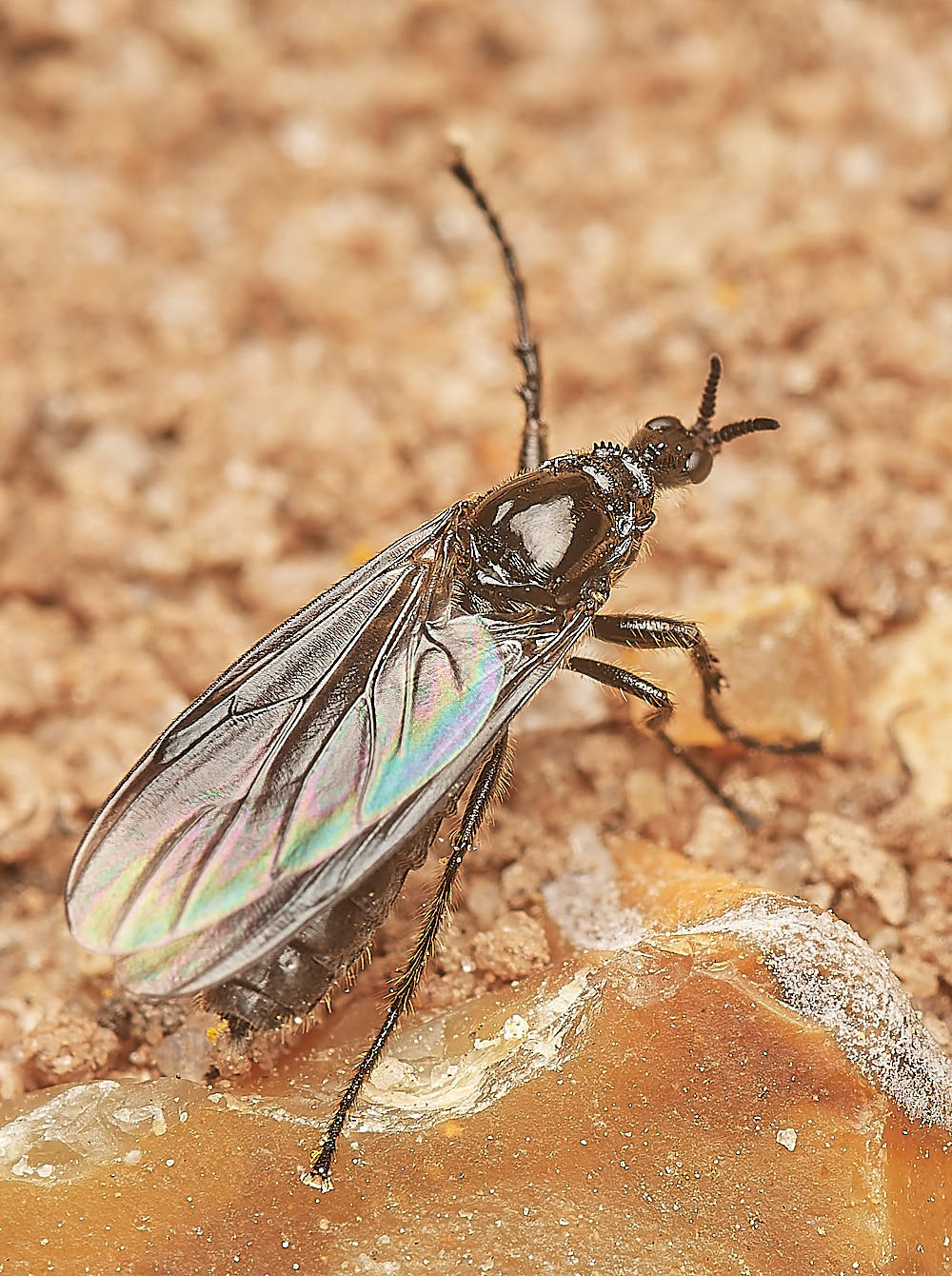
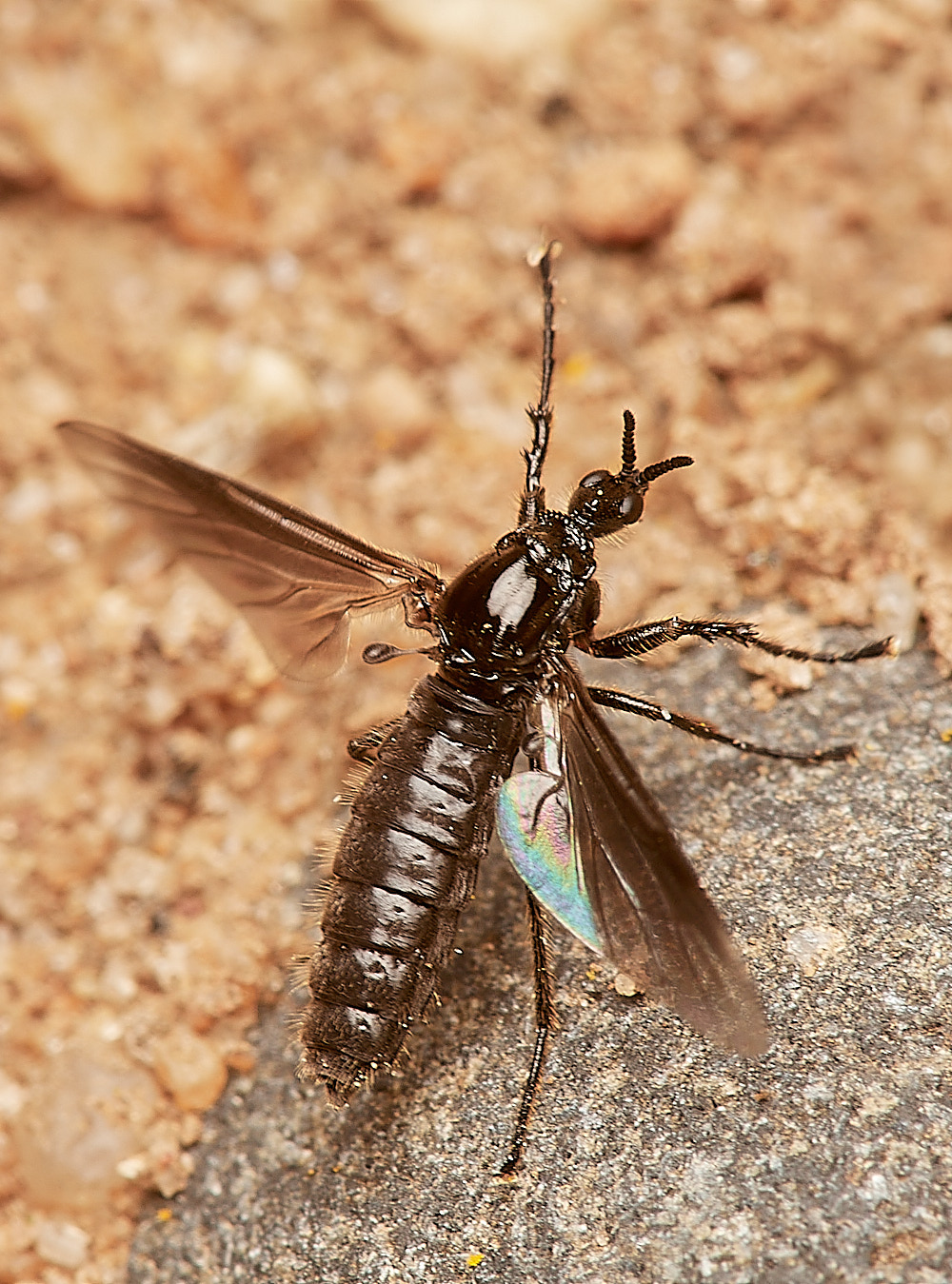
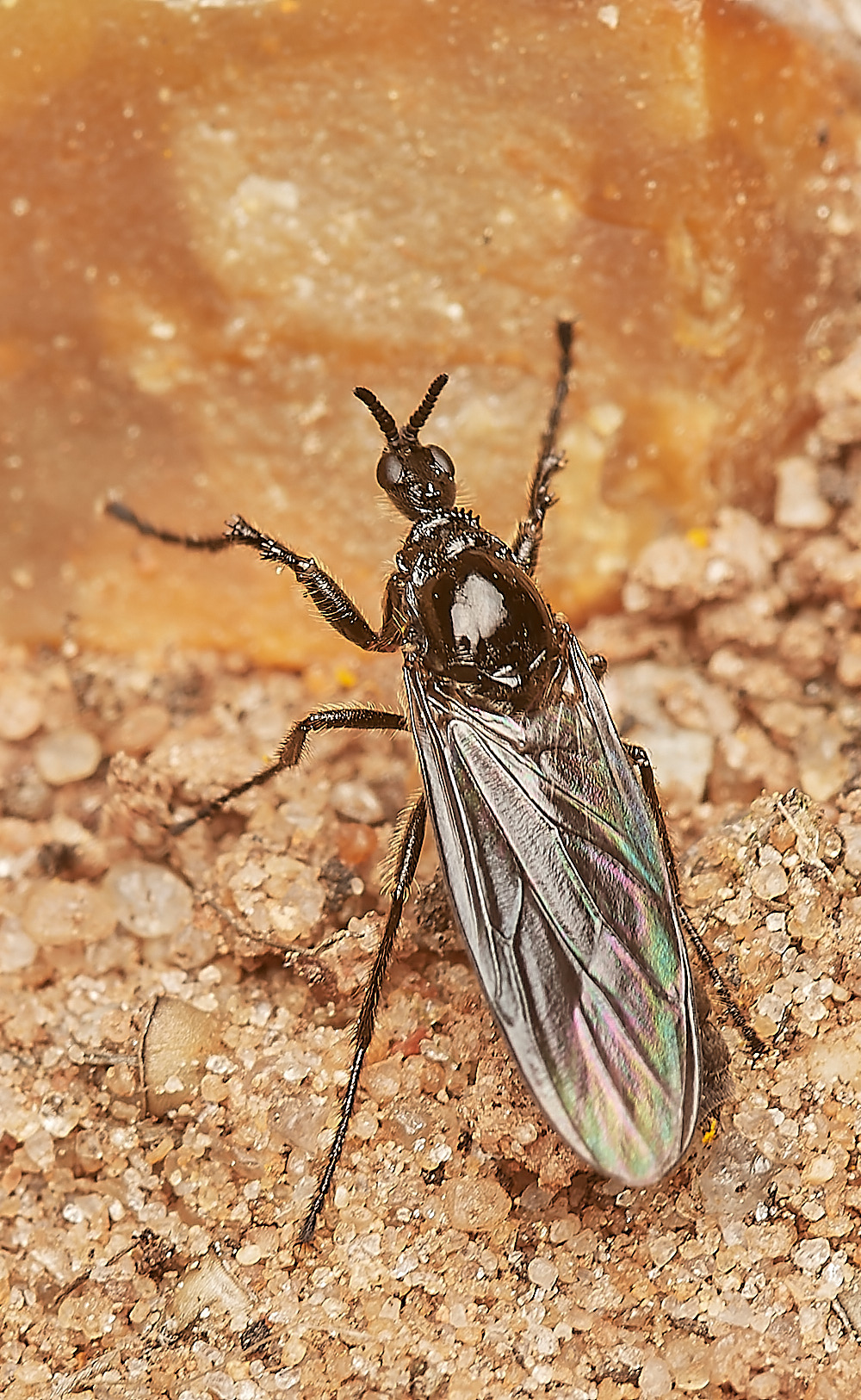
Fly Sp?
Fever Fly ♀︎ (Dilophus febrilis)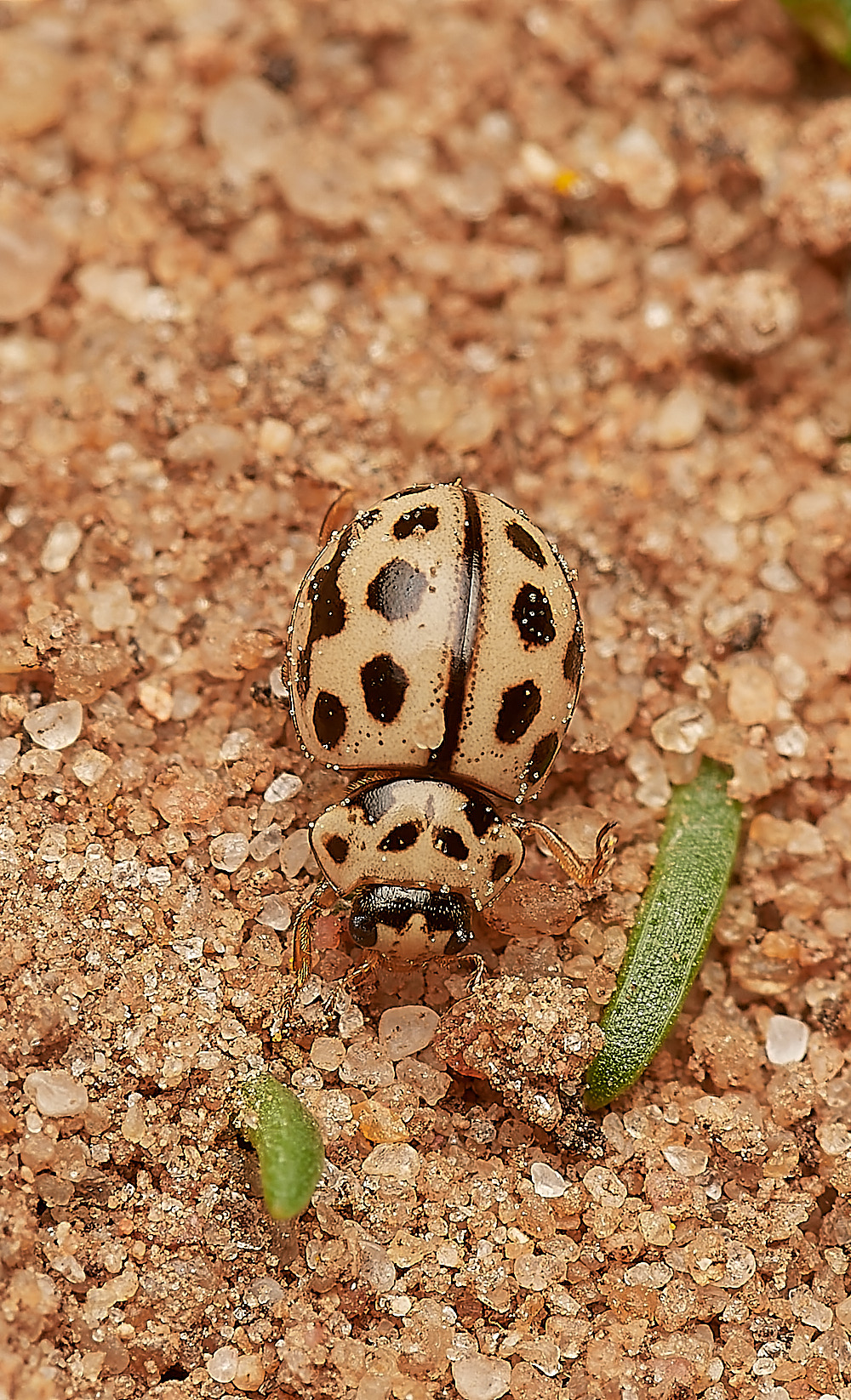
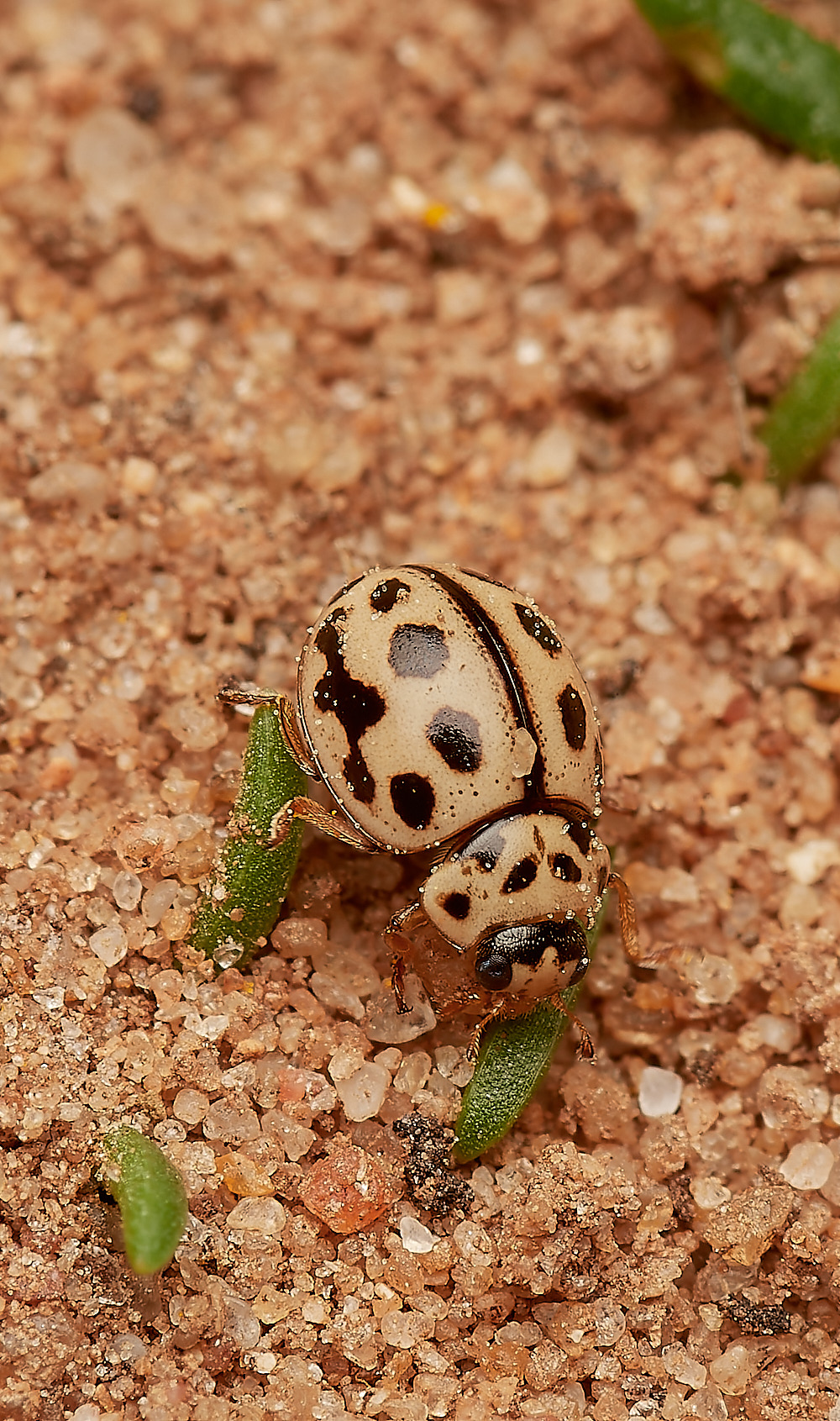
14 Spot Ladybird? (Propylea quatupordecimpunctata)?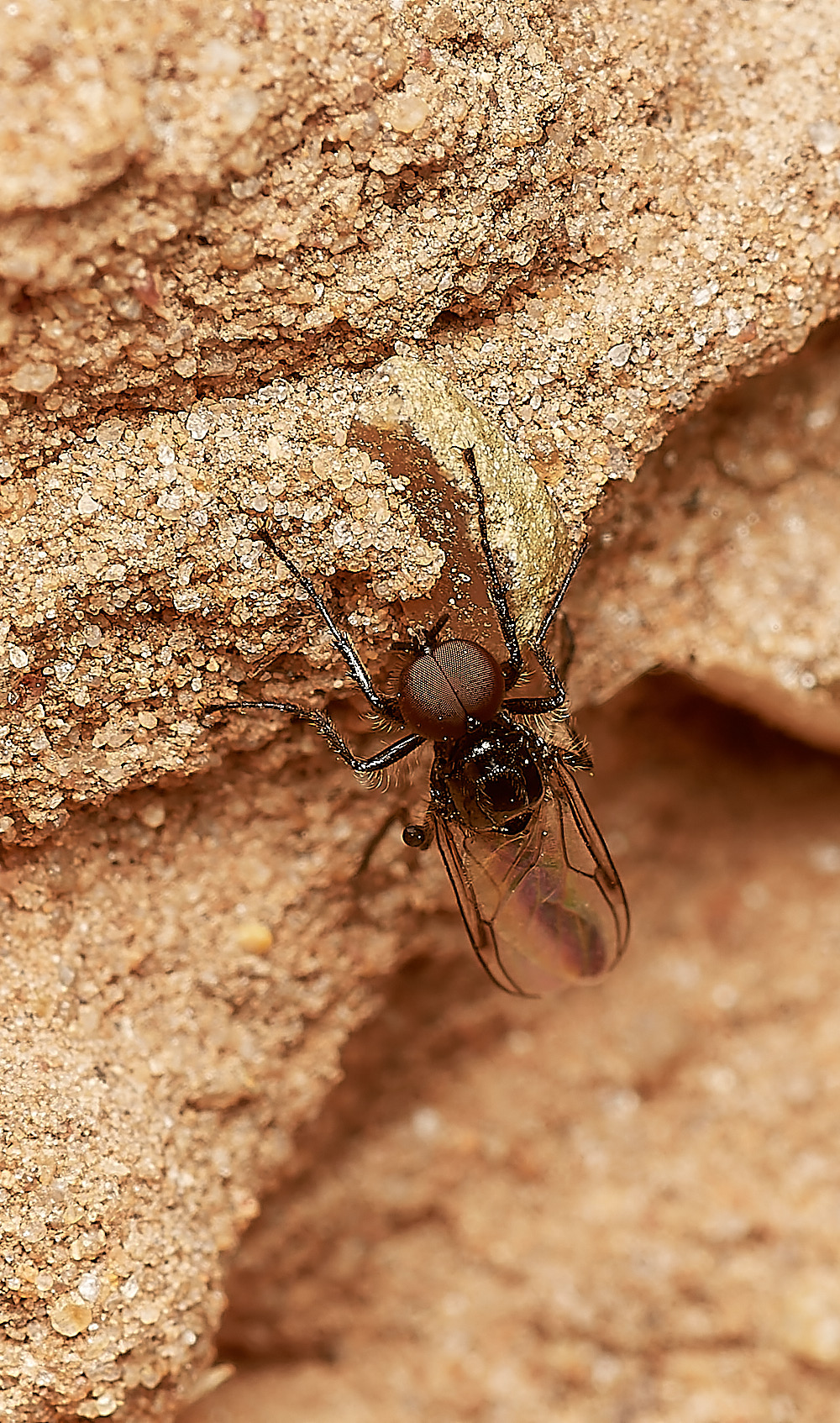
Fly Sp?
Fever Fly♂︎(Dilophus febrilis)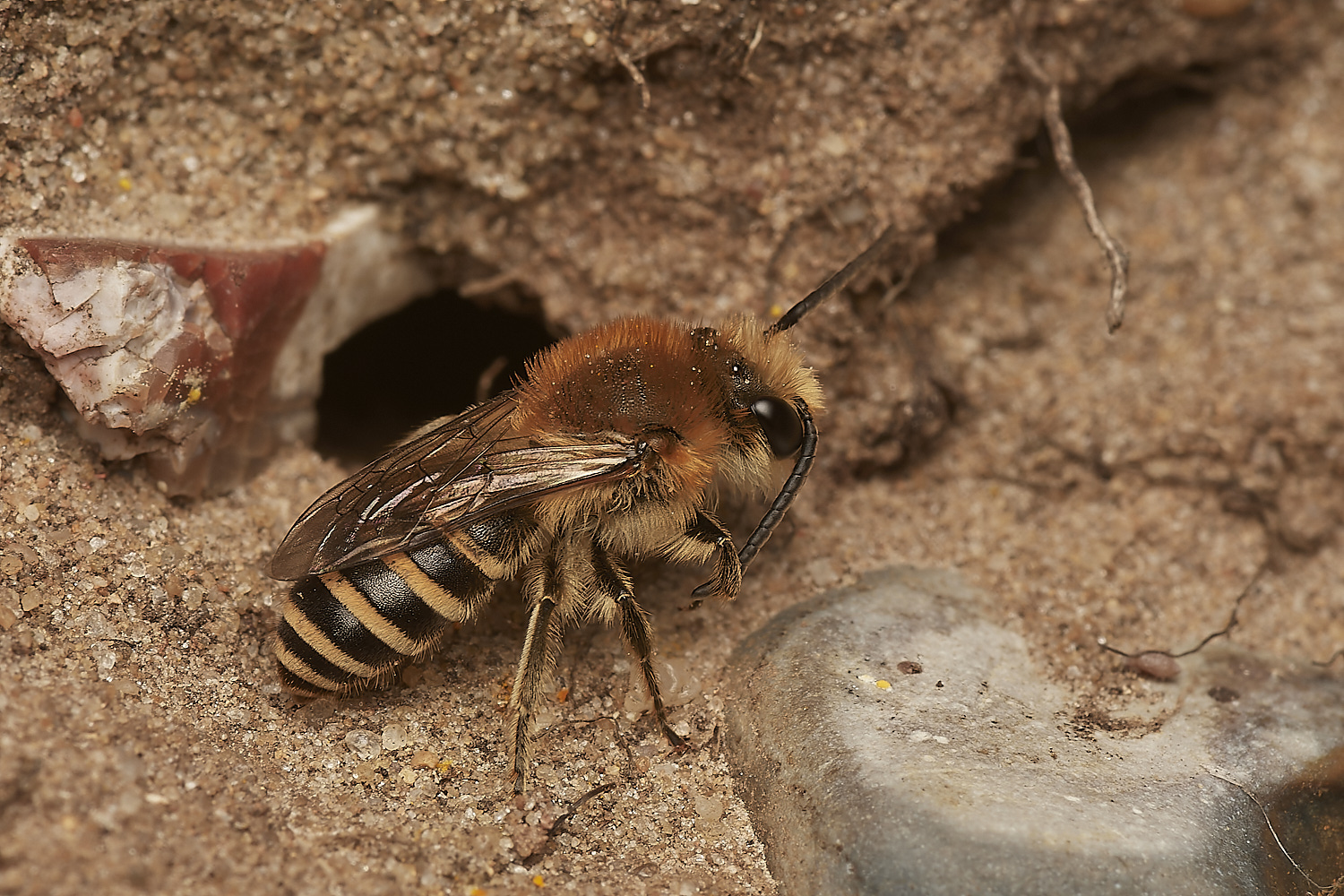
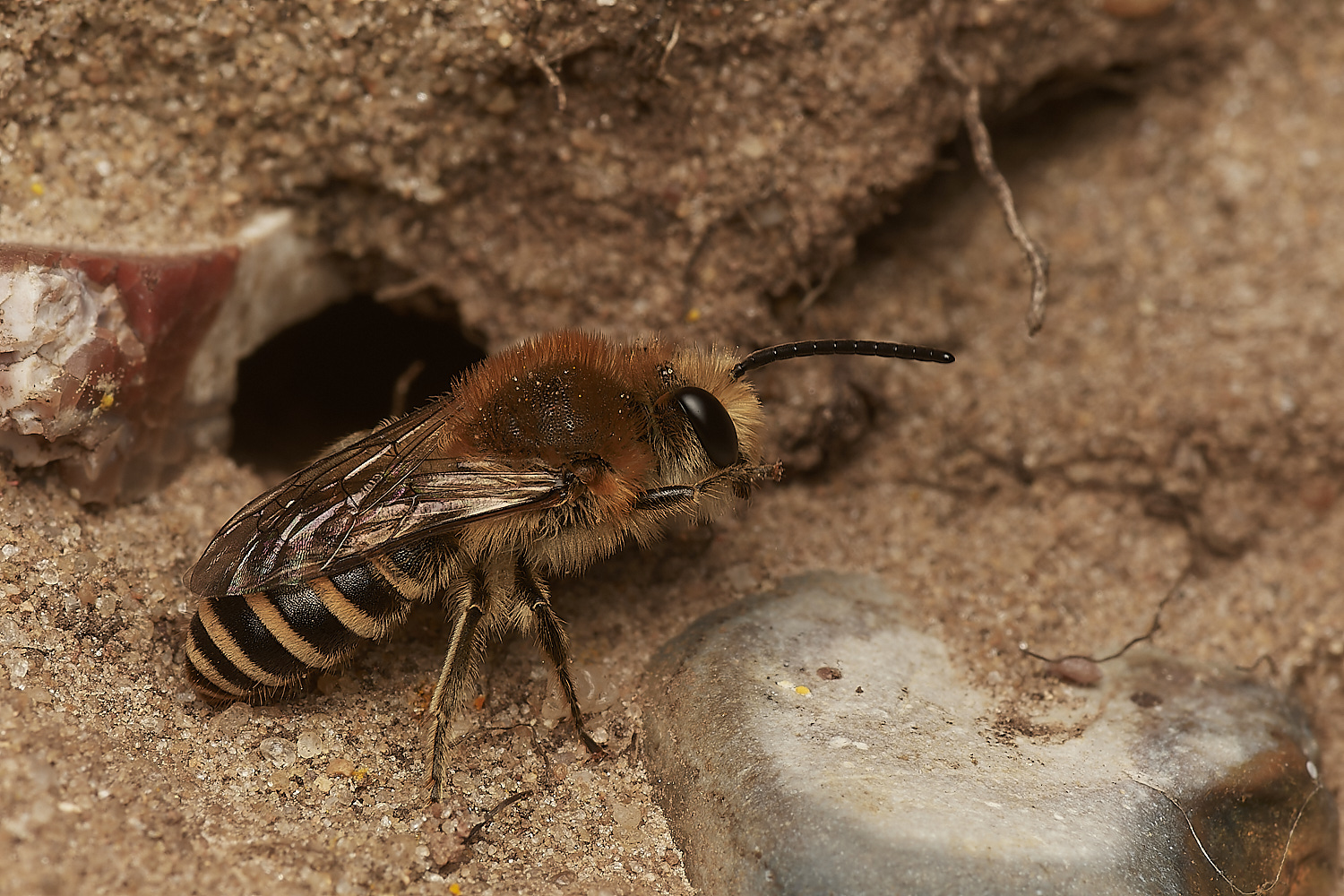
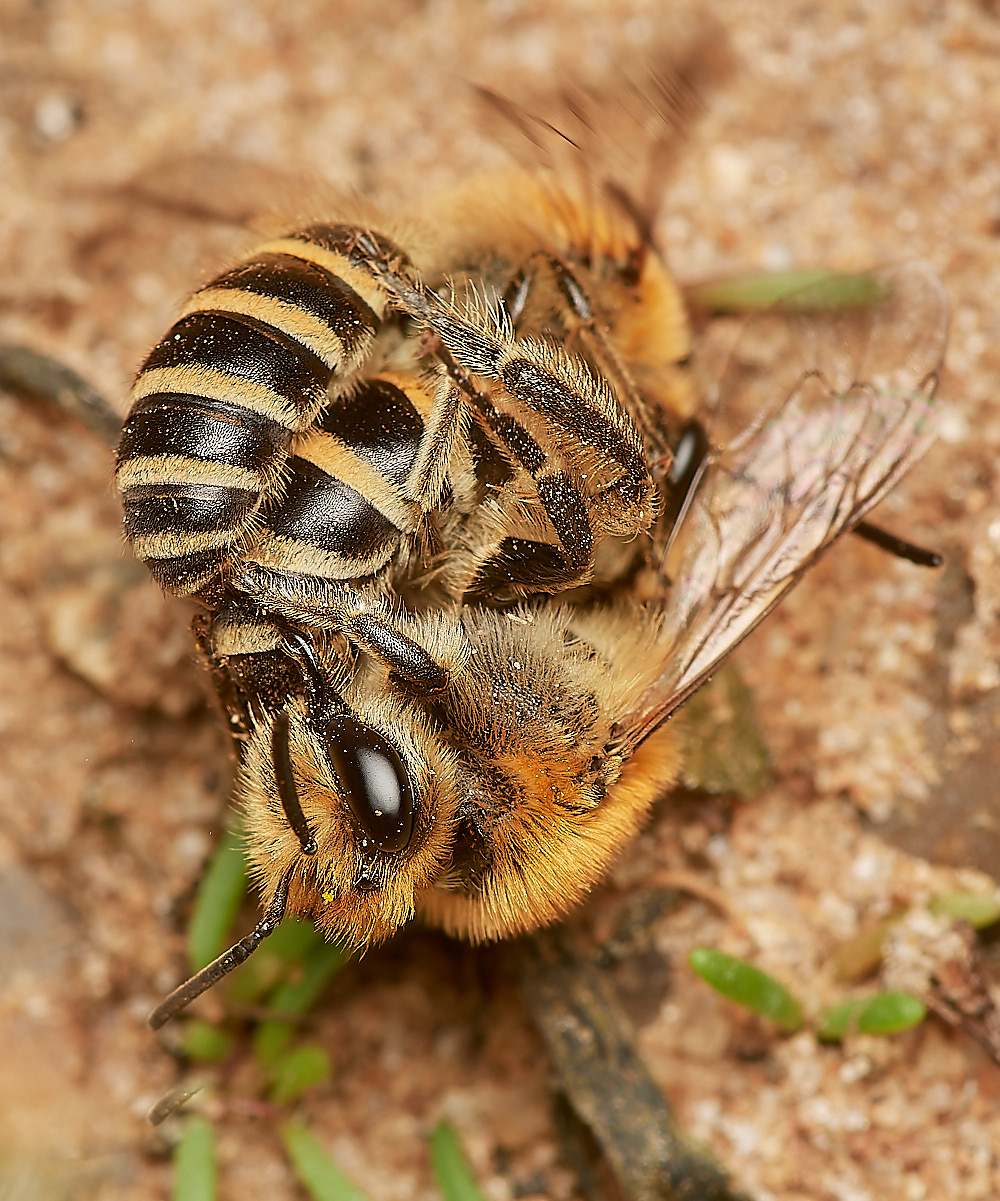
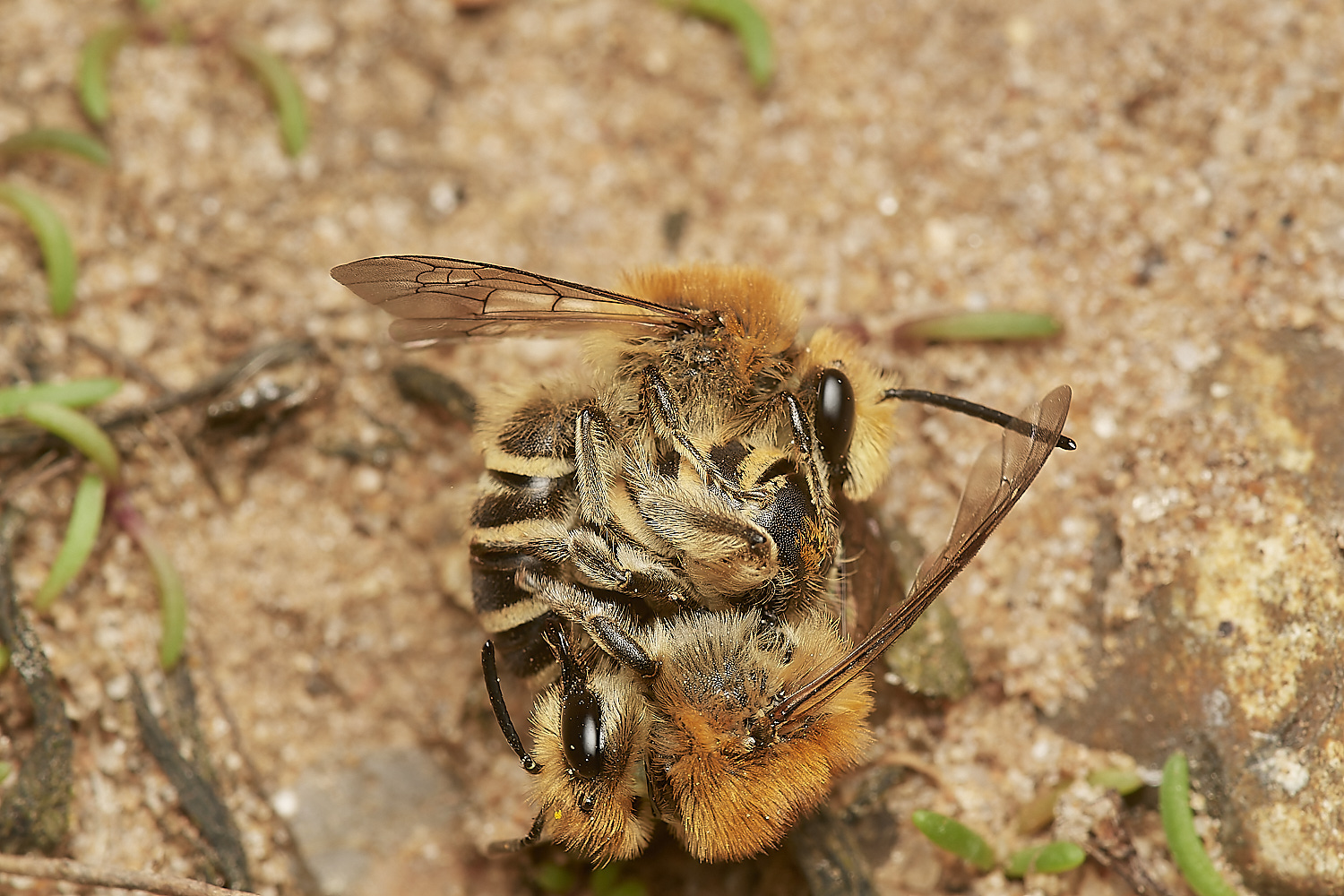
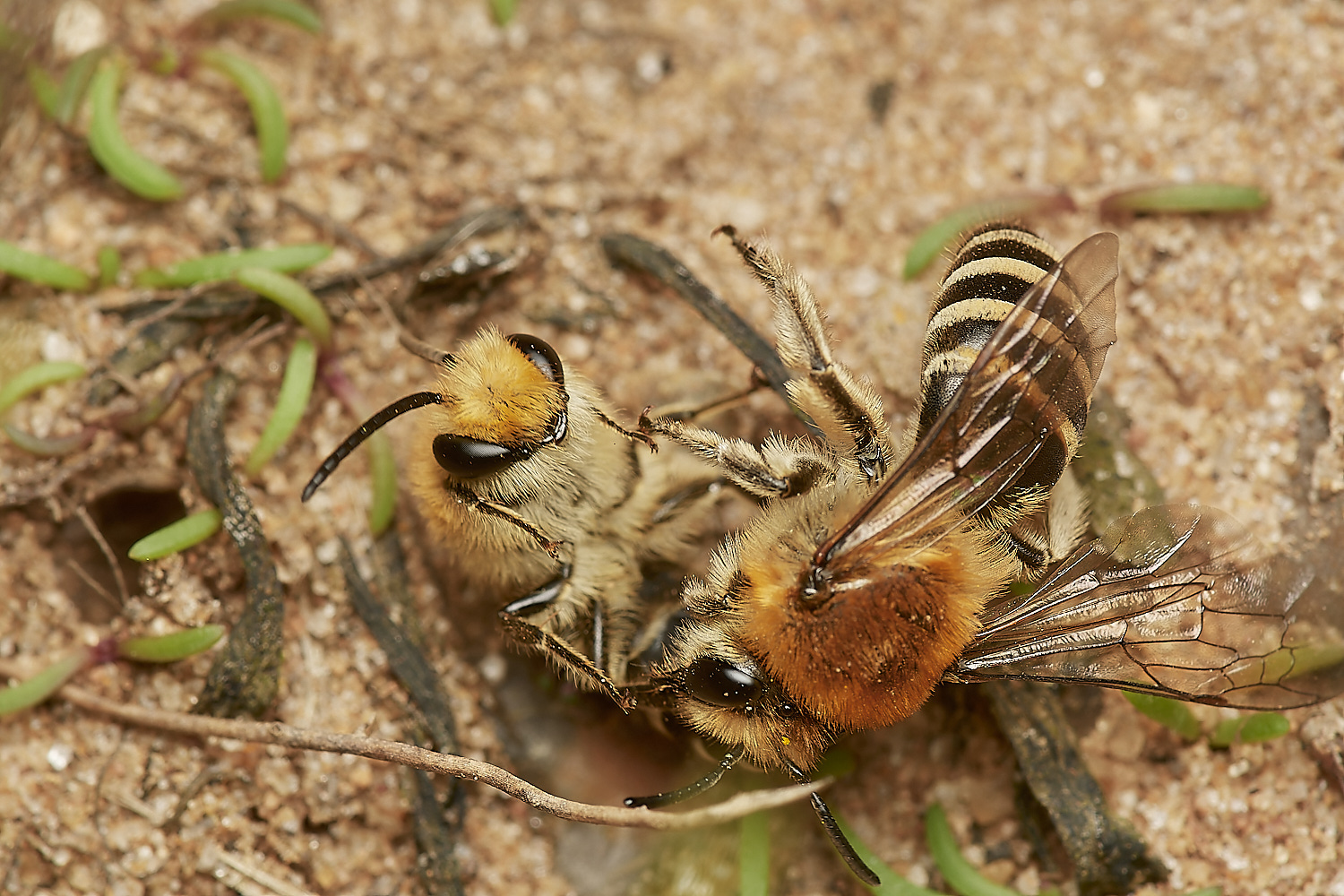
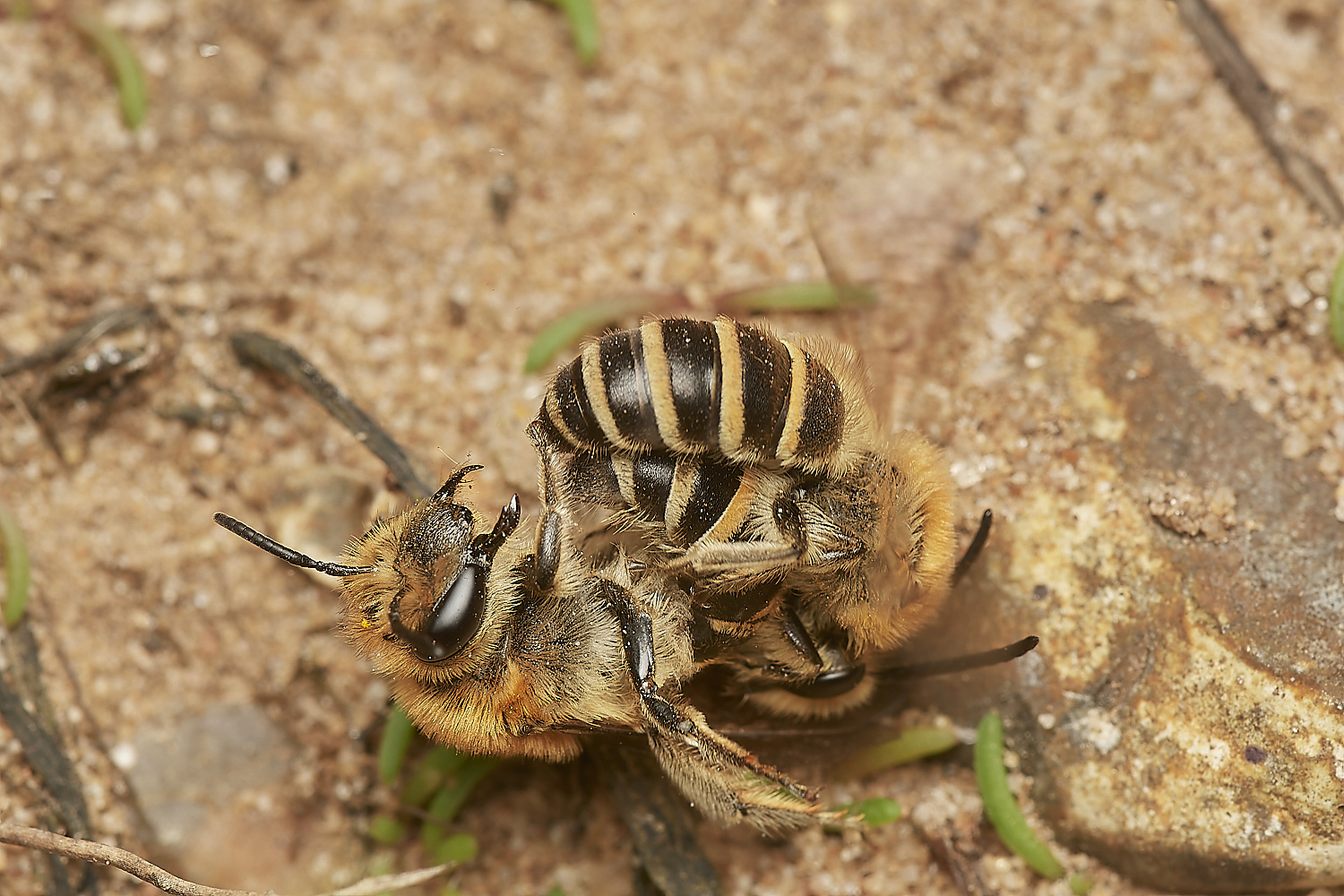
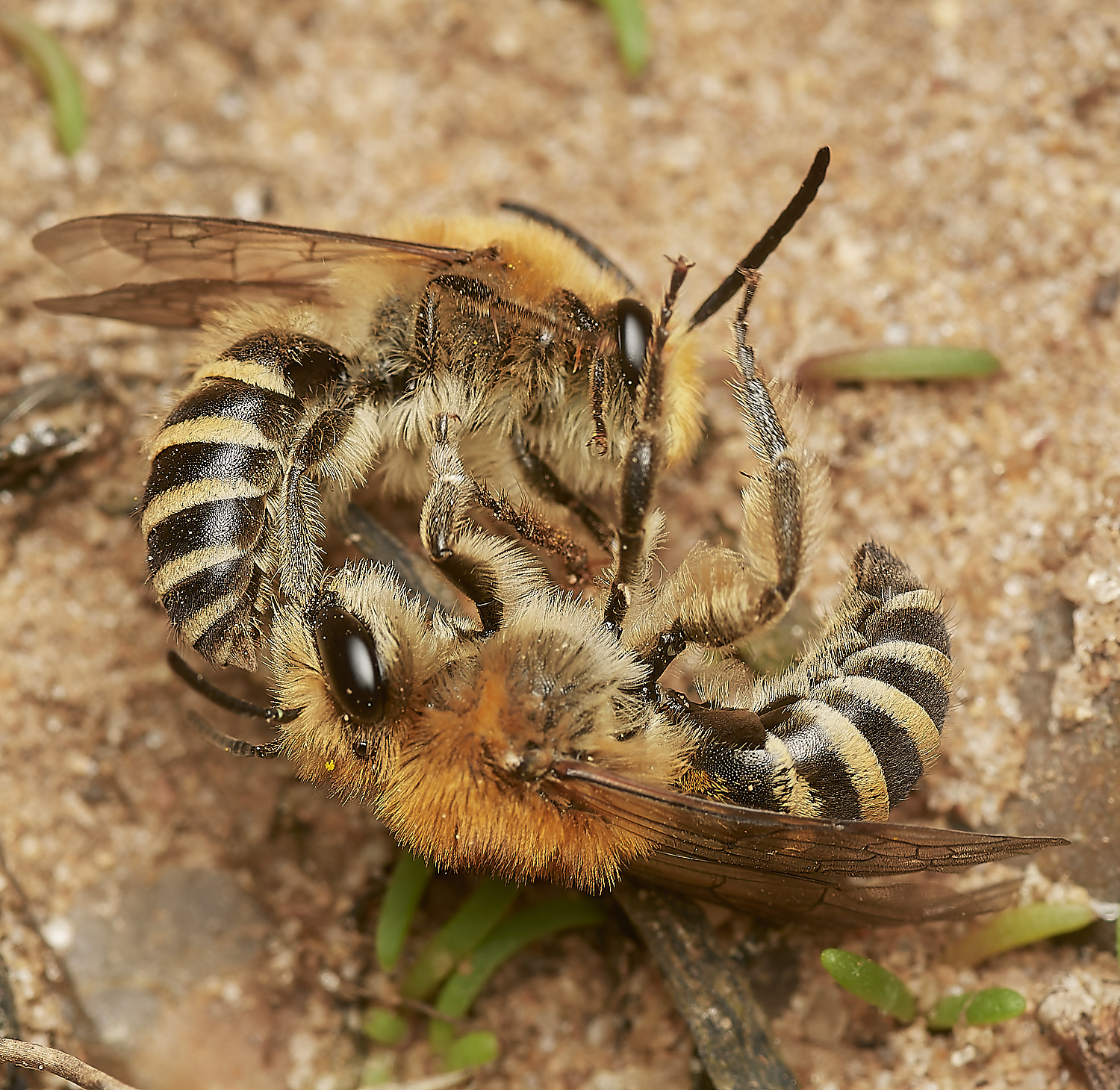
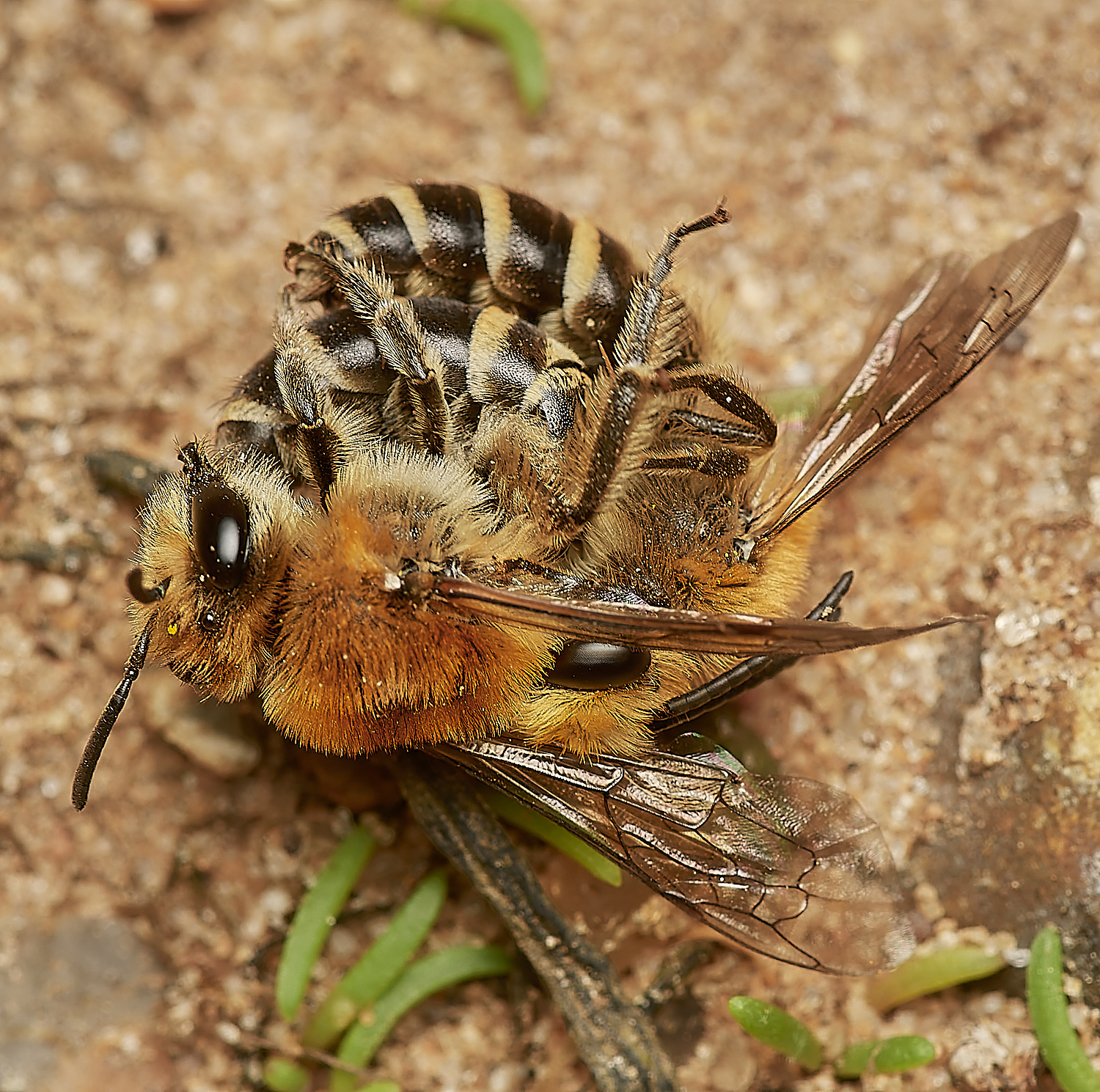
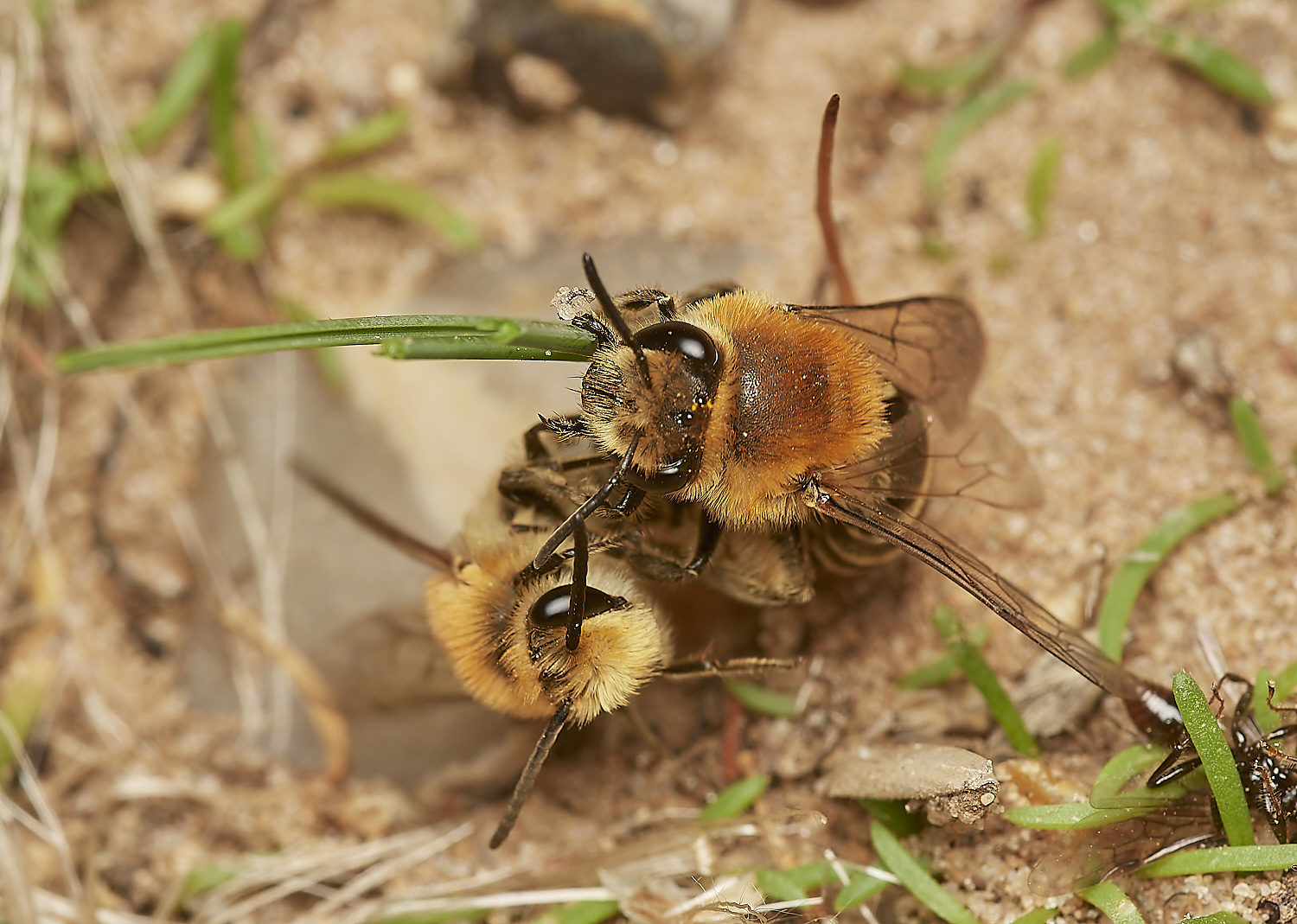
Sea Aster Mining Bee (Colletes halophilus)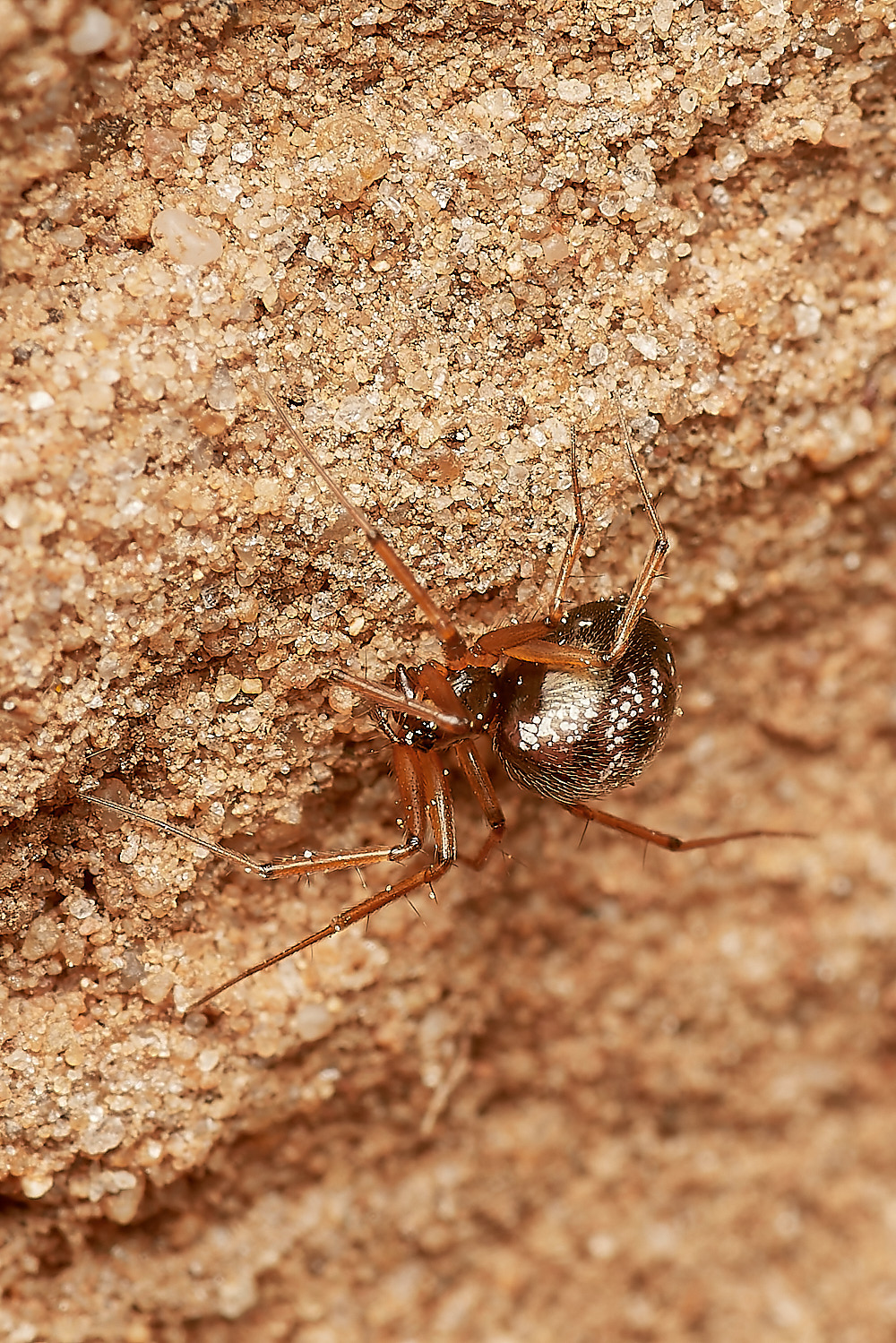
Spider Sp?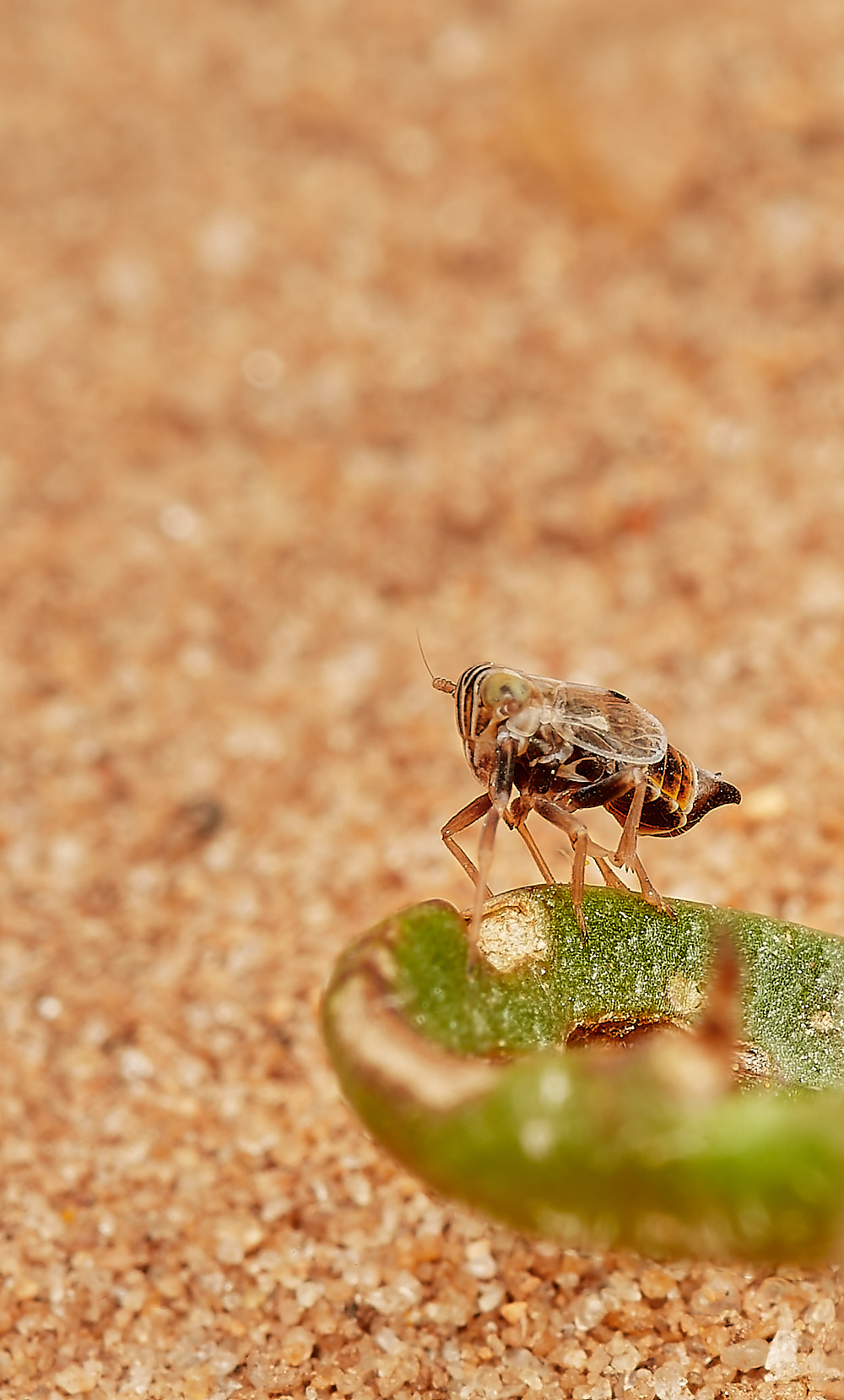
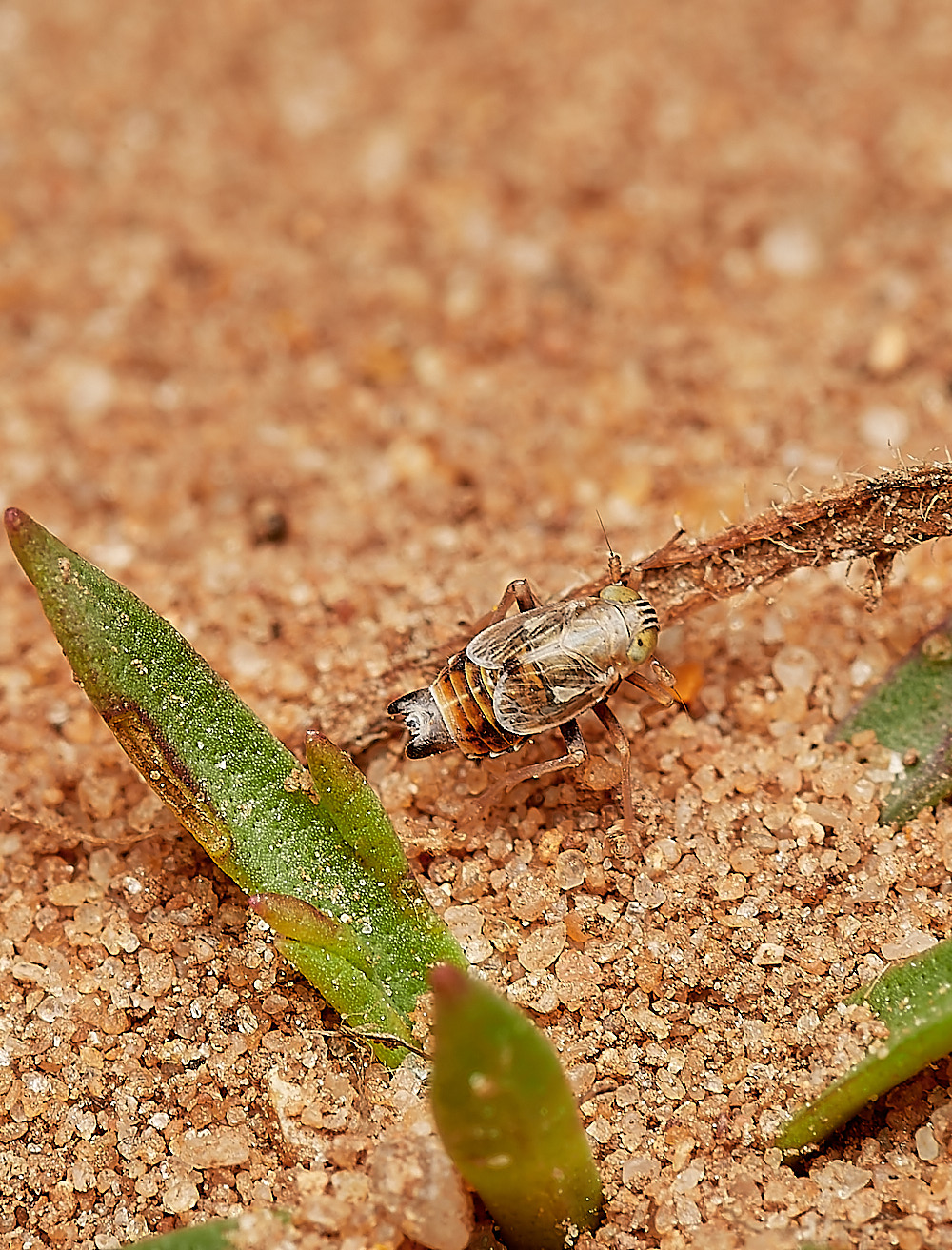
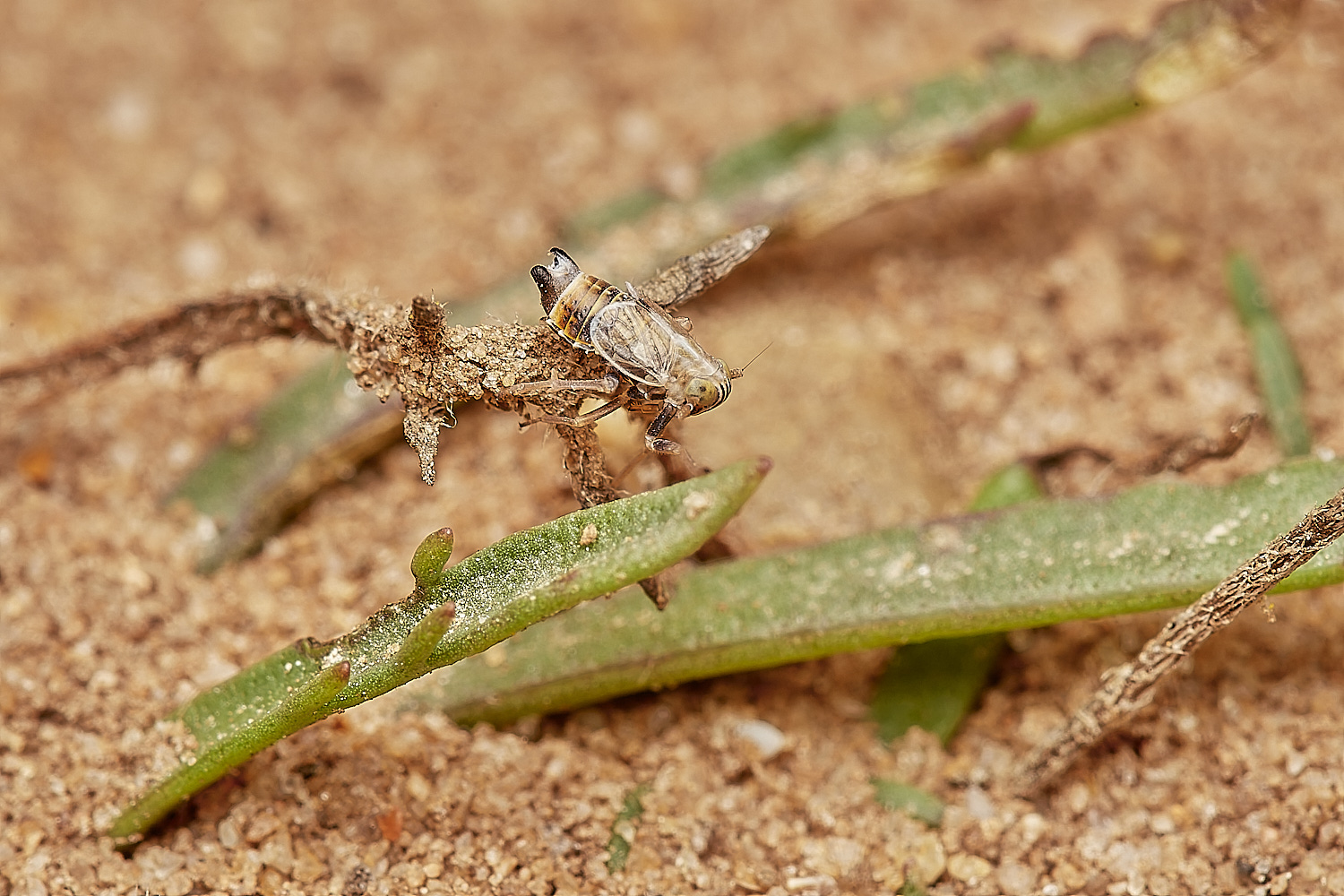
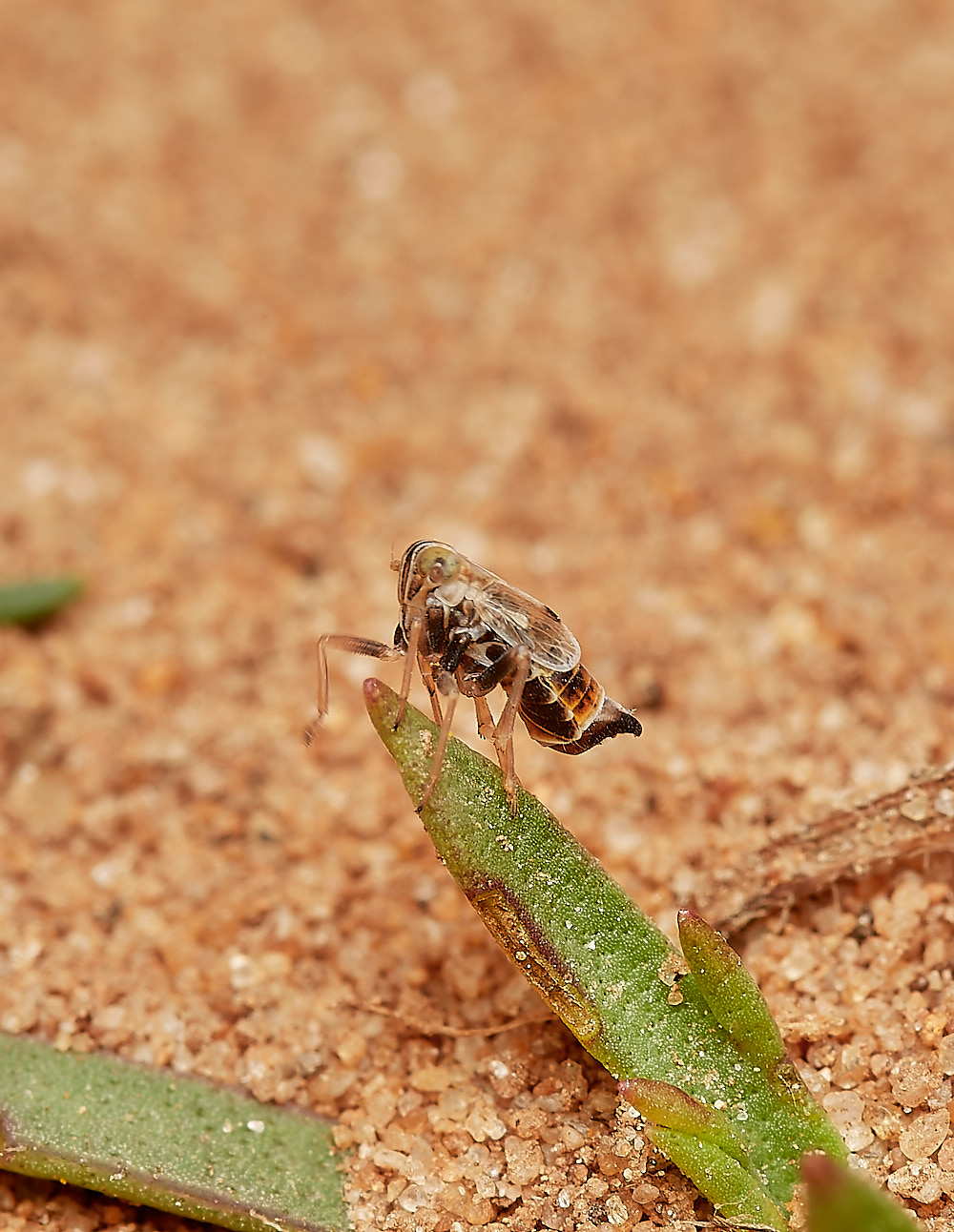
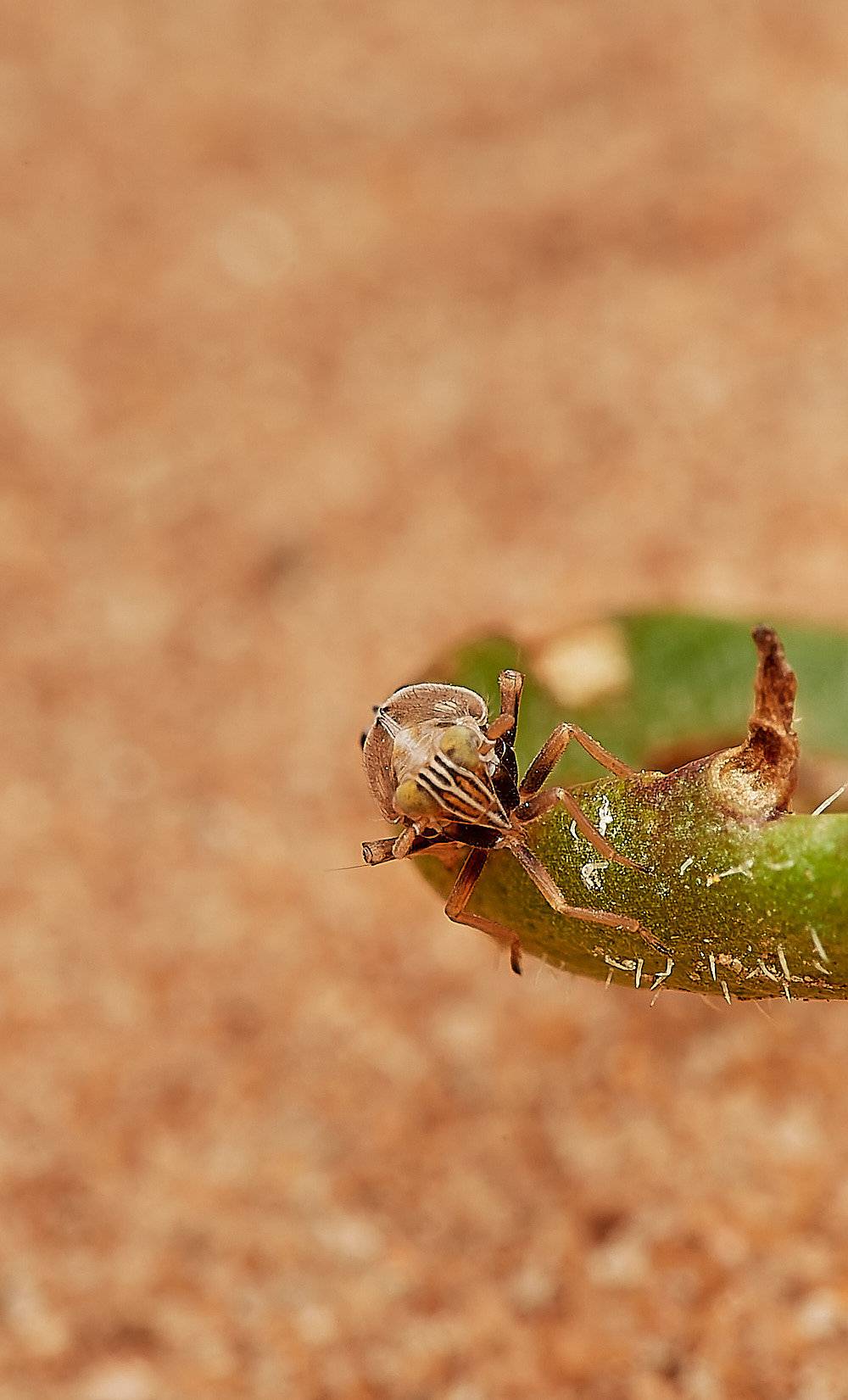
Plant Hopper Sp
Dicranotropis hamata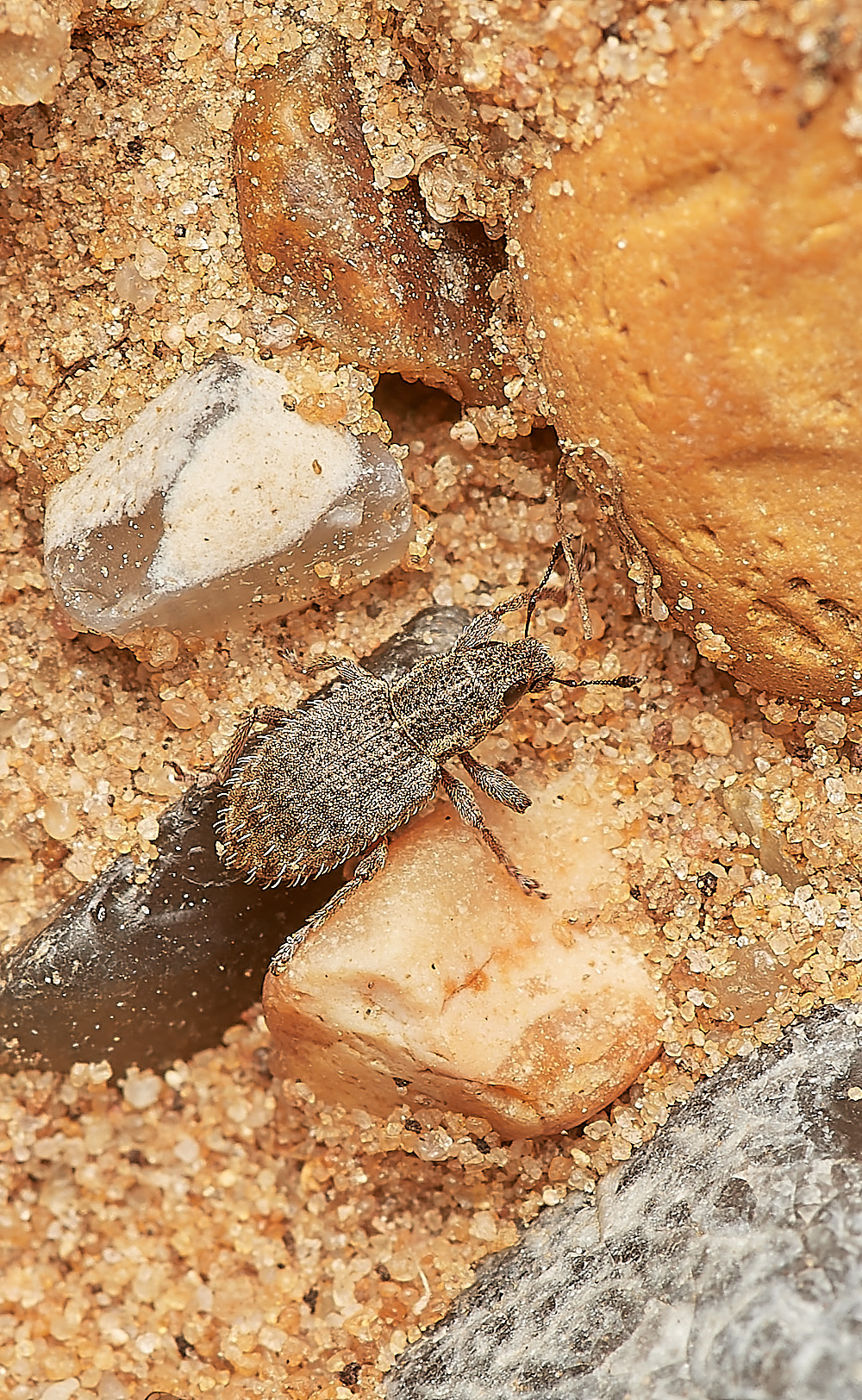
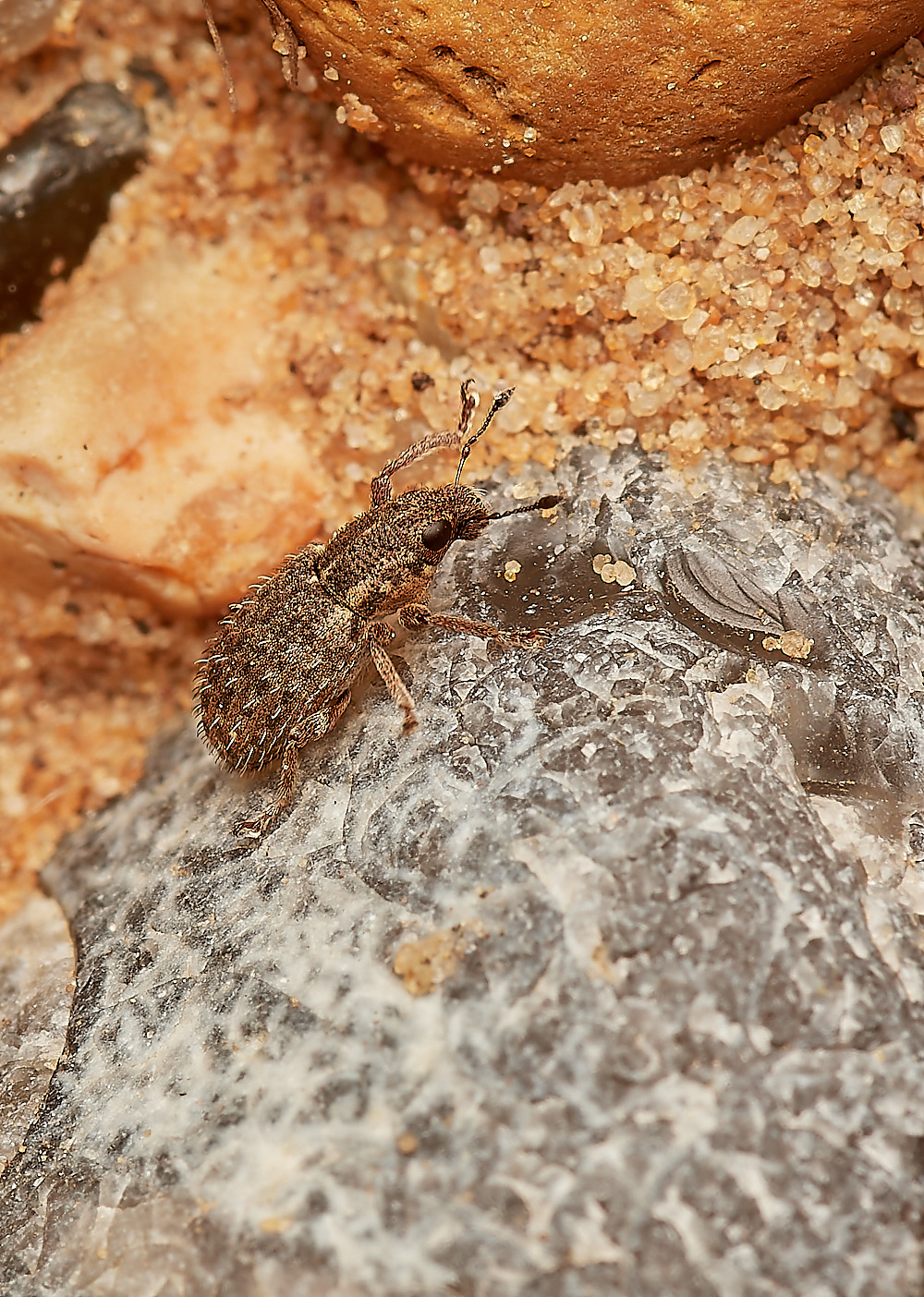
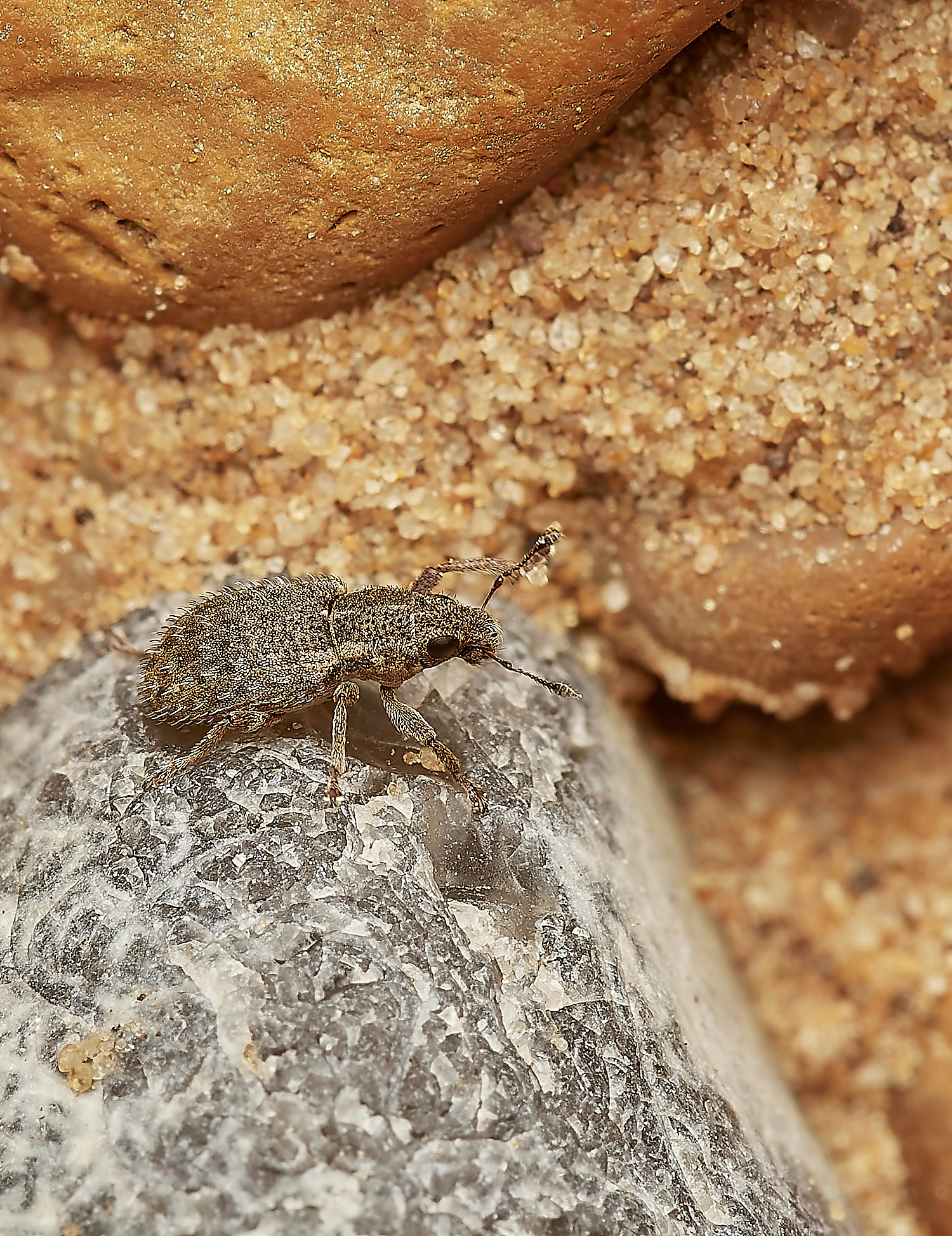
Weevil Sp?
Roydon Common
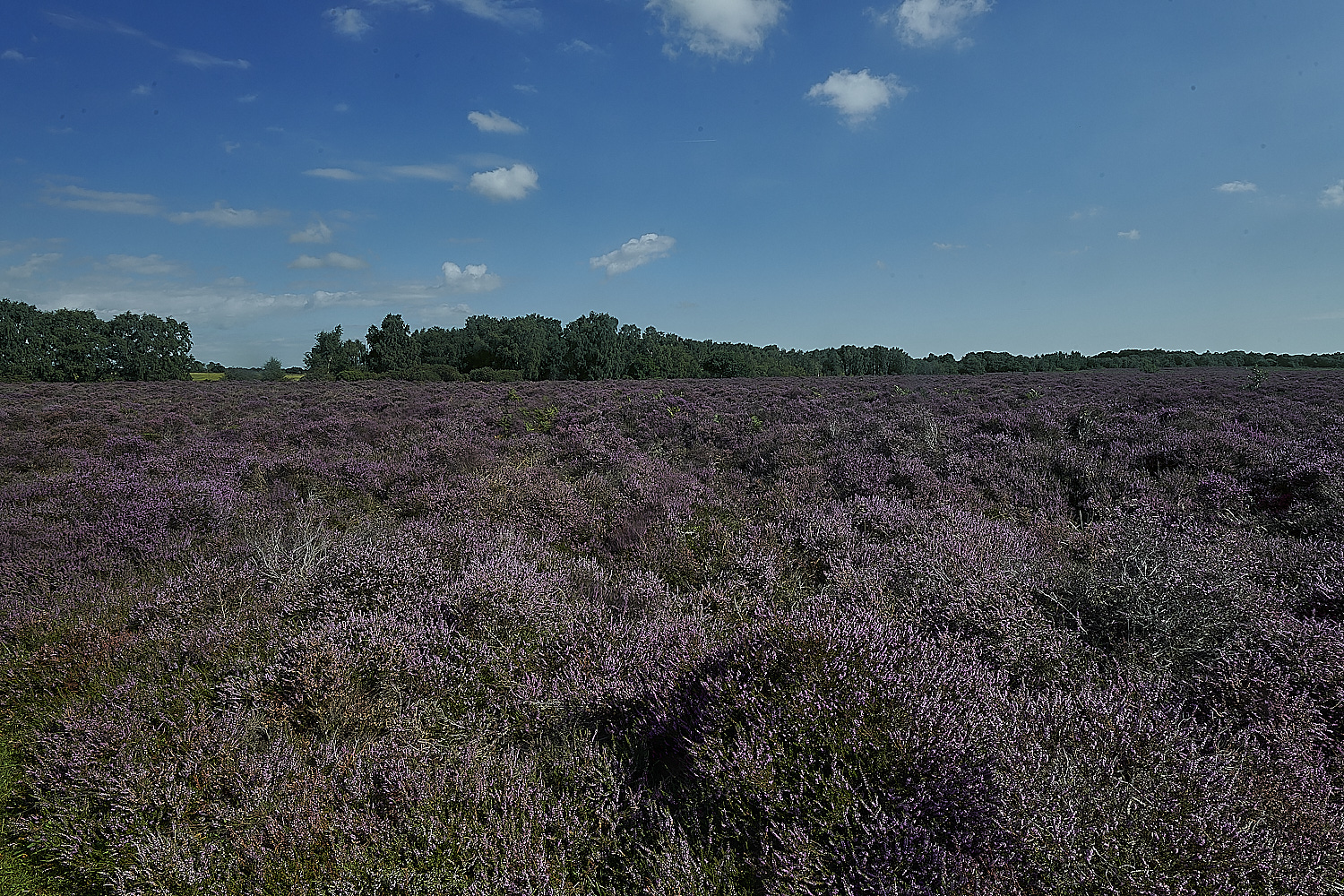
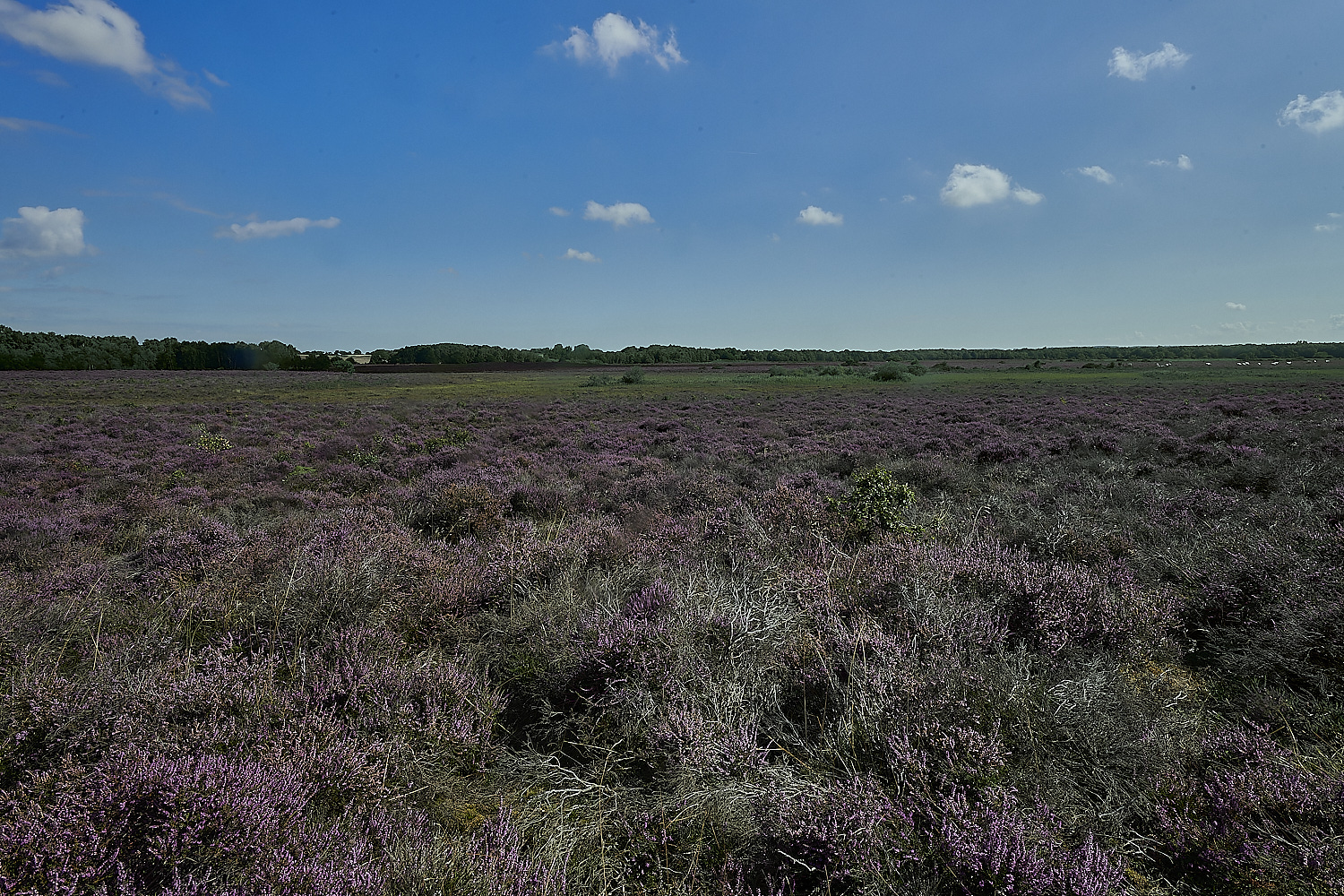
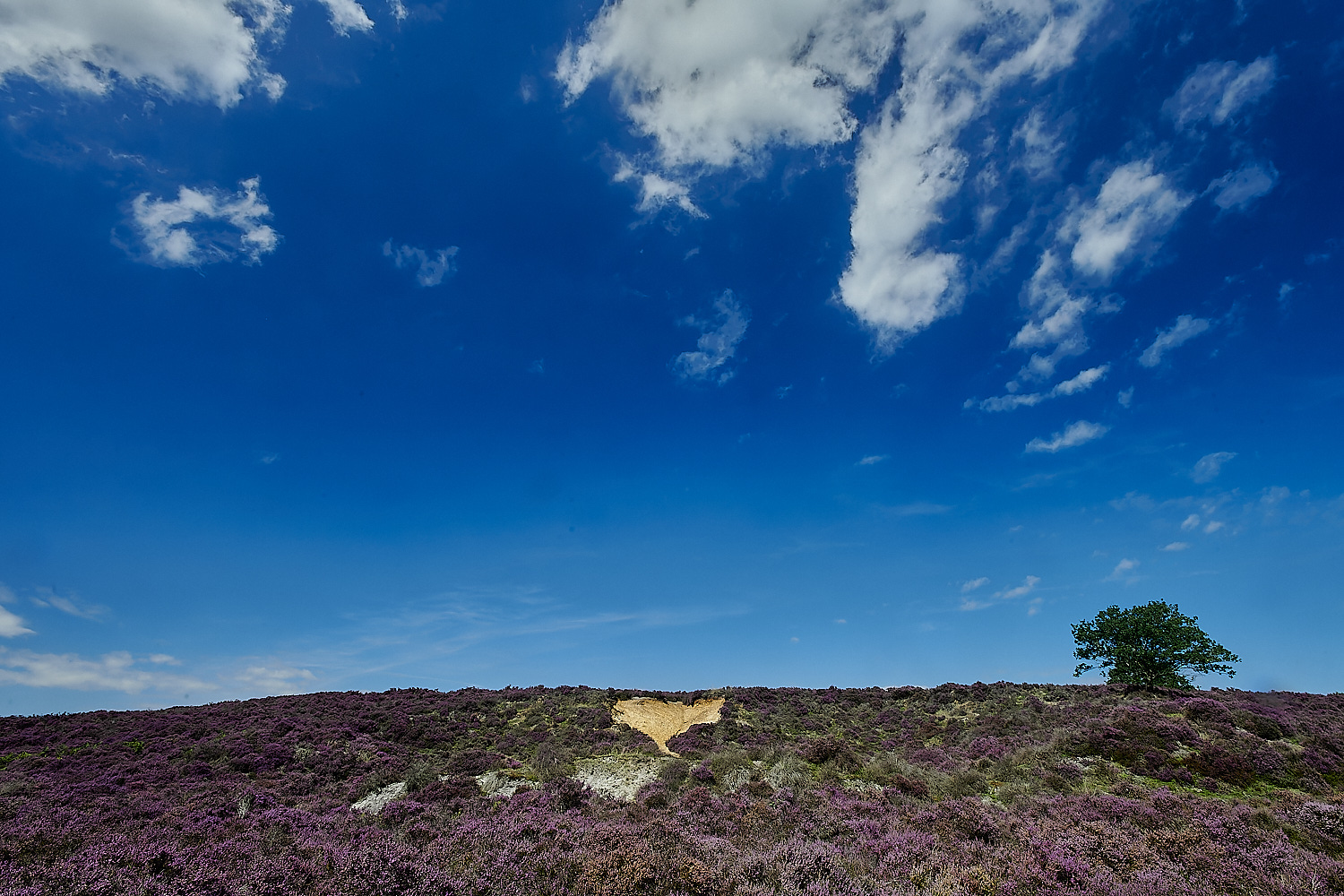
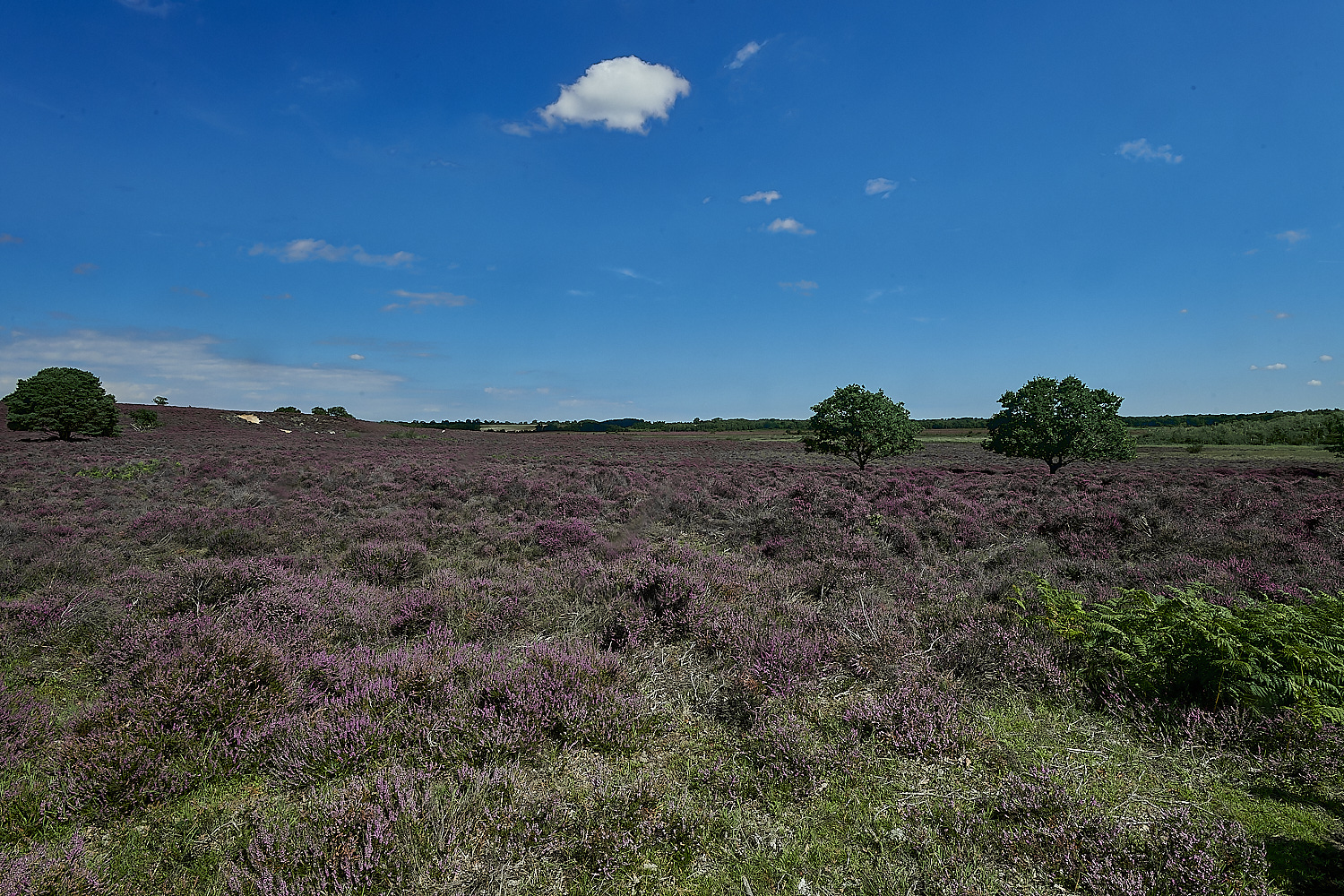
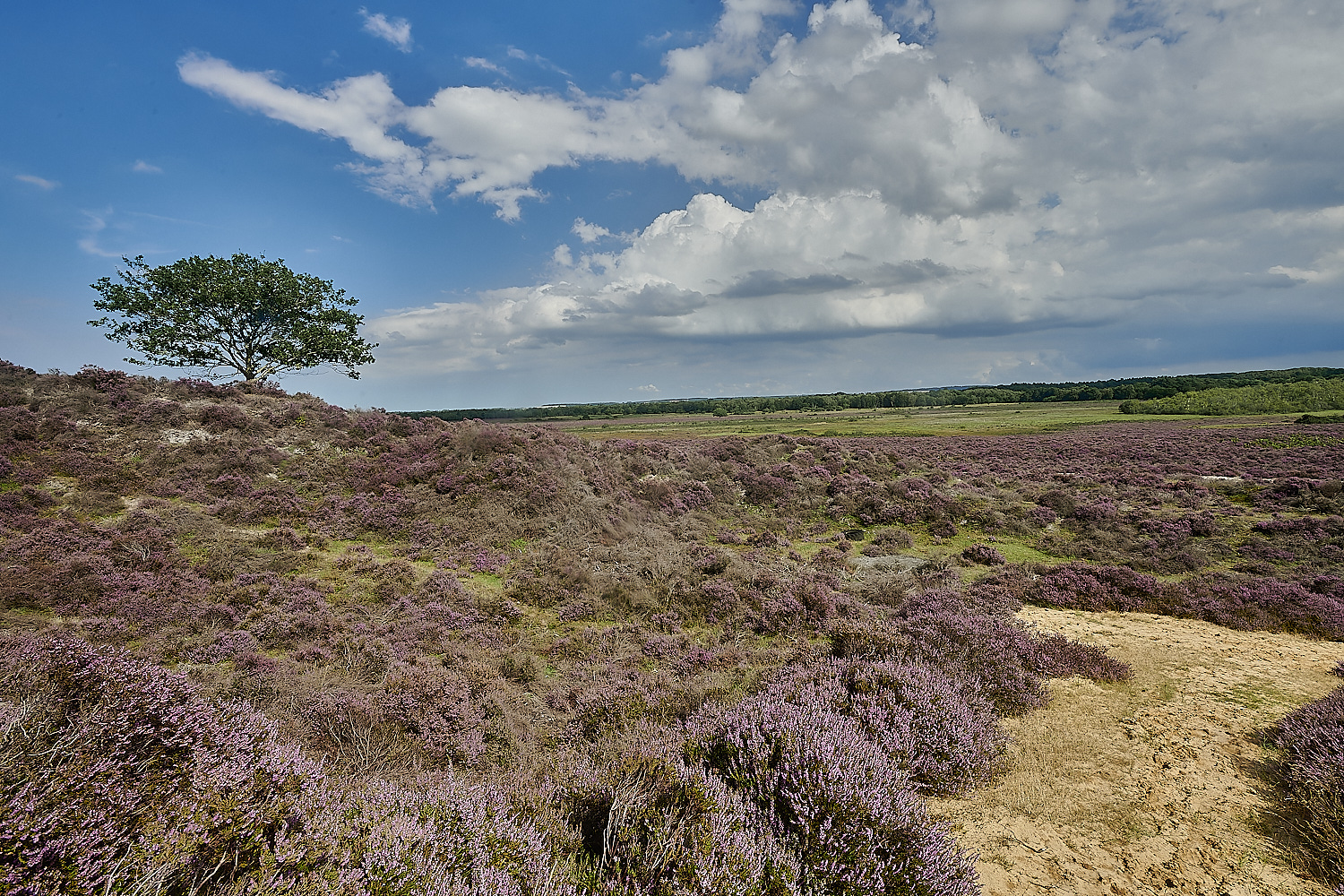
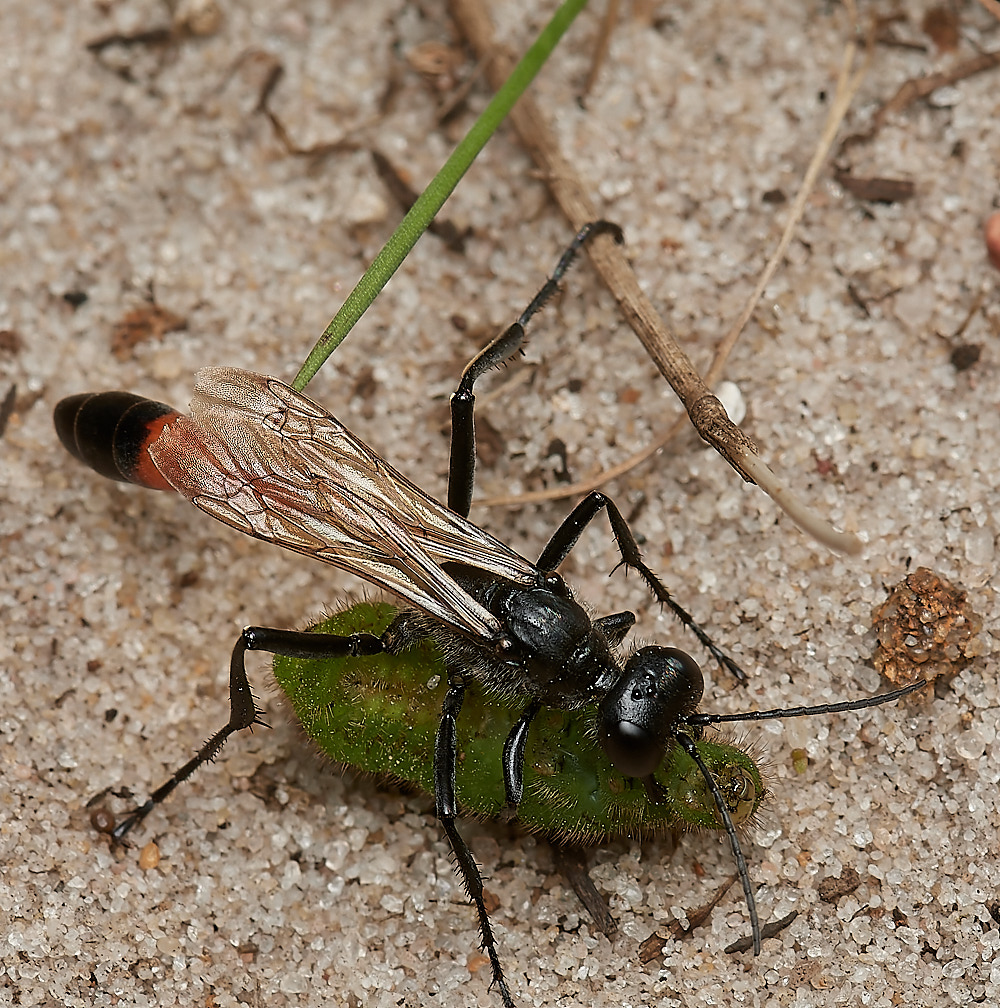
Heath Sandwasp (Amophila pubescens) with prey.
A southern UK species with outlying sites in North Norfolk.
Just that little bit smaller than its near relative the Red-banded SandWasp (Ammophila sabulosa)
This caterpillar was just too heavy for her to fly with but she wasn't going to give it up.
She carried it over the sand with various twists and turns for a
good eighty feet. (and that was the bit I saw.)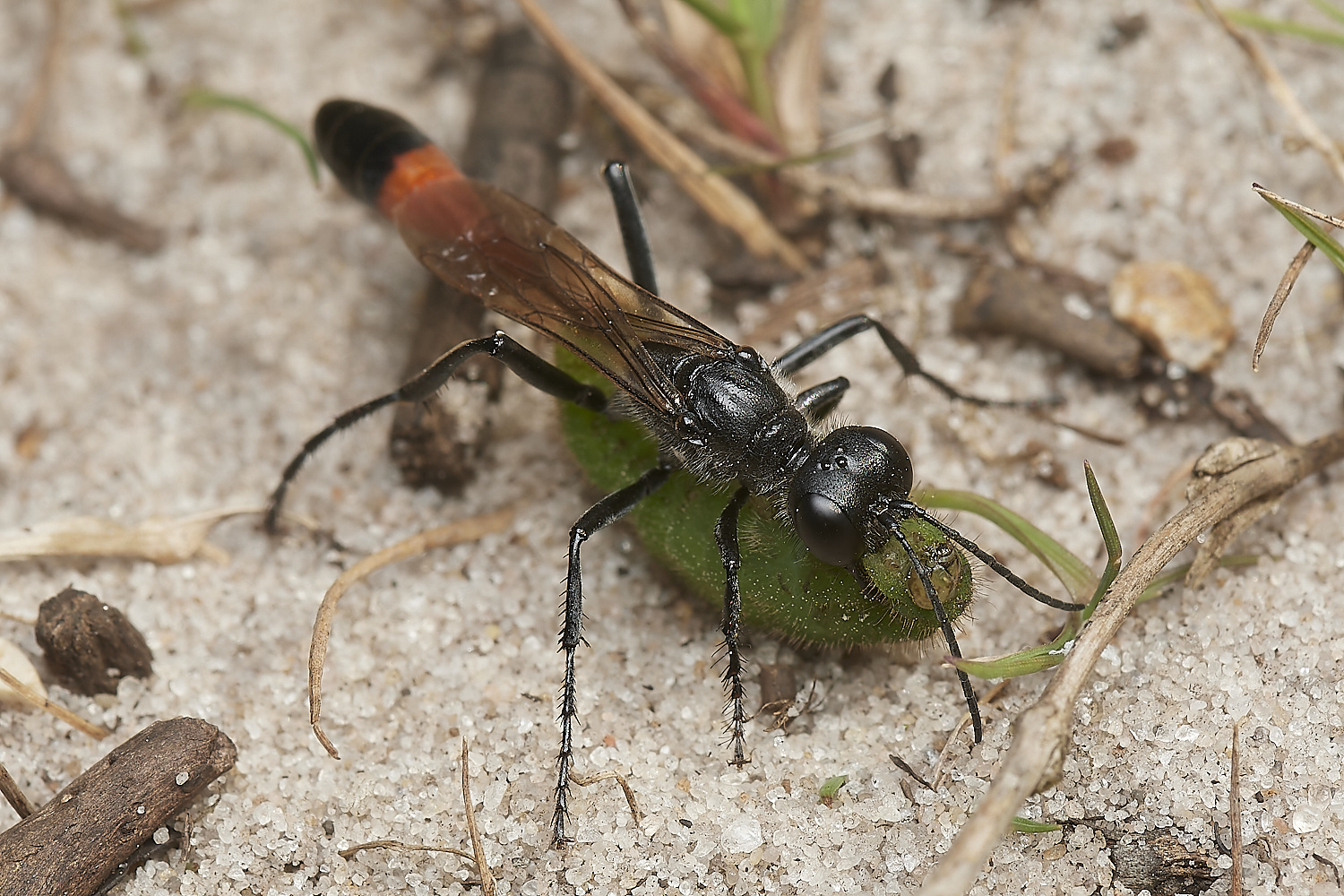
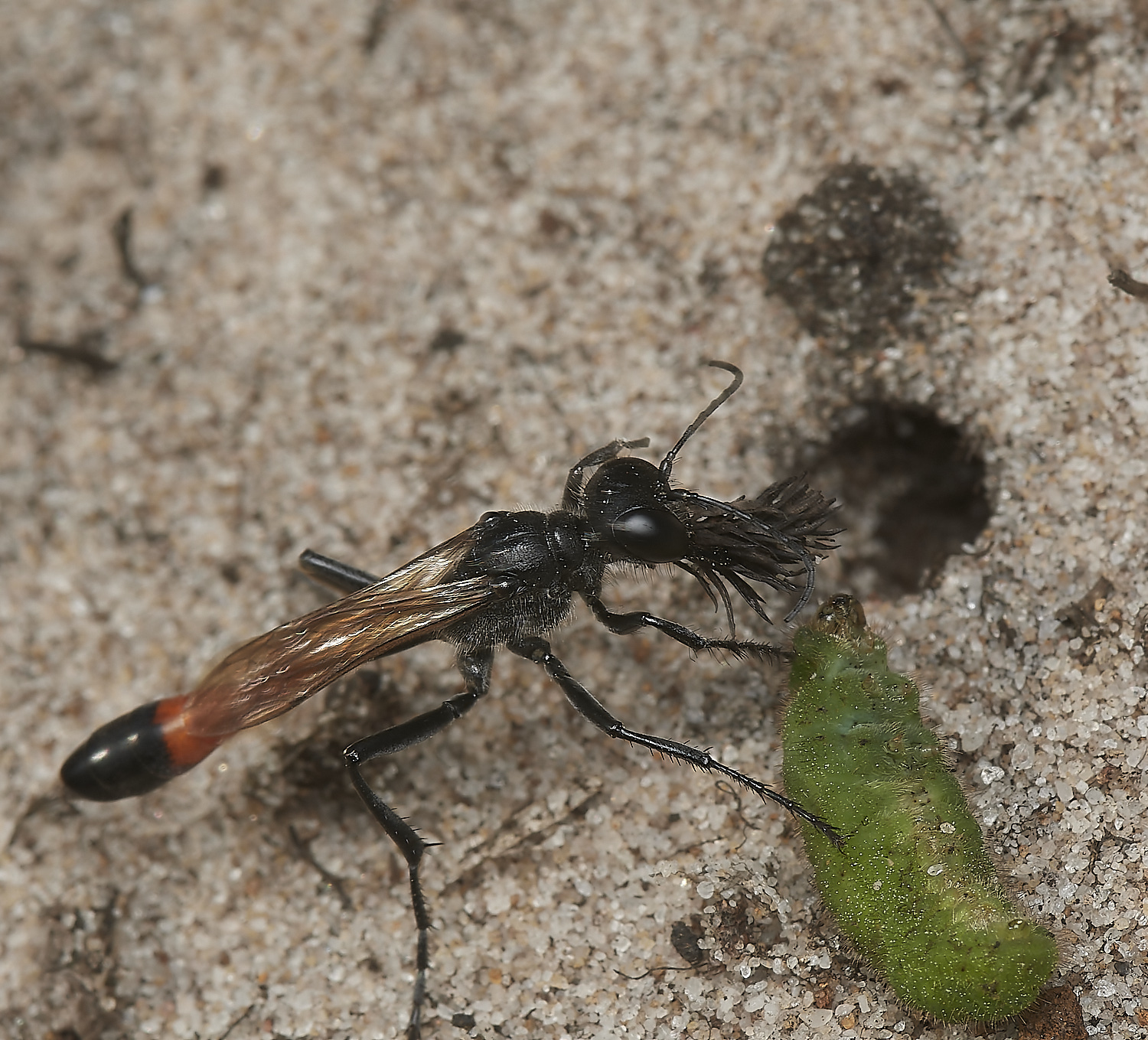
The burrow was already prepared and she quickly ducked in almost spat out this bit of brushwood plugging the hole.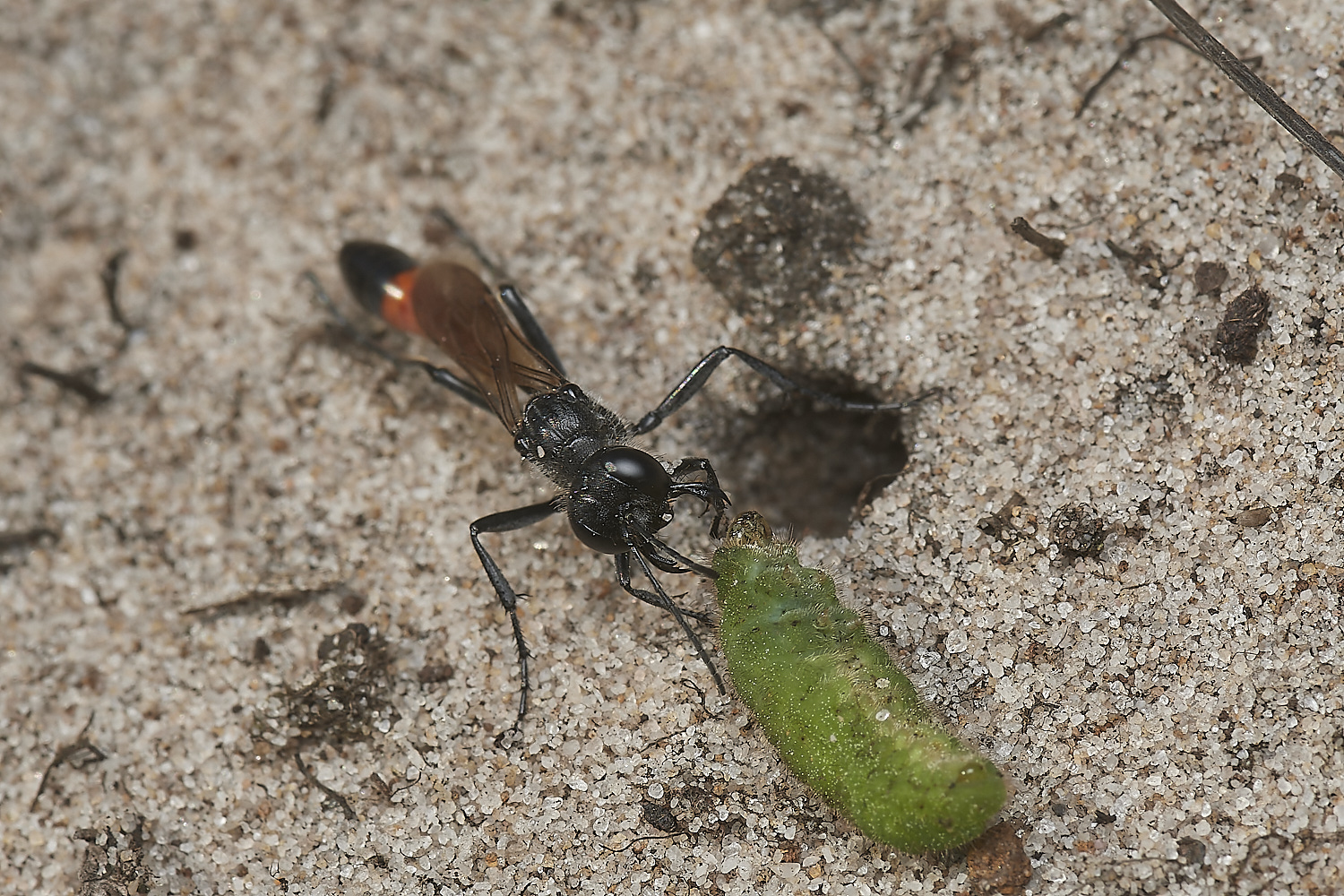
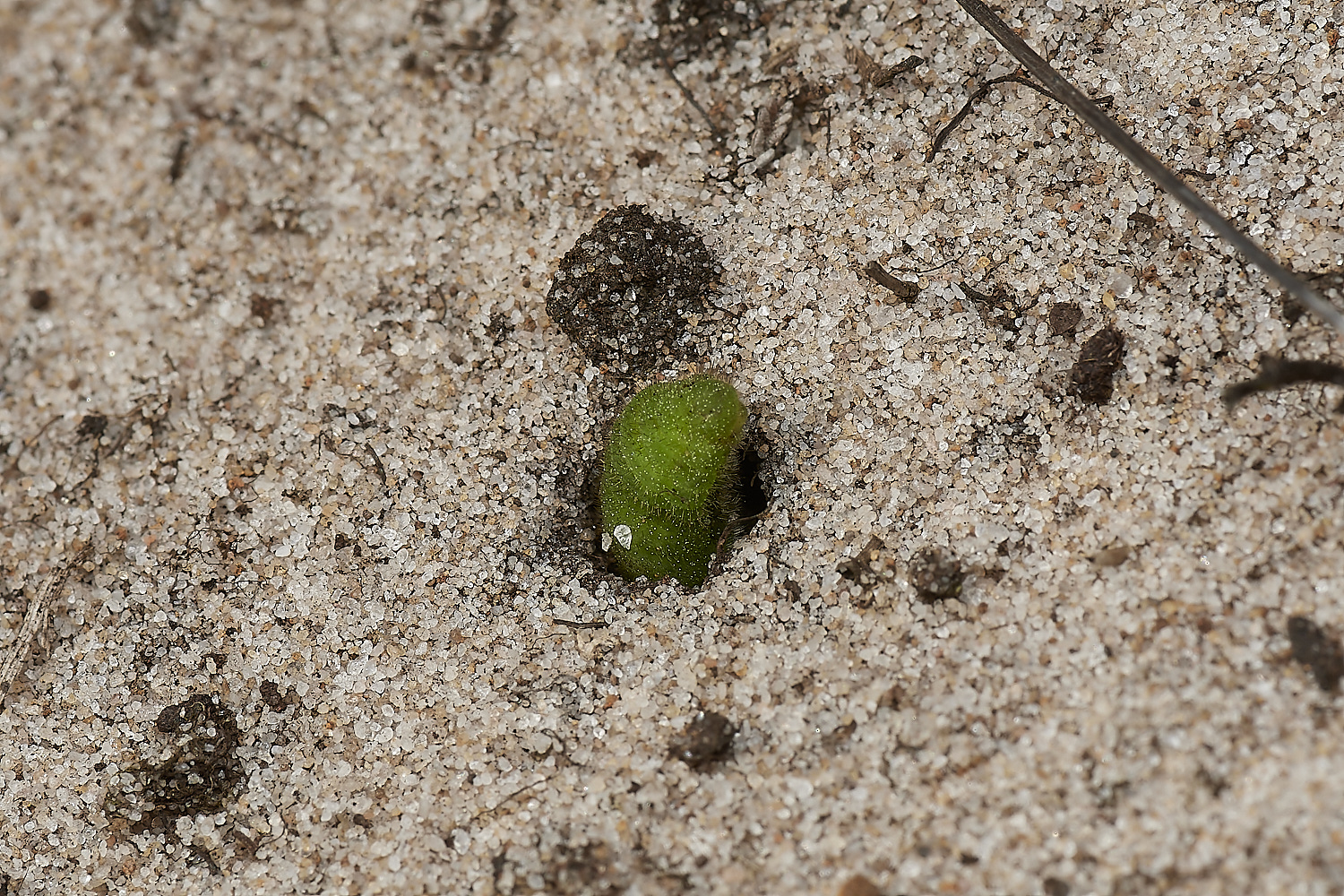
She then dragged the caterpillar into the burrow backwards.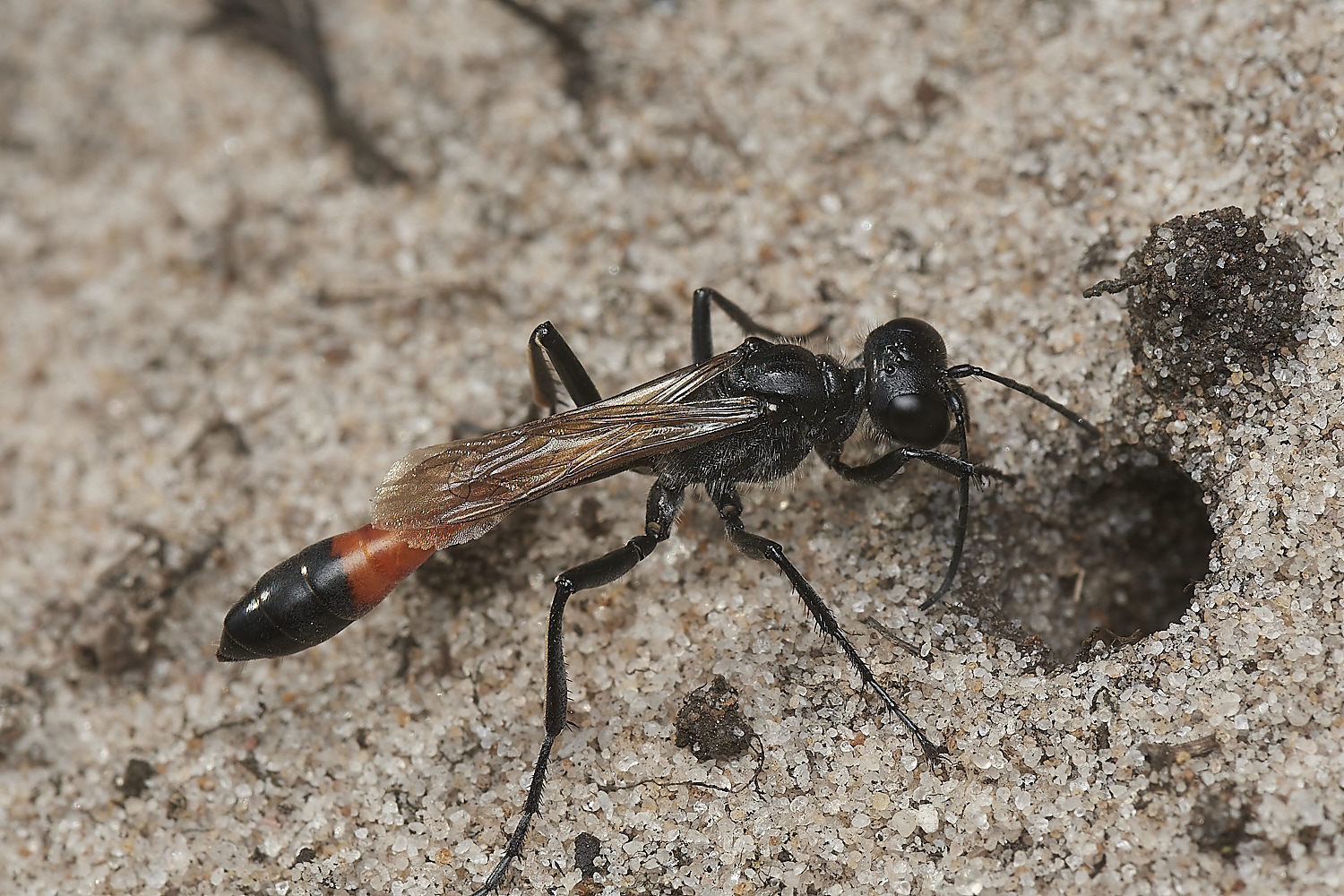
Then she set about filling up the burrow. 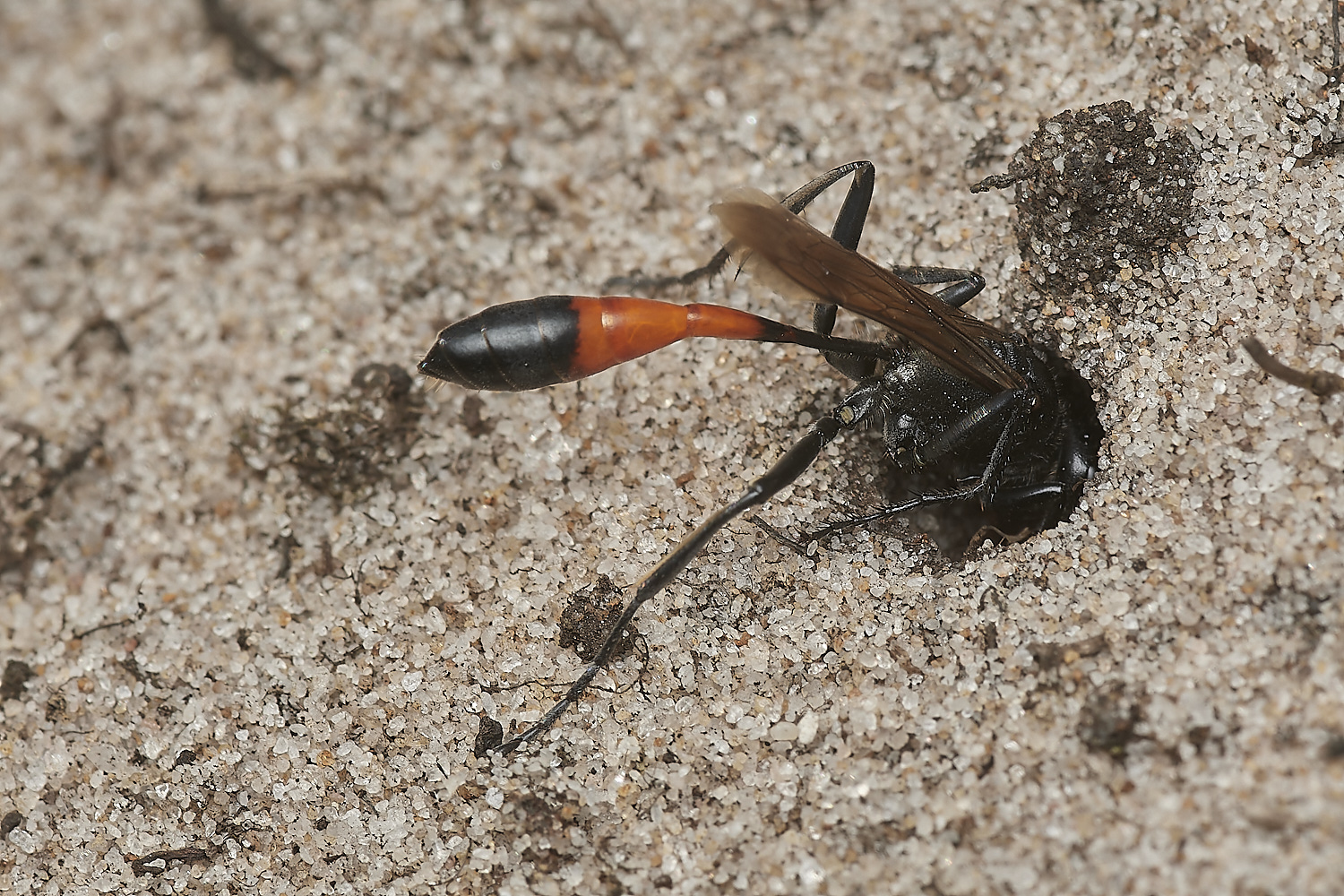
Bit of packing down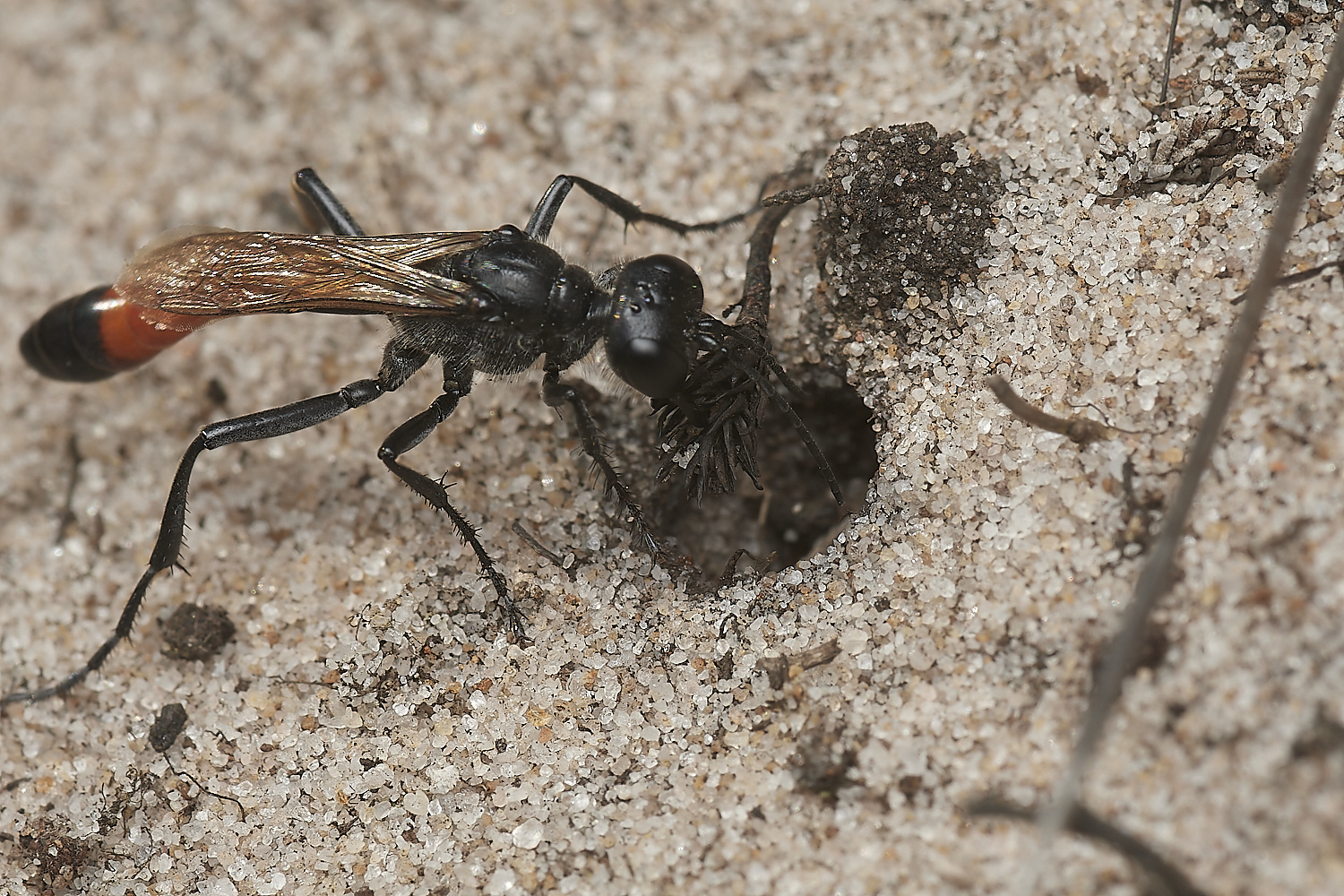
Then brushwood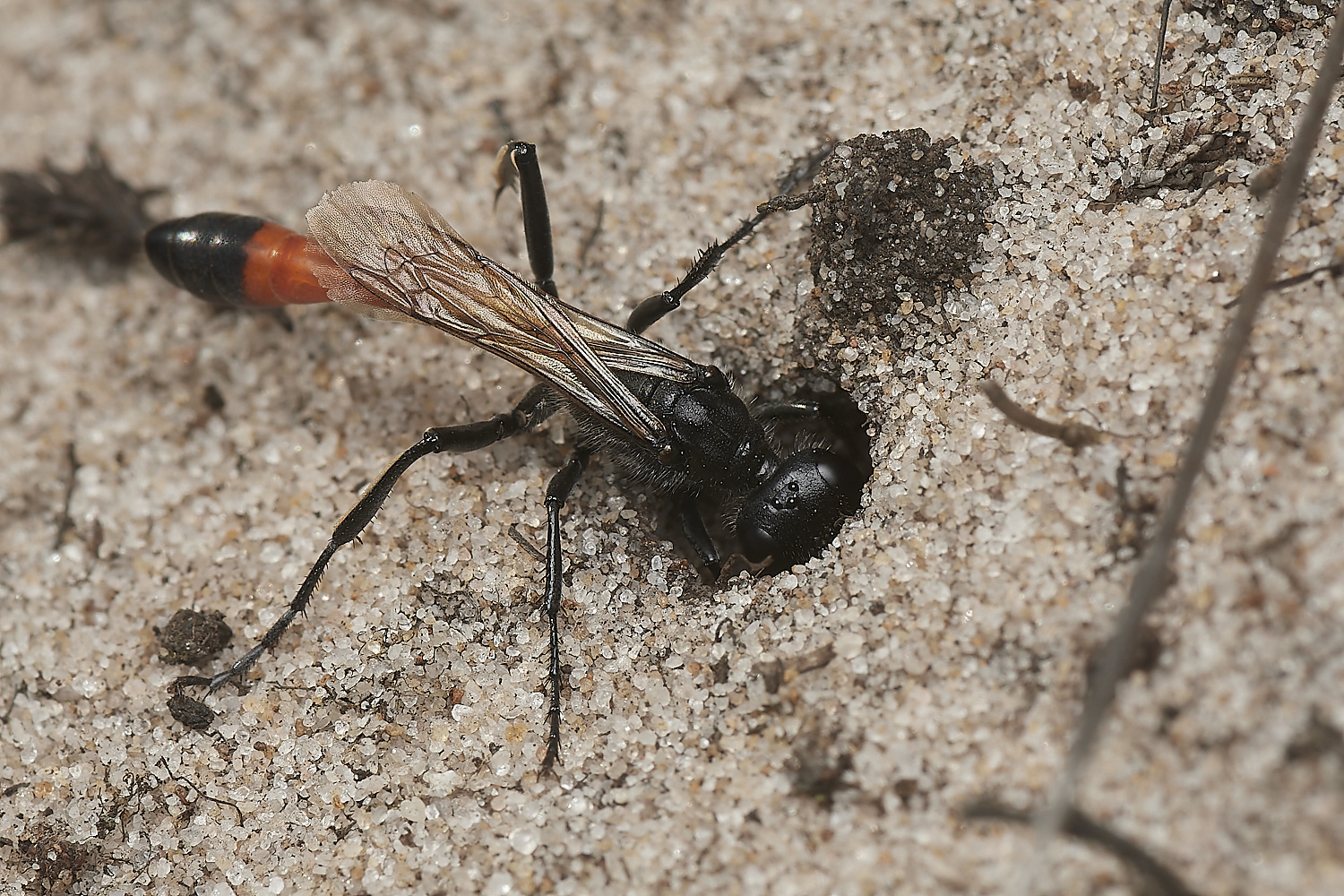
Really packing it down.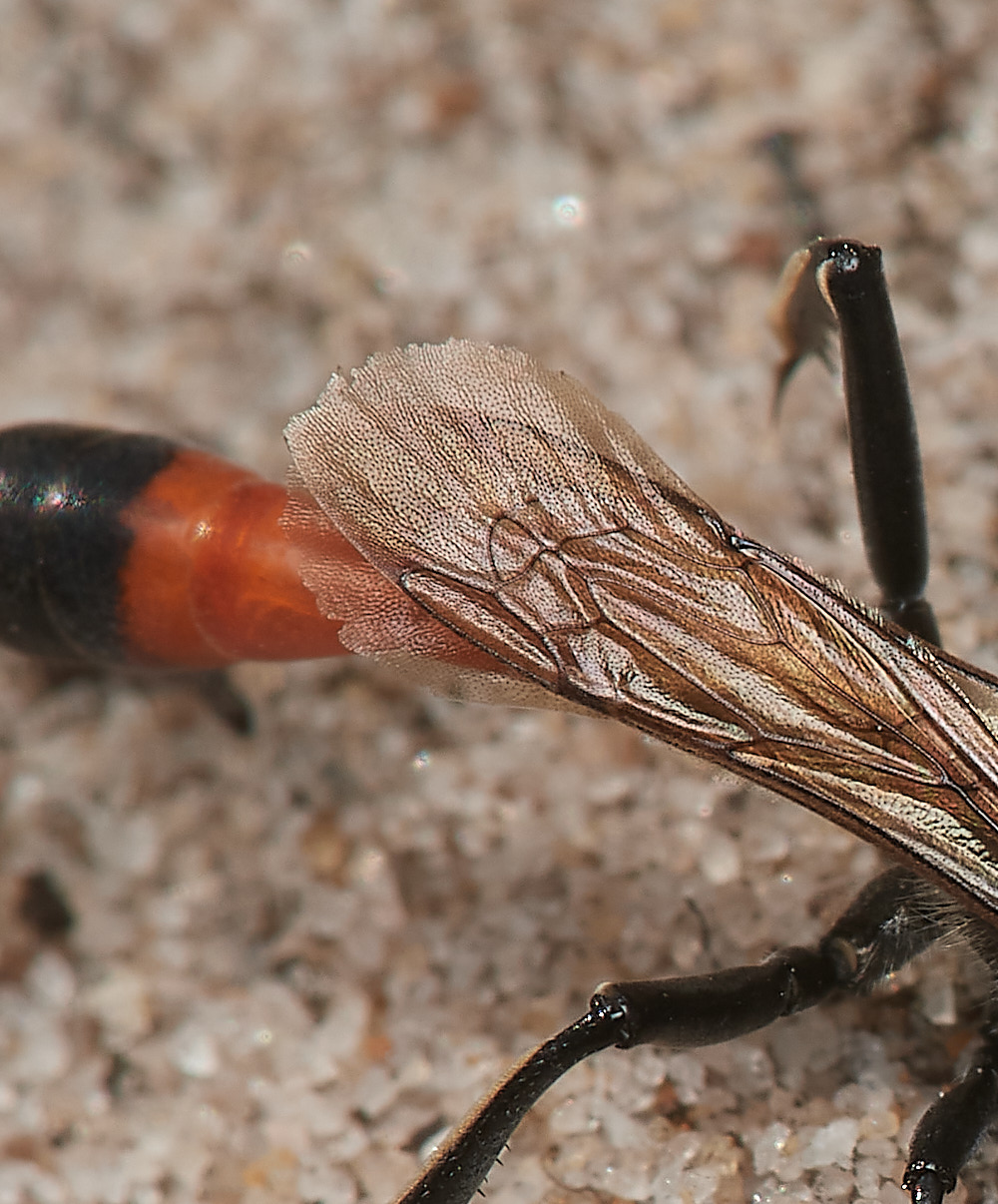
The stalked third submarginal cell on the forewing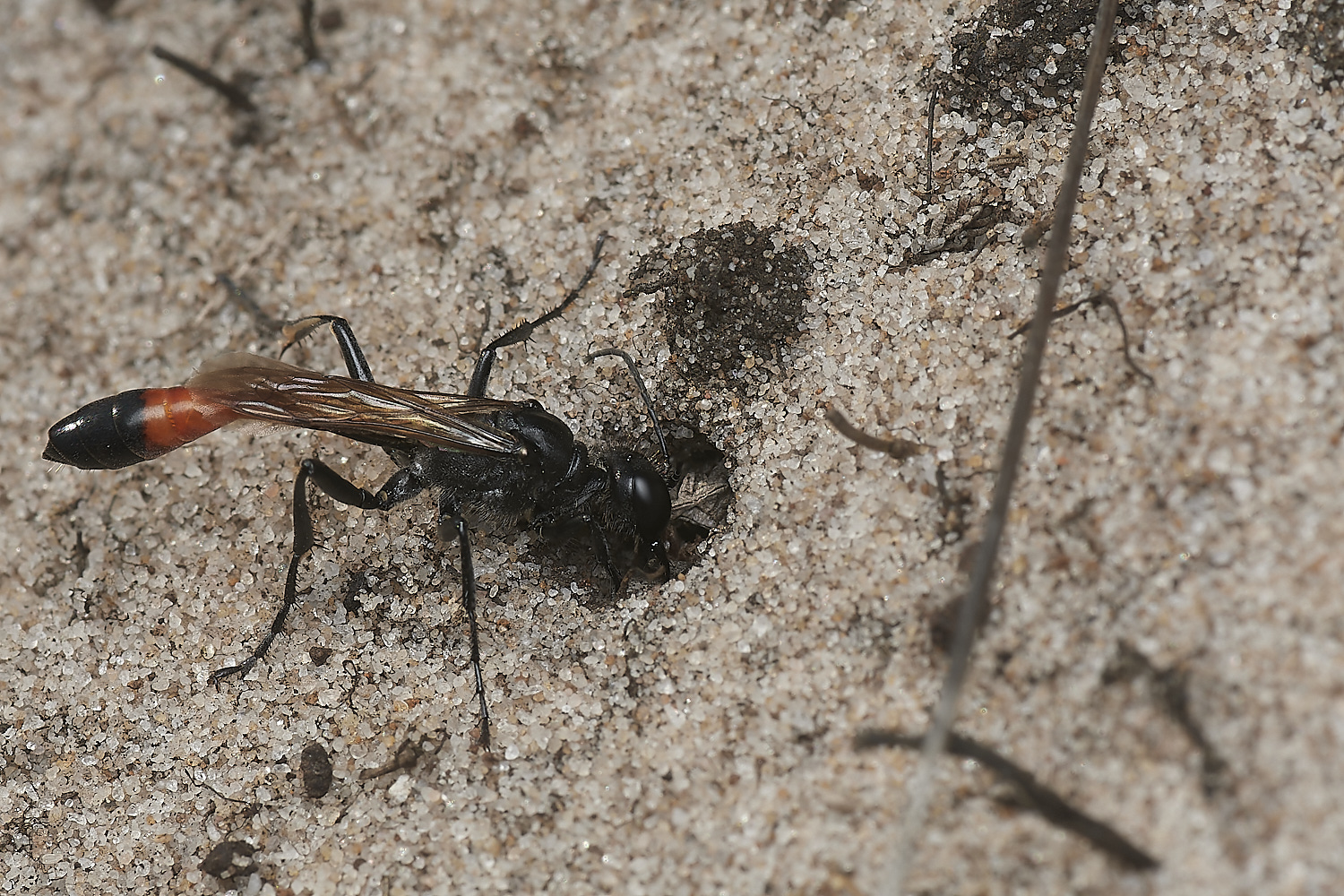
More packing down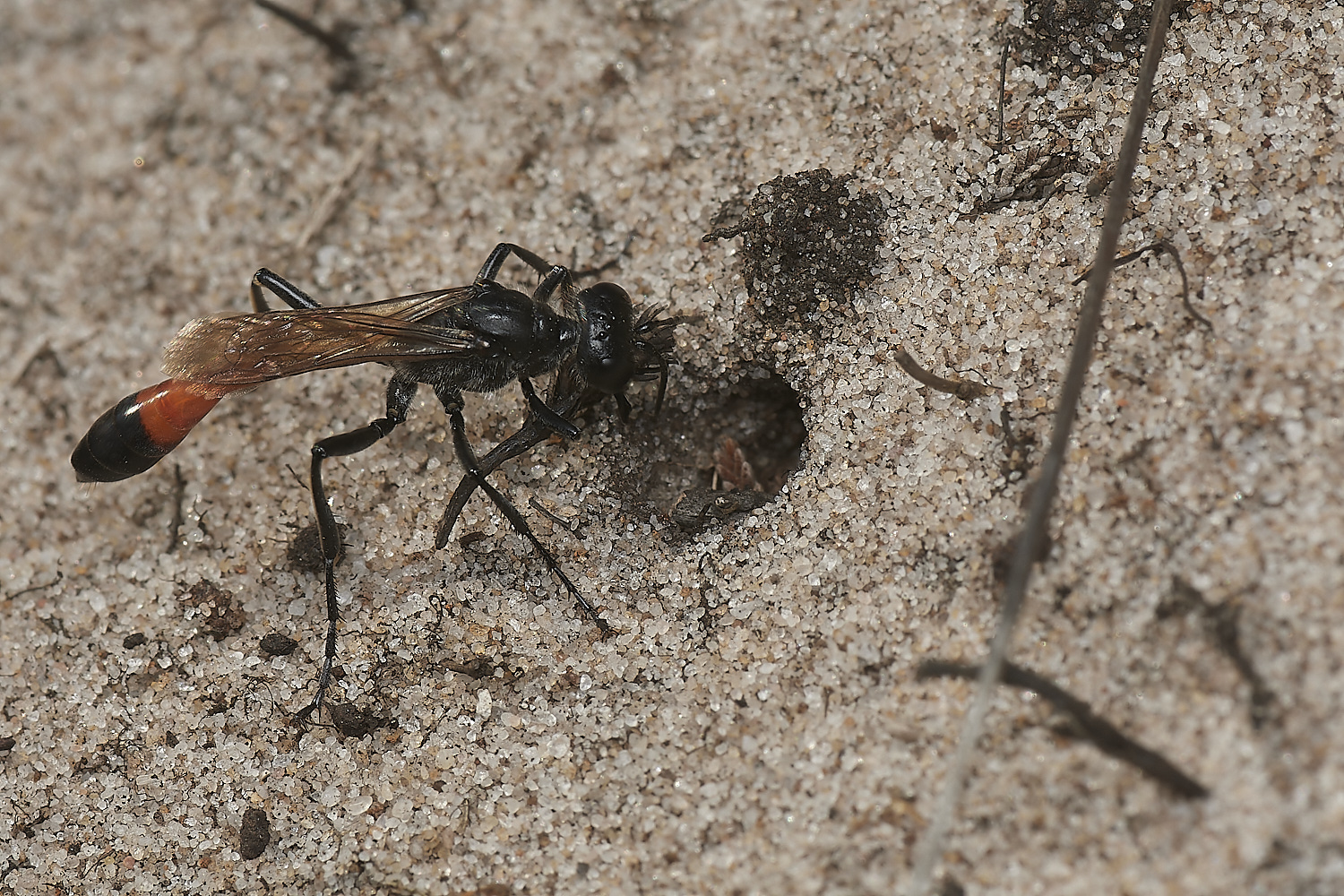
More brushwood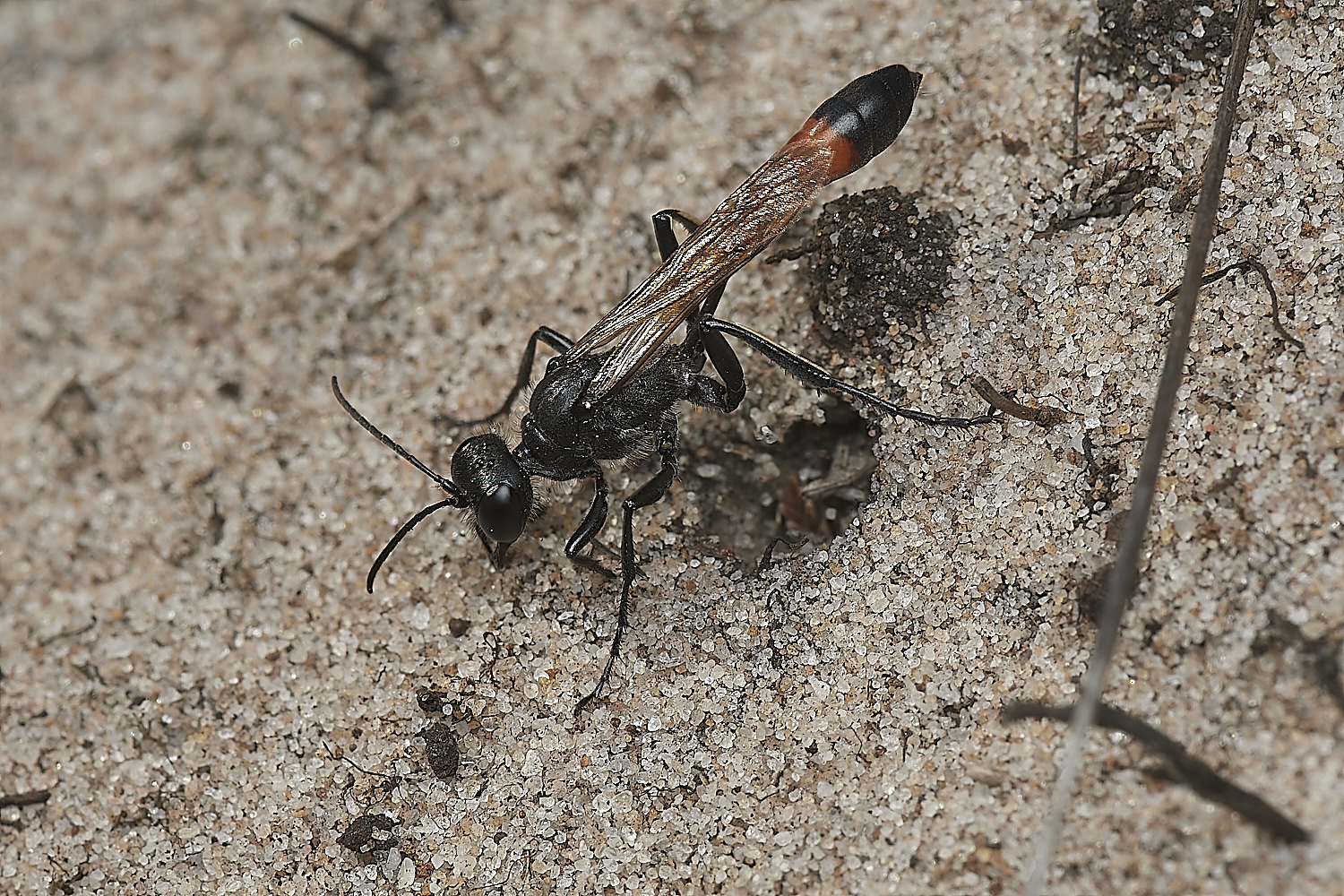
Then backwards scrabbling of sand into the hole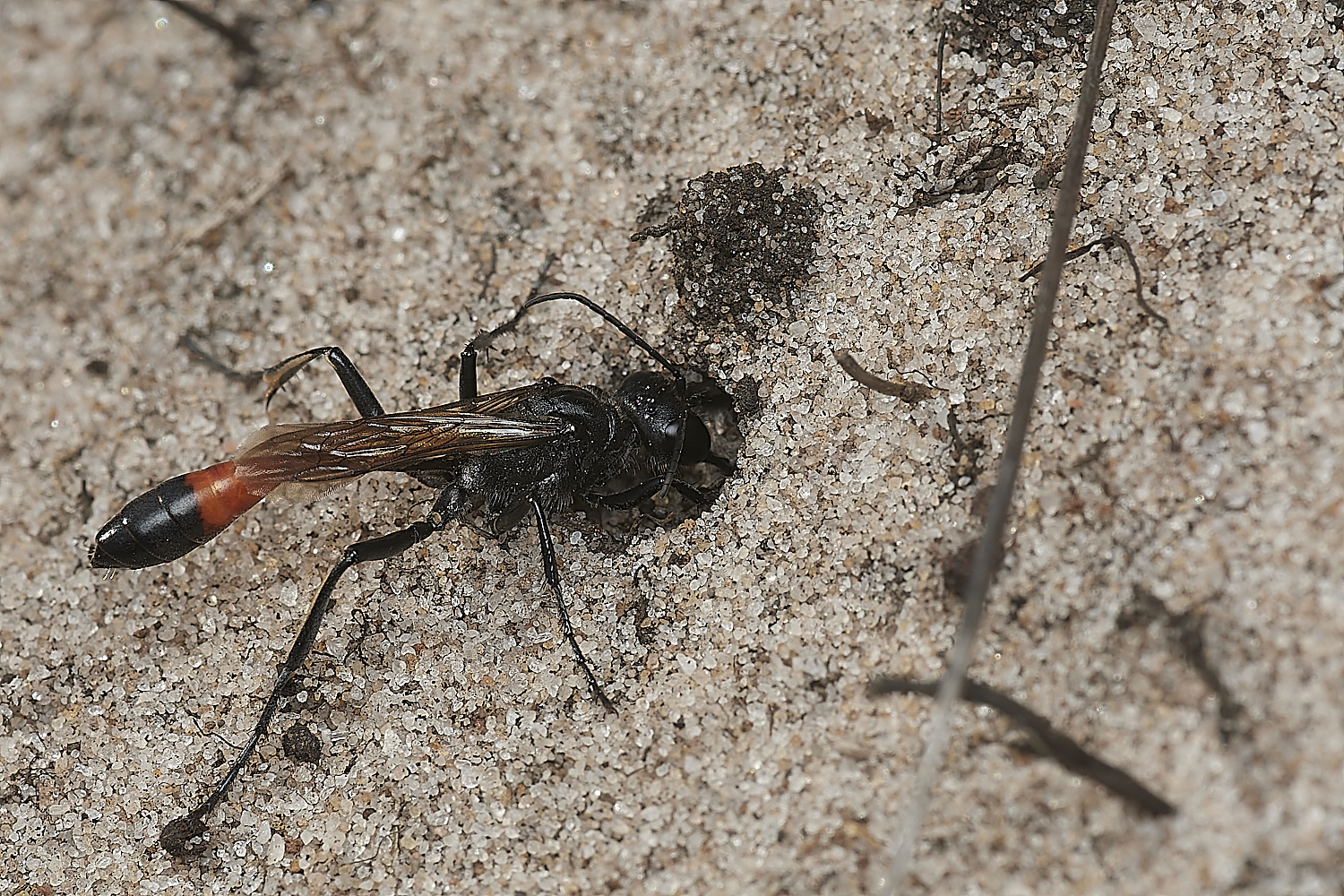
Packing down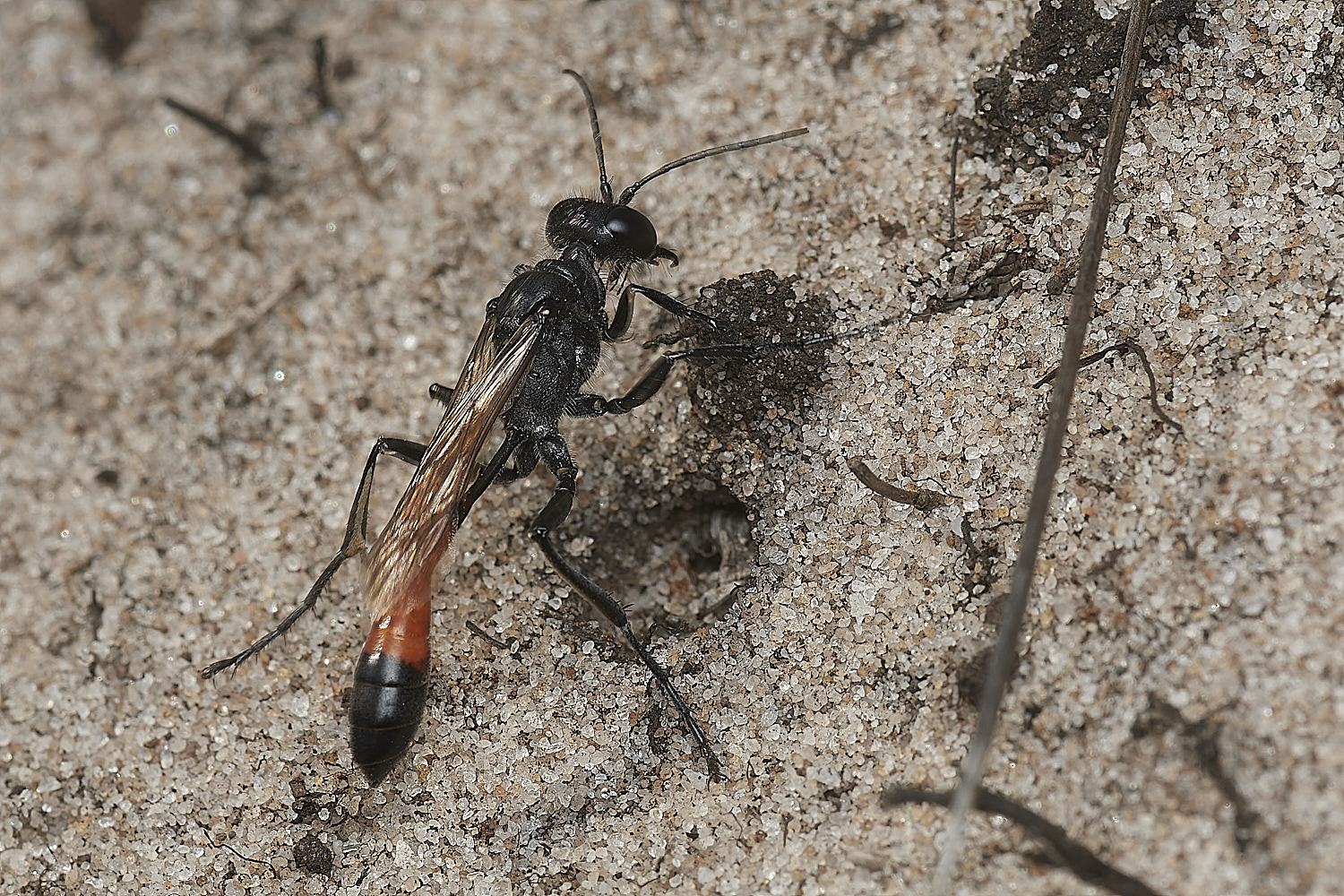
More scrabbling of sand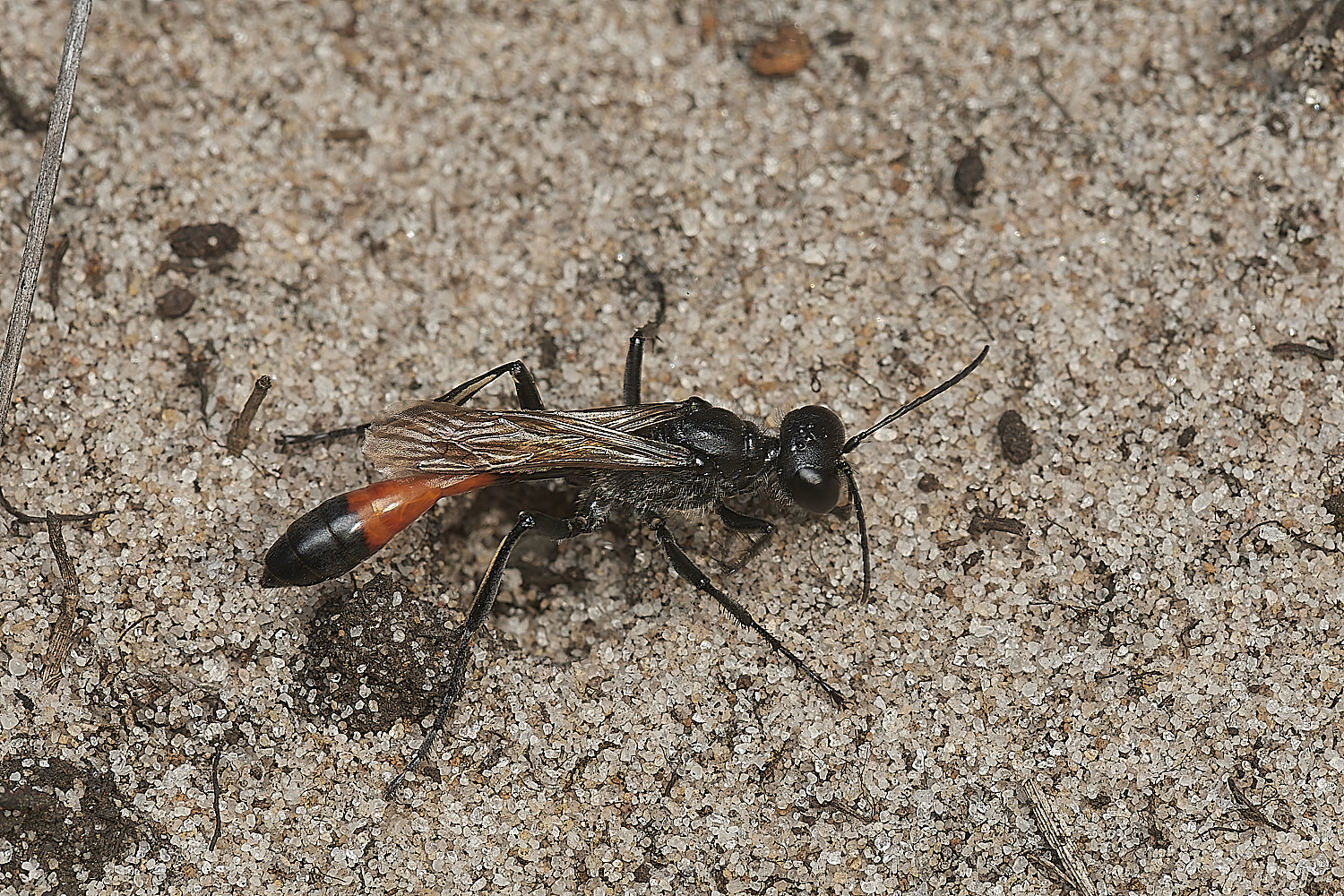
Levelling off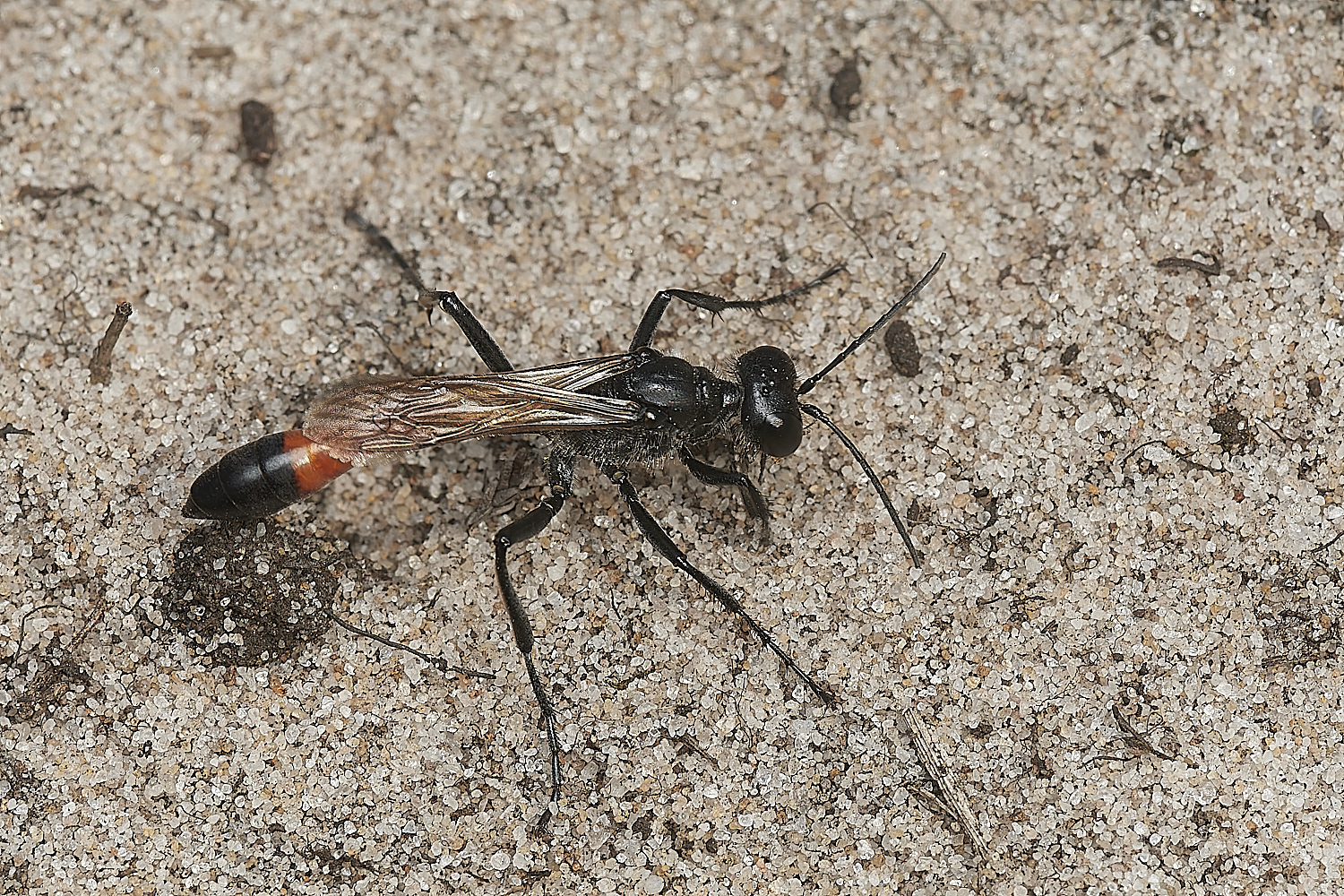
So finally nothing can be seen of the burrow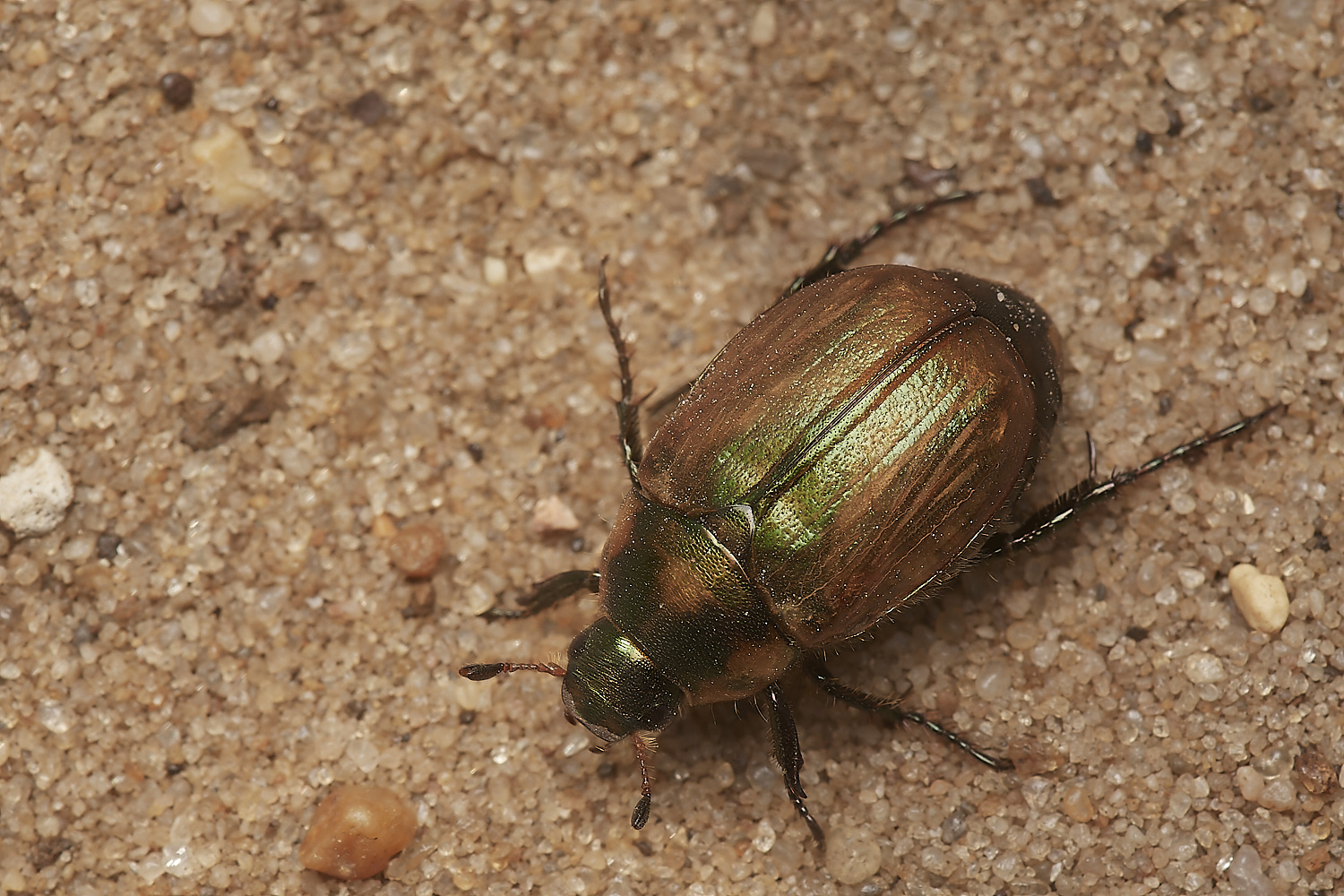
Beetle Sp
Rose Chafer perhaps?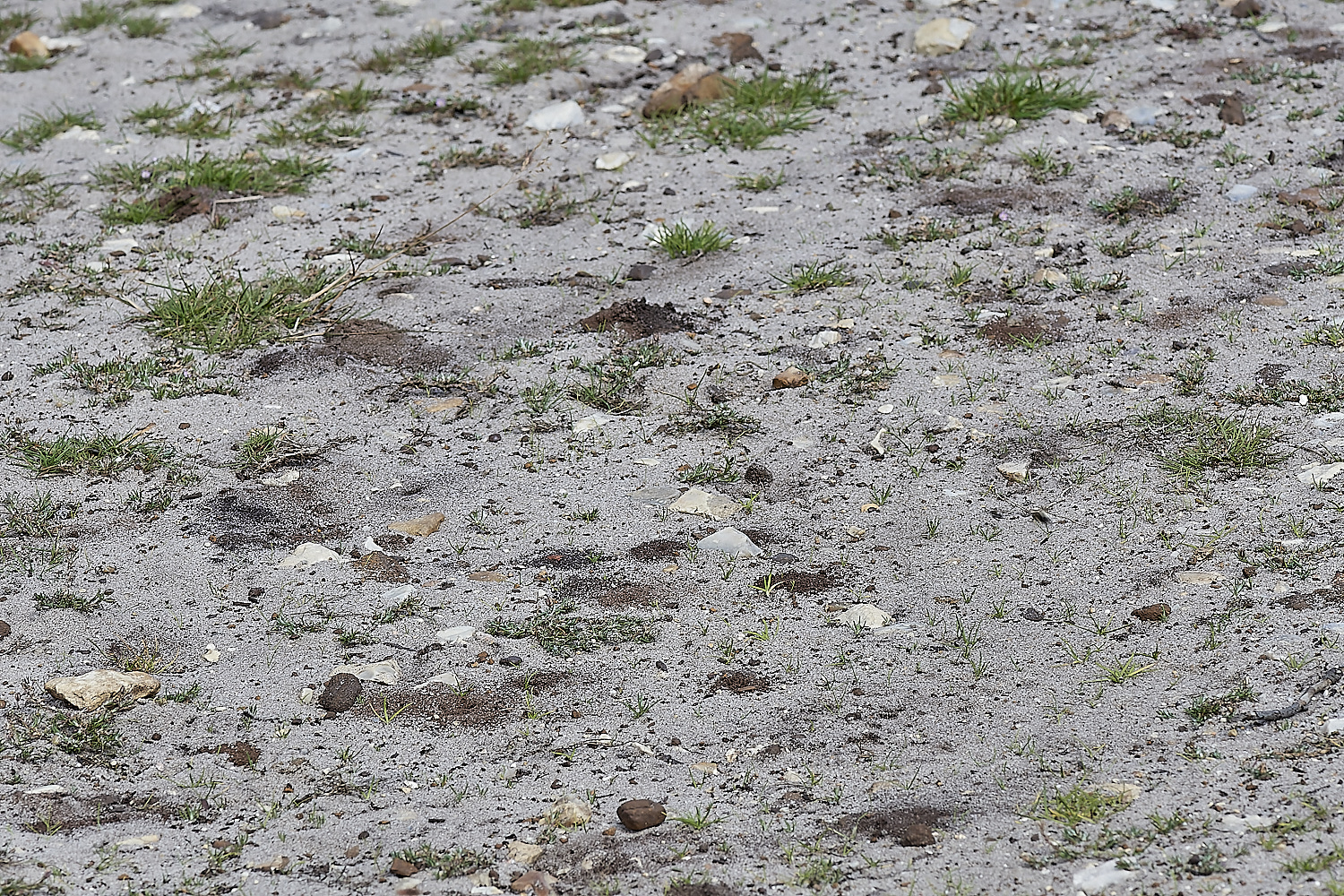
It is difficult to convey in a photograph the complexity of nest burrows in the sand on the path that crosses the reserve.
In the area below the sand flash on the track there are so many small burrows.
You can see some are freshly open by the darker moist soil humps.
There are just so many packed into such a small area. On the sand flash itself the surface is so disturbed from where
people have been playing on the sand you wonder how the colony manages to cope.
But they do.
And all the while a few inches above the surface there is the constant criss crossing of bees flying.
Whether anyone could write an algorithm to explain the flight pattern is open to question.
Largely the males, presumably, hoping for mating opportunities The females do seem to make themselves available in slight open depressions in the sand and then there is a convergence of males until one takes hold.
But it doesn't take long, although occasionally the female flies off as if not convinced.
The tussle on the ground begins between the pair (I wonder whether ecstatic tussle would be a better explanation. There is certainly a lot of waving of the females legs in this species)
And the other males fly off in myriad of directions.
In amongst all this the orange of their Nomad can be seen dropping onto possible nests ripe for predation.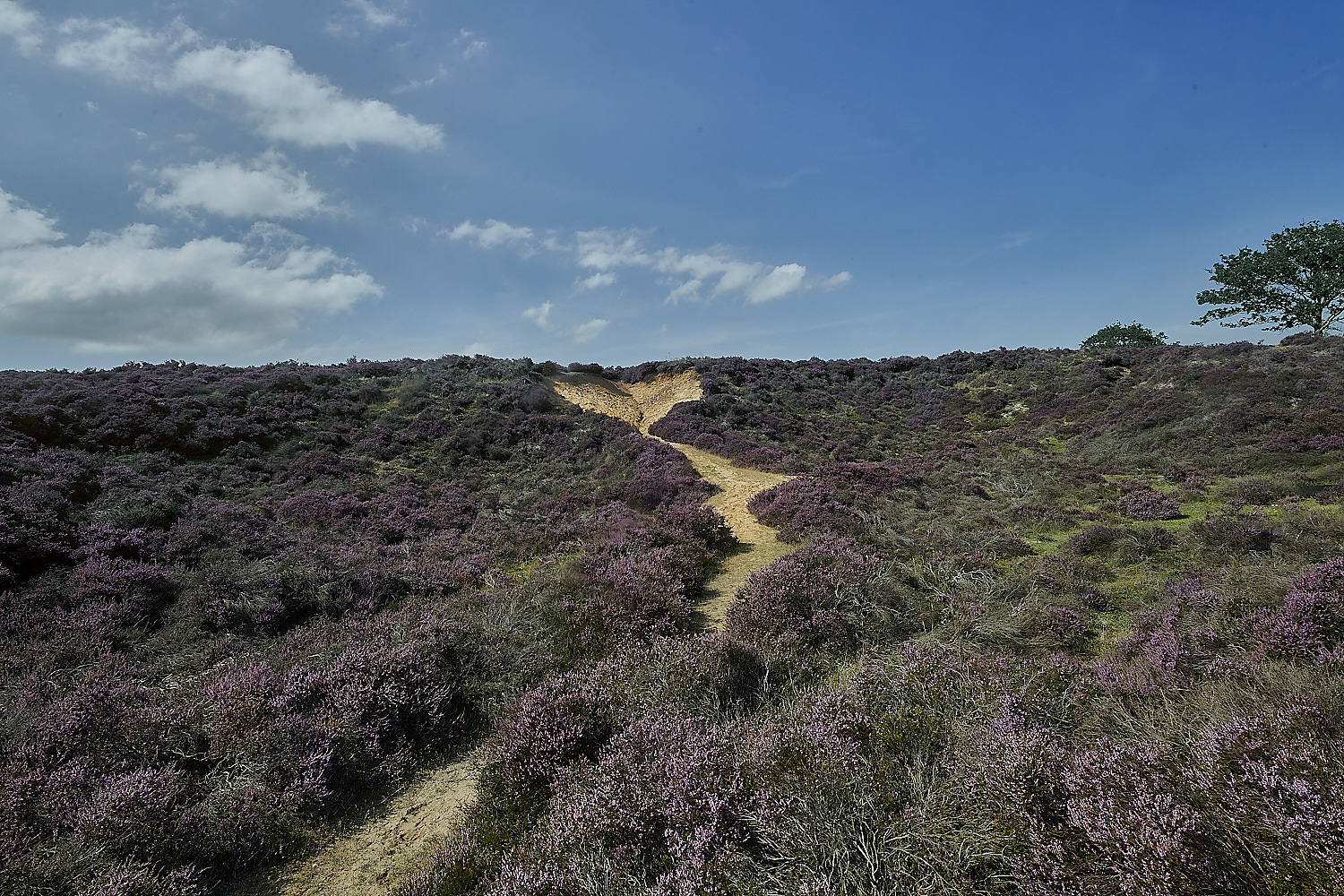
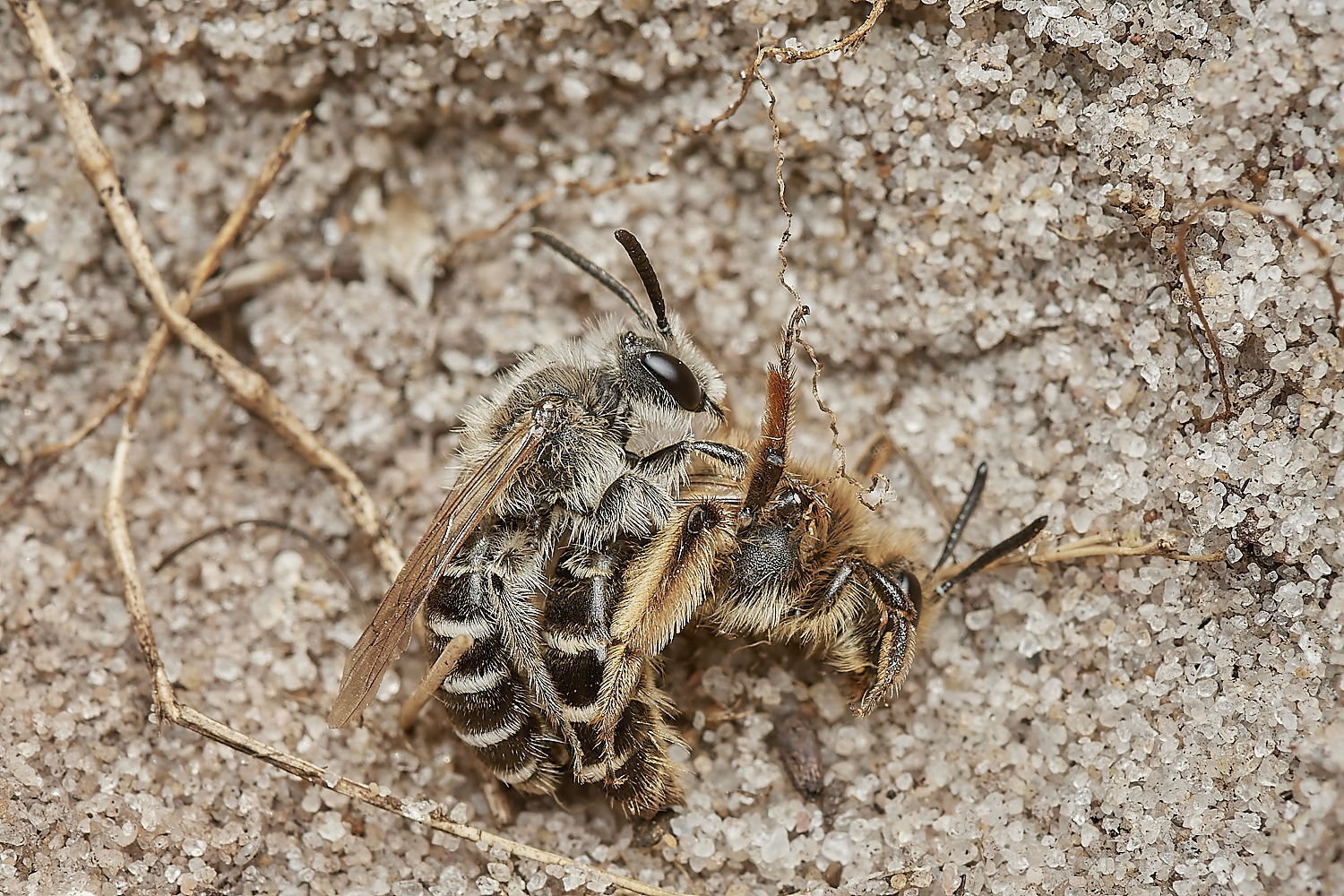
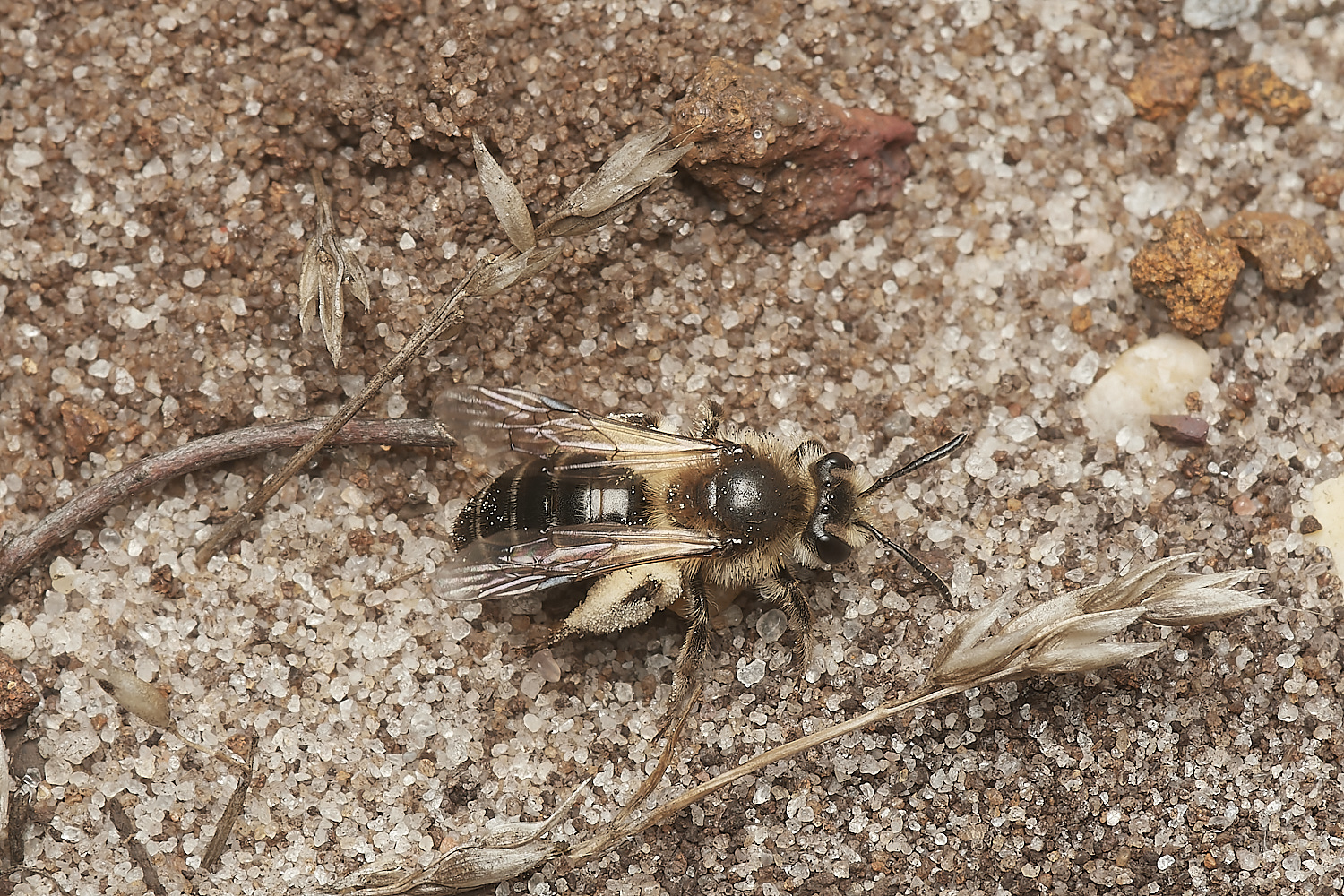
♀︎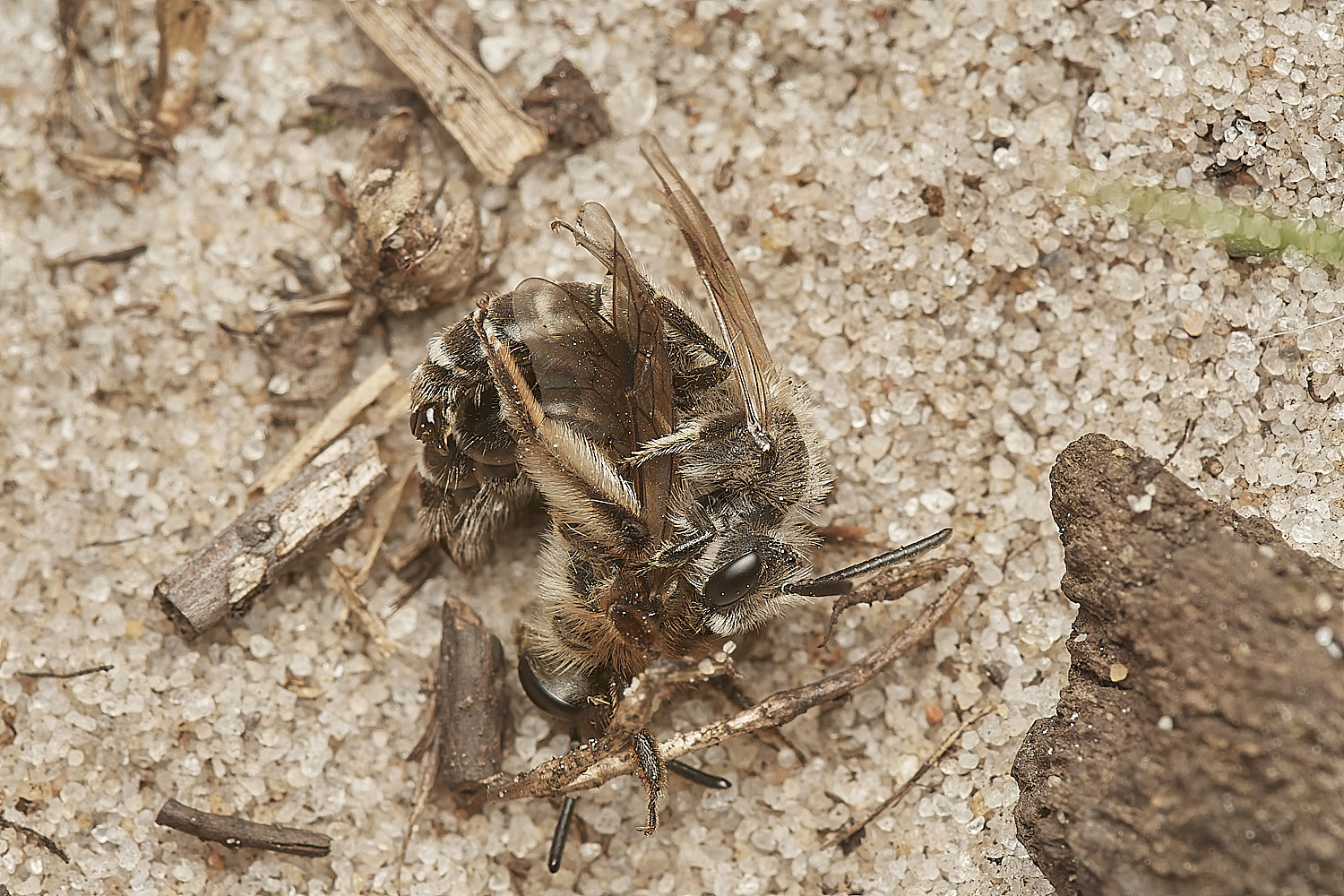
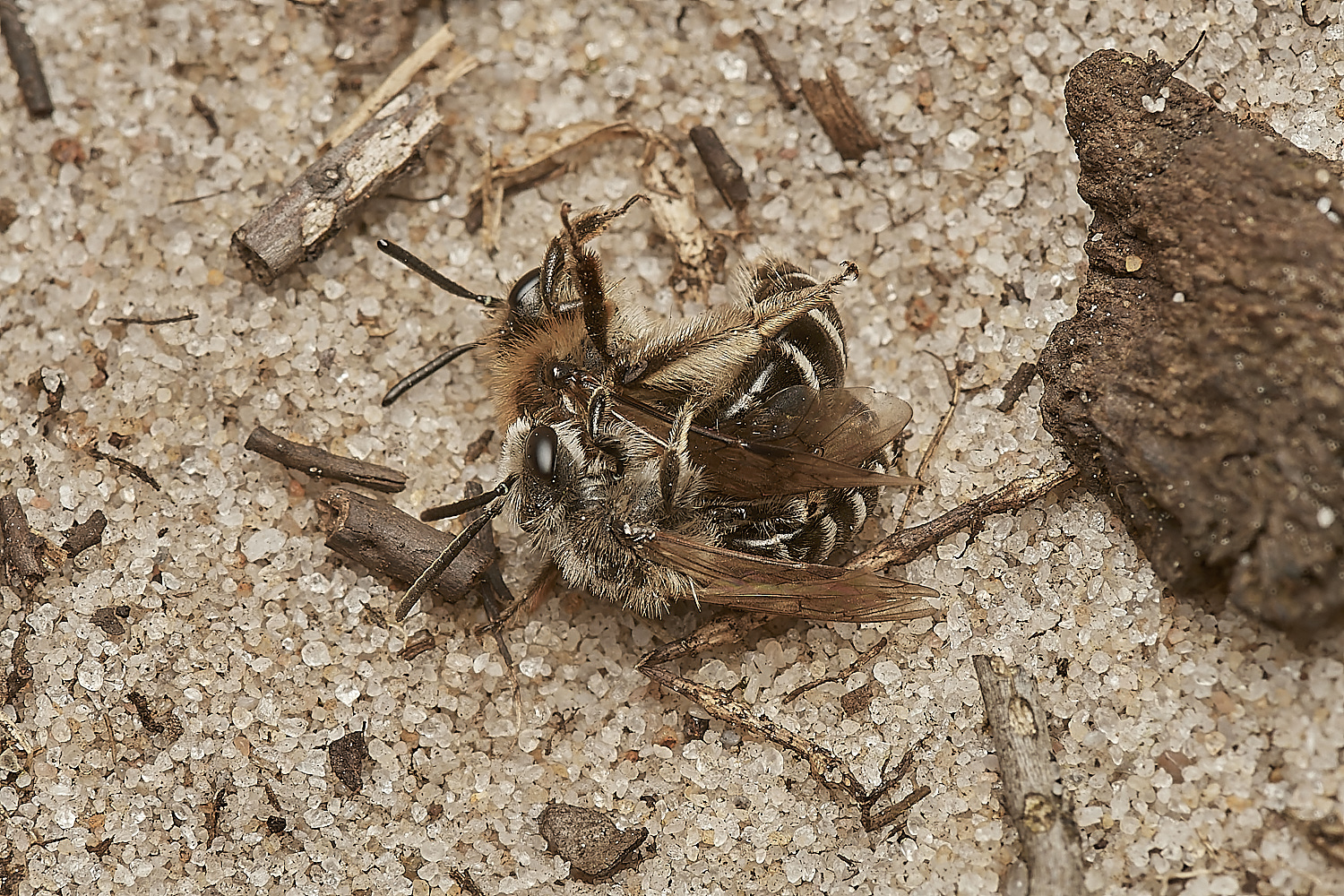
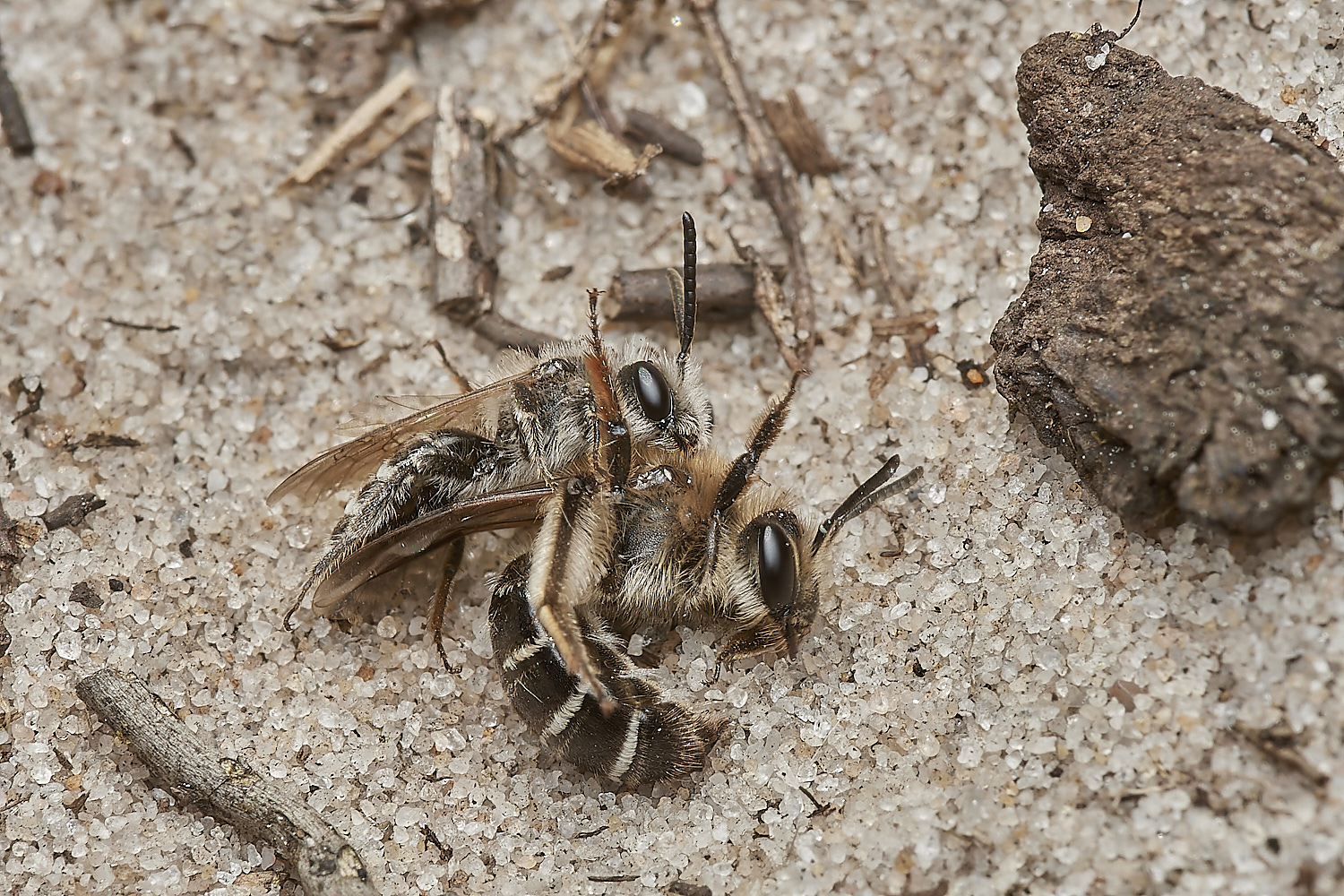
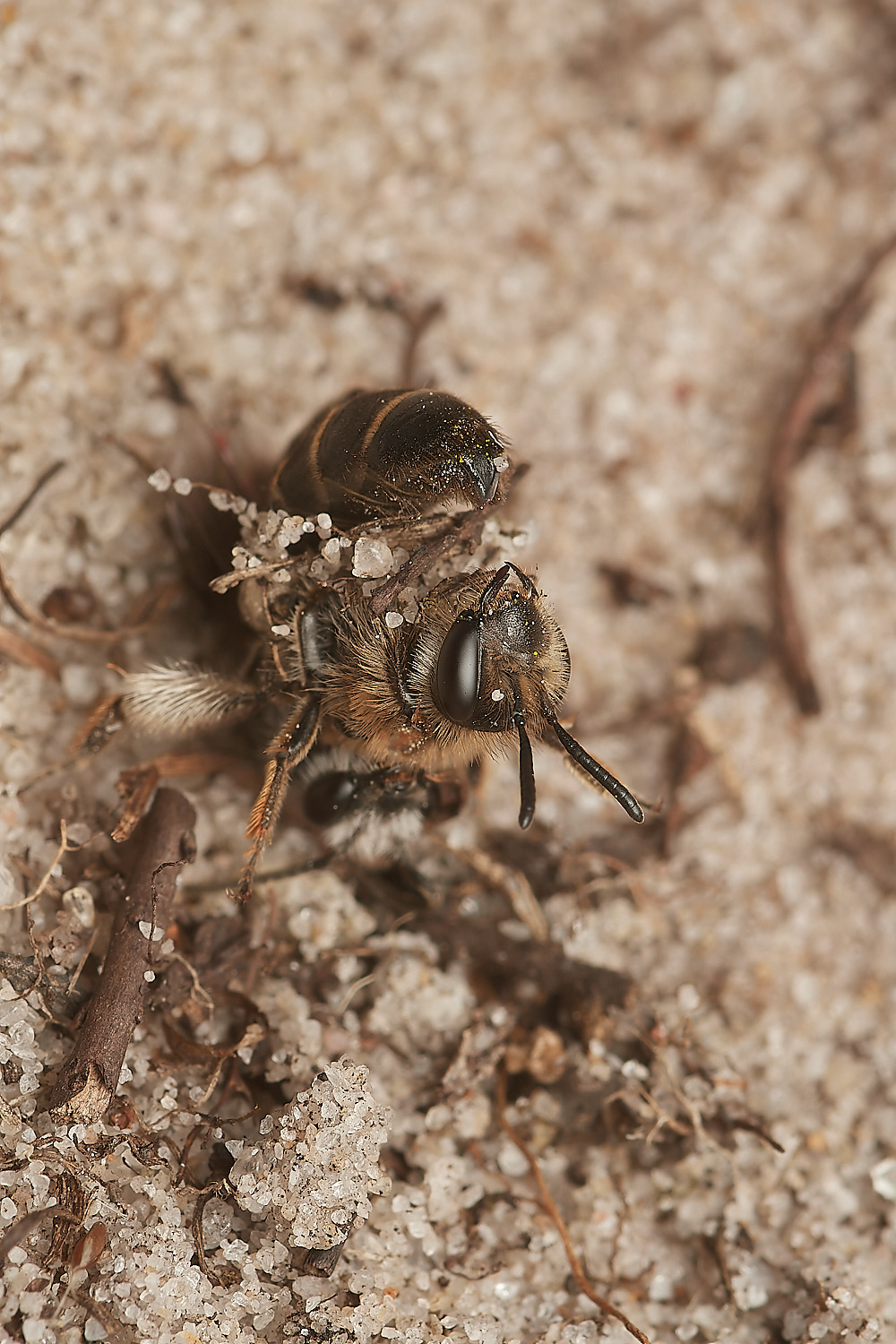
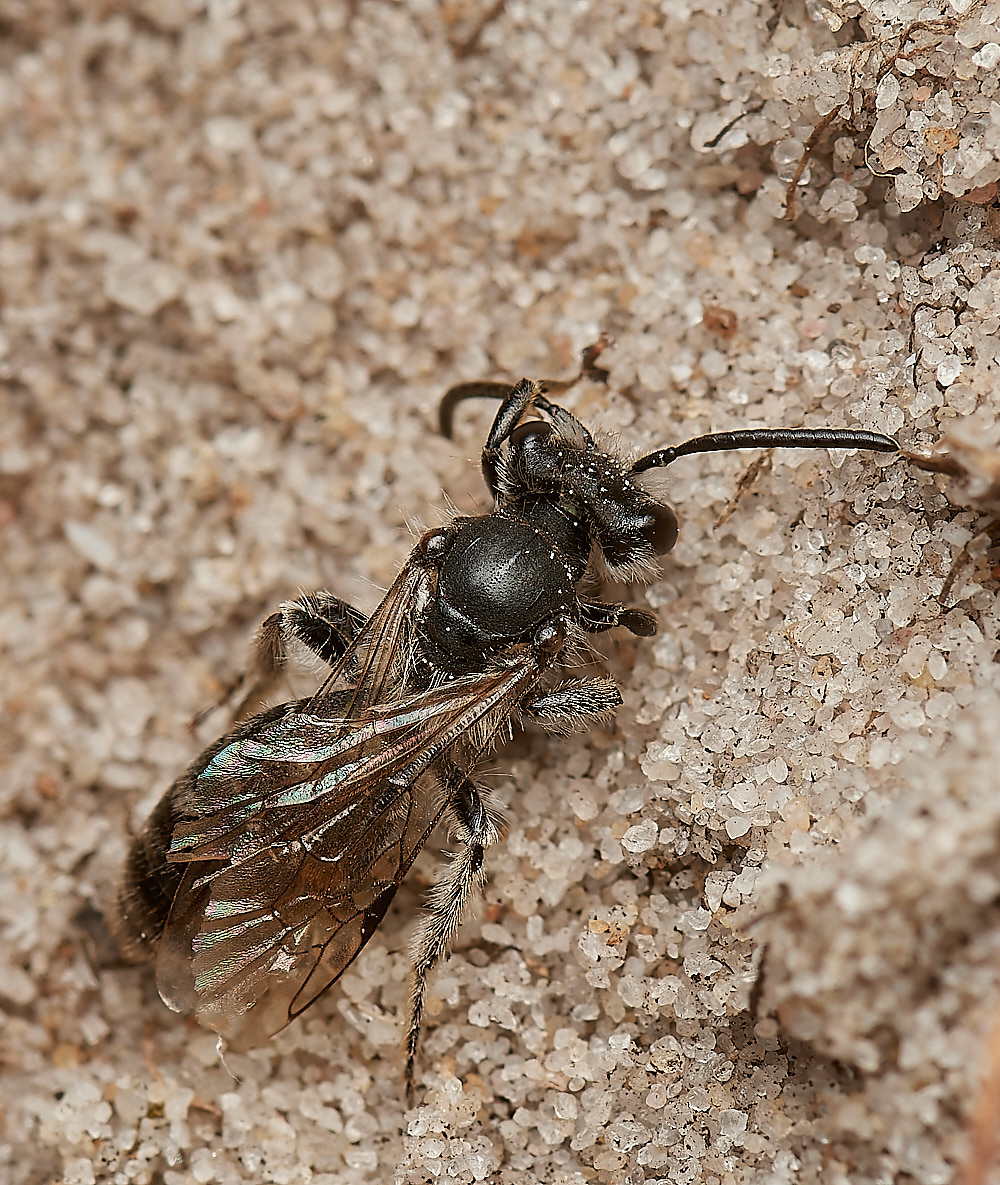
♂︎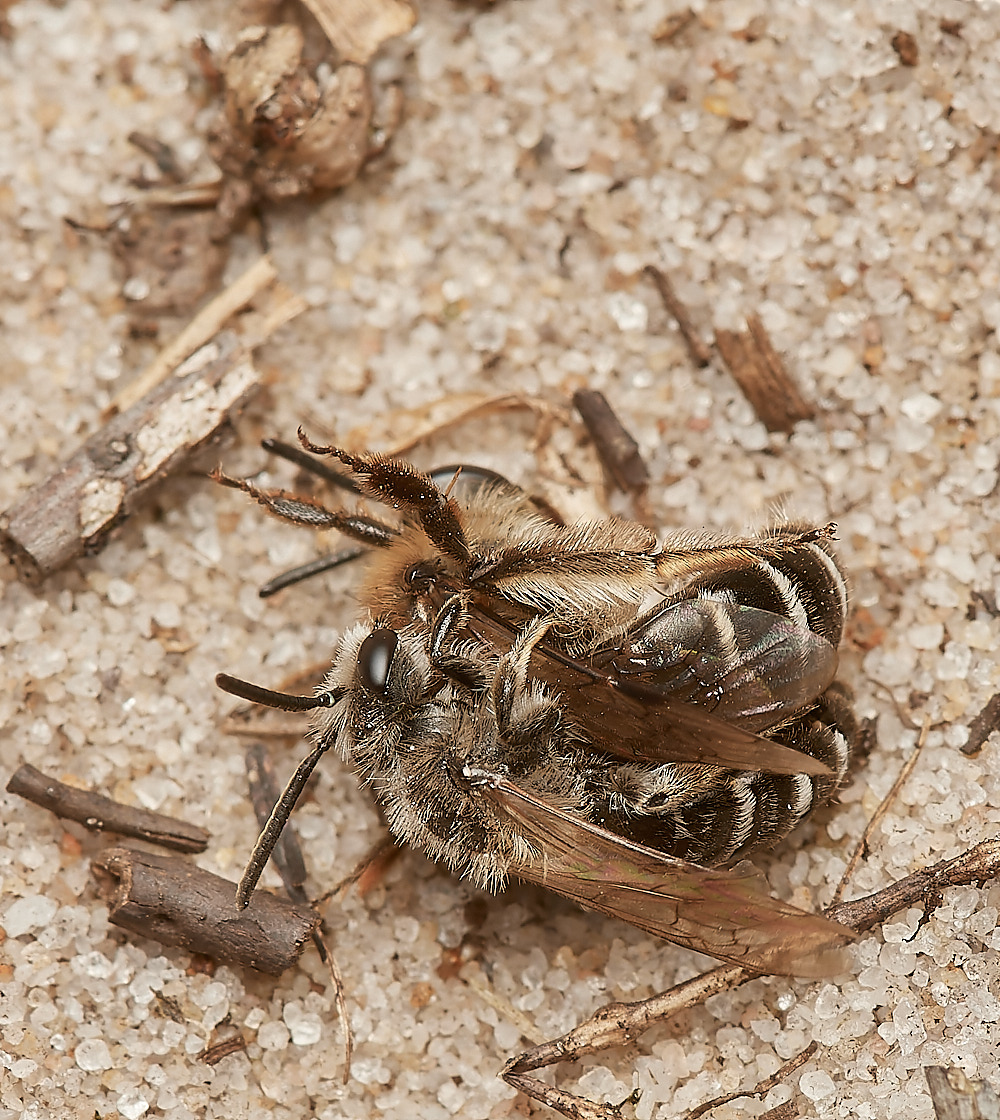
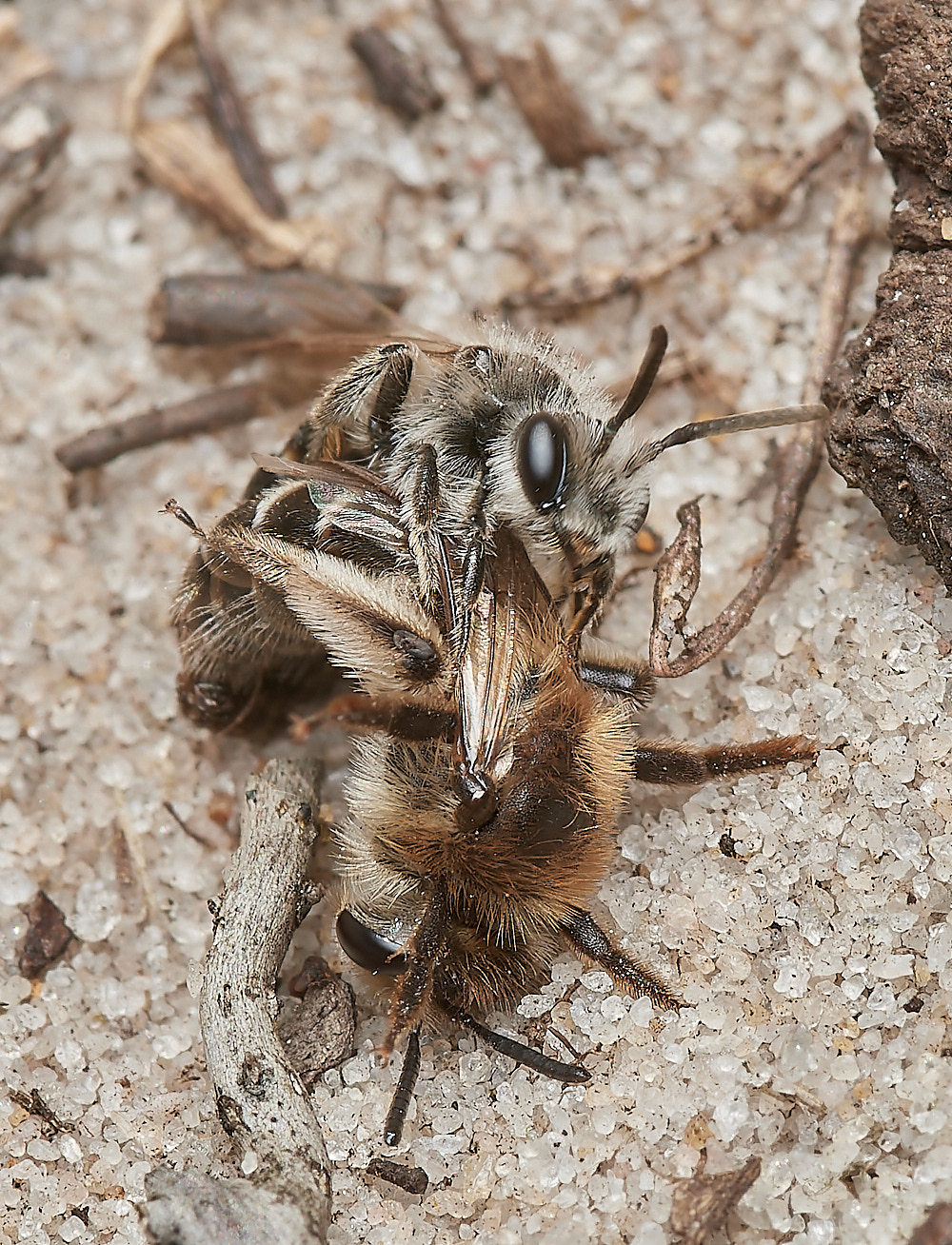
They have a very frenzied mating.
Afterwards it looks as though both sexes can often be a little disoriented.
The females sit a while before flying off.
The males can be seen skittering about on the ground or having trouble negotiating stones or grass stems.
But then again there can also be very quick attempts at mating as a female is quickly disappearing in her burrow.
Whether these are successful or not….?
And again the most amazing things are the females ability to find their nests in the sand when the surface is so disturbed, coupled with the speed they disappear into the burrows.
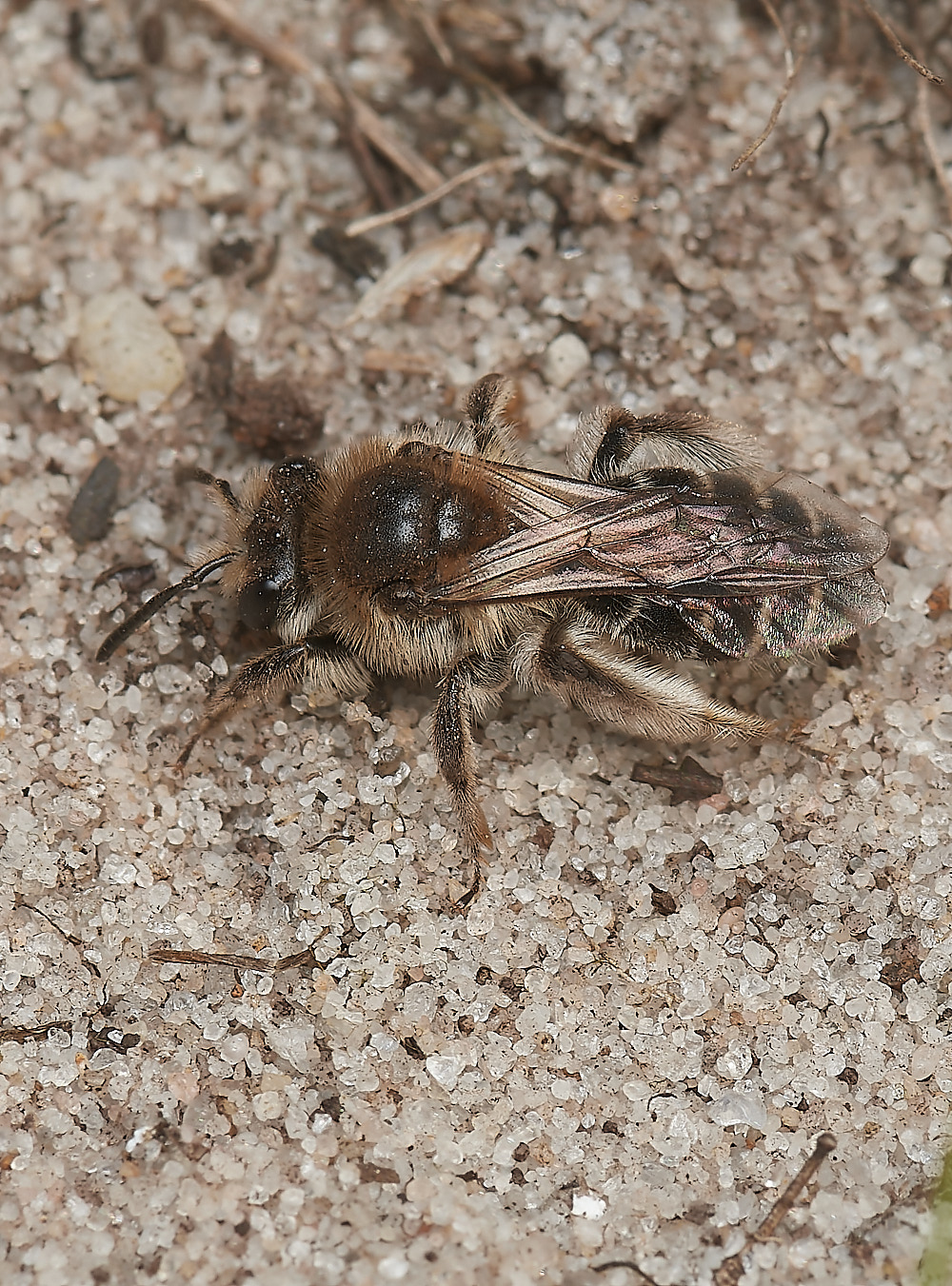
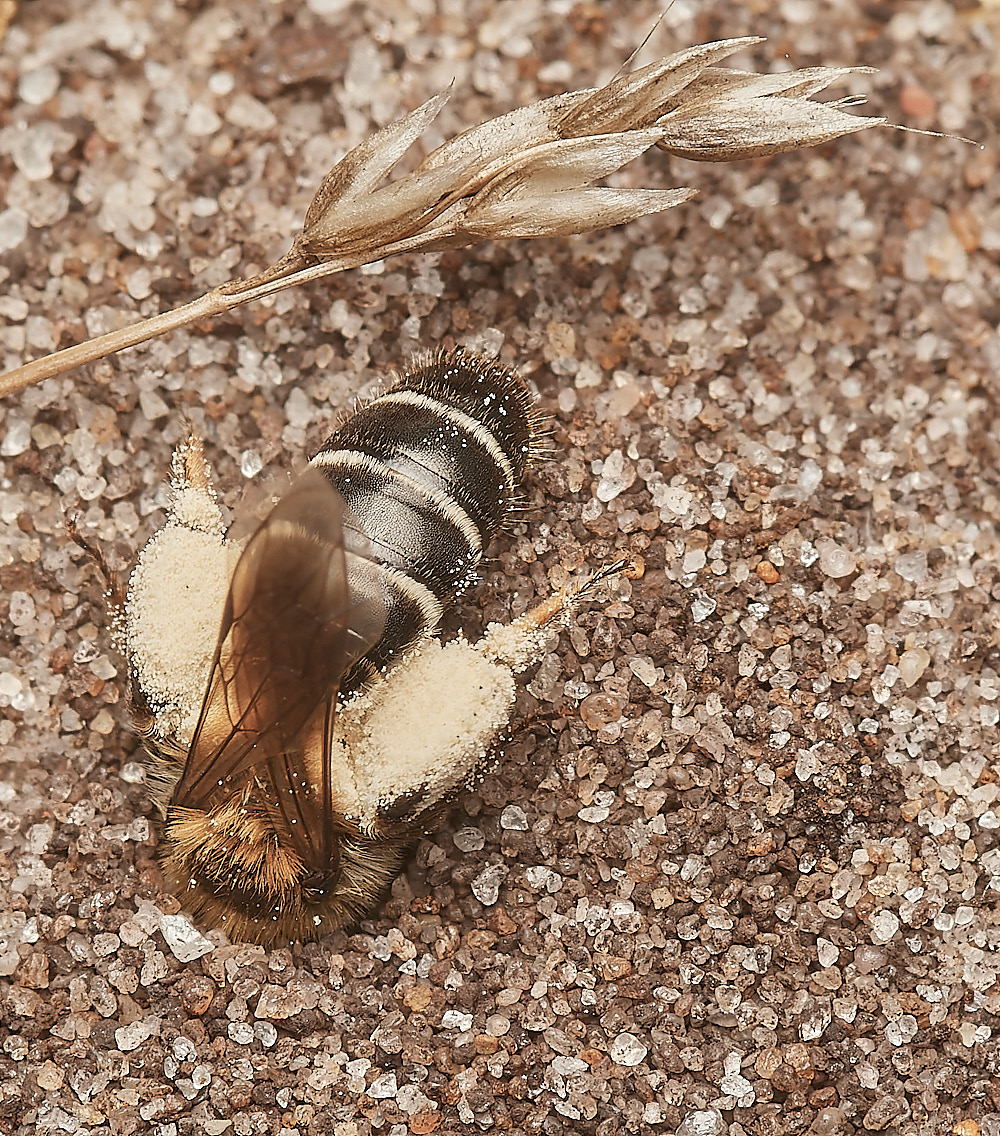
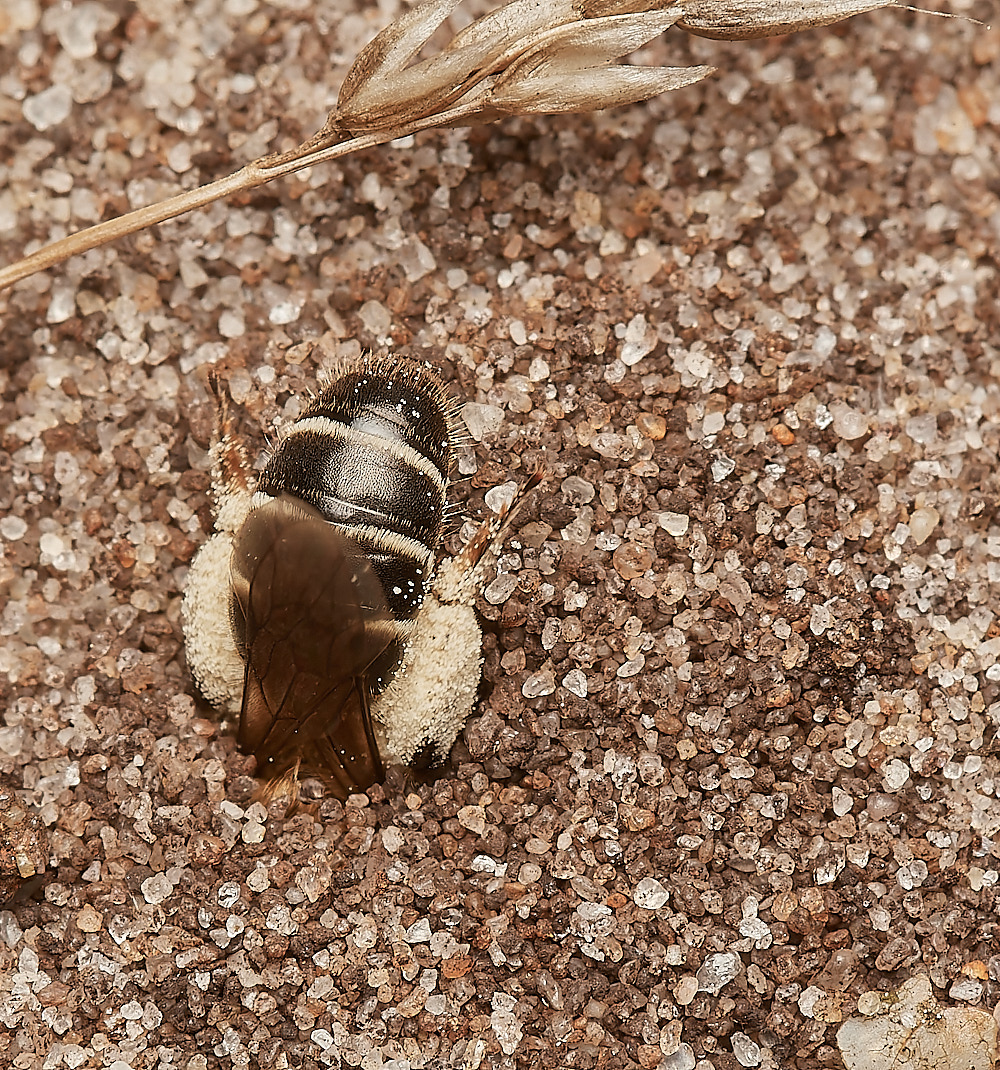
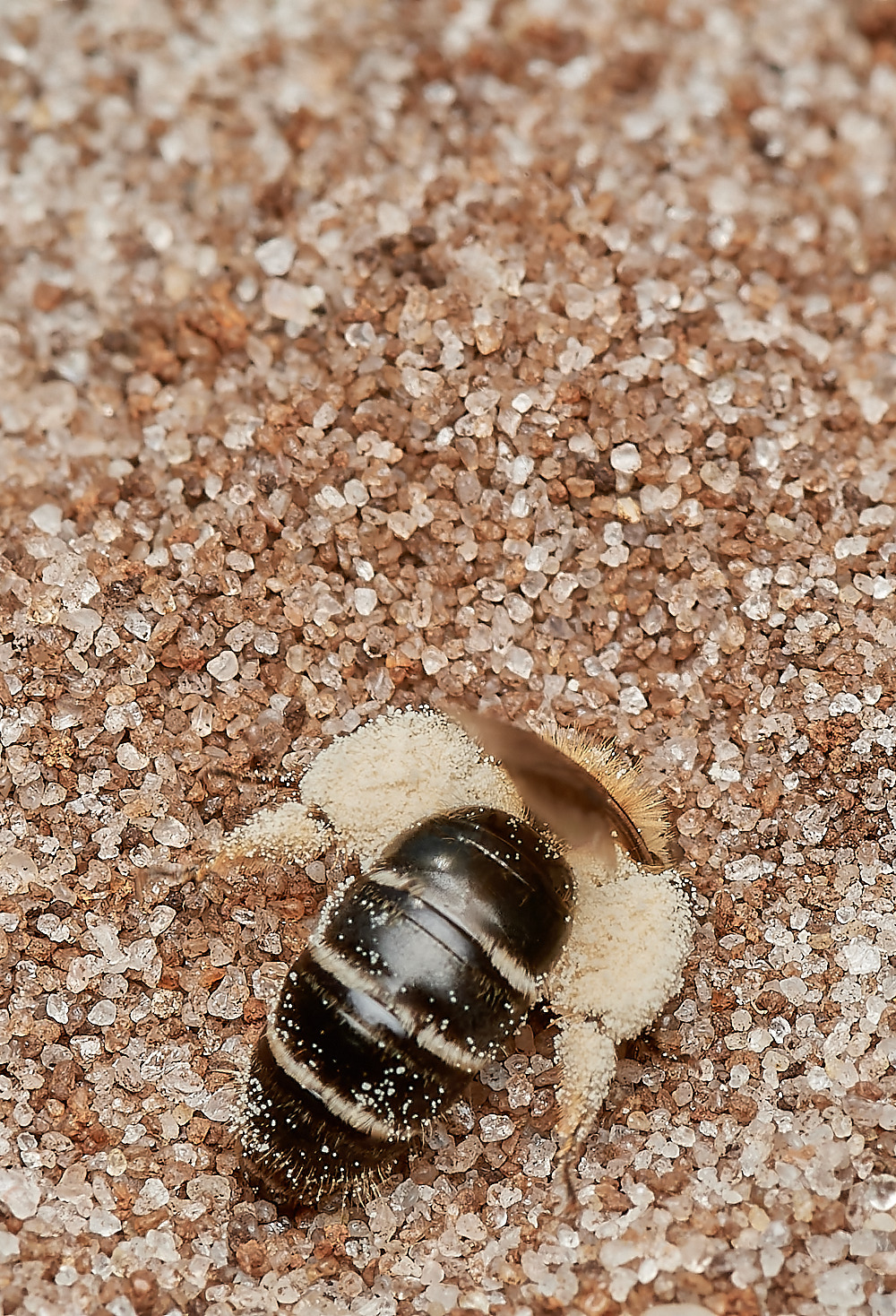
Head down and within seconds she has disappeared
♀︎
Small Sandpit Mining Bee (Andrena argentata)
The Small Sandpit Mining Bee has cuckoo bee that predates its nests. 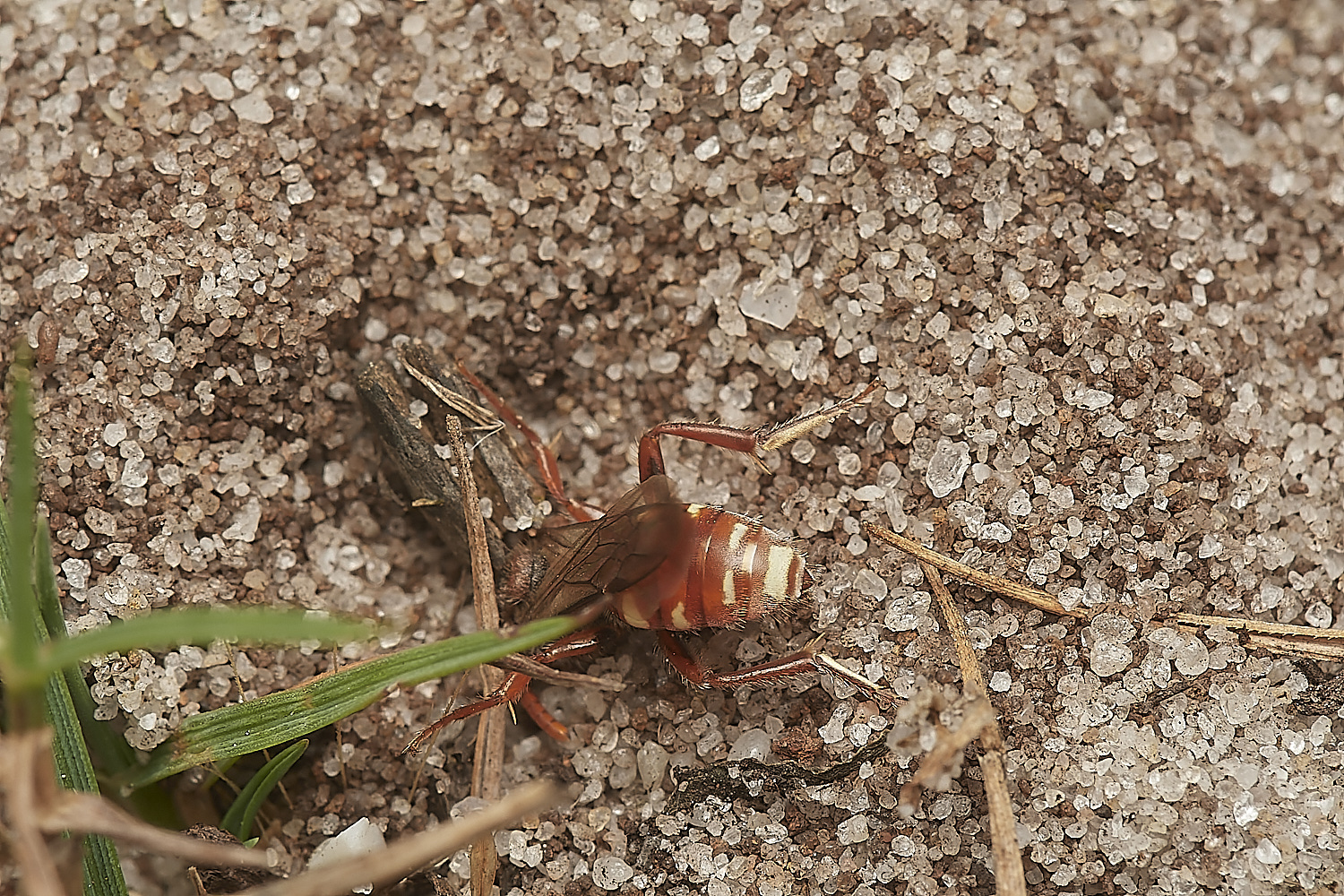
Said Cuckoo found a nest to predate.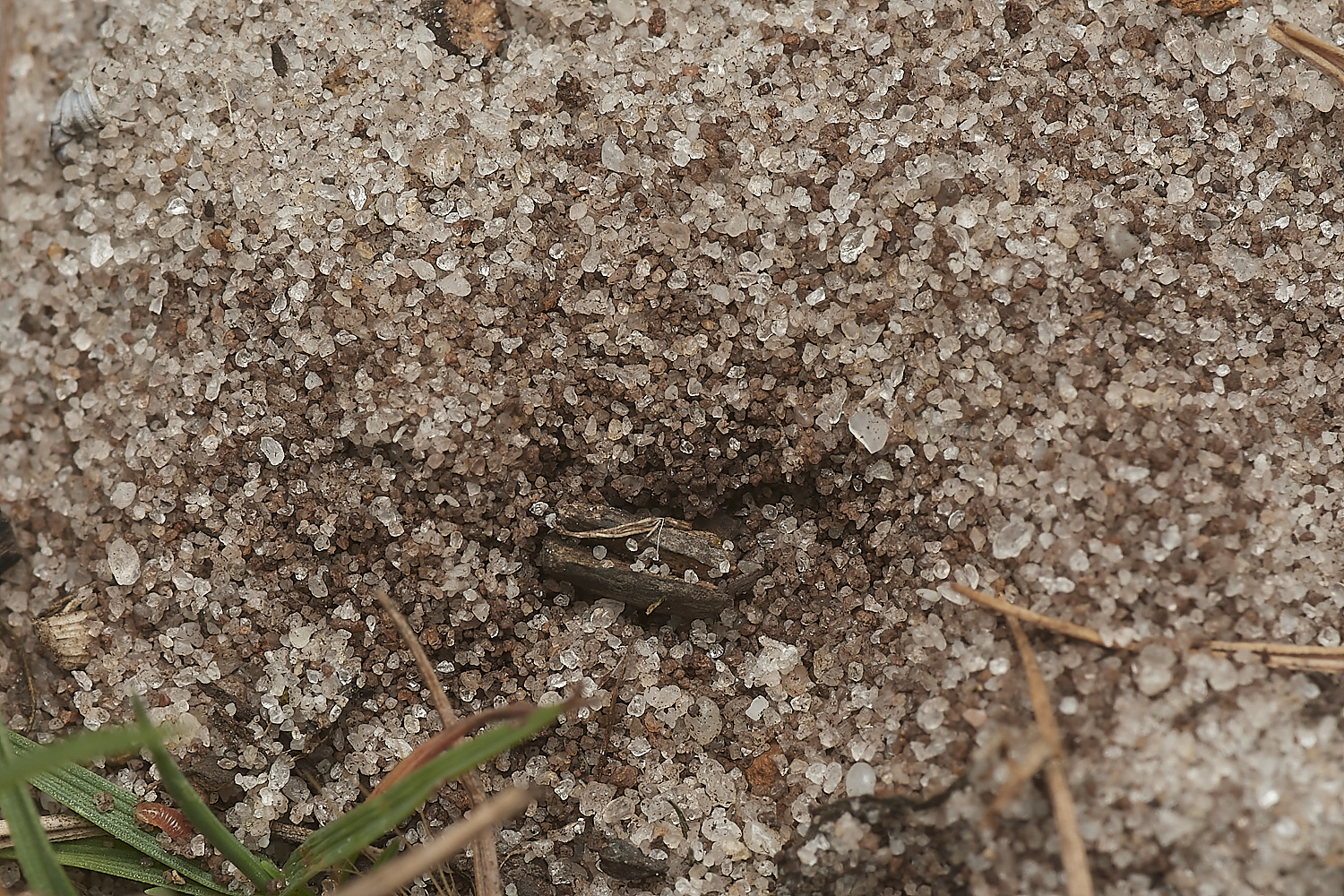
She was underground for about twenty minutes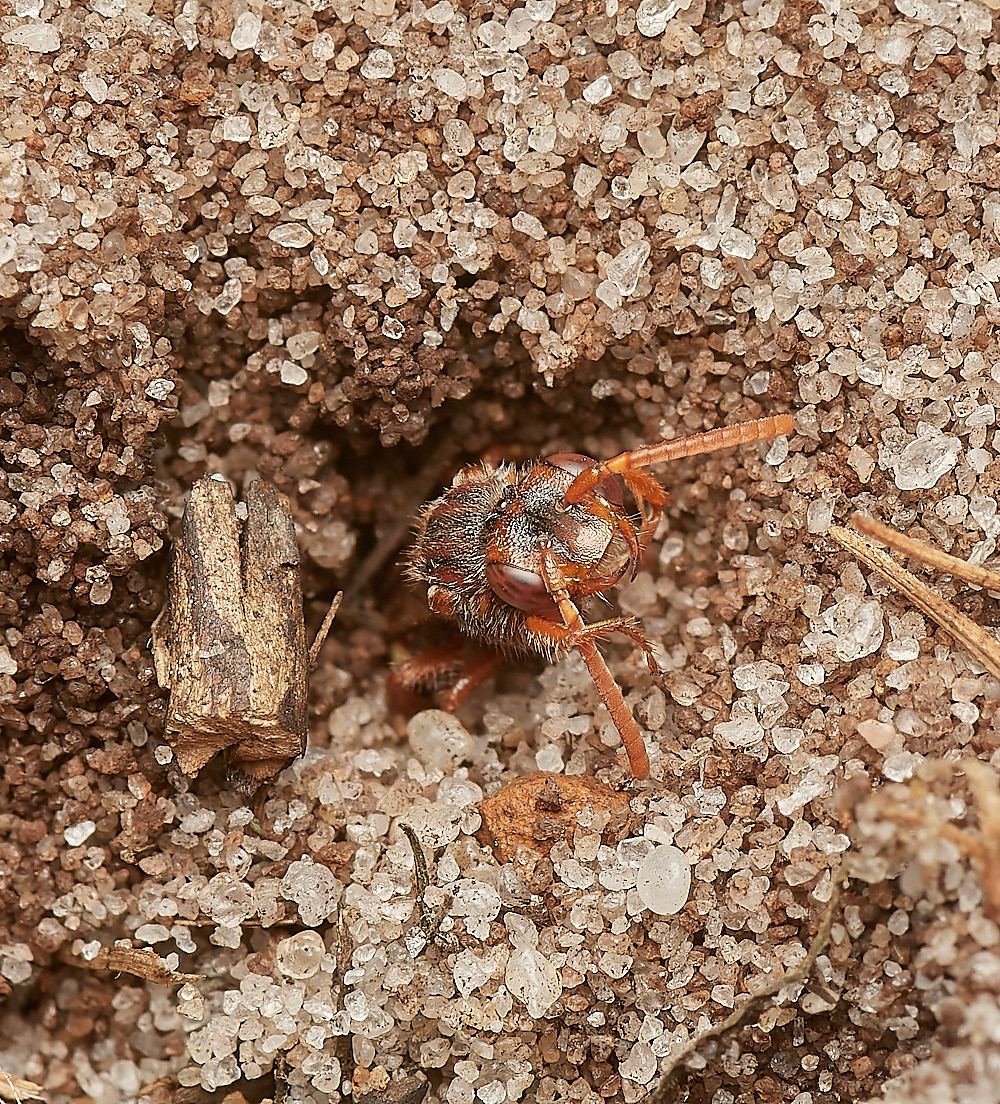
and
then
she reappeared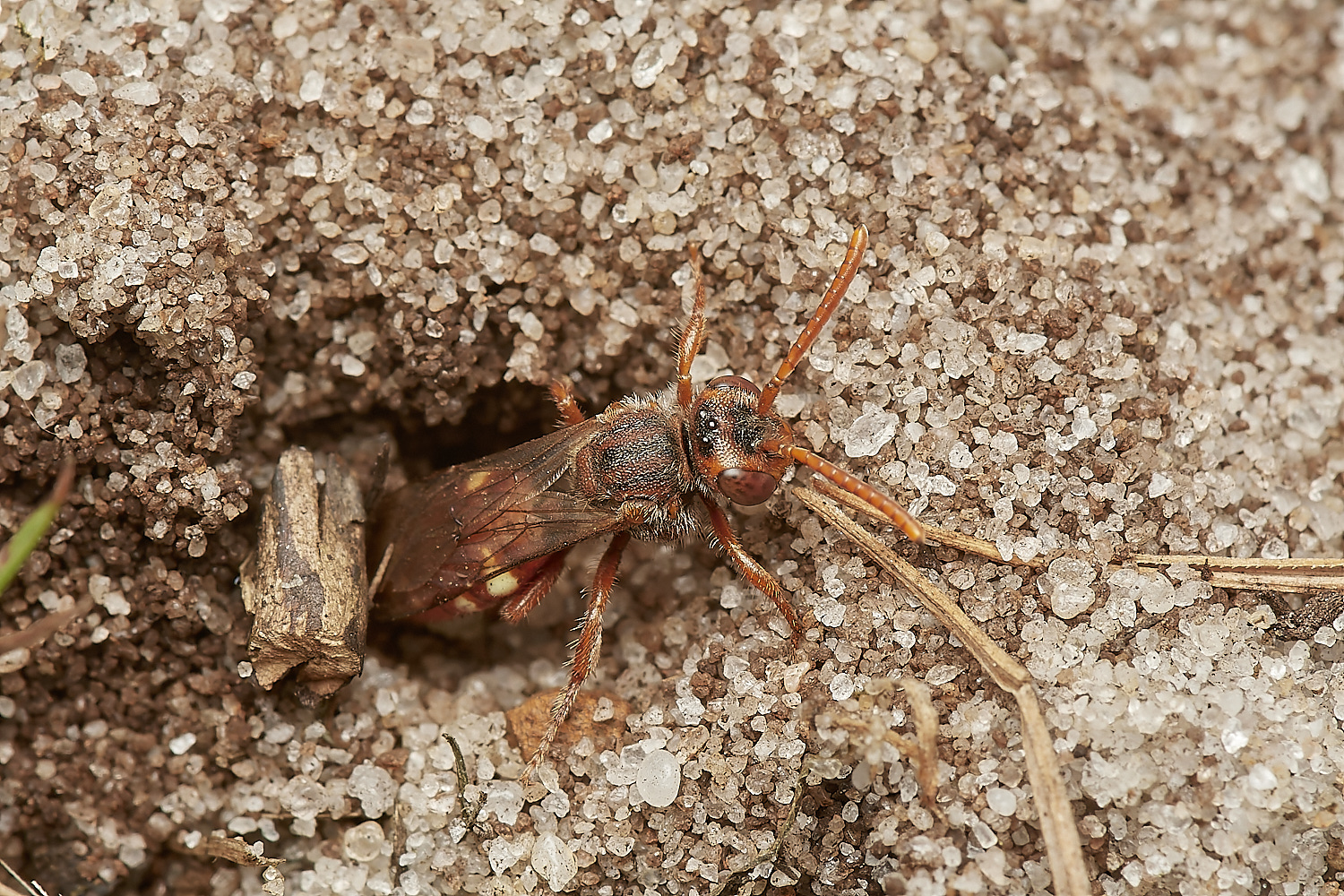
But she didn't fly off straightaway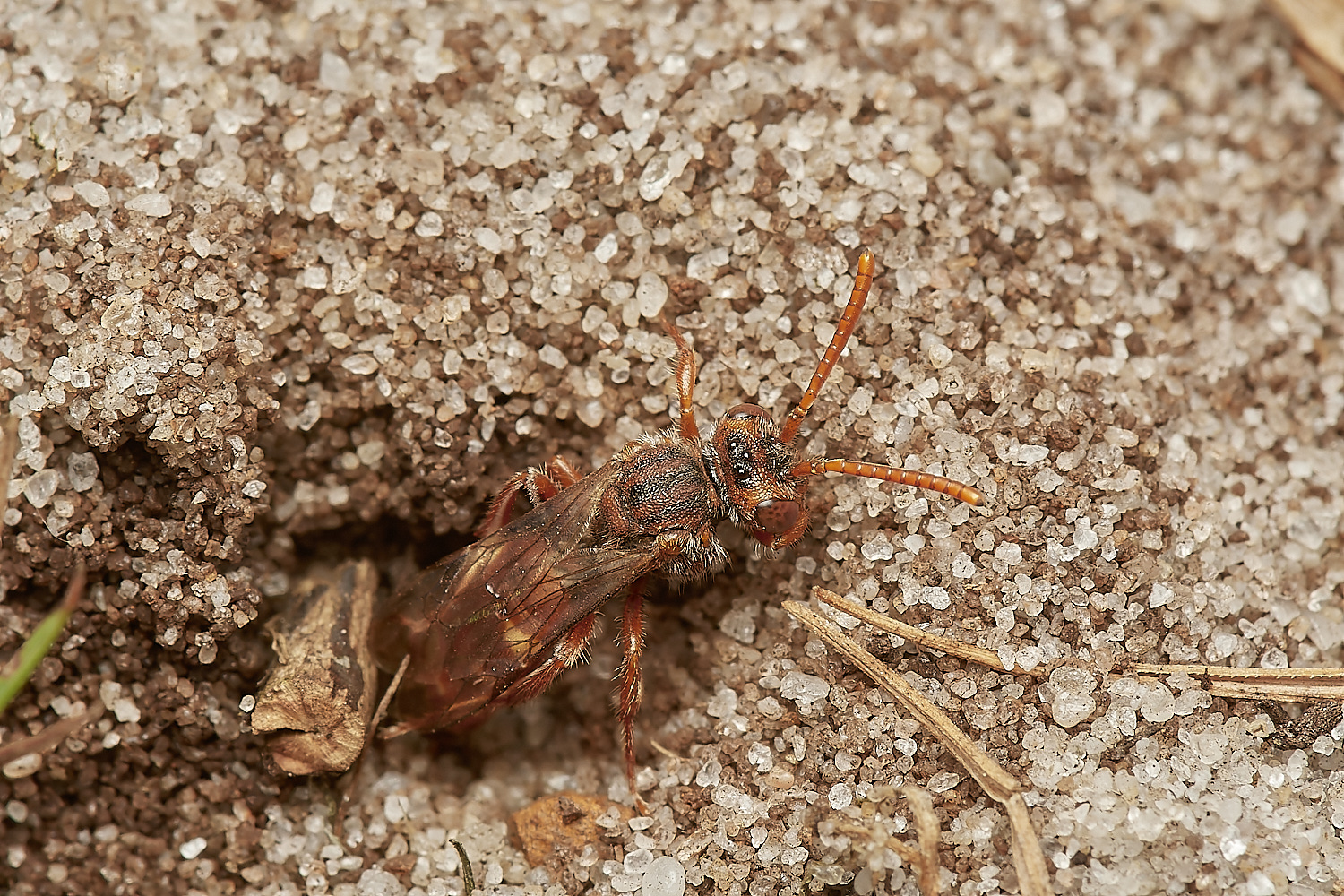
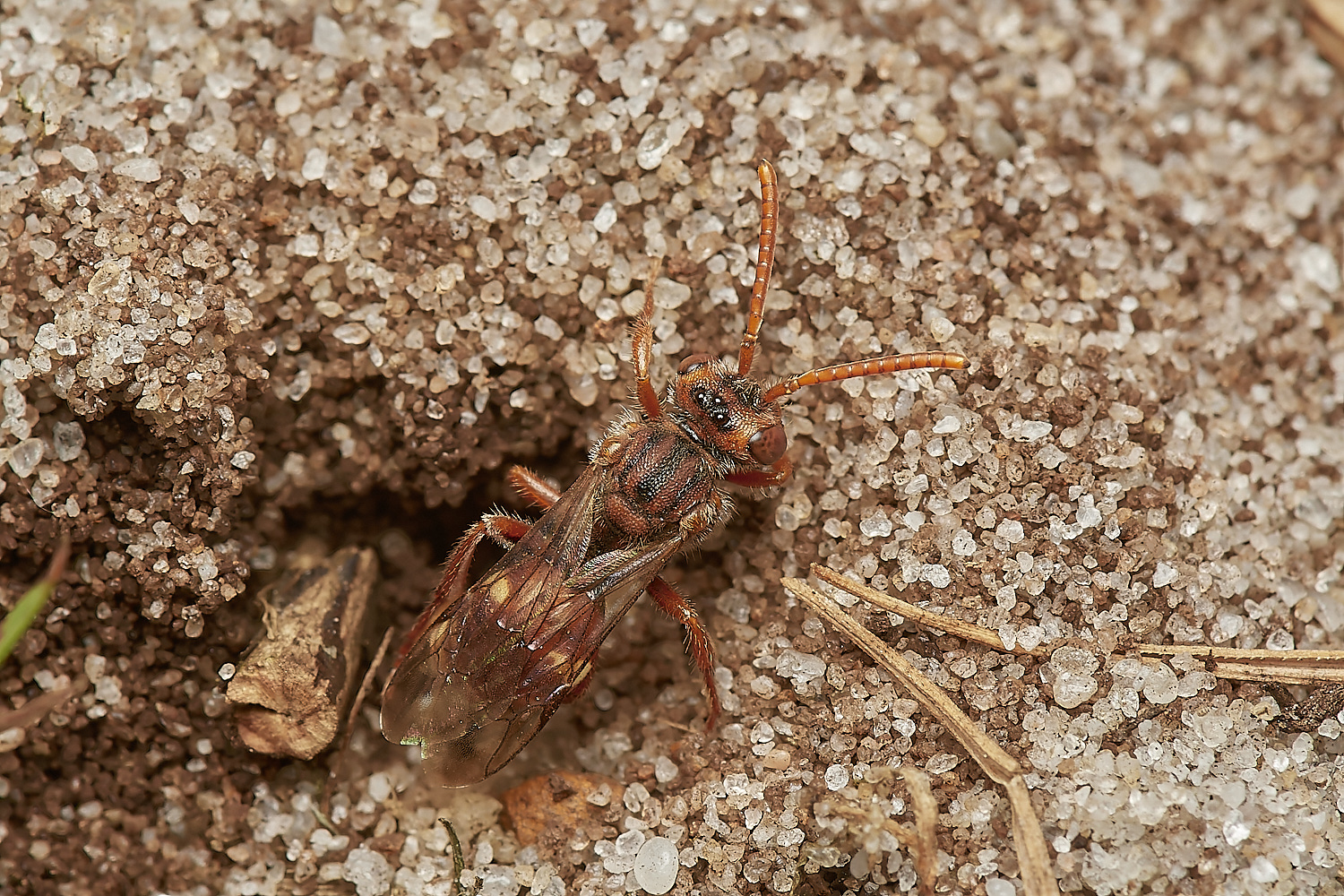
After a bit of reorientation presumably
She set to and thoroughly cleaned herself off.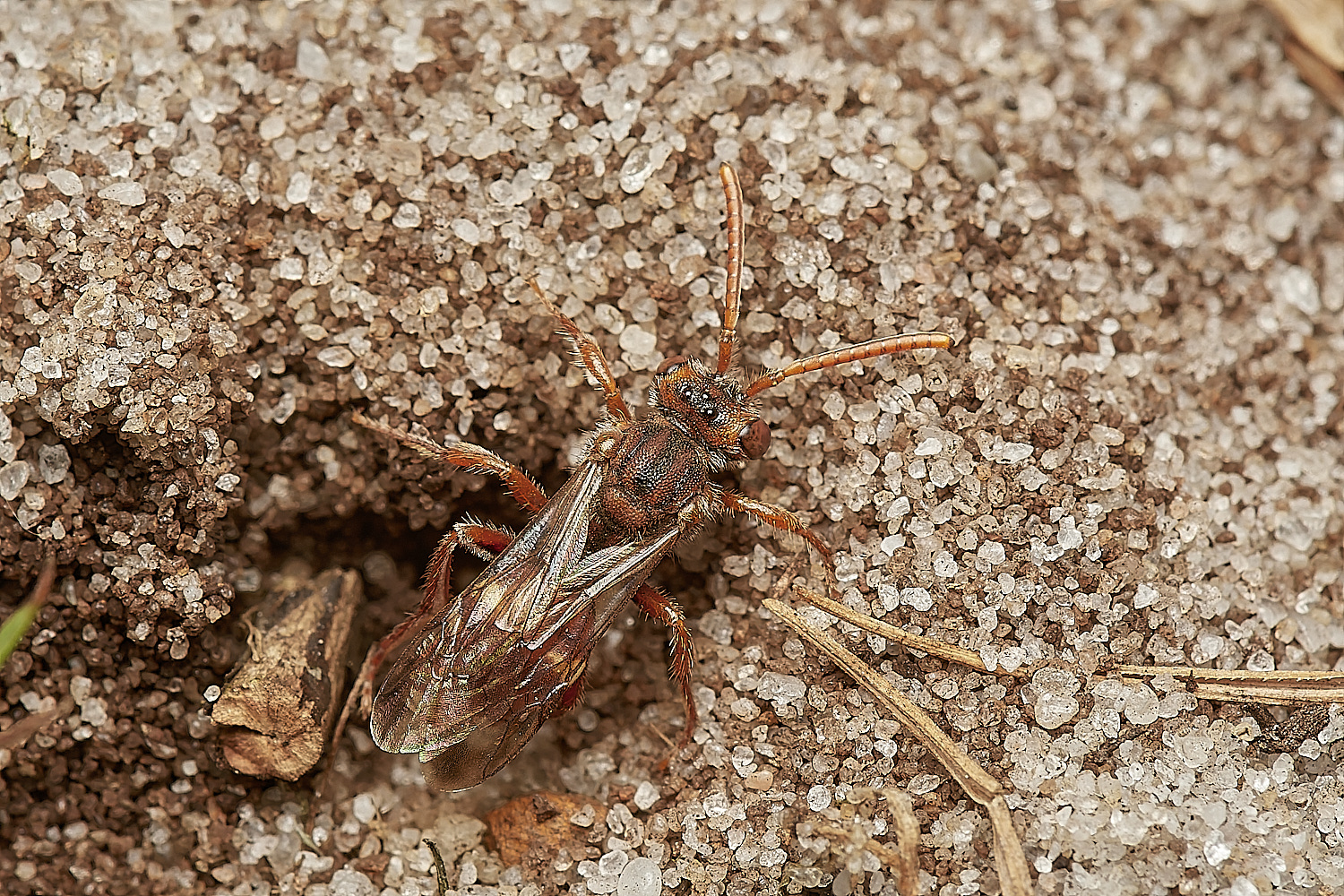
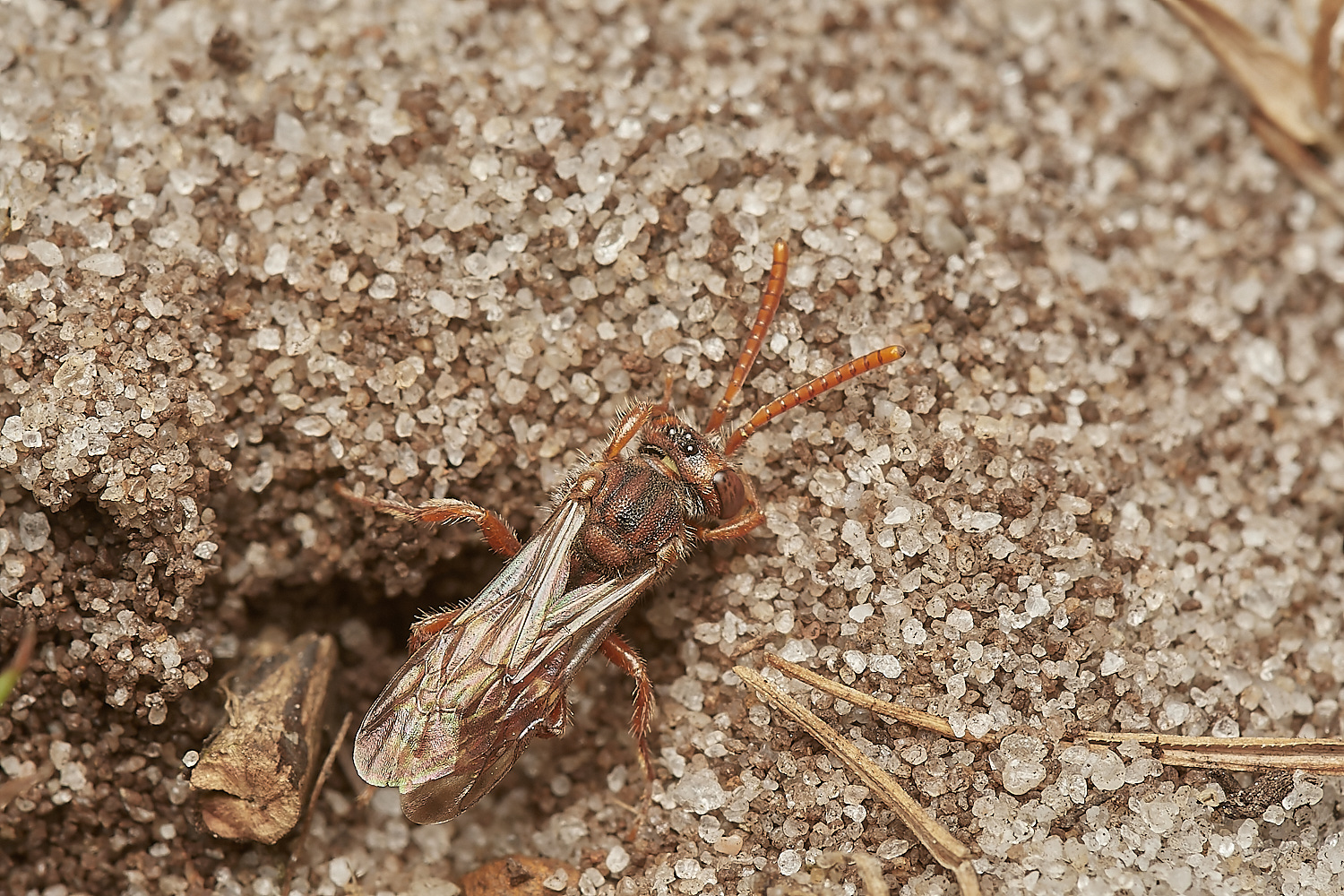
Eyes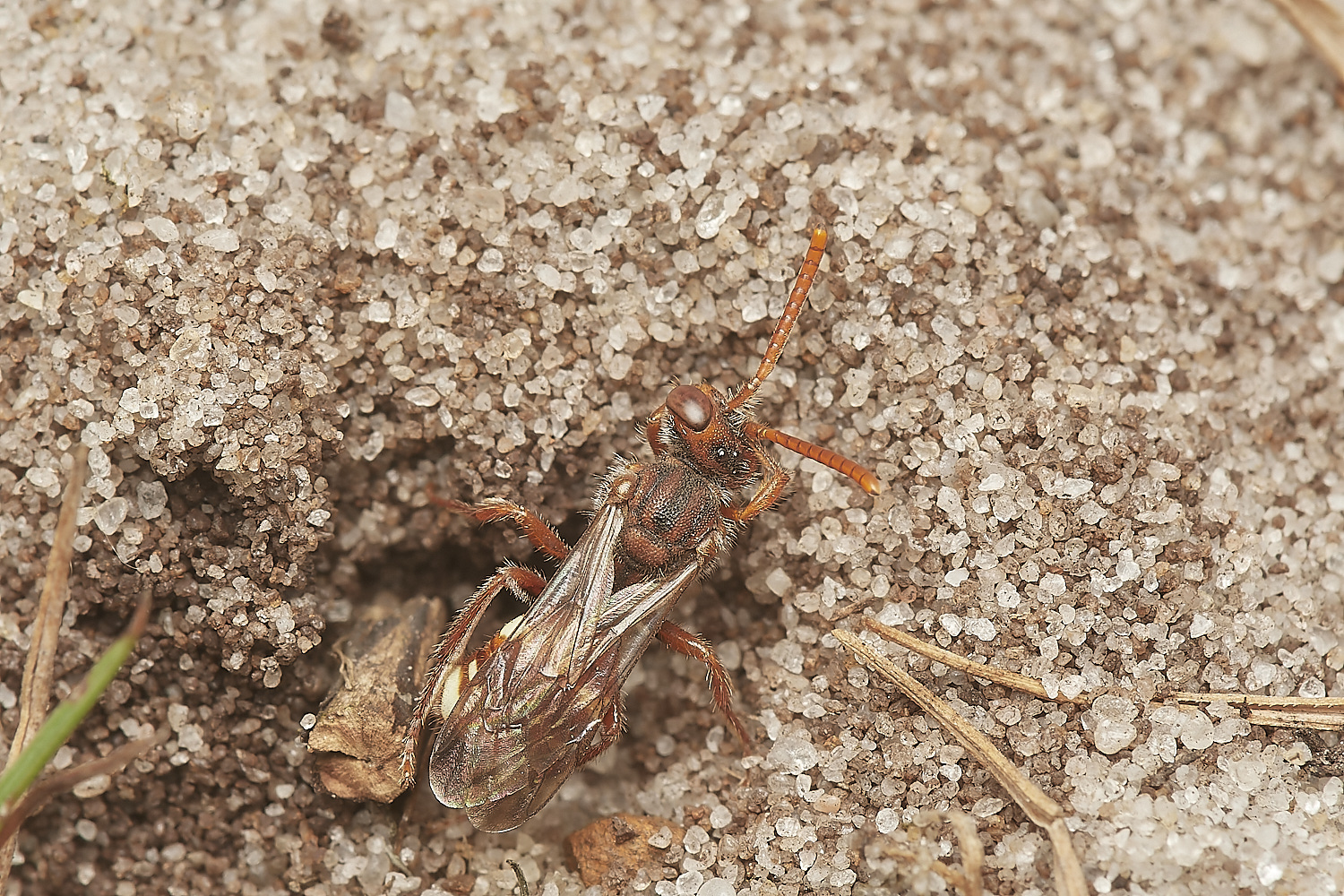
Antennae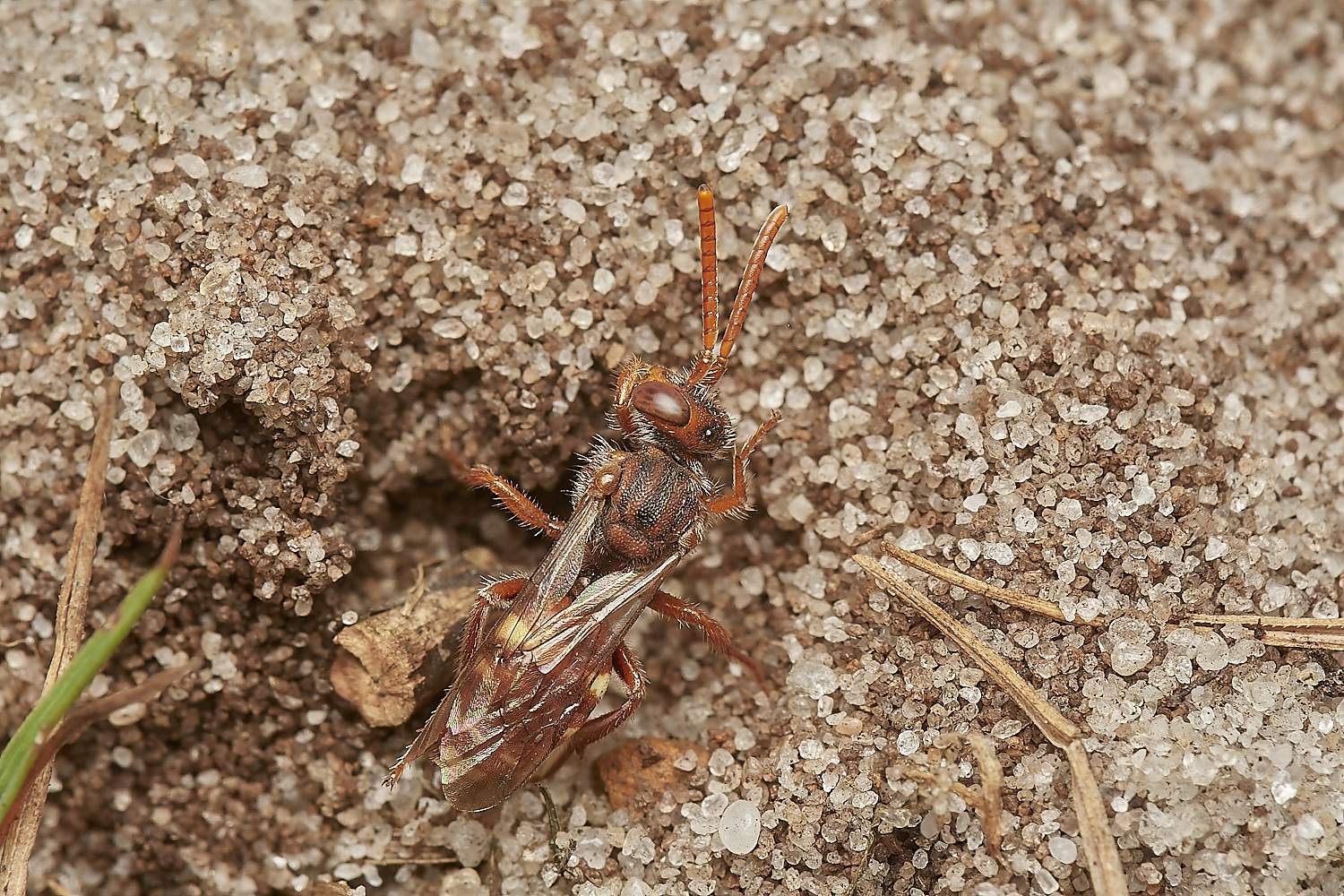
Mandible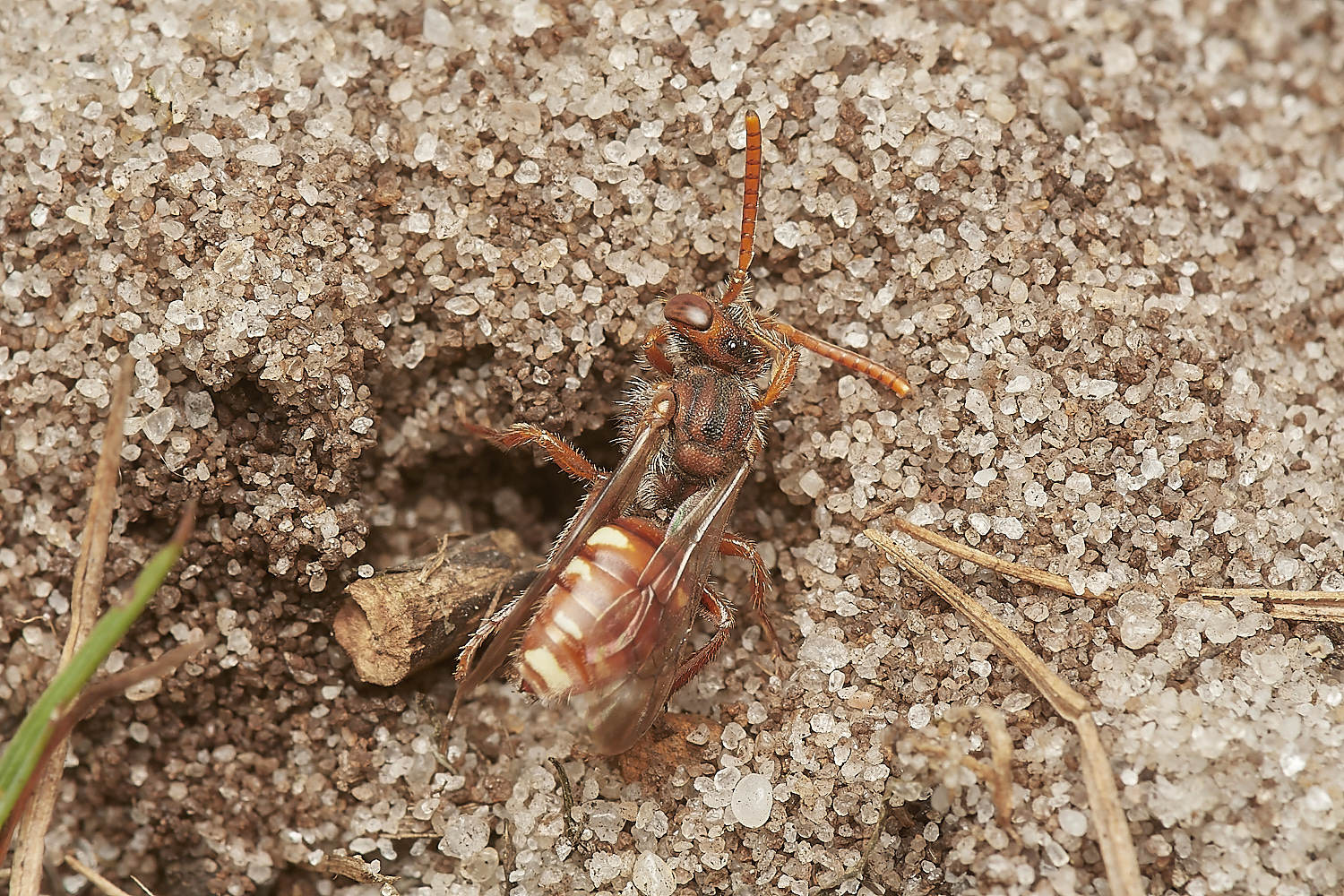
Antennae and top of the head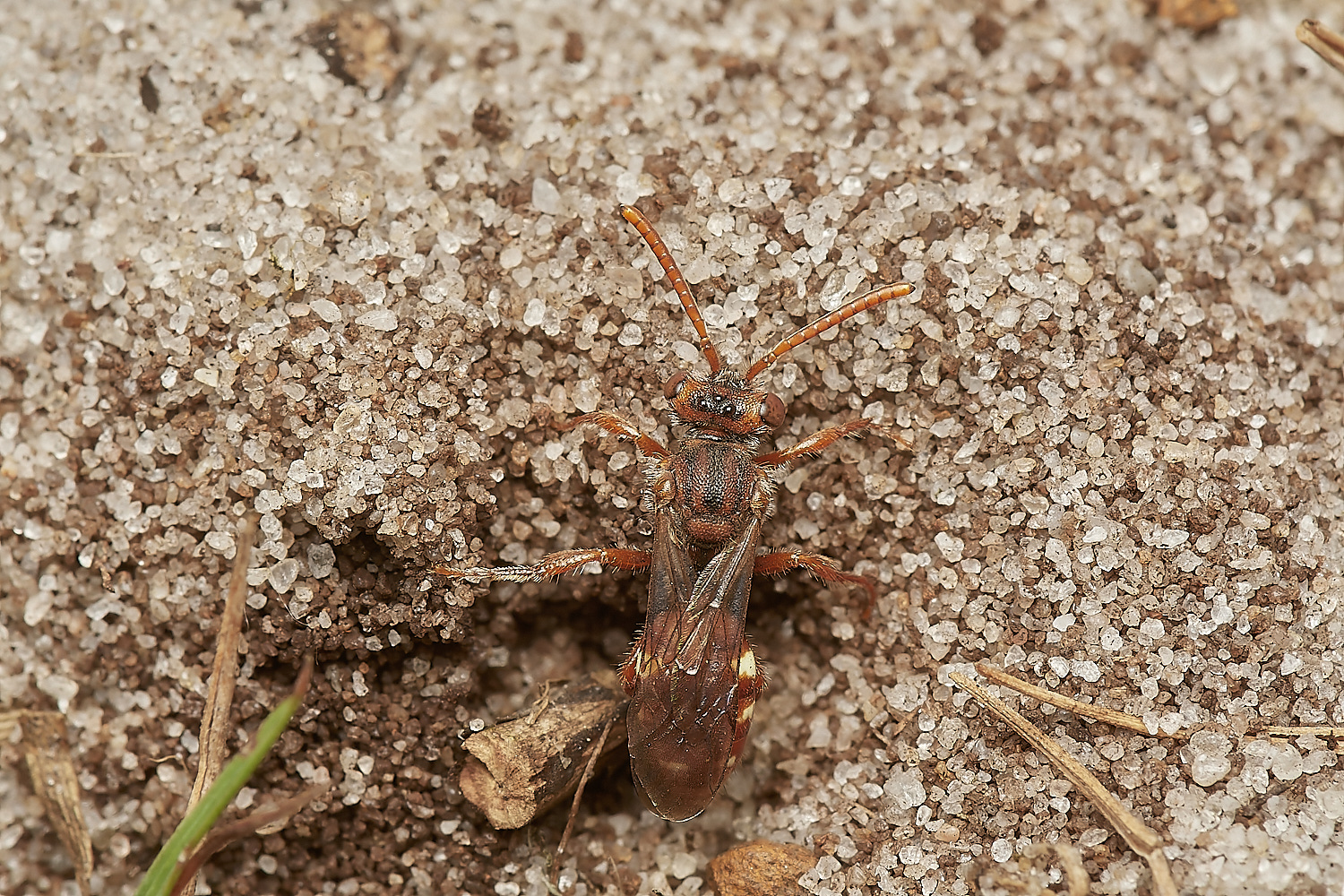
Almost done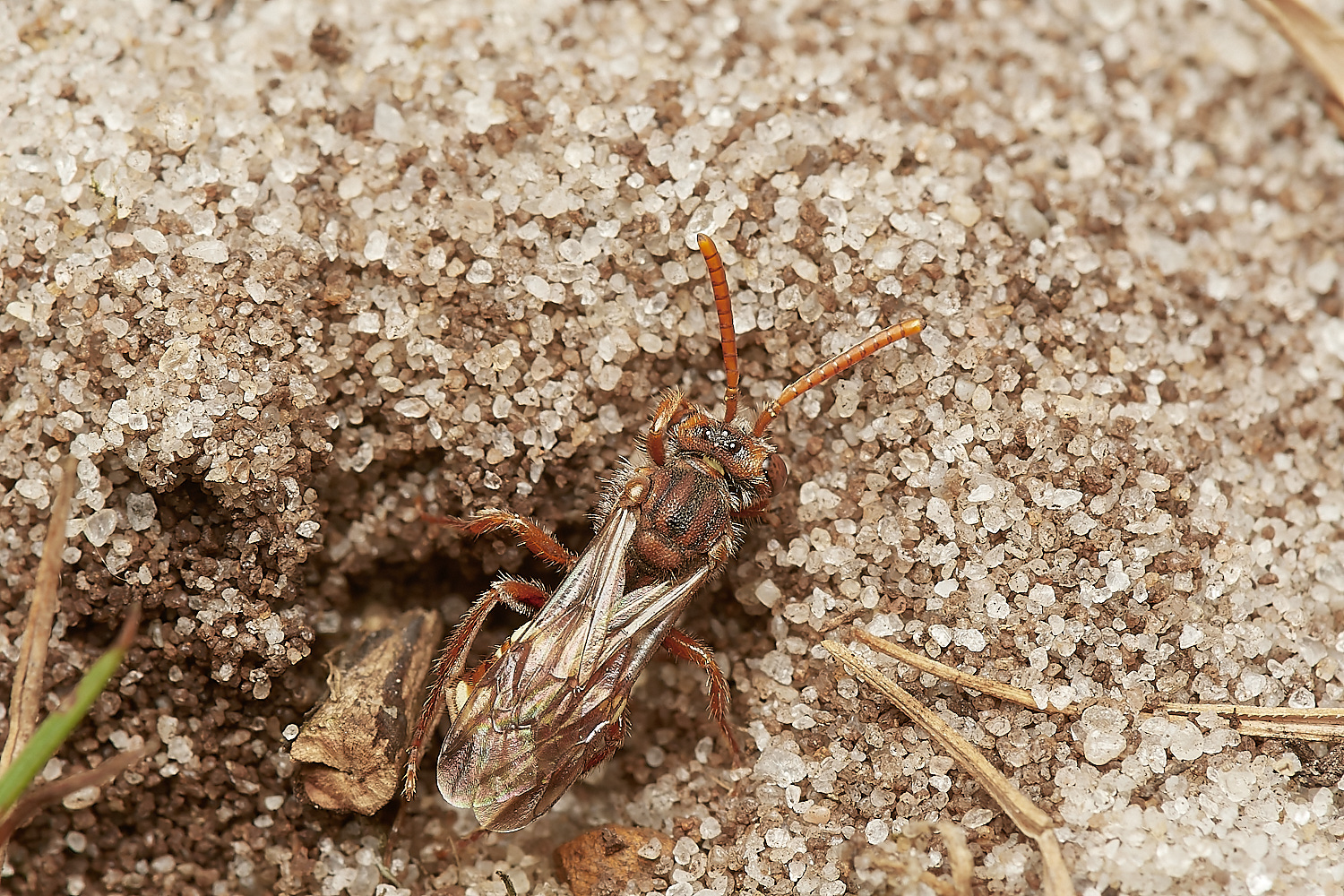
One final go at the left eye before flying off
I guess because they don't do all the excavating it's a bit more of a trial for them to go underground.
The host bees themselves are so much quicker at going in and out.
Small Bear-clawed Nomad Bee (Nomada baccata)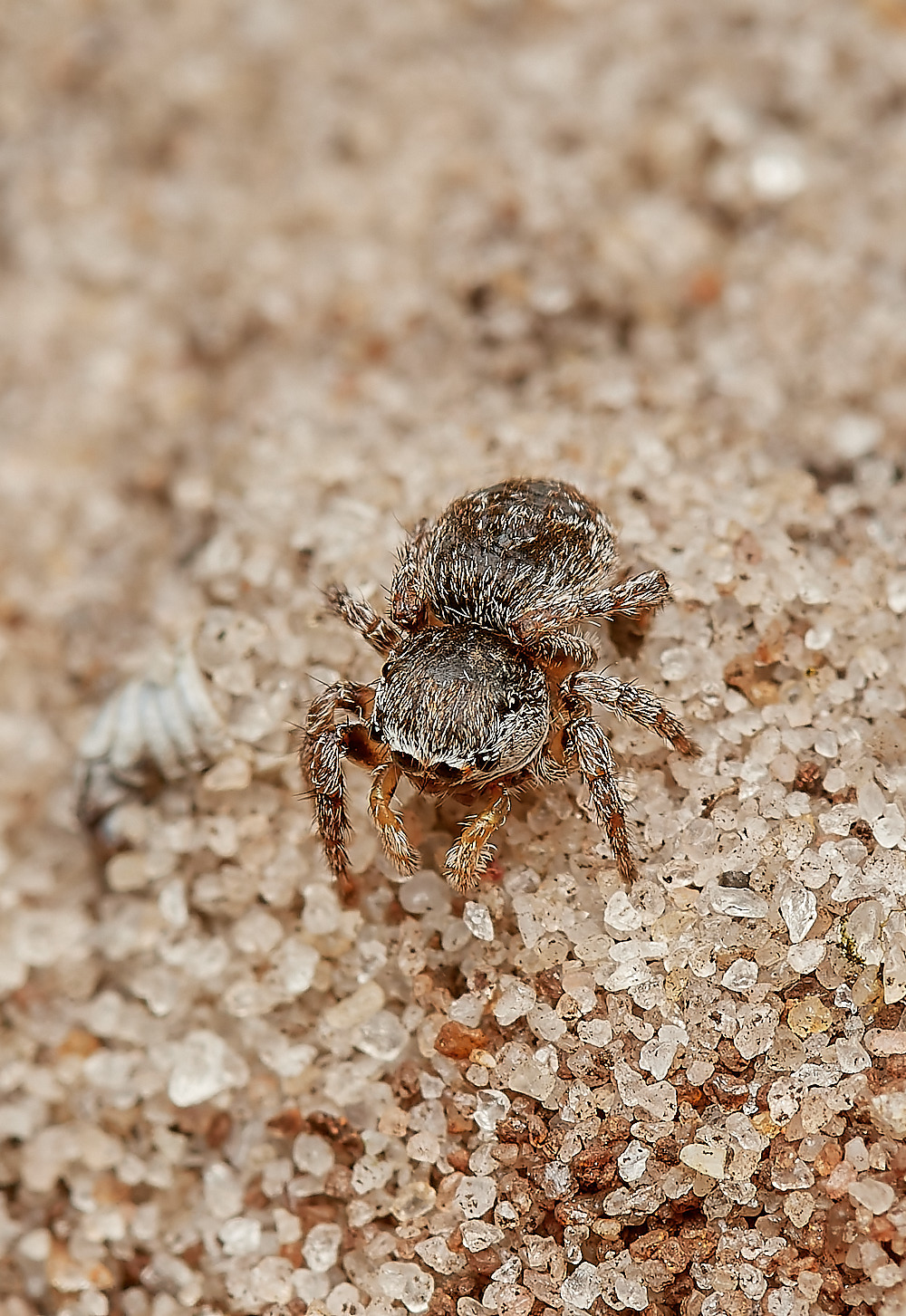
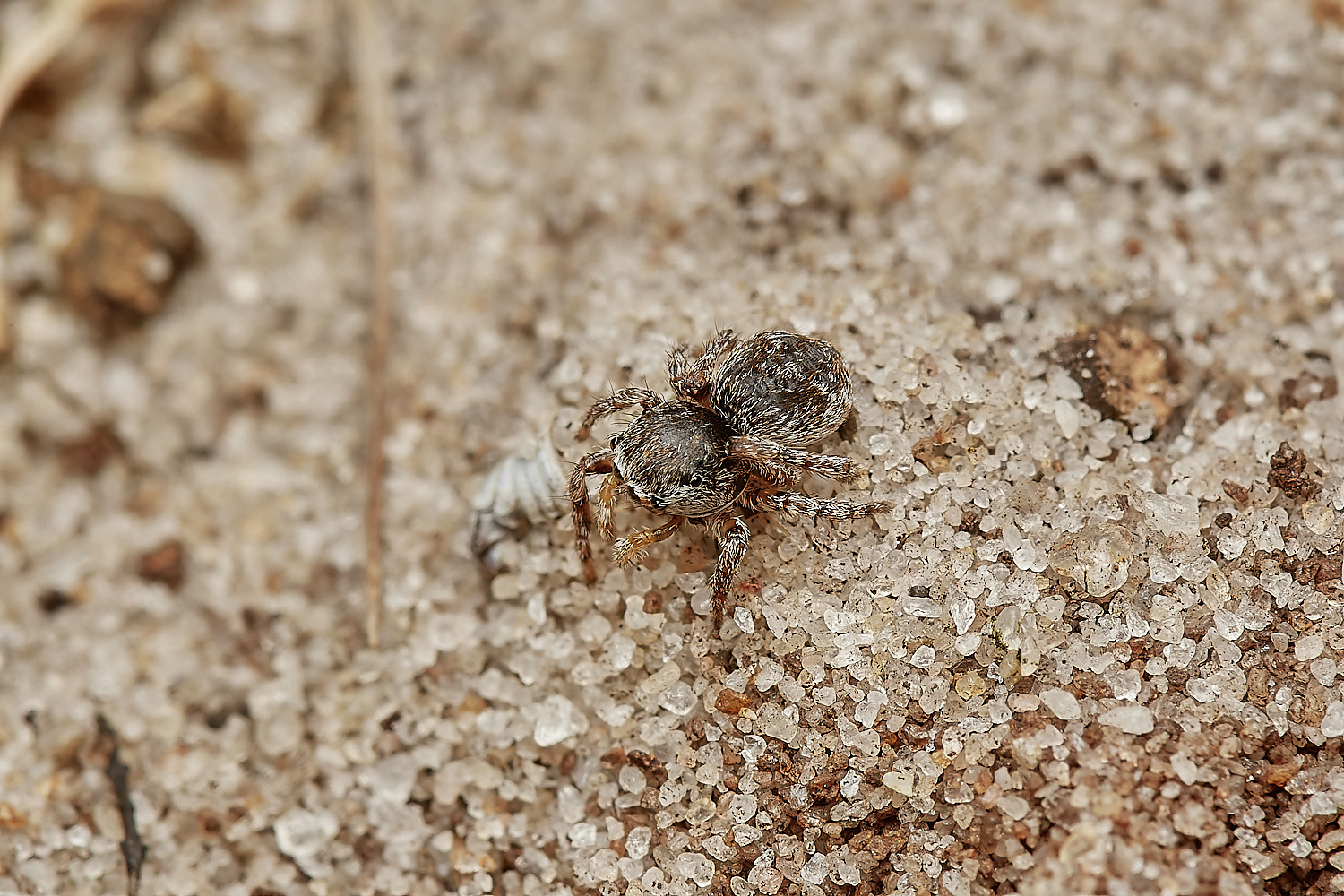
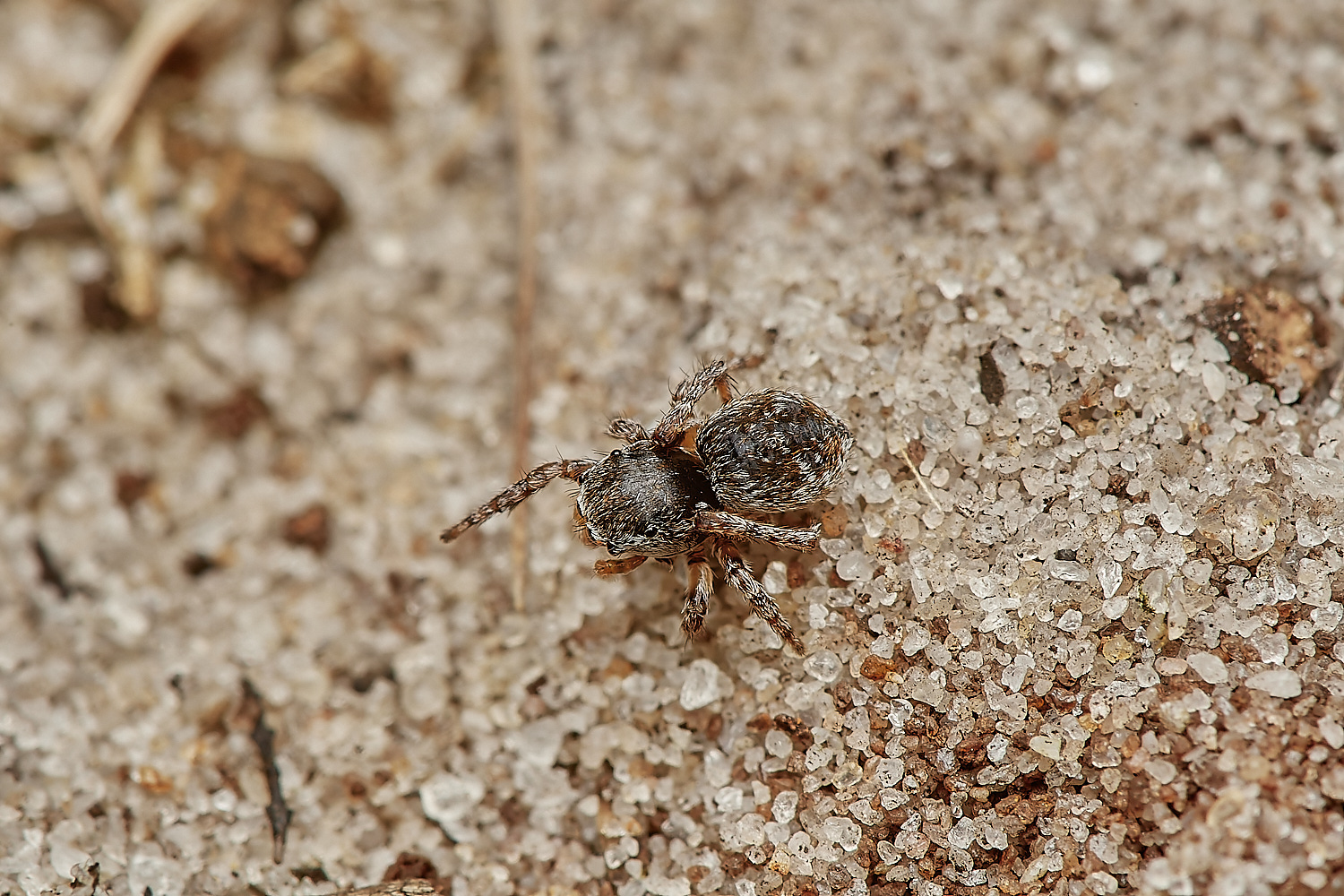
A rather nice jumping spider caught my eye today but not long enough to meet eye to eye.
Aellurilus v-insignitus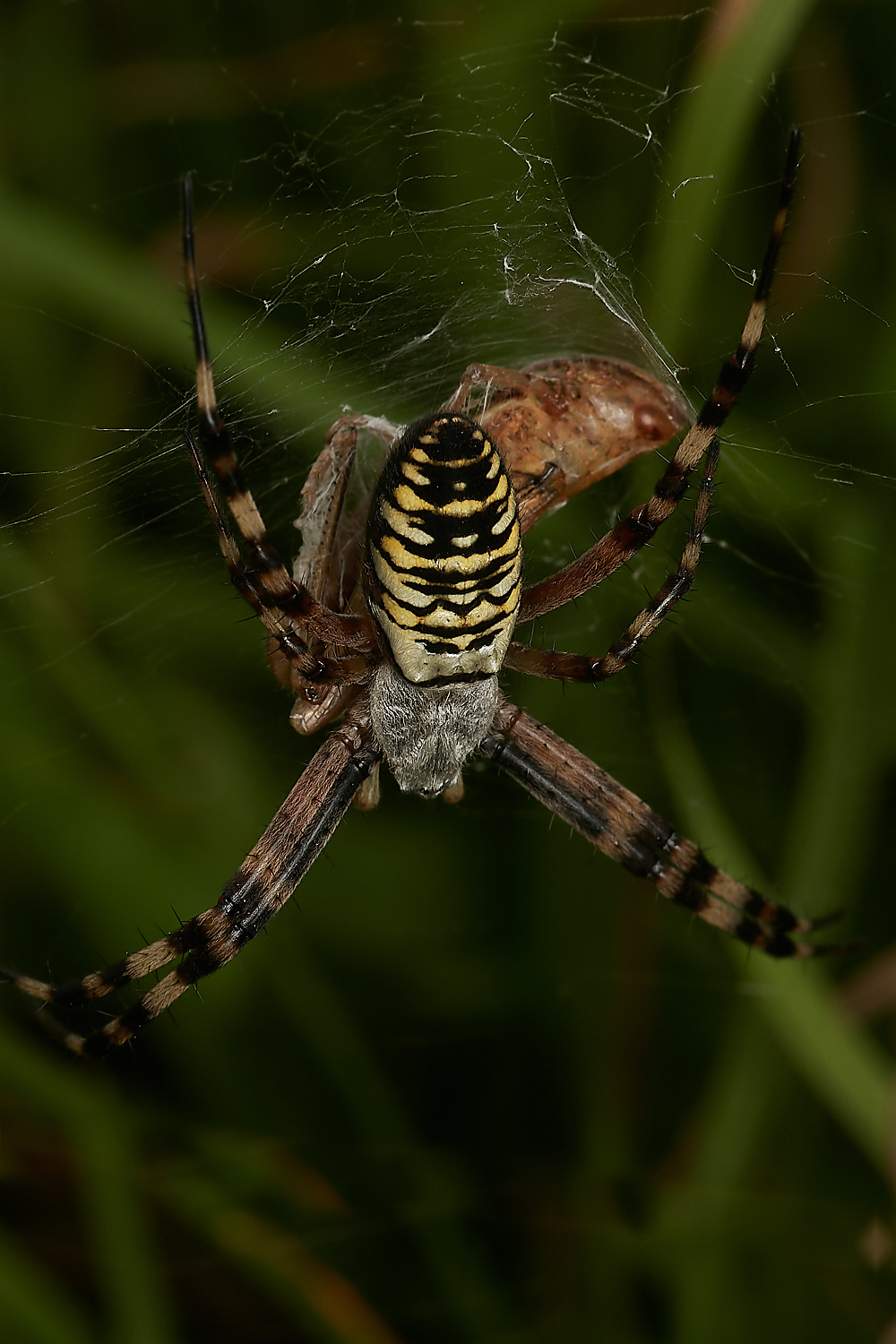
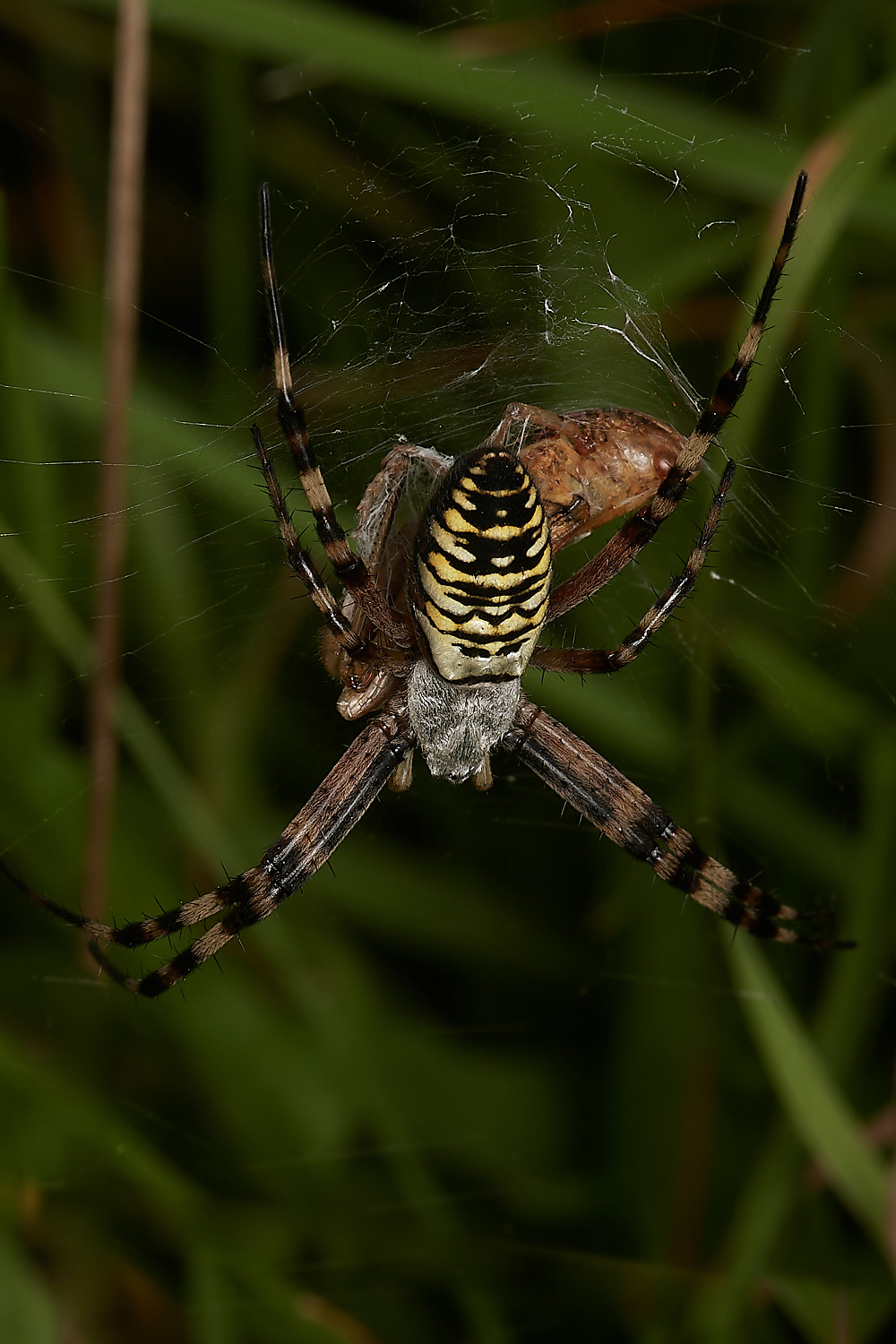
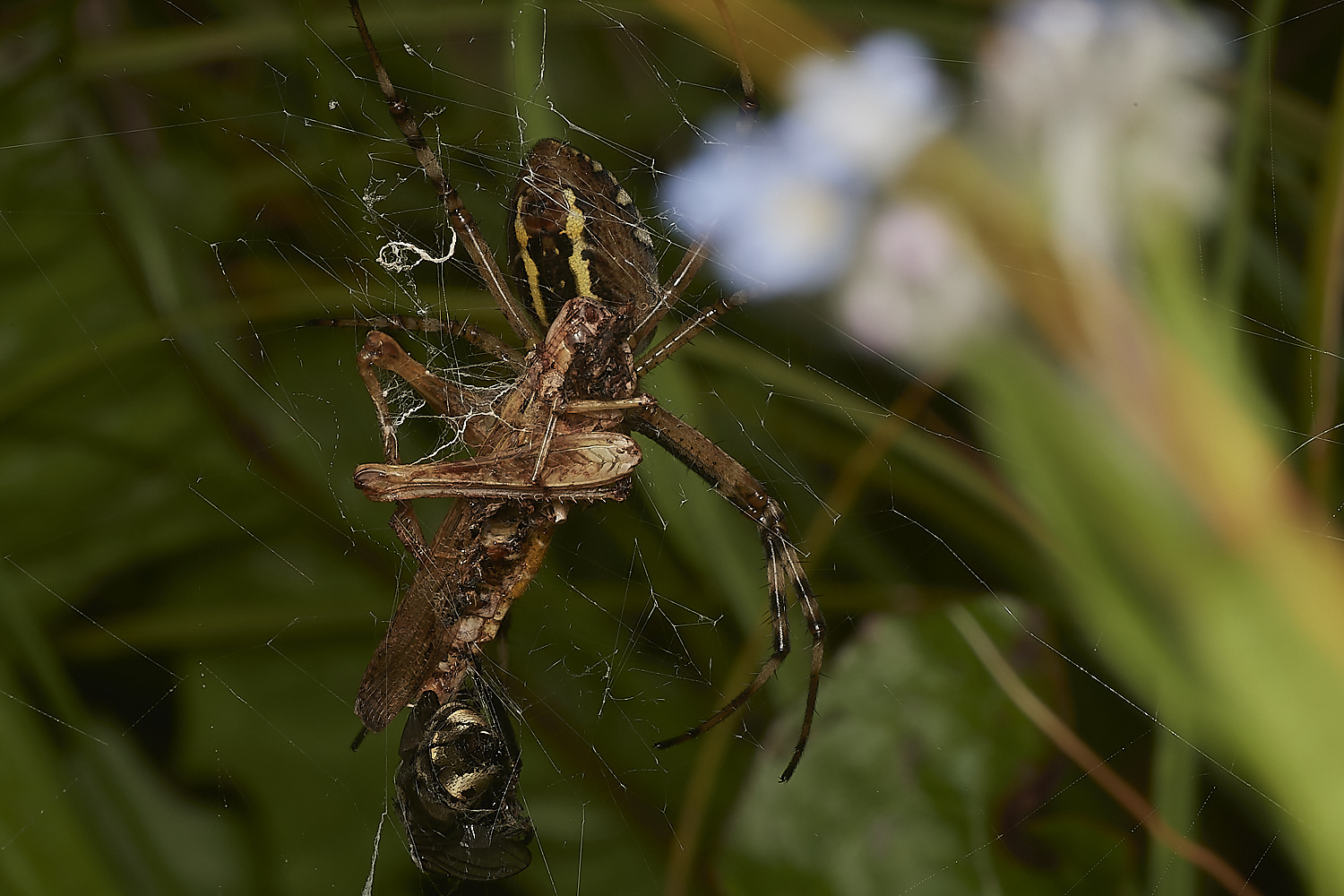
Wasp Spider (Argiope bruennichi)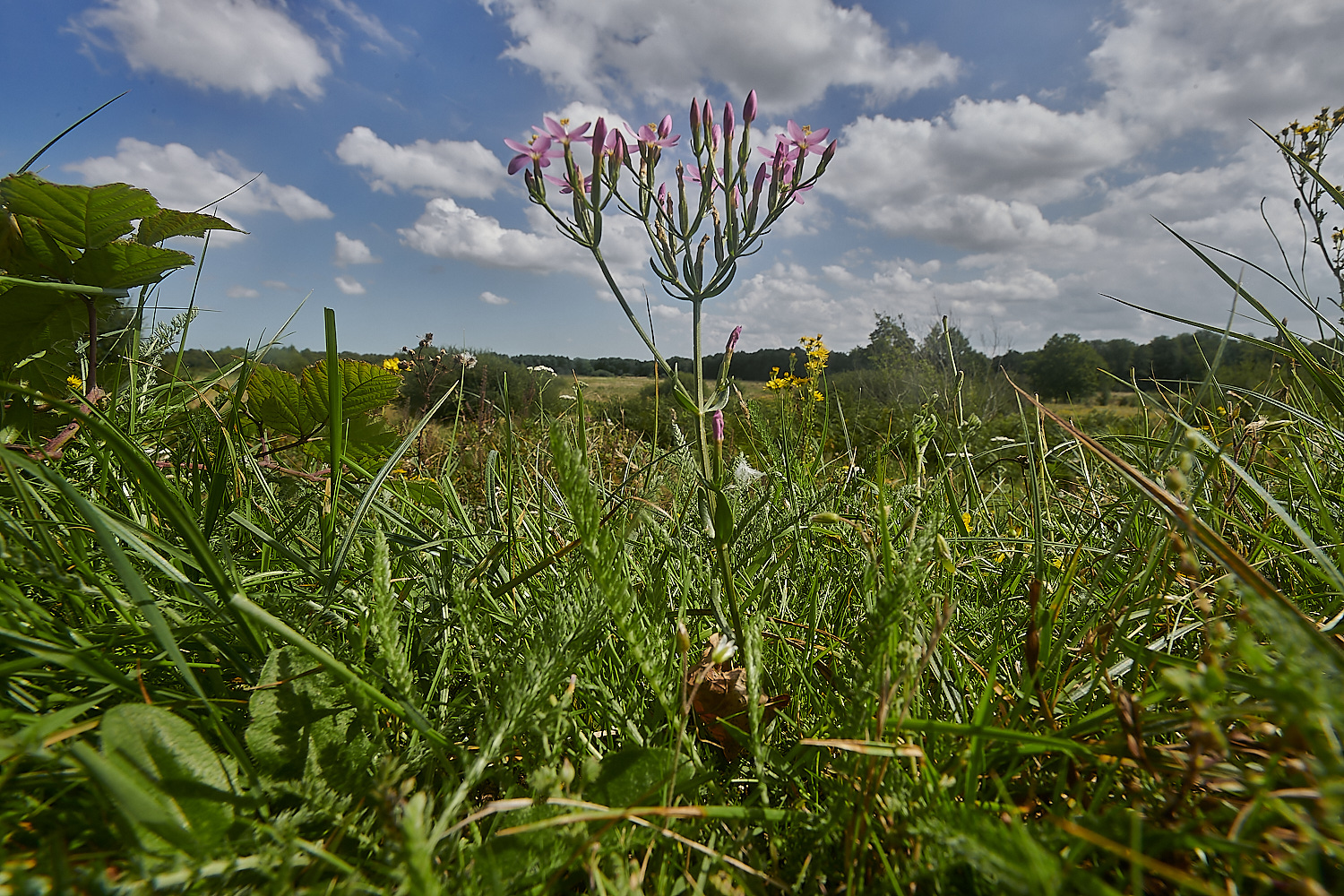
Common Centaury (Centaurium erythraea)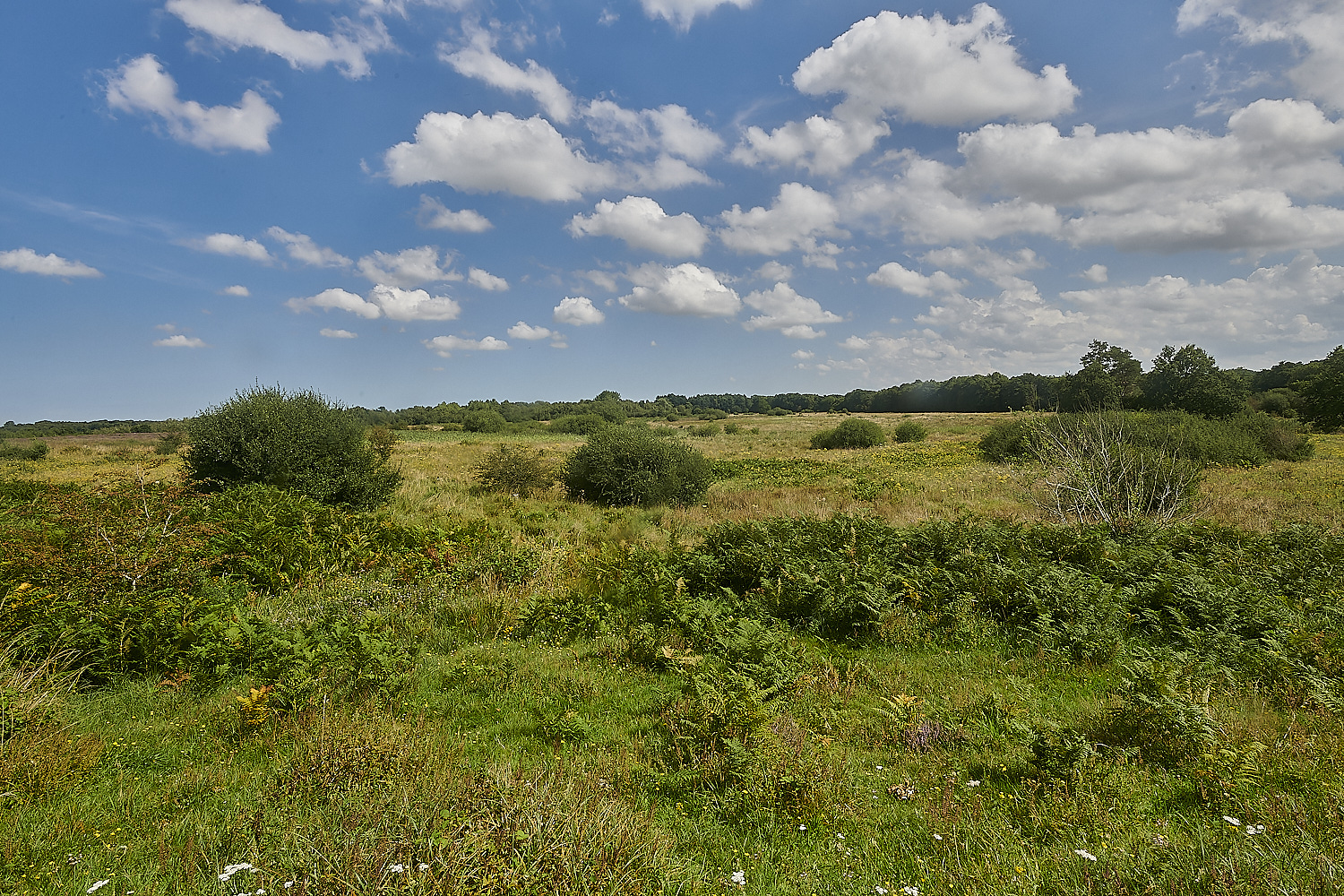
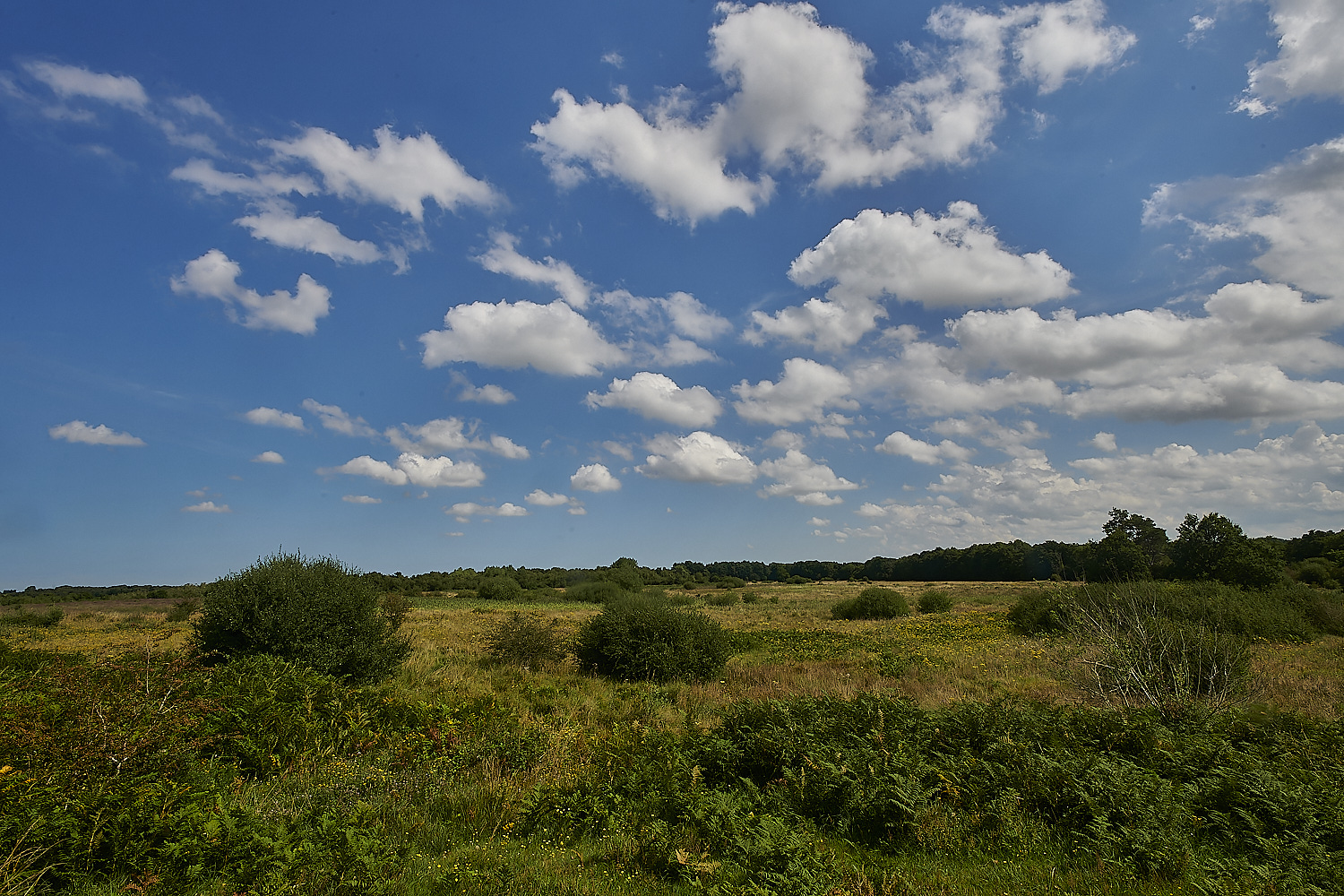

Meadow Grasshopper (Chorthippus parallus)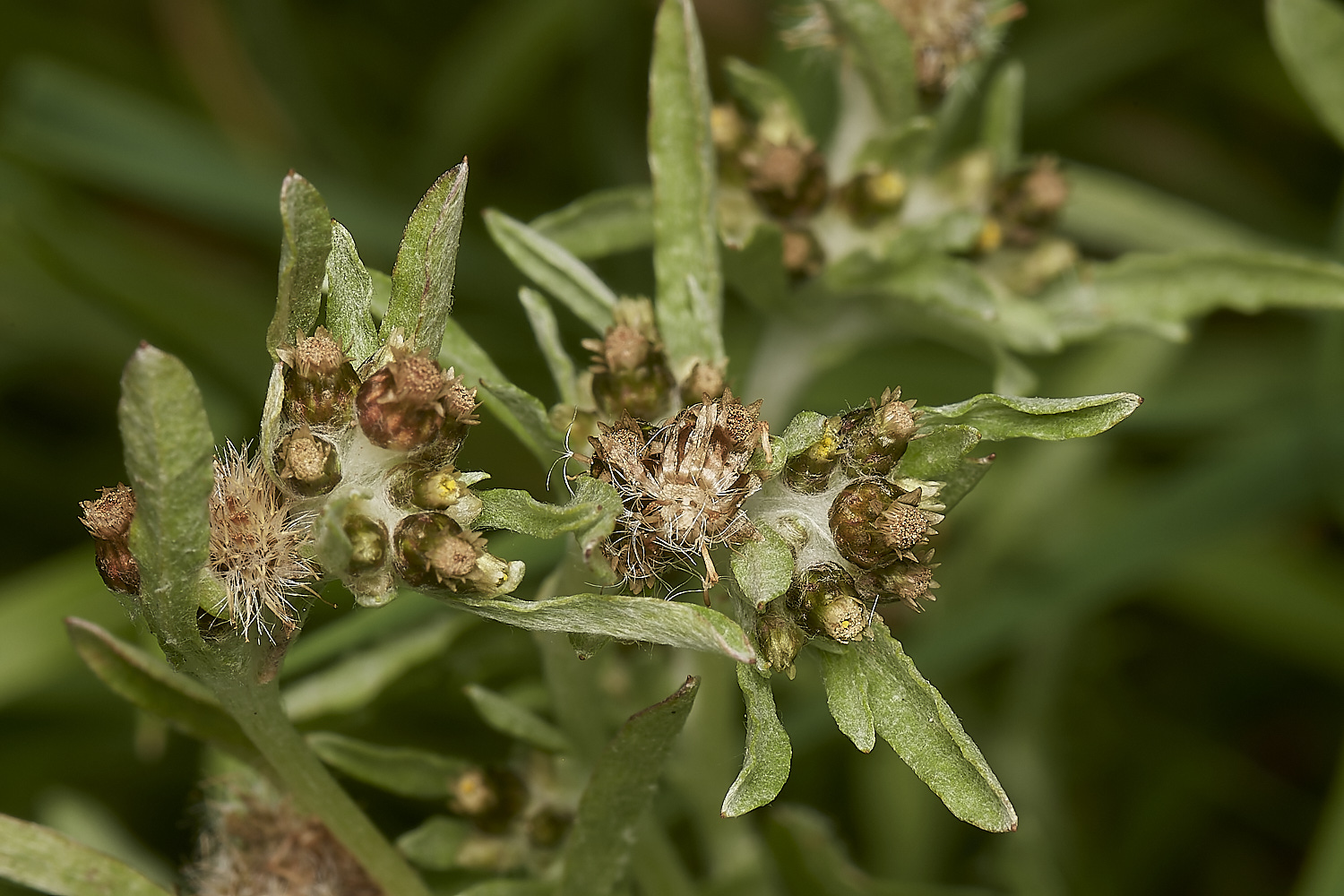
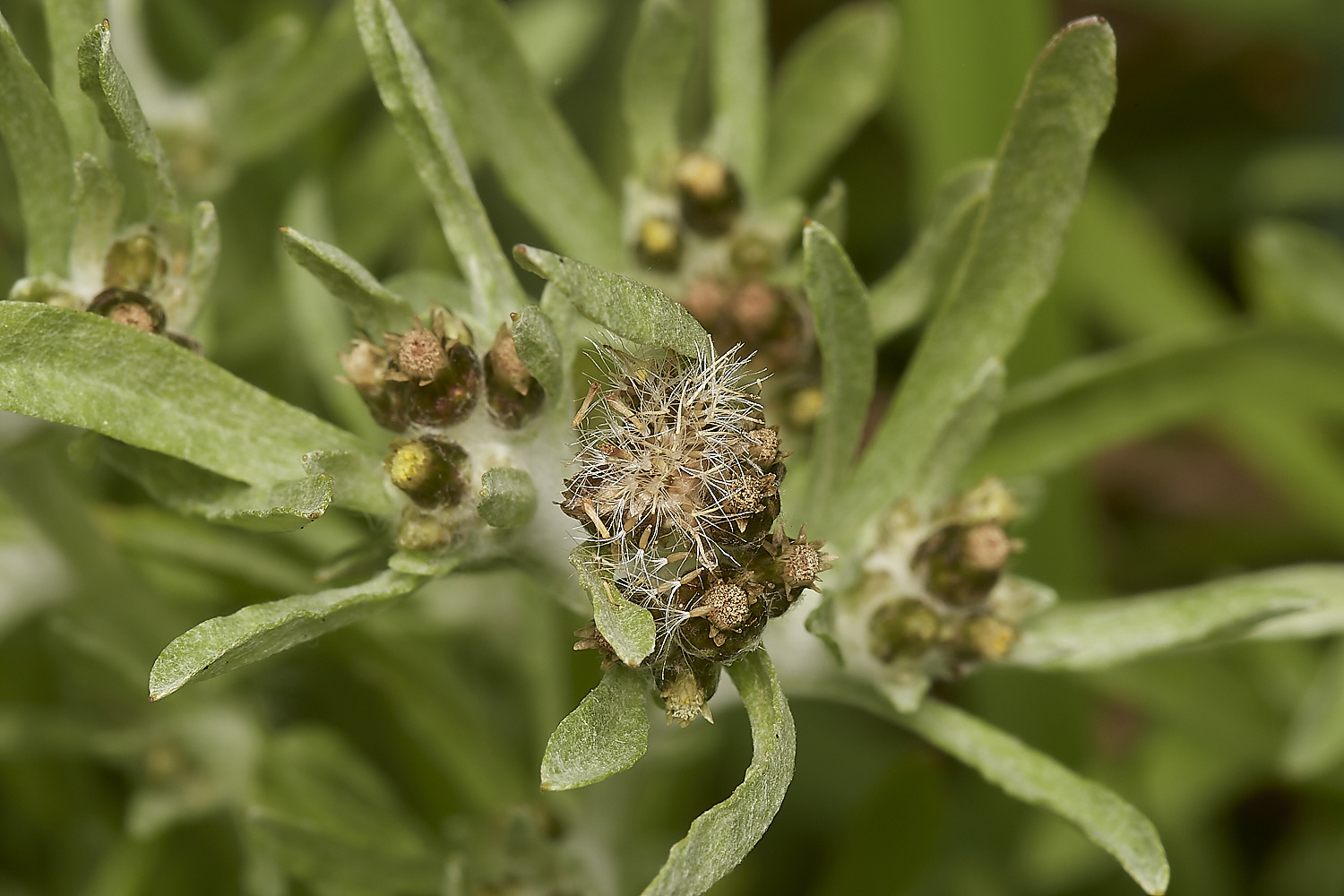
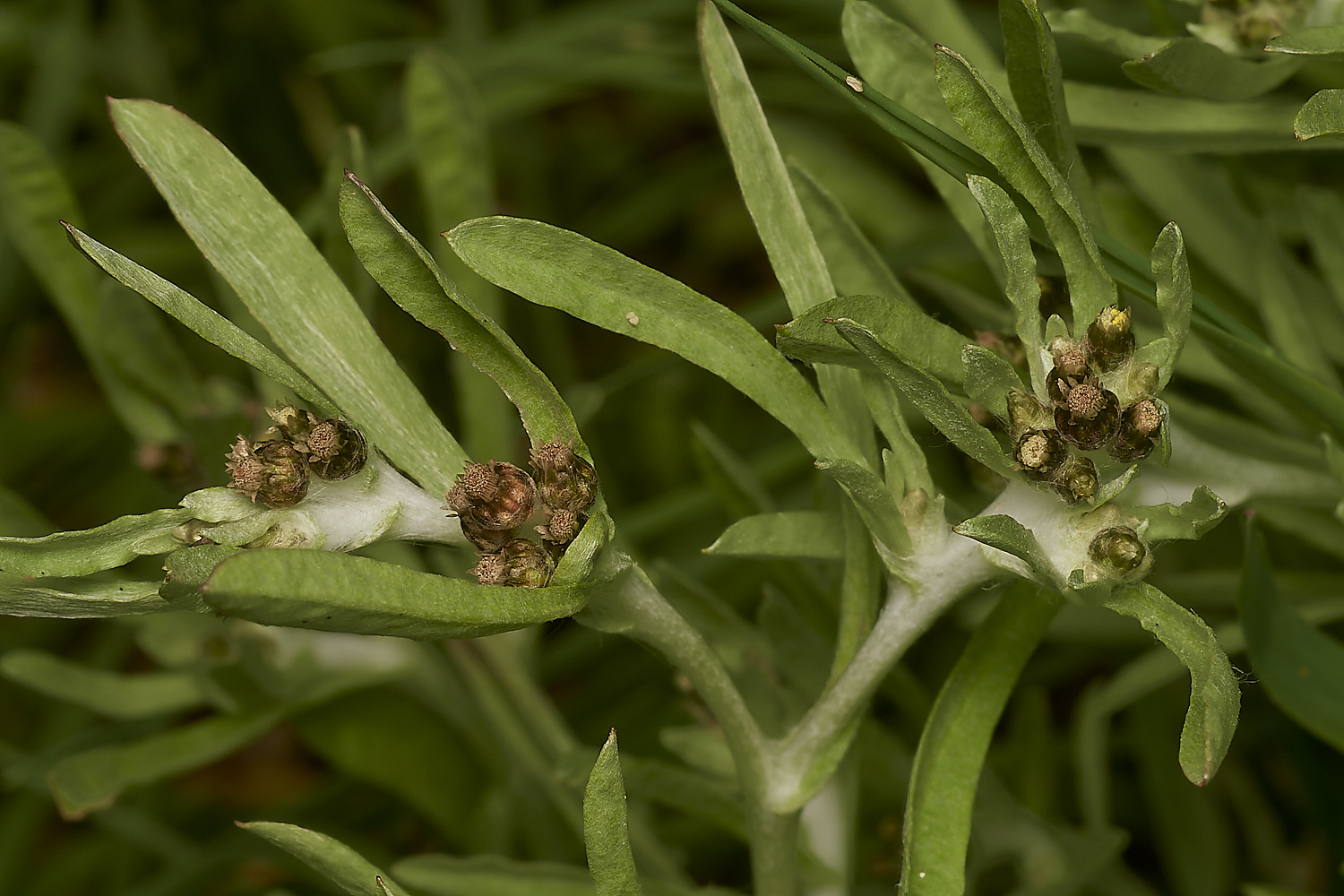
Marsh Cudweed (Gnaphalium uliginosum)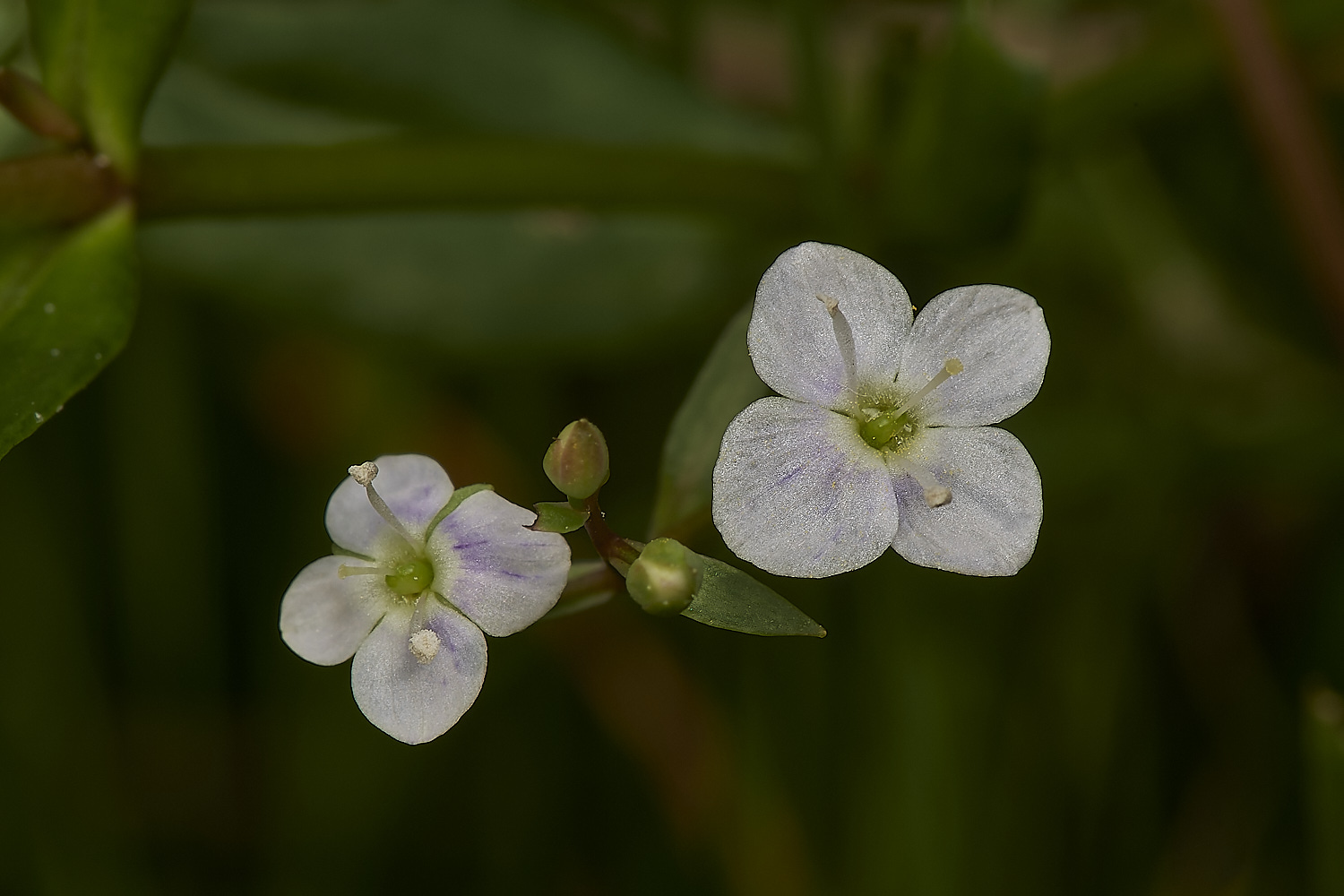
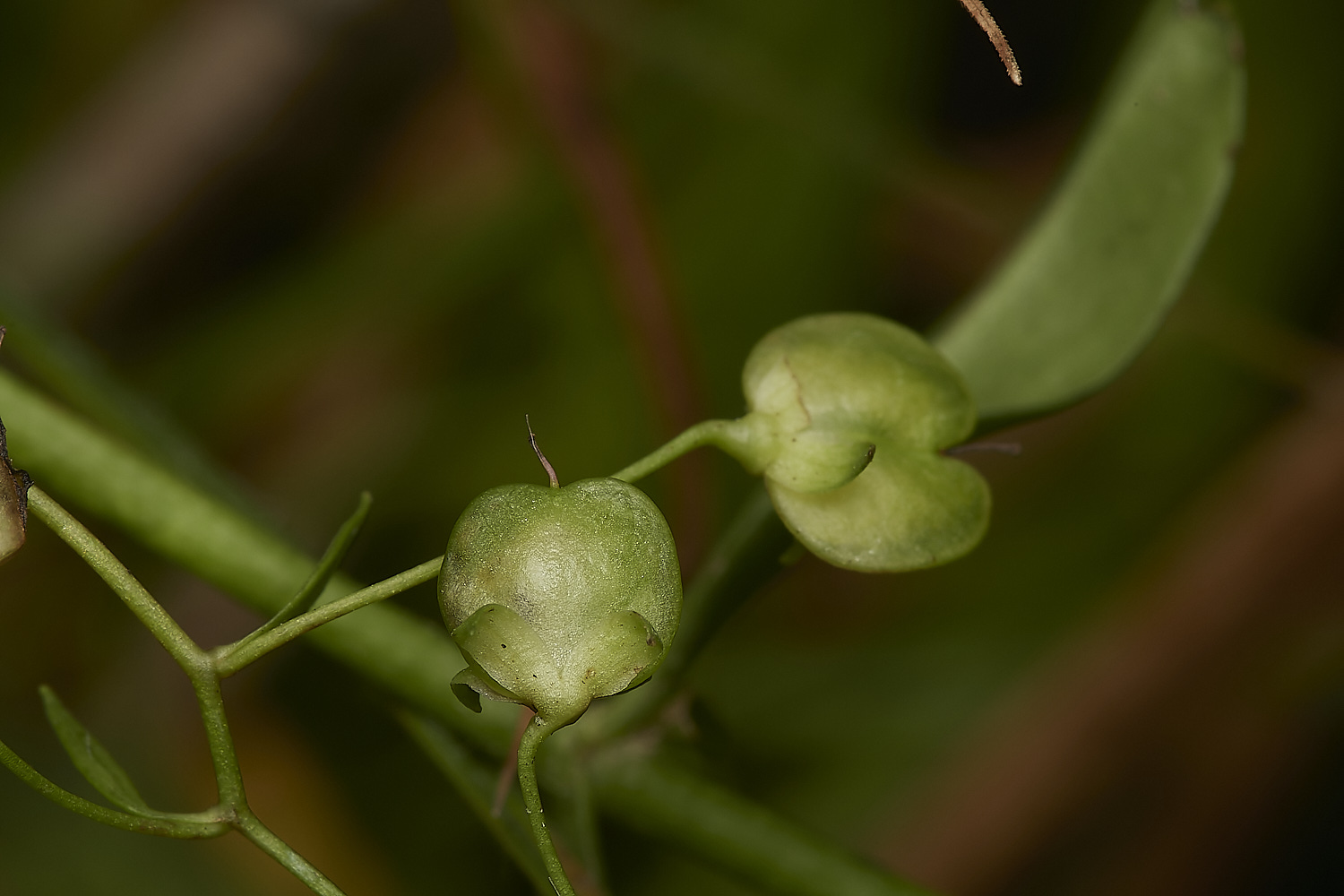
Kidney shaped capsules
Marsh Speedwell (Veronica scutellata)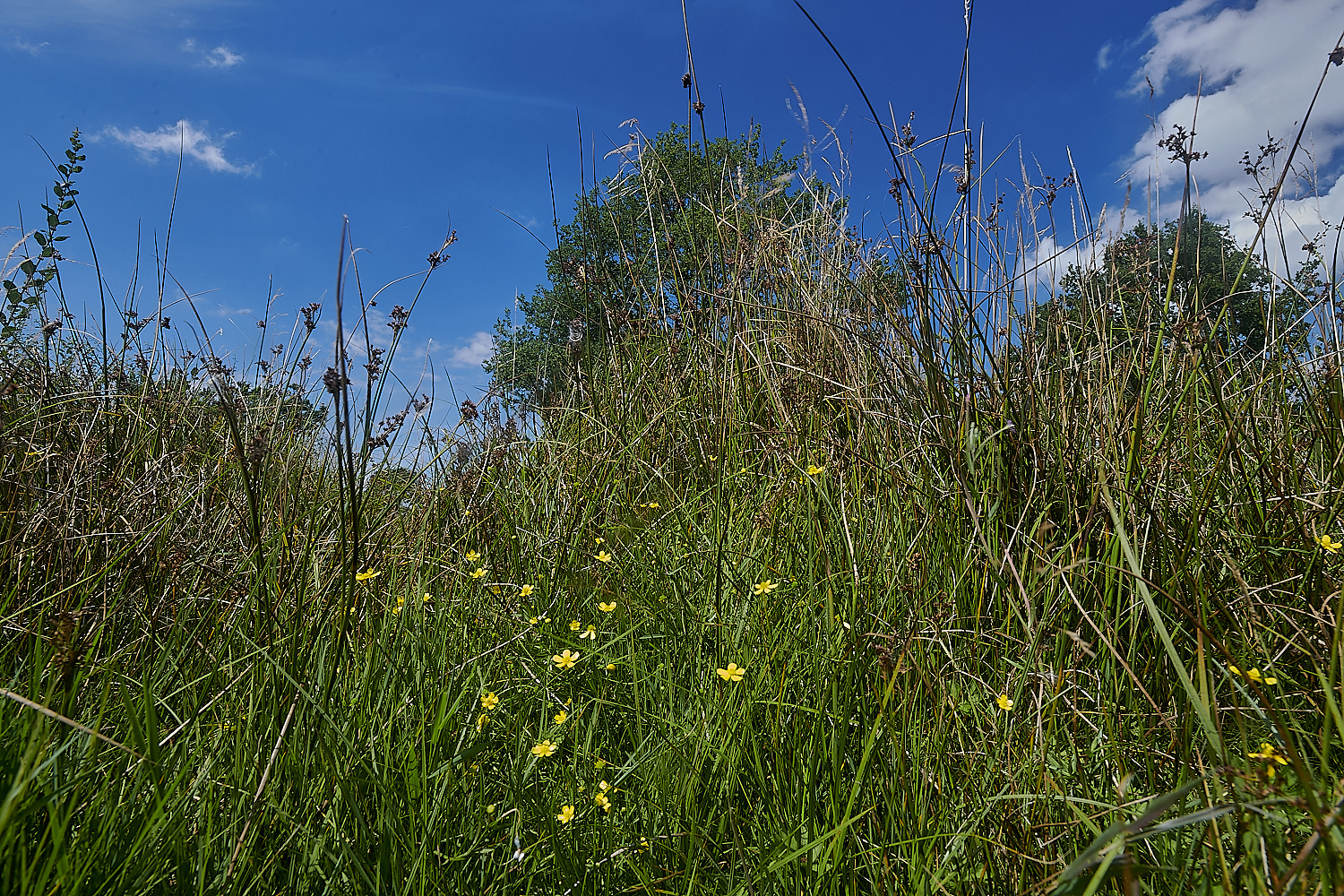
Lesser Spearwort (Ranunculus flammula)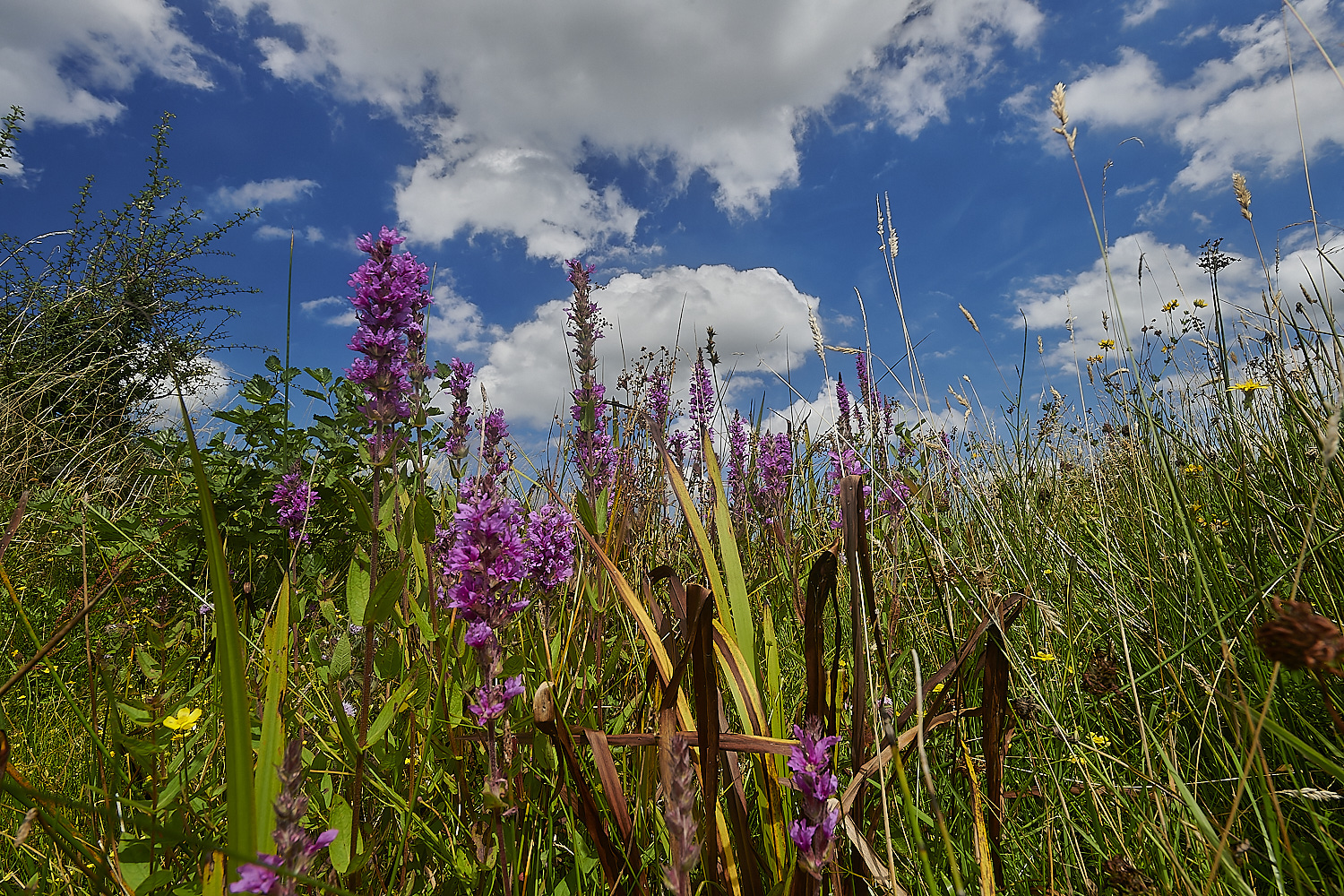
Purple Loosestrife (Lathyrum salicaria)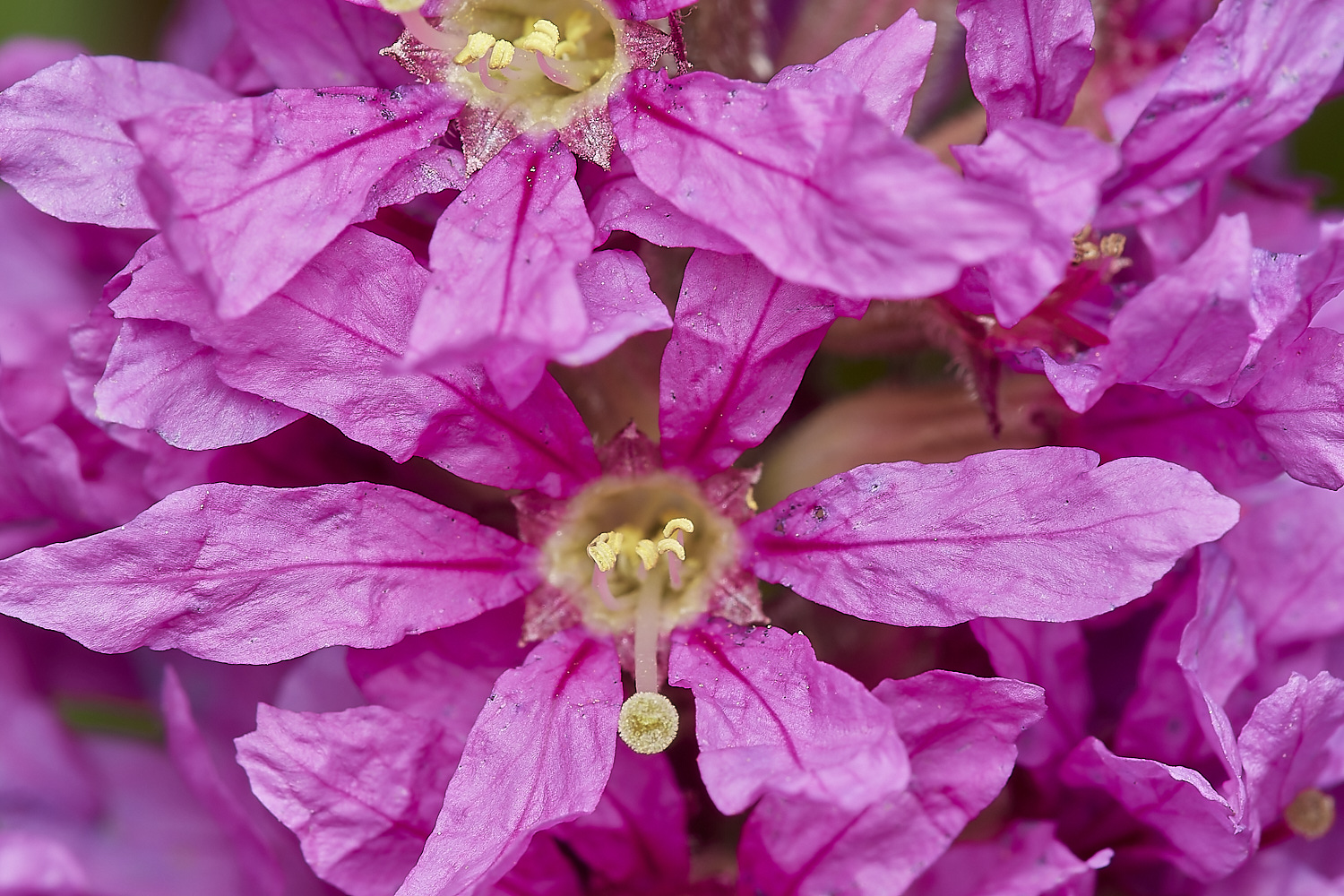
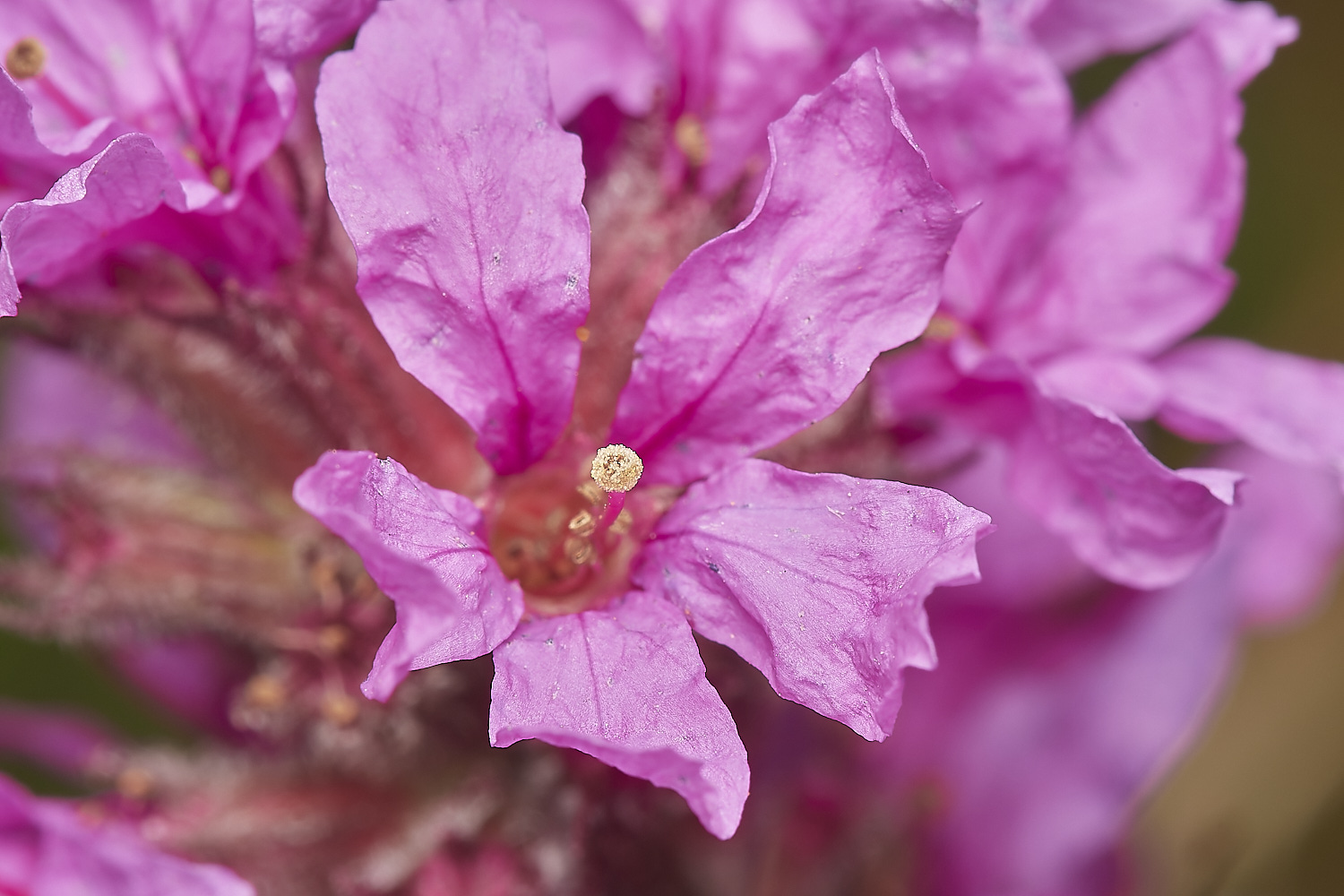
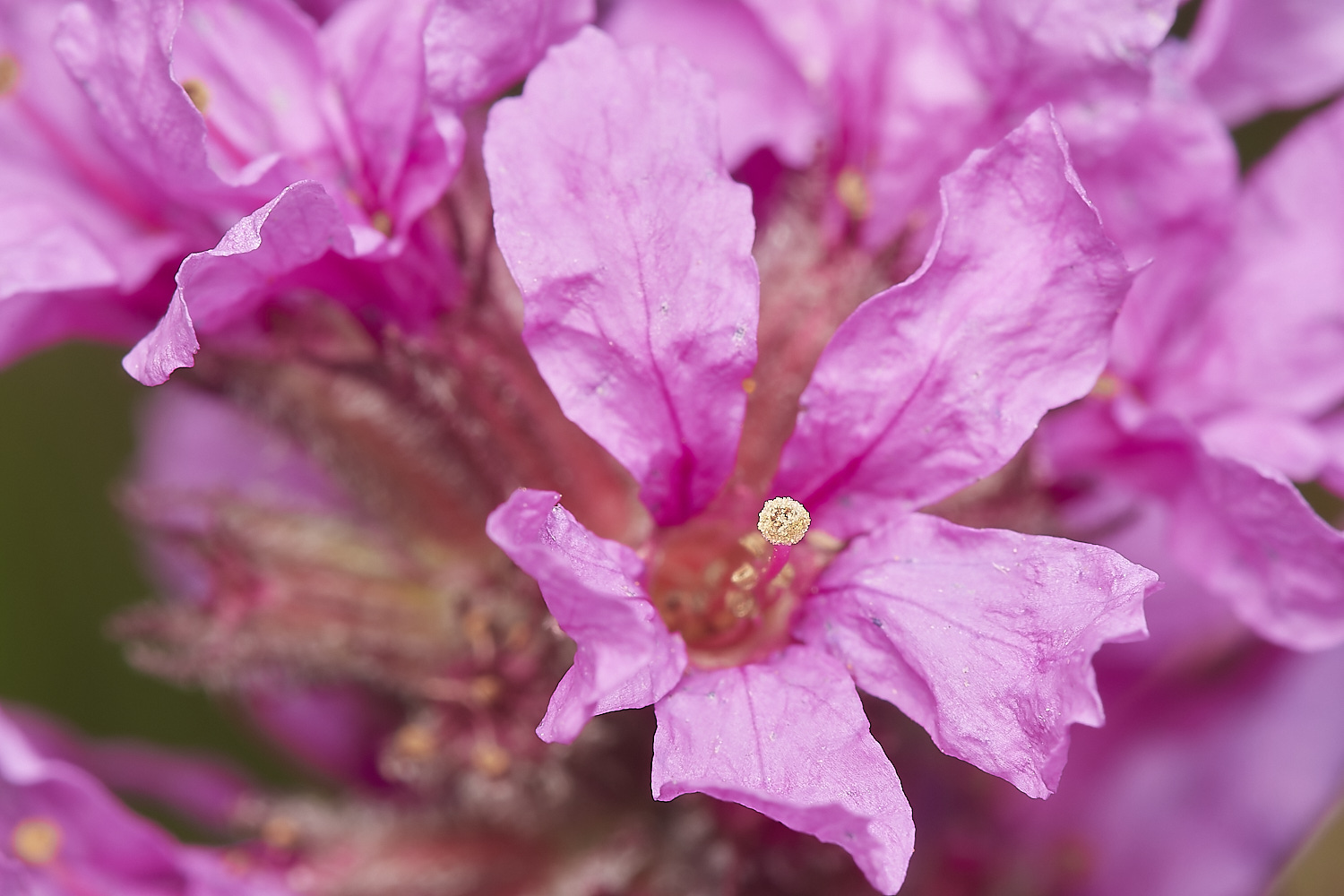
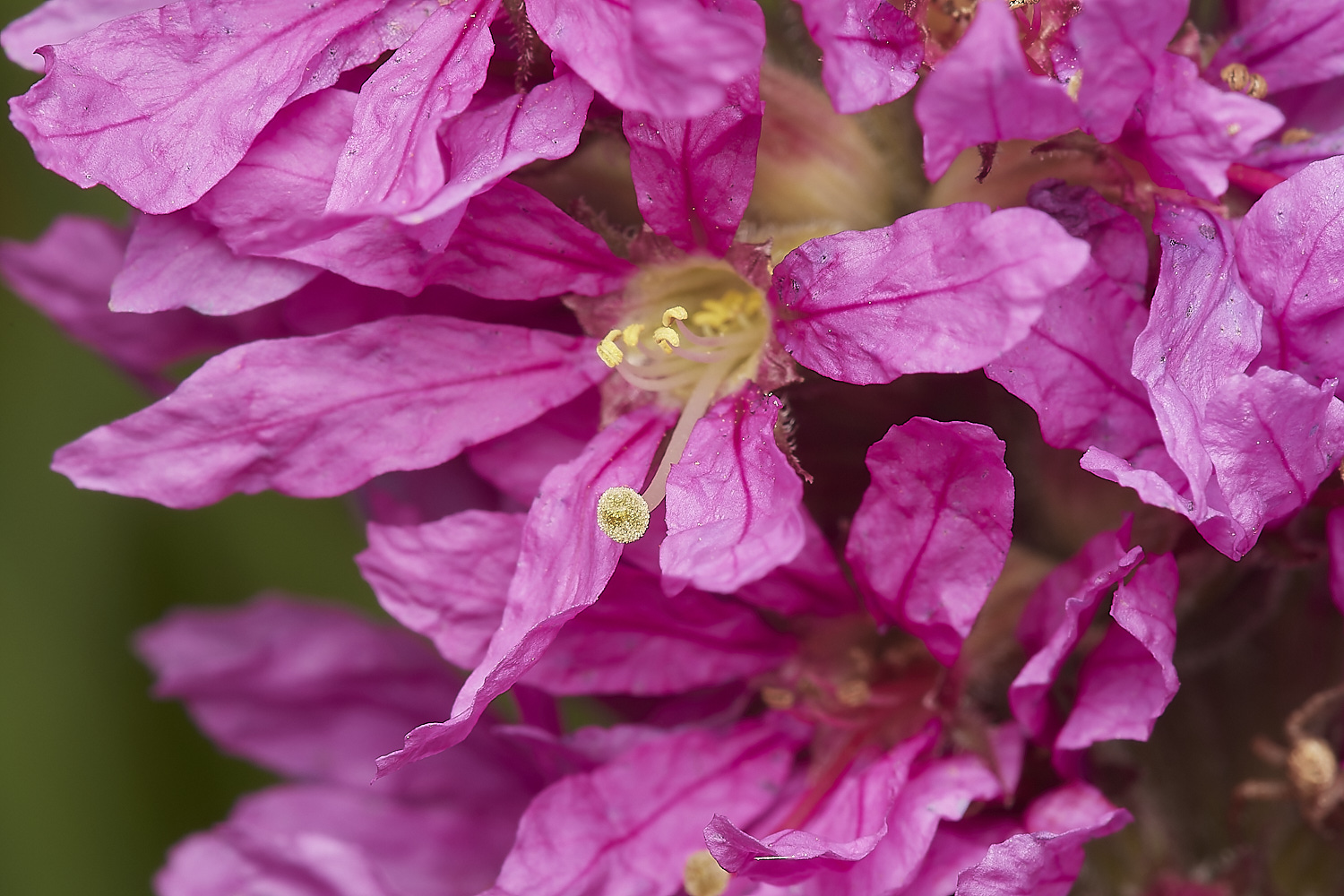
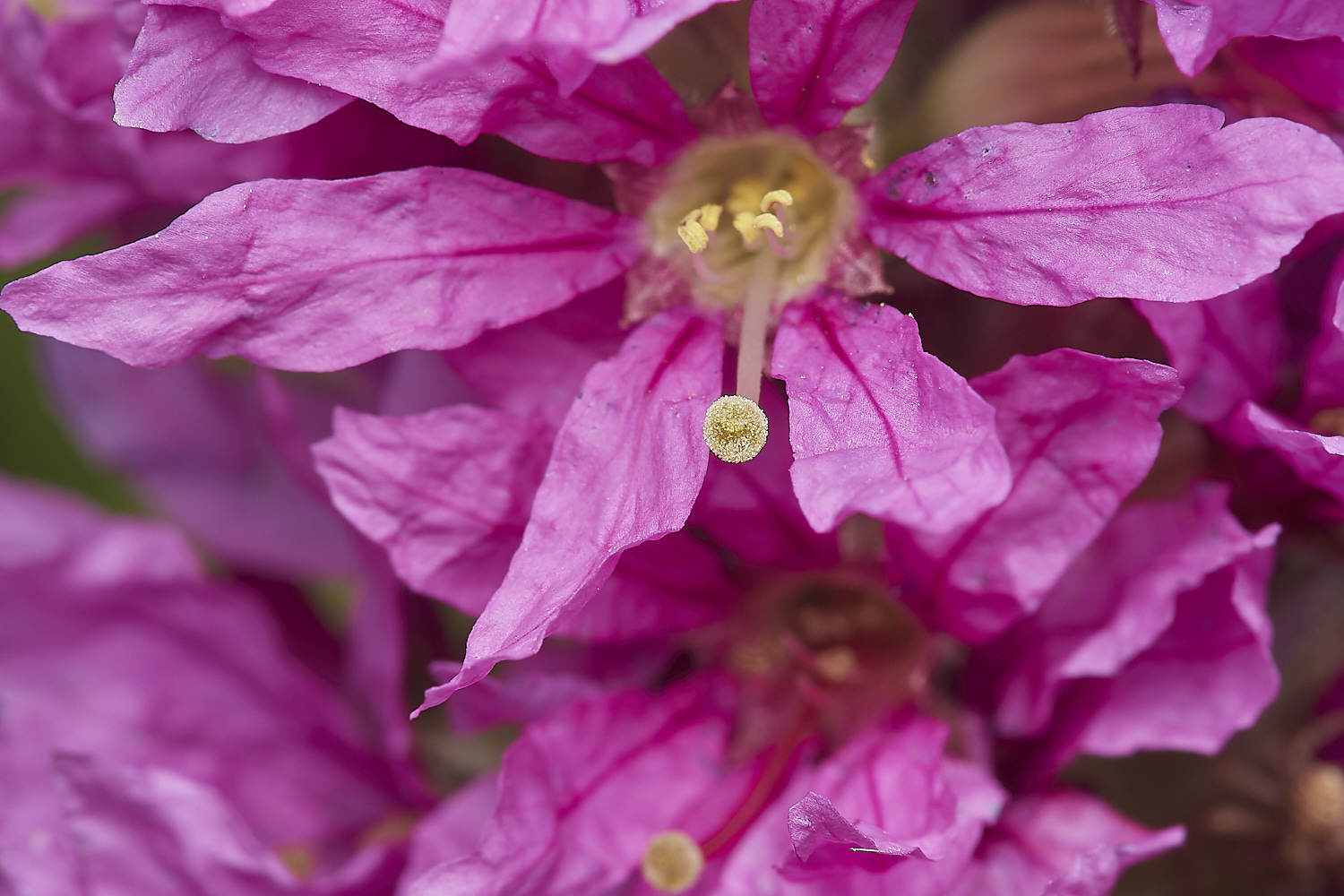
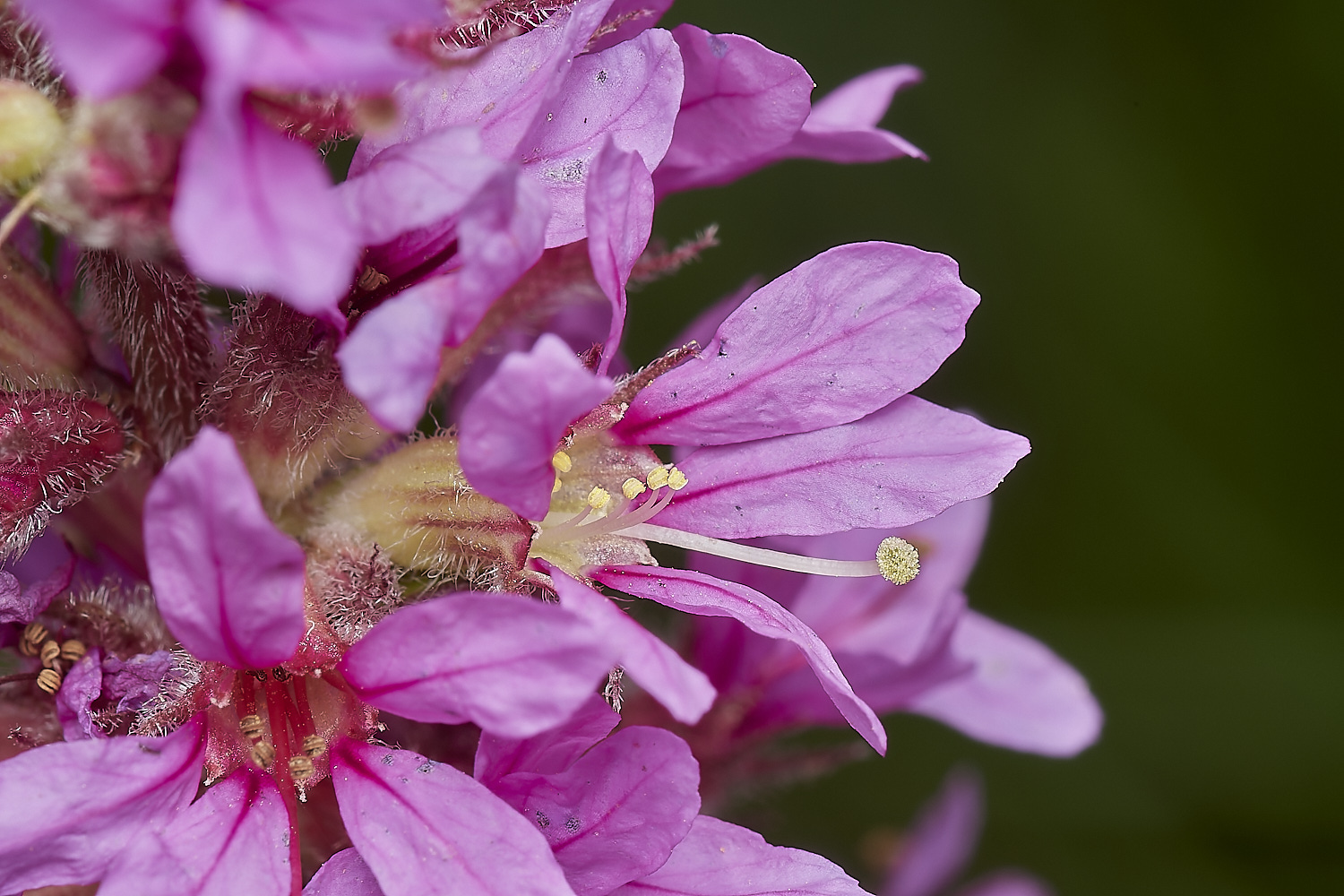
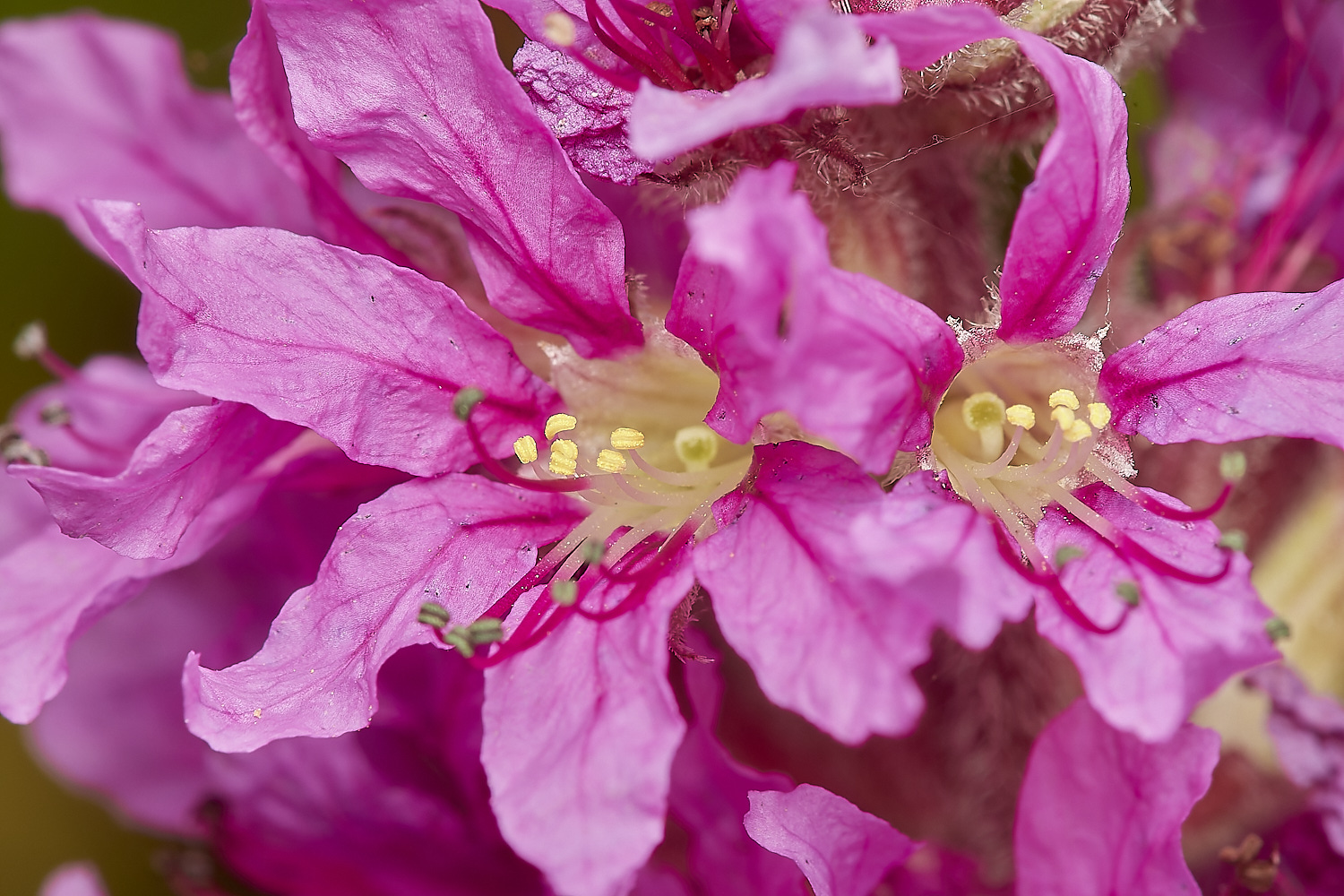
Purple Loosestrife (Lathyrum salicaria)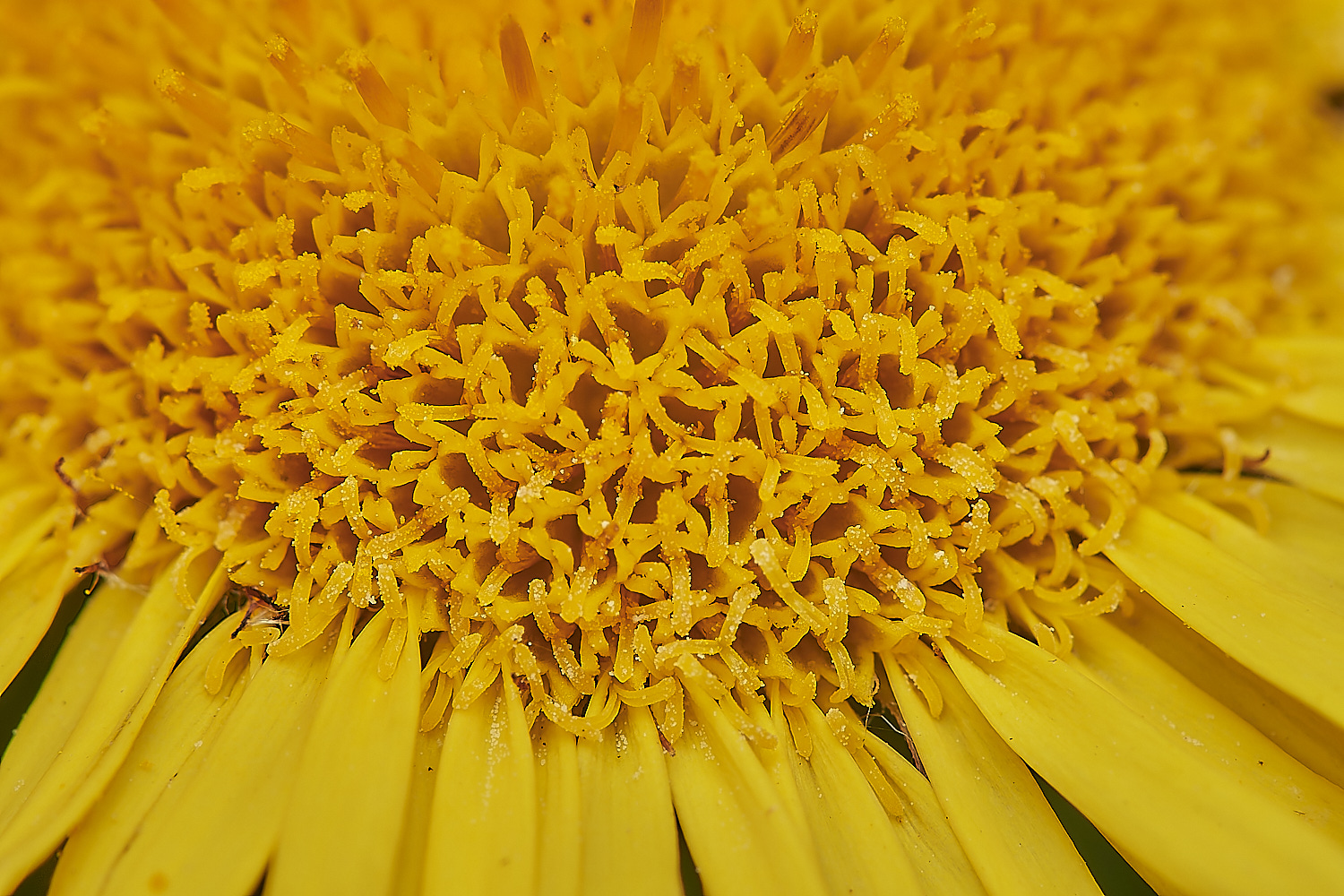
Fleabane (Pulicaria dysenterica)
Broadland Country Park
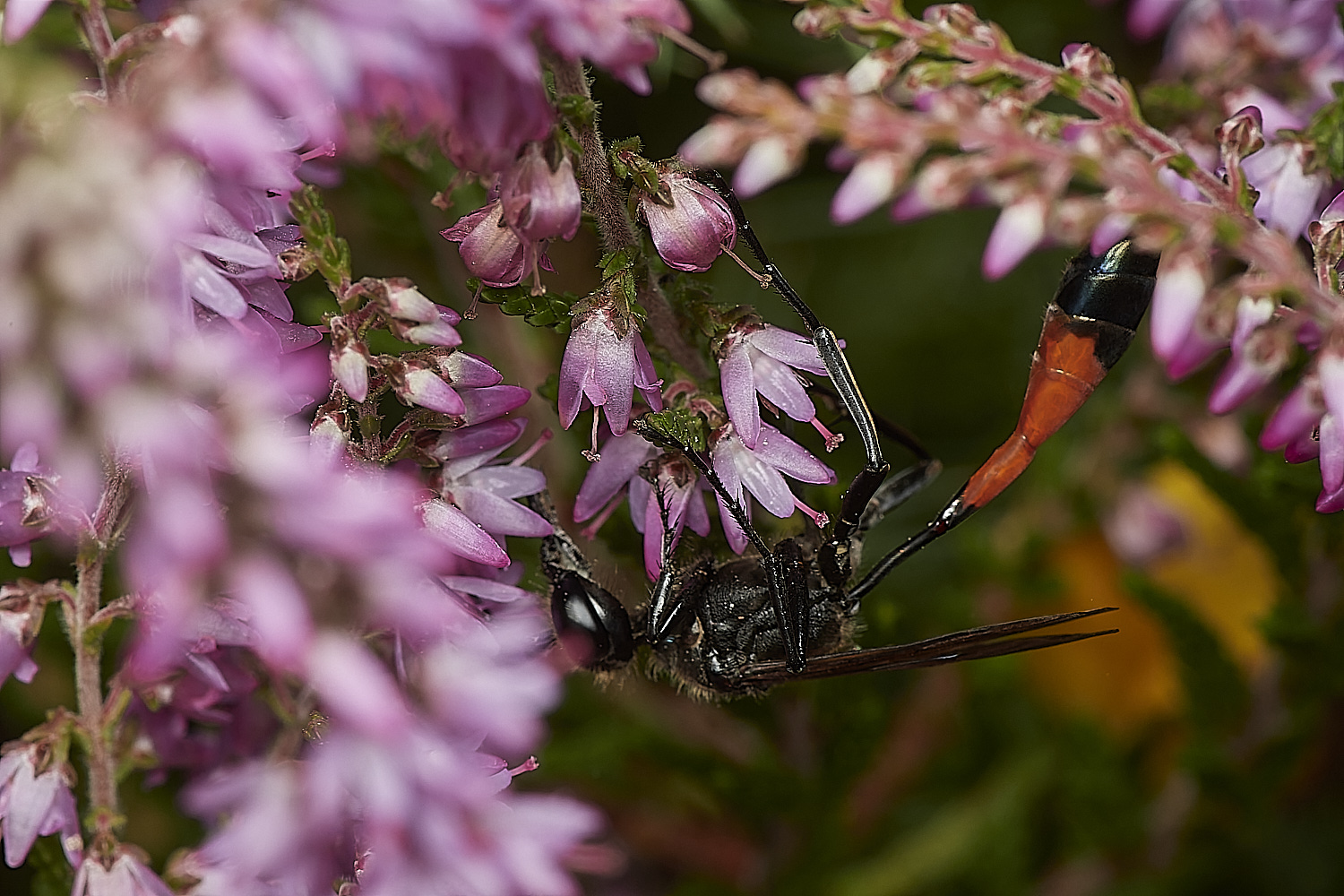
Sand Wasp Sp? Amophila Sp?
Most likely
Red banded Sand Wasp (Ammophila sabulosa)?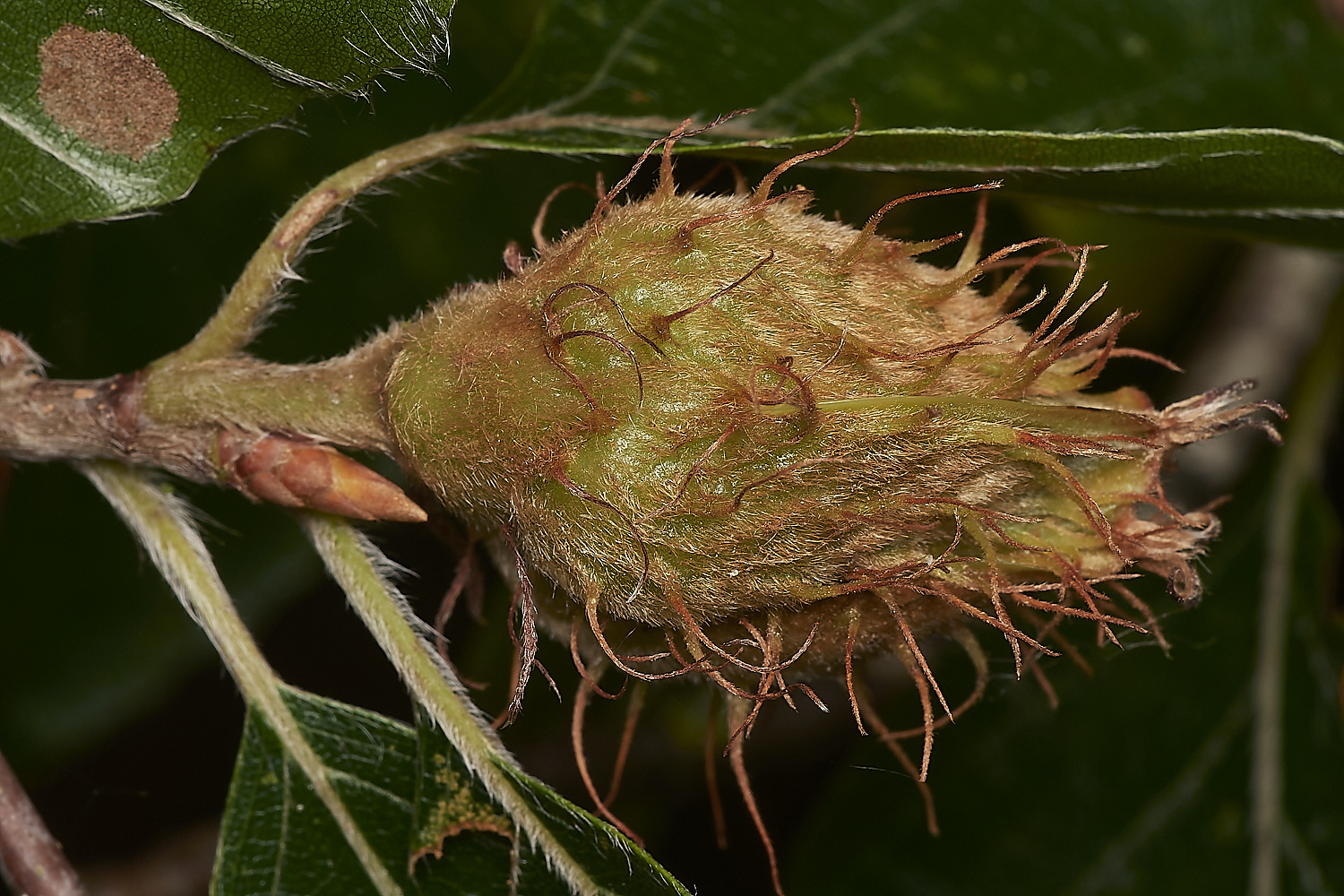
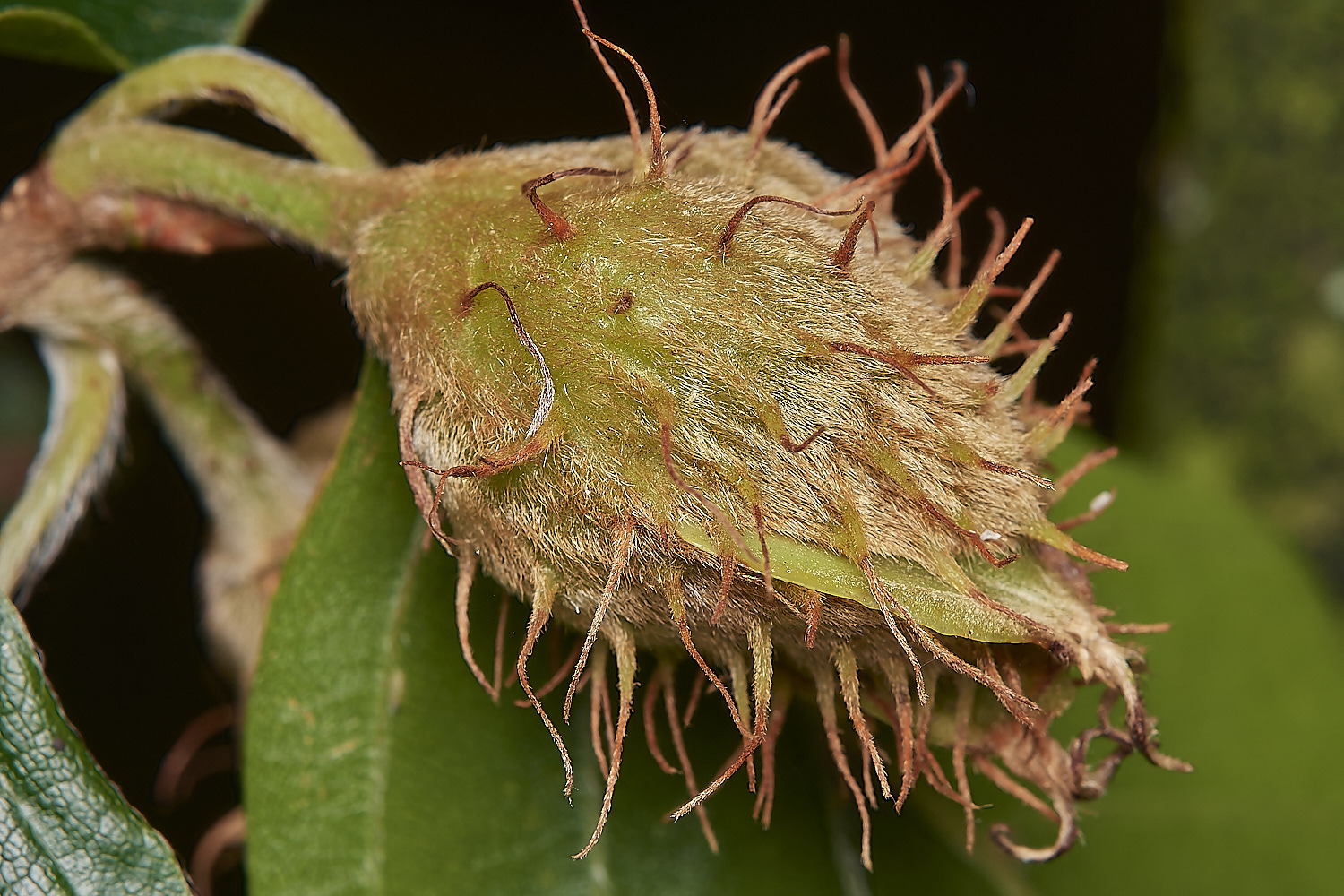
Beech Nut (Fagus sylvatica)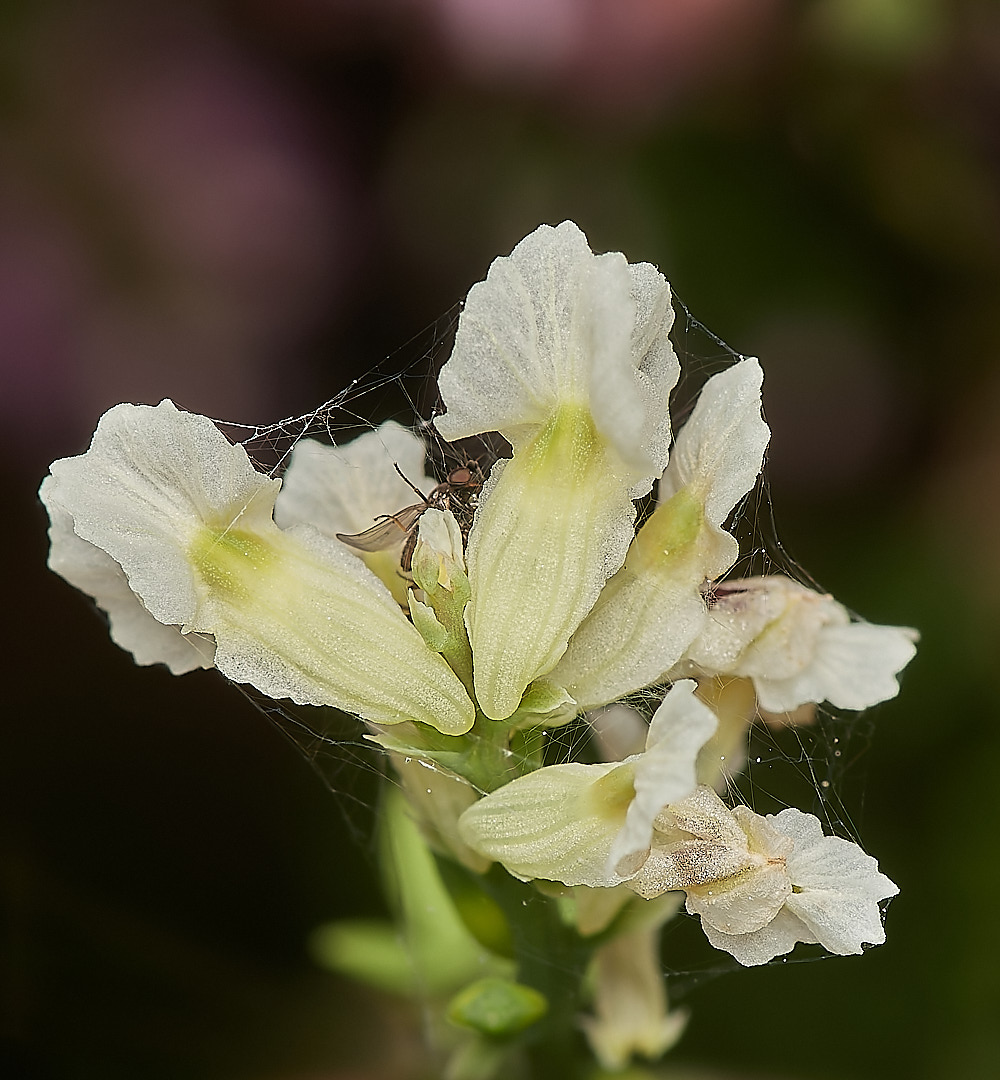
Climbing Corydalis (Ceratocapnos sylvatica)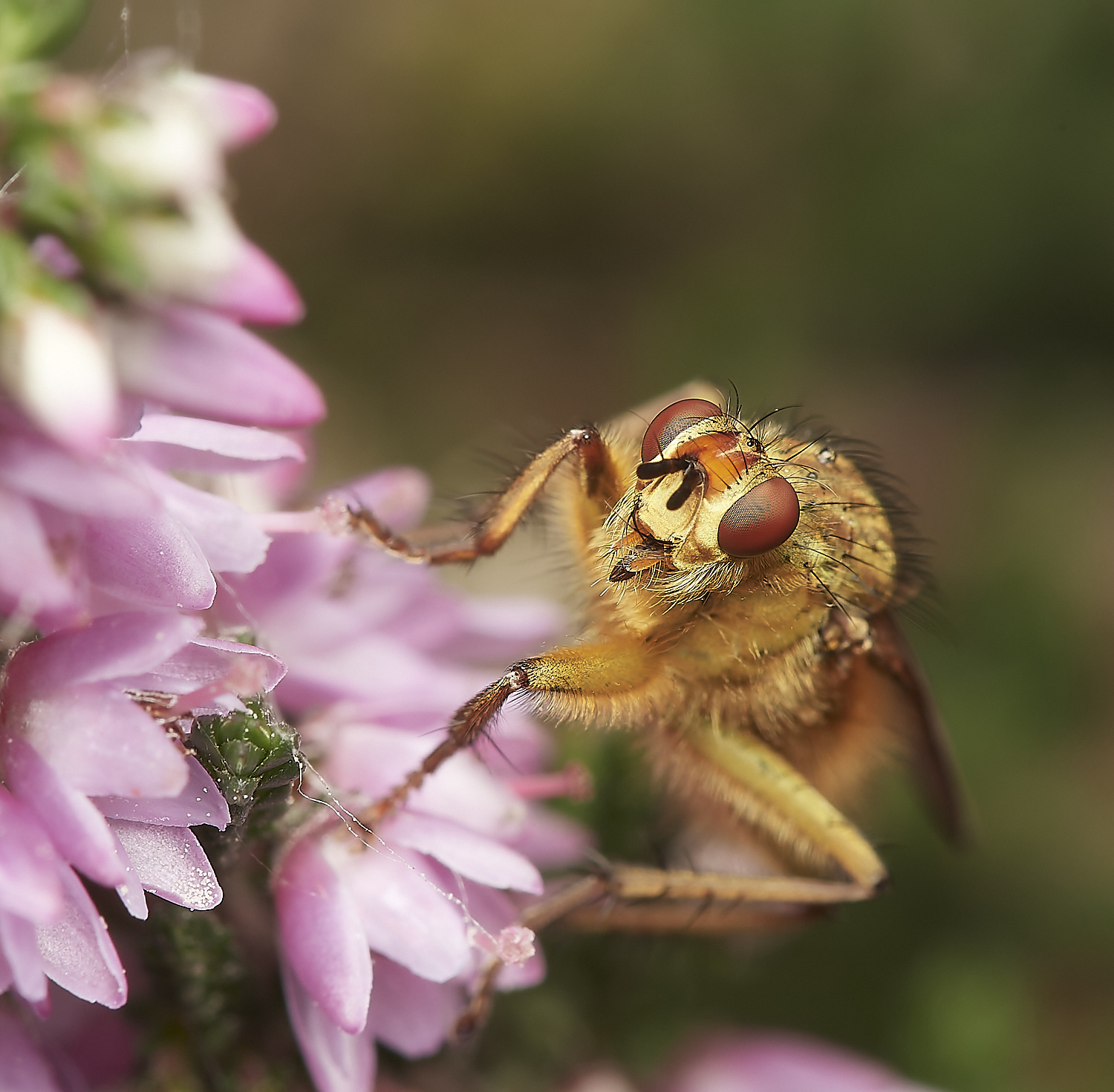
Yellow Dung Fly (Scathophaga stercoraria)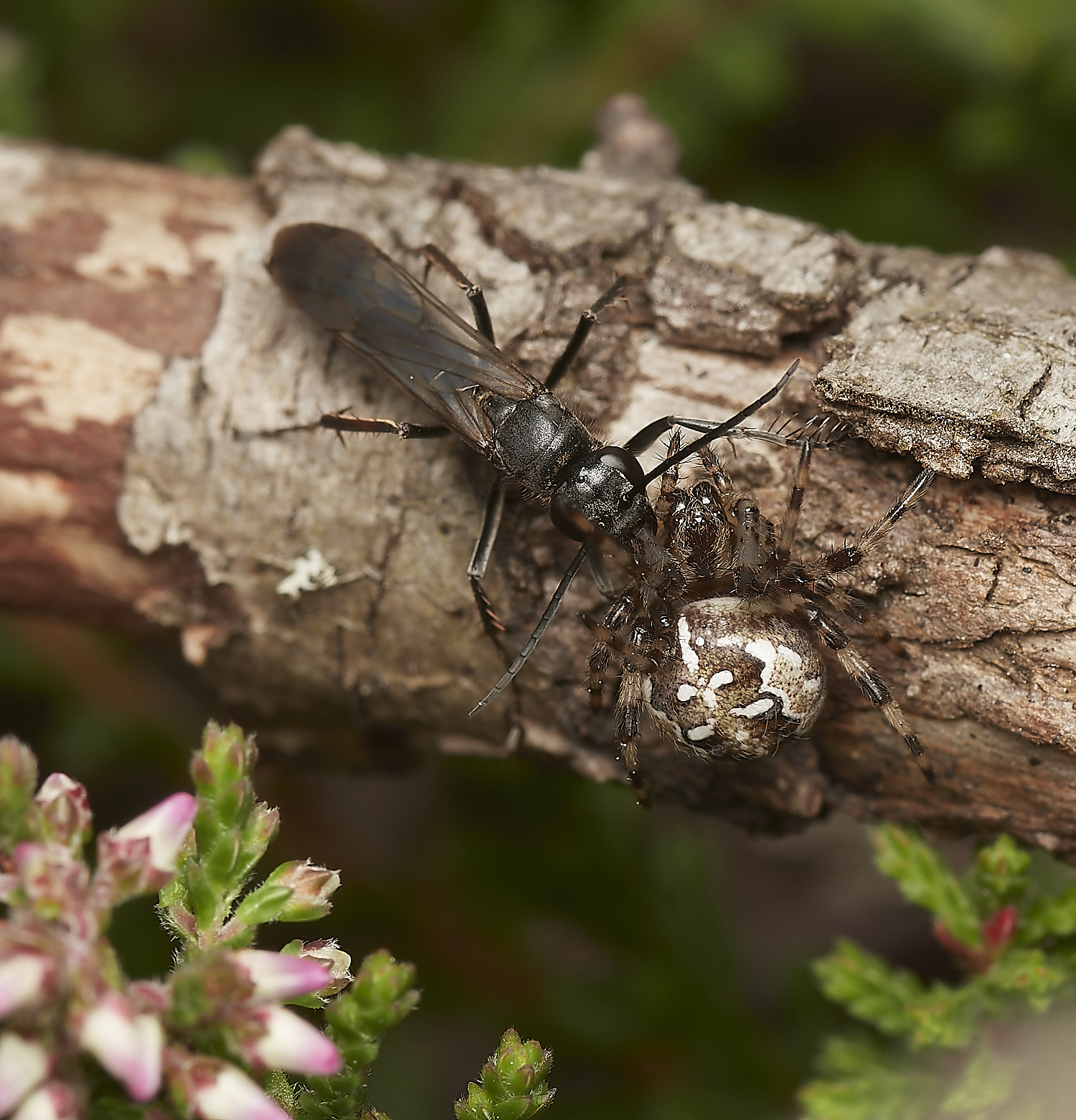
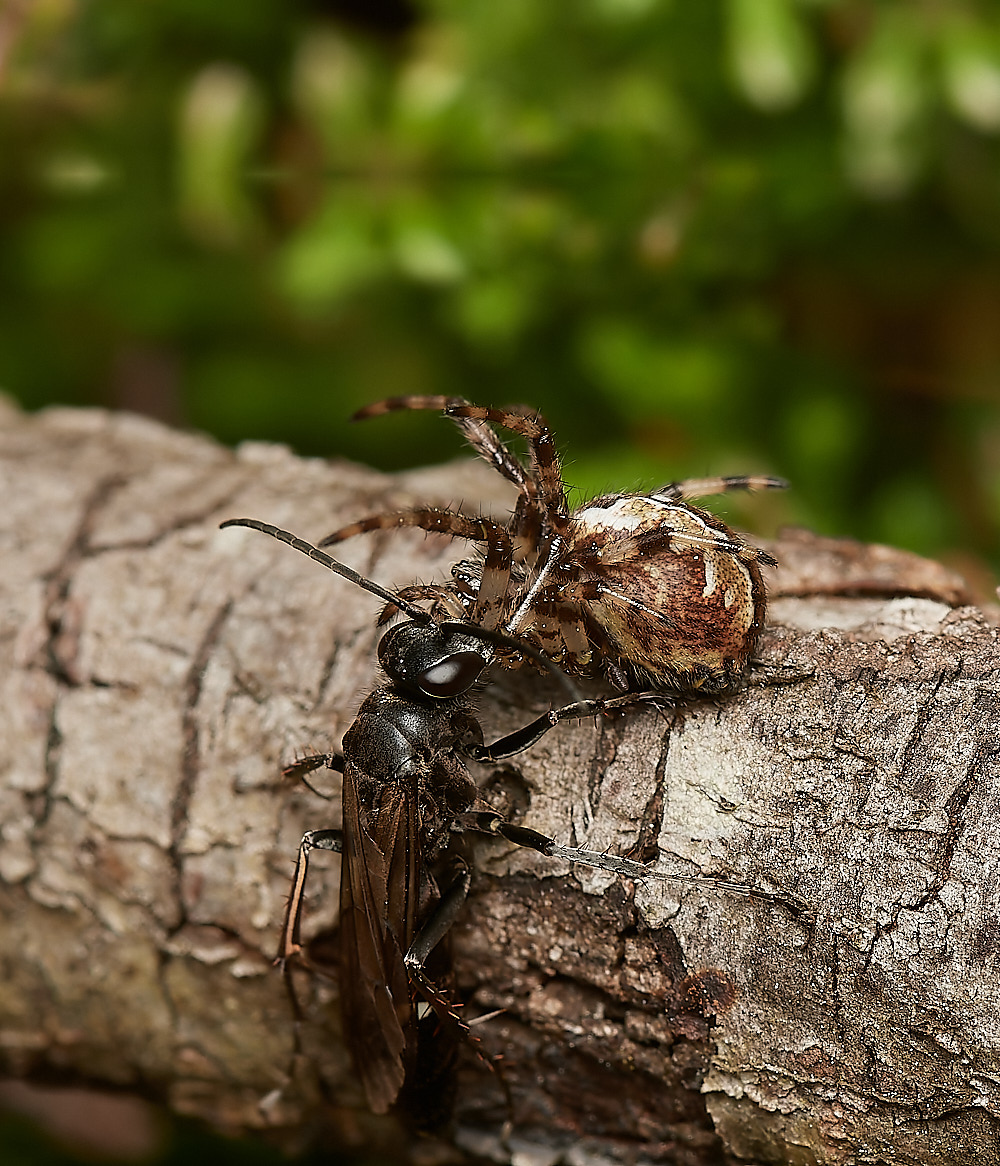
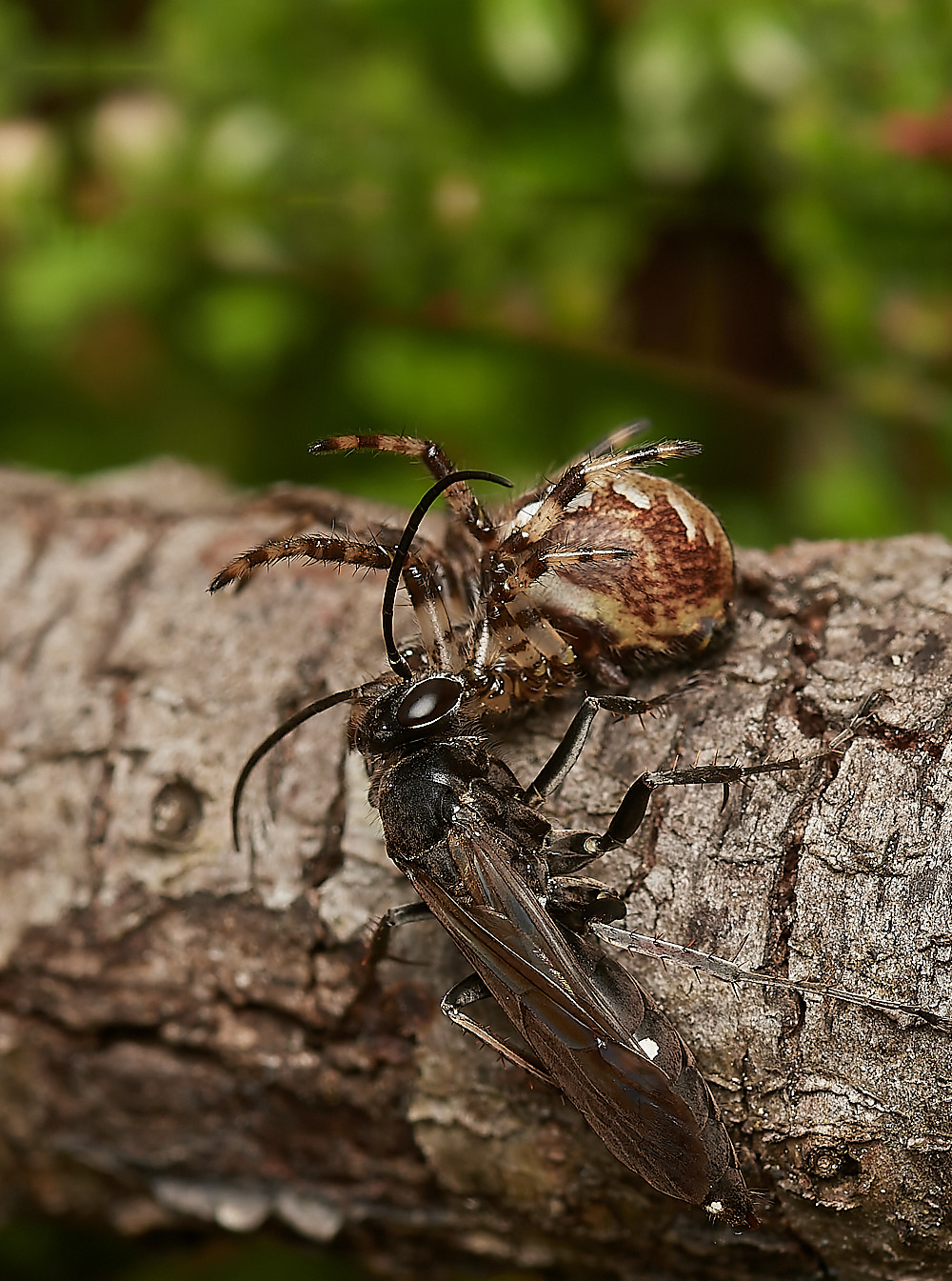
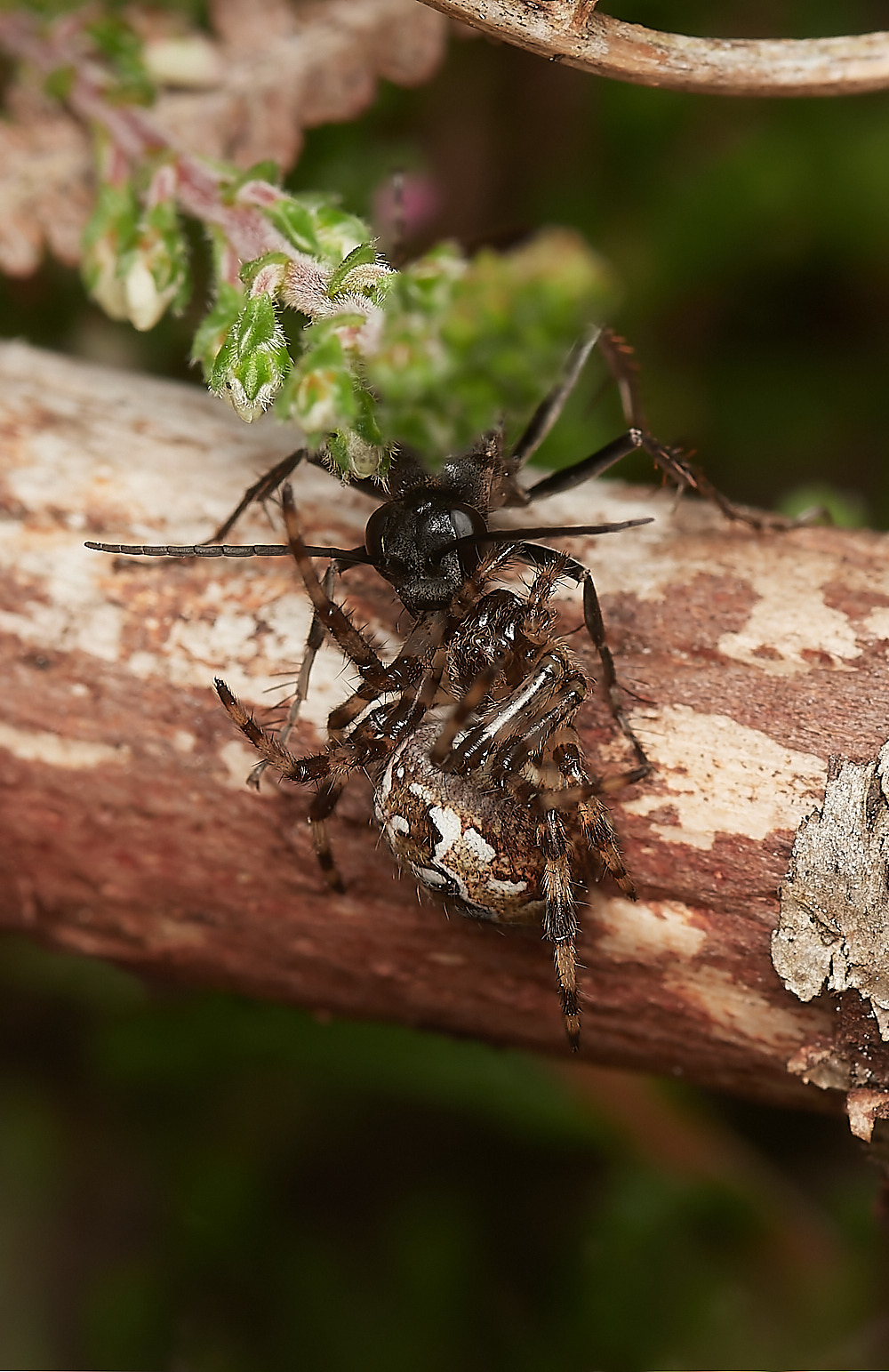
Episyron Sp?
This one doesn't have red legs.
Possibly
Episyron gallicum?
with spider prey (Araneus Sp)? Araneus quadratus
Thanks to Vanna Bartlett for Spider id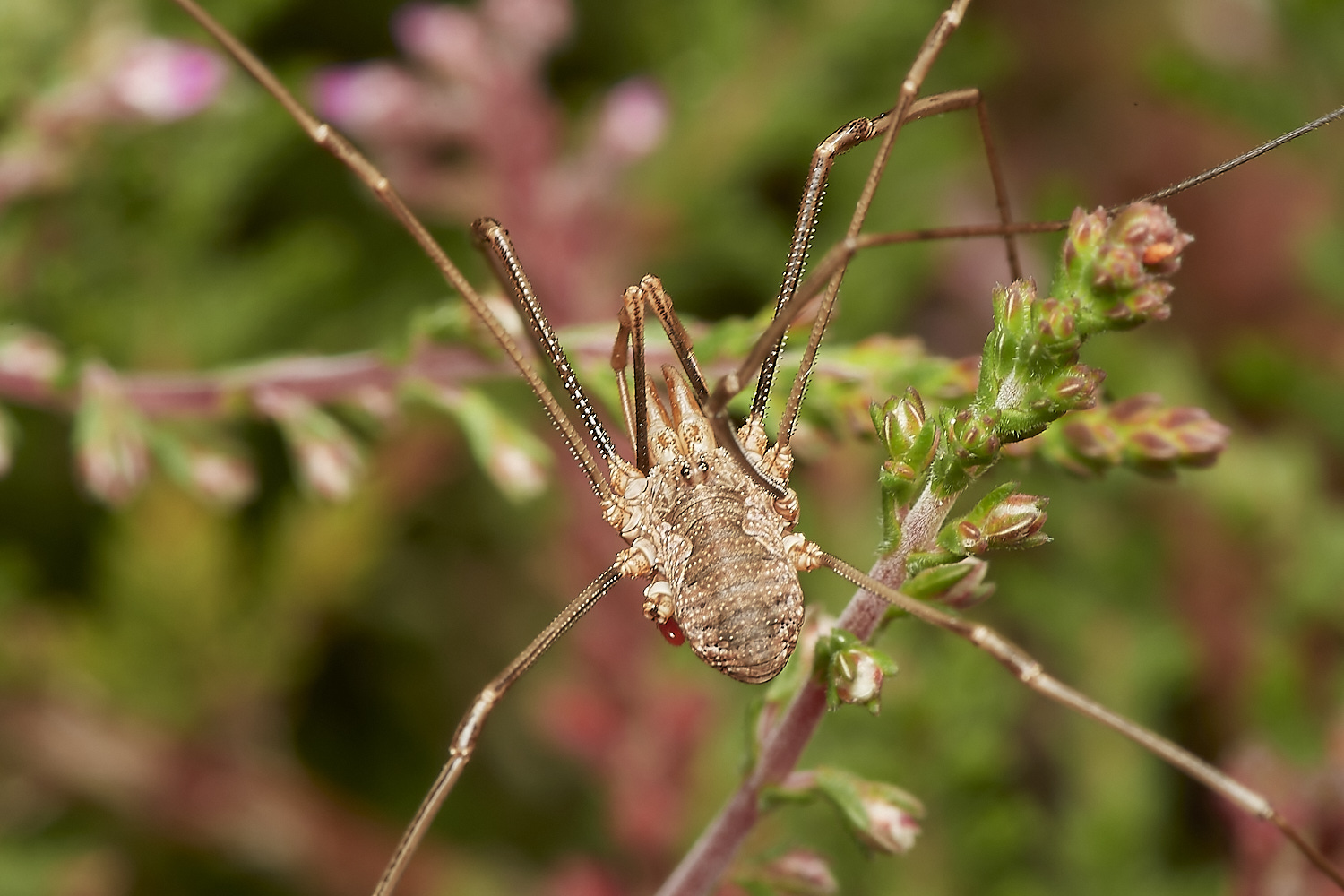
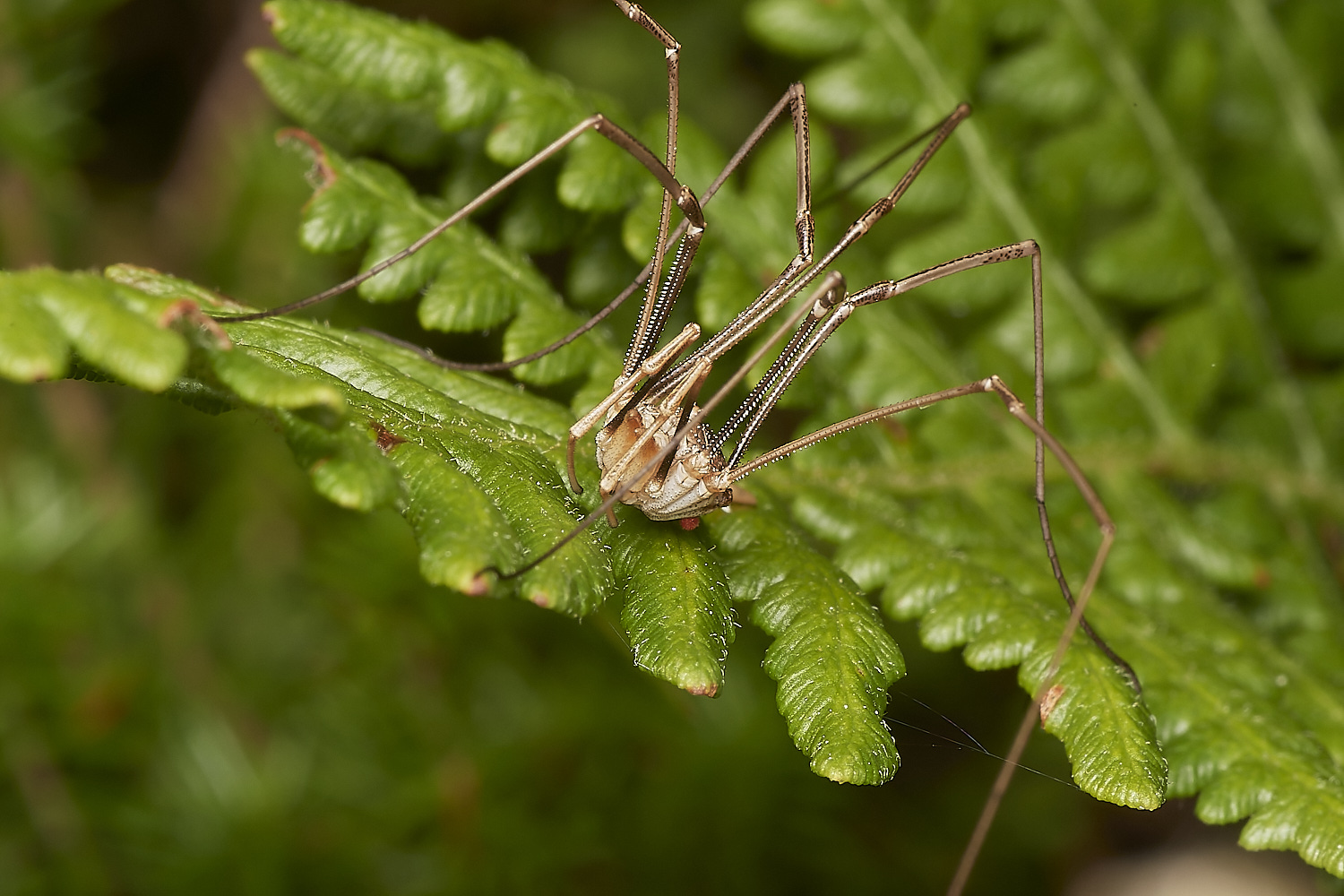
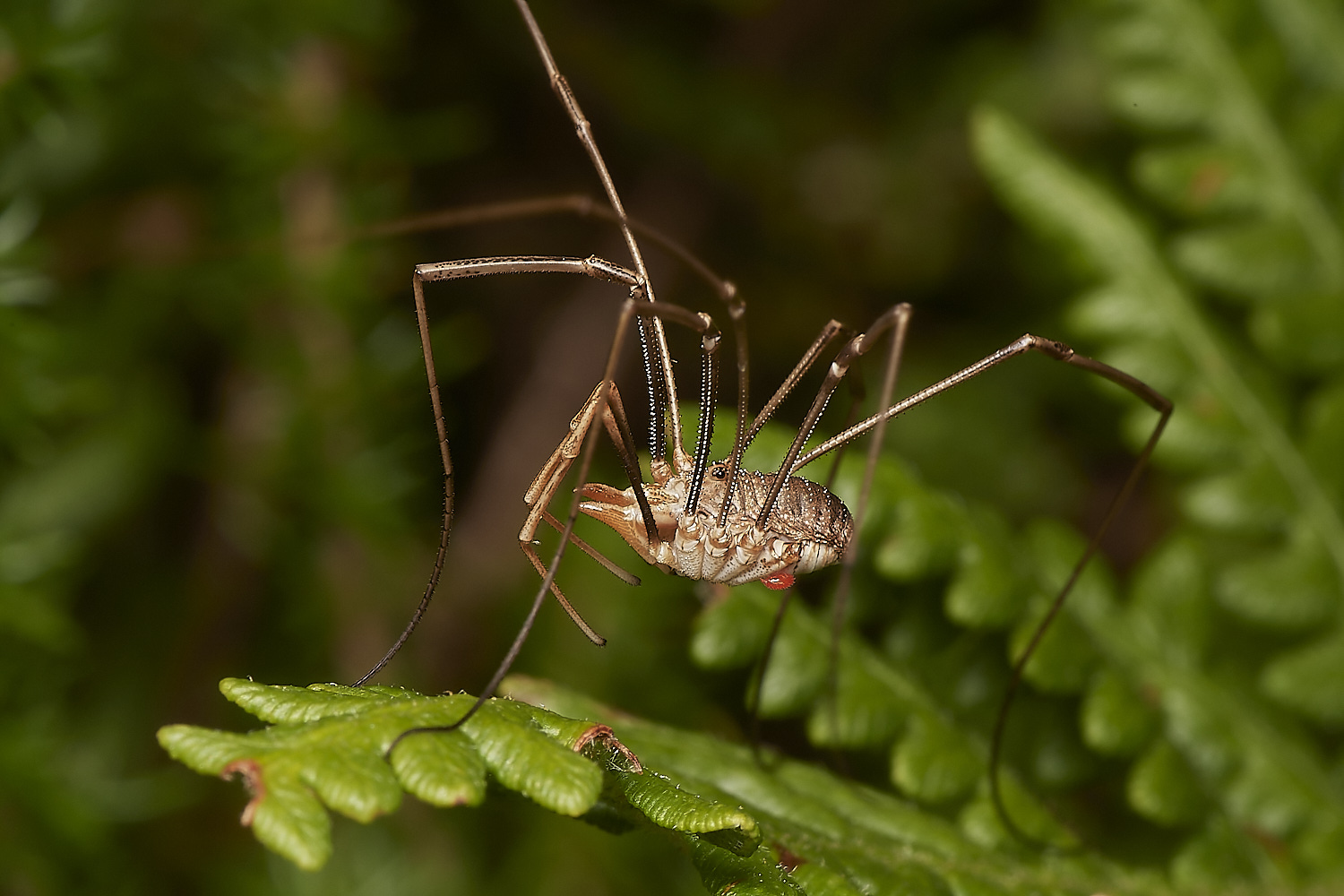
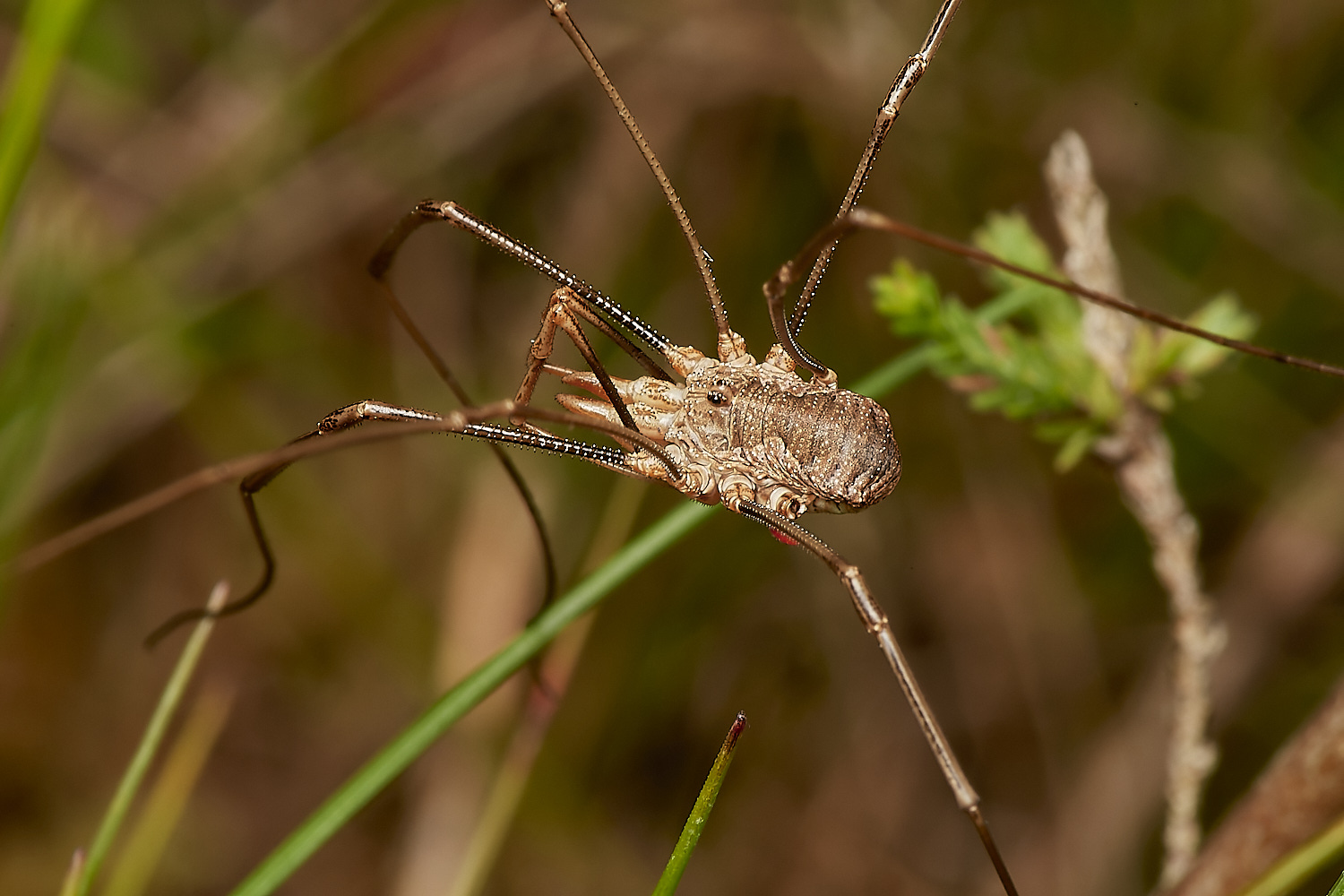
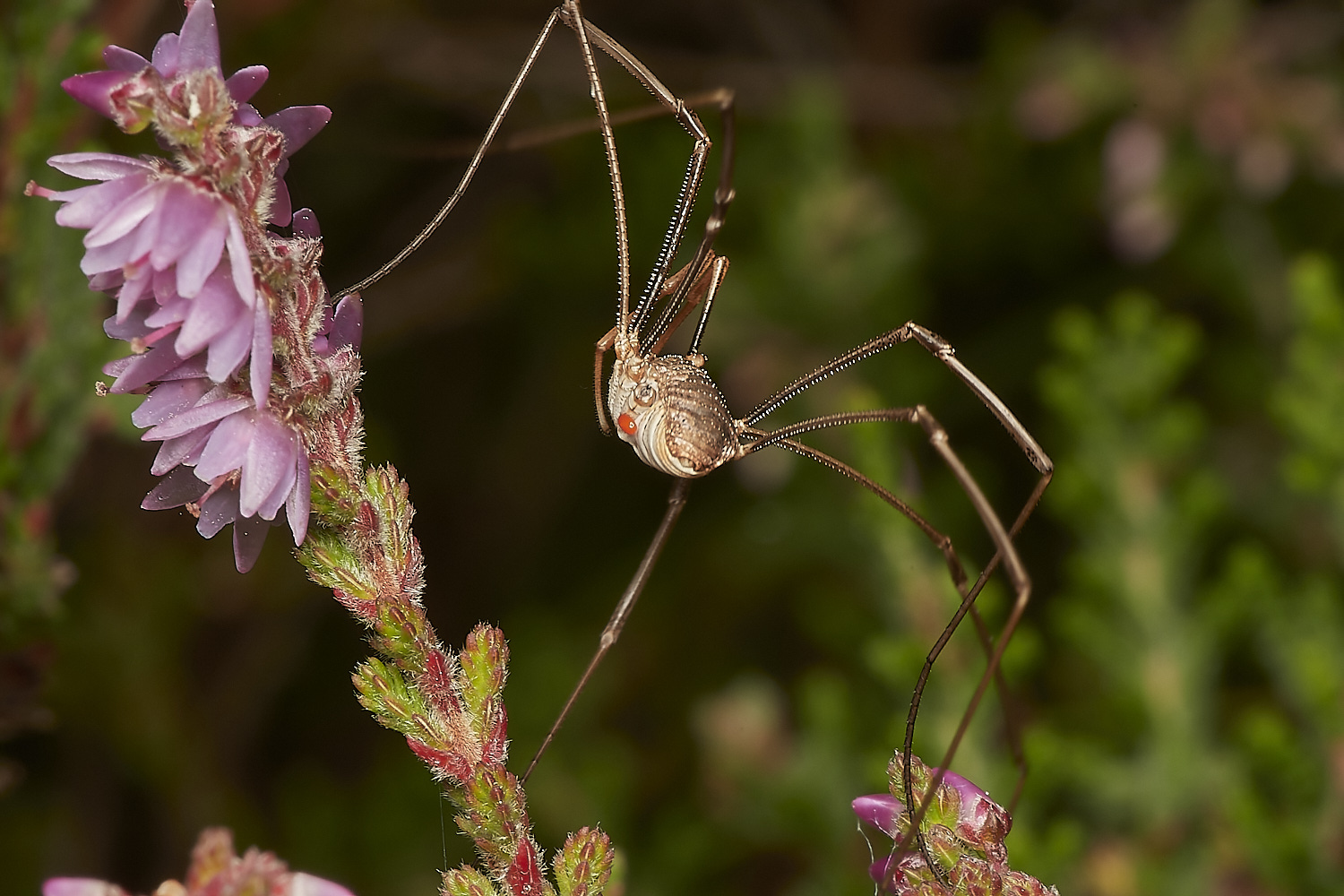
Harvestmen Sp?
Phalangium opilio ♂︎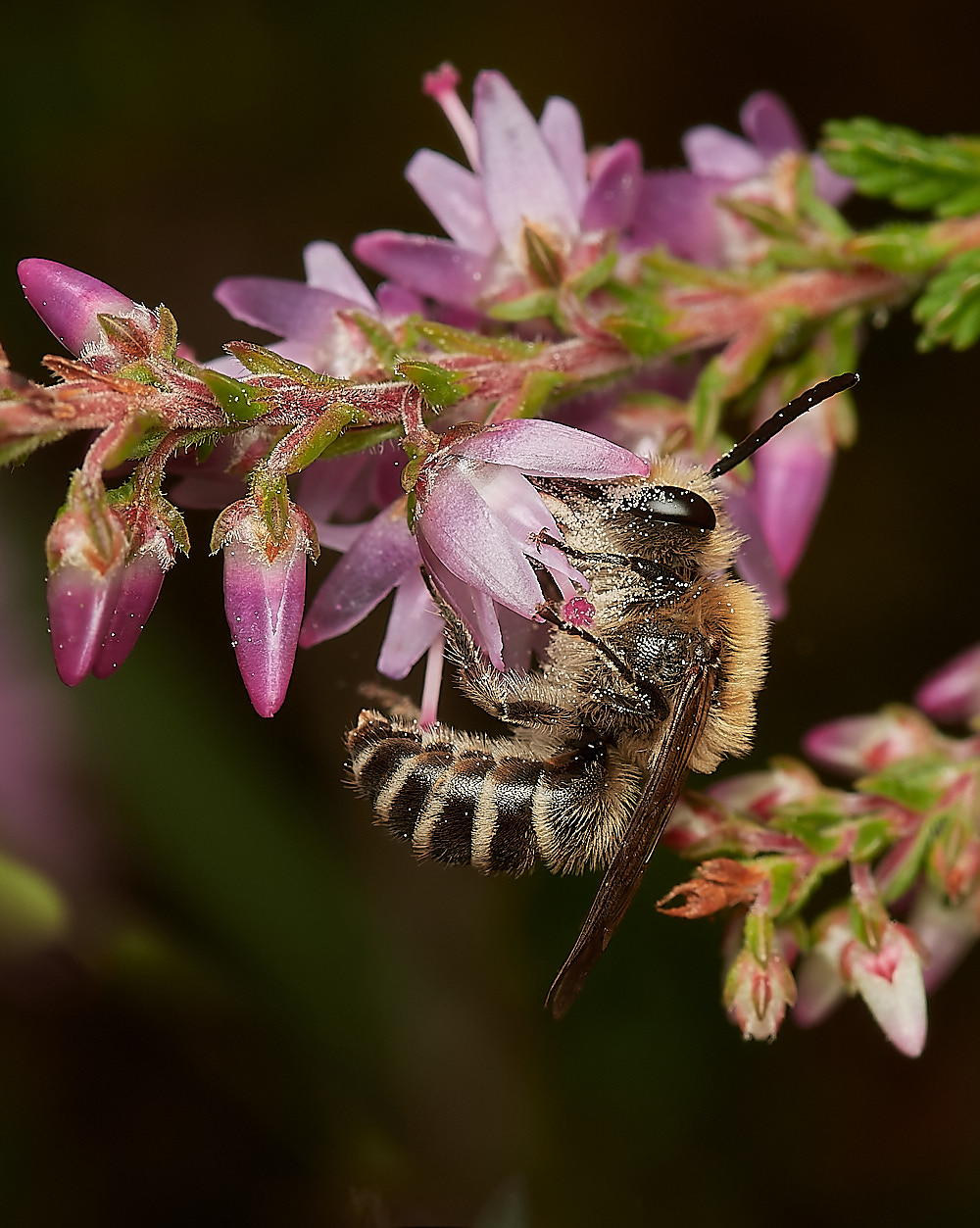
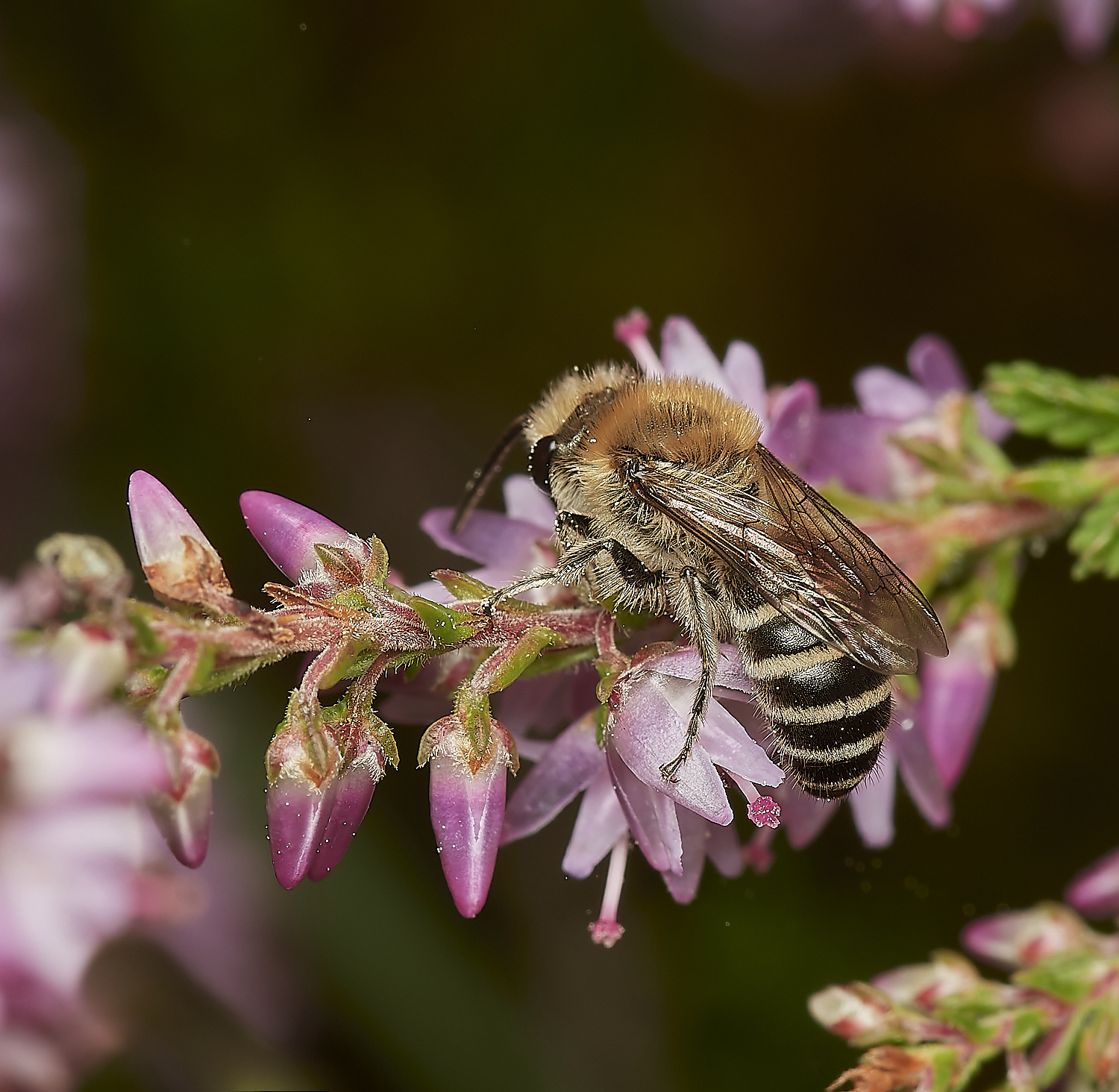
Heather Colletes (Colletes succinctus)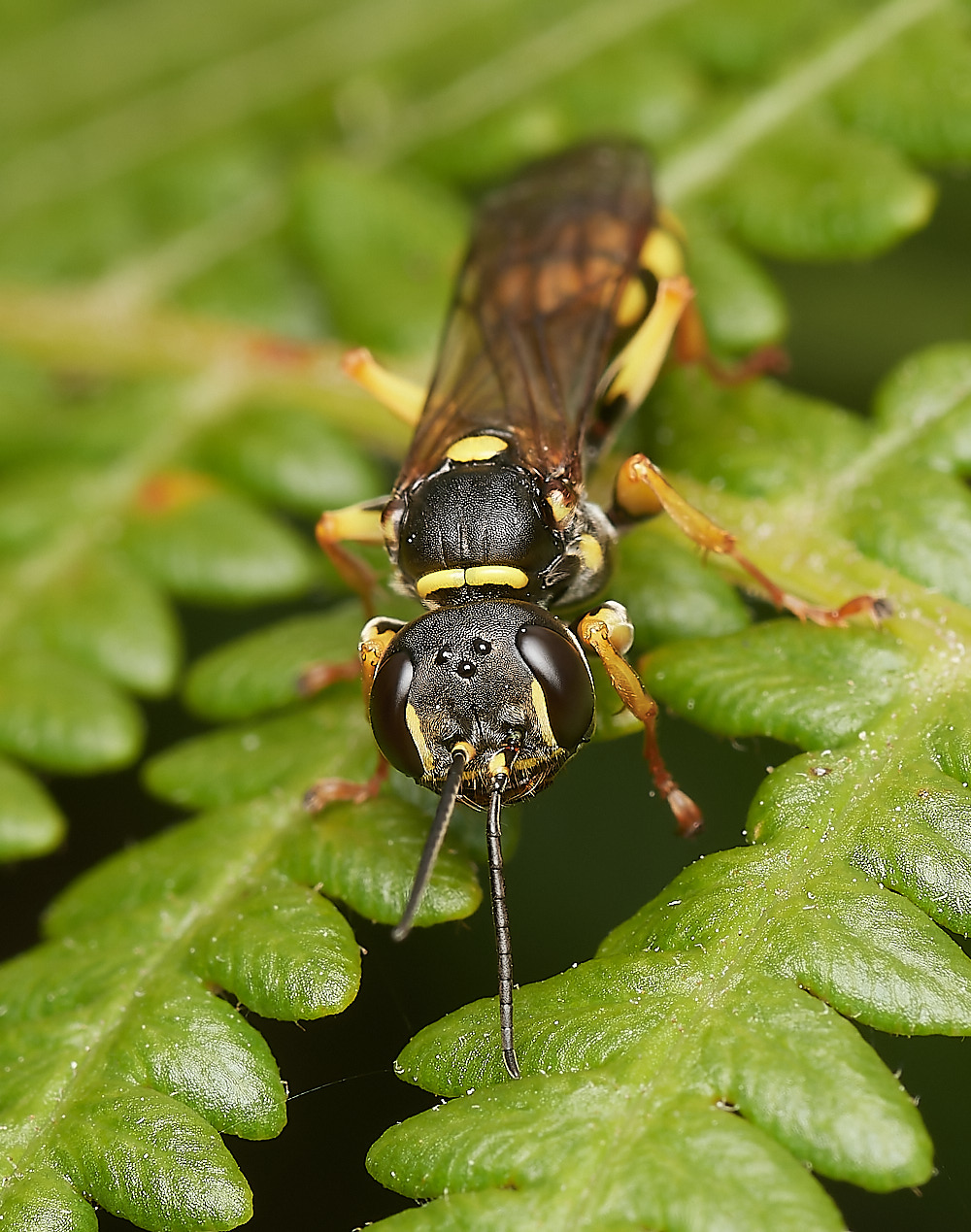
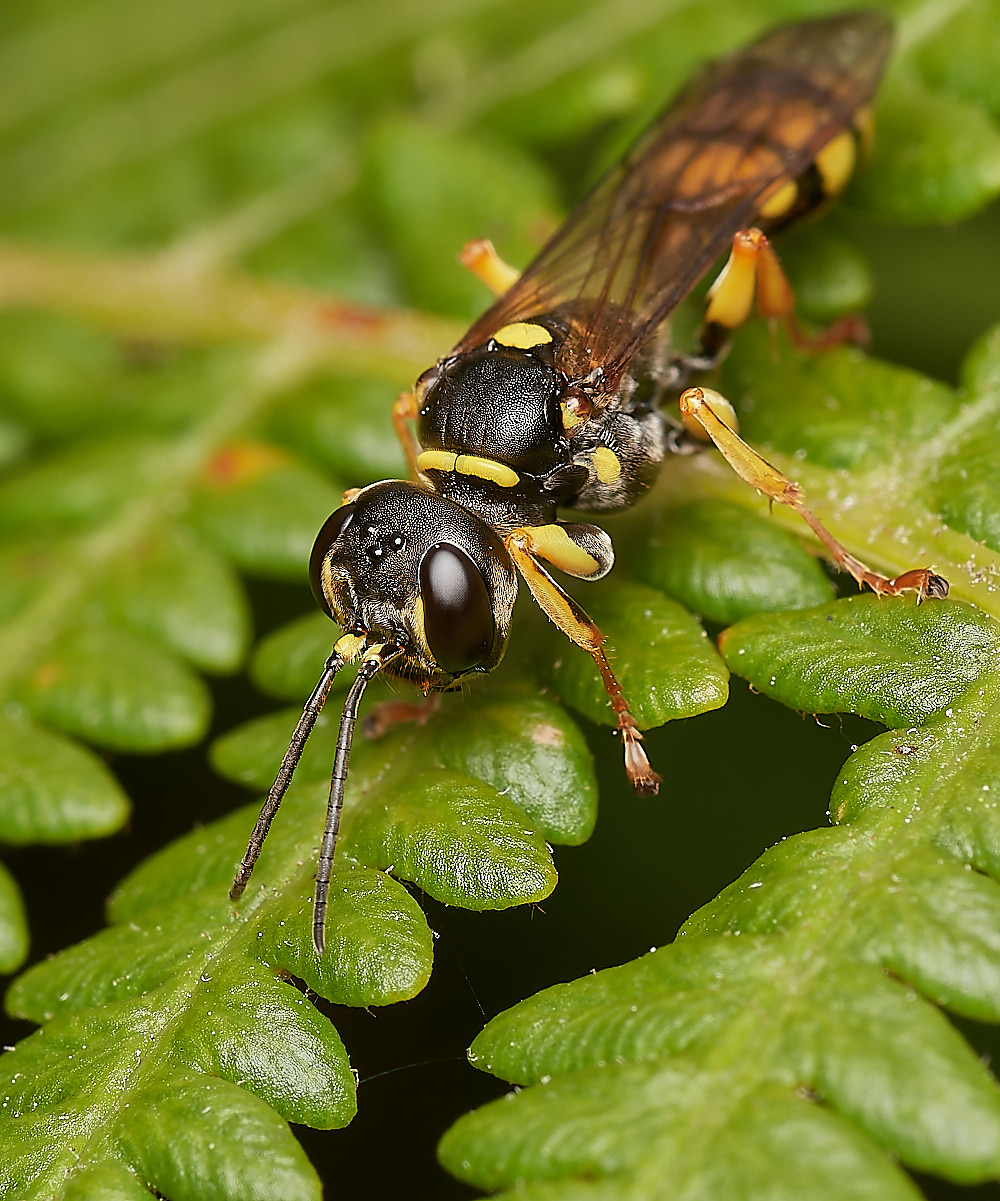
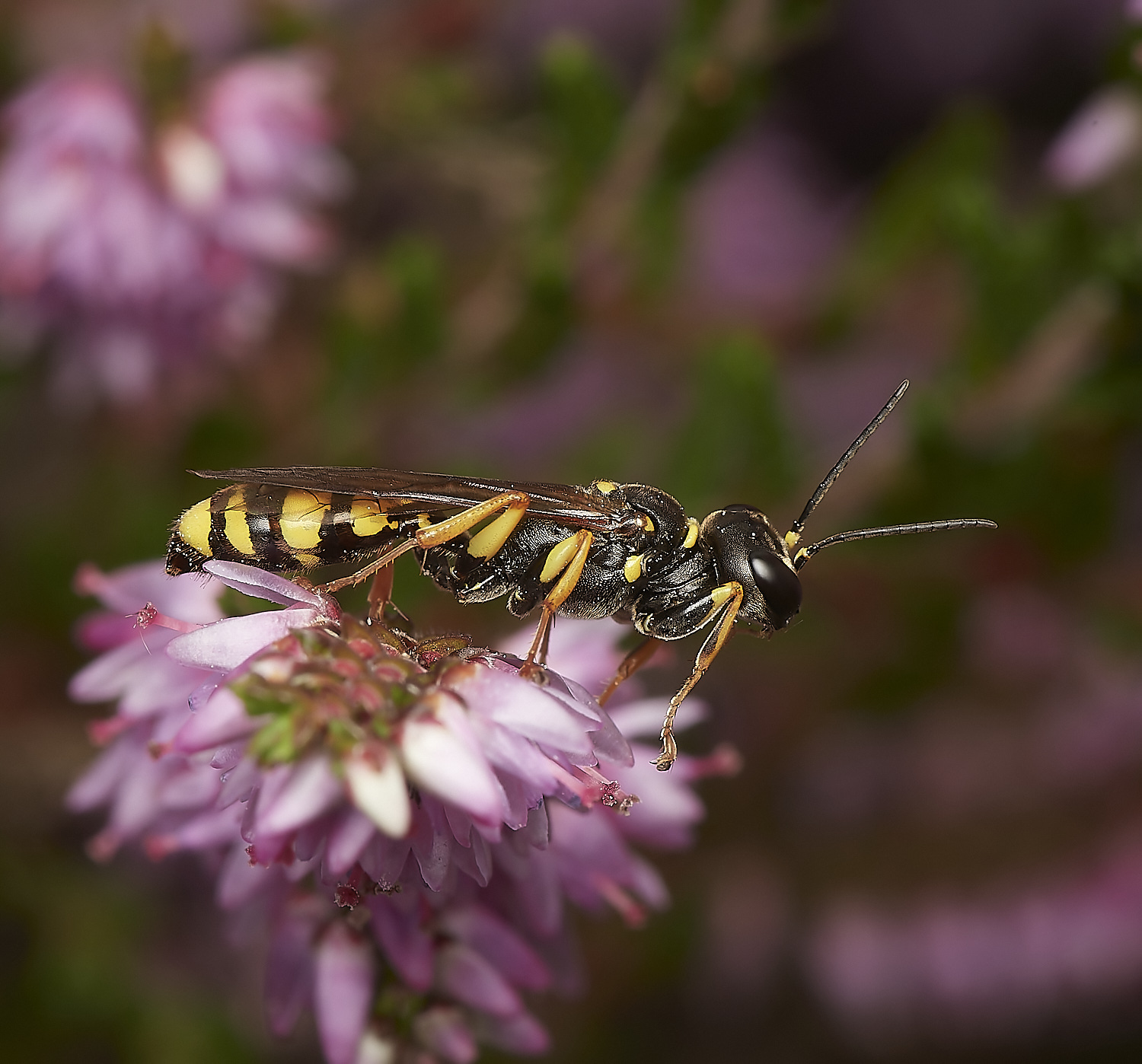
Field Digger Wasp (Mellinus arvensis)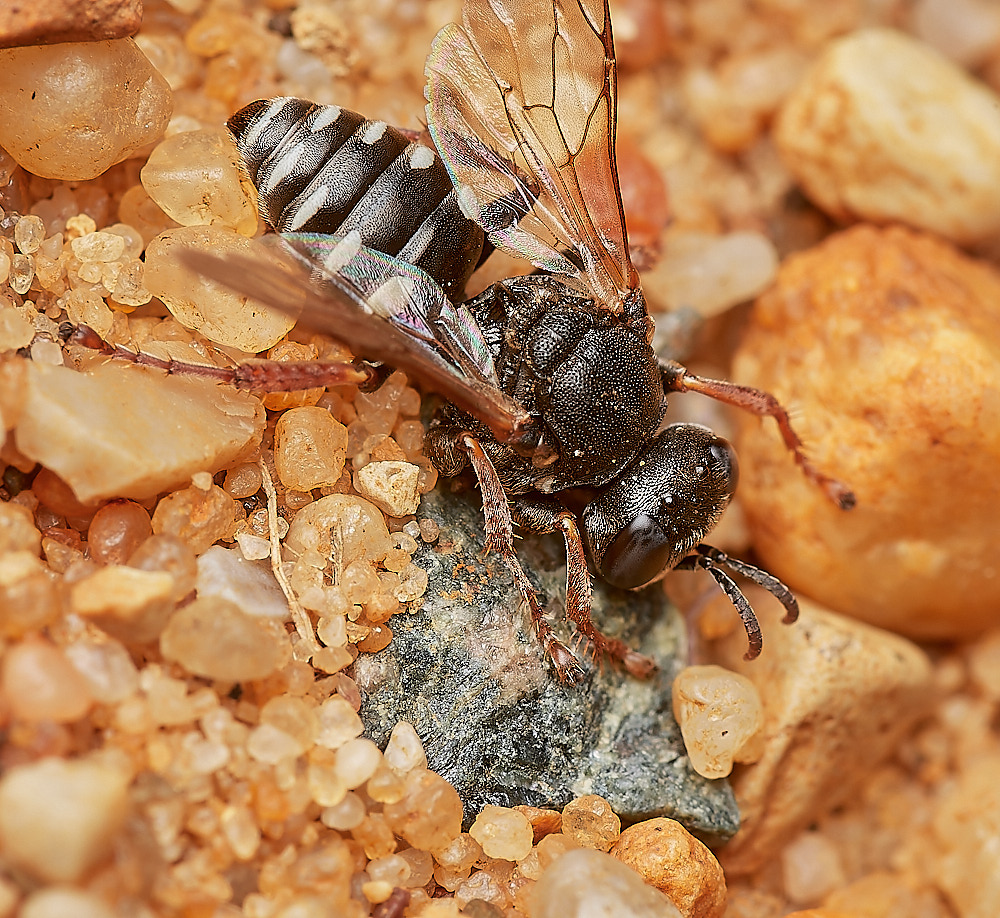
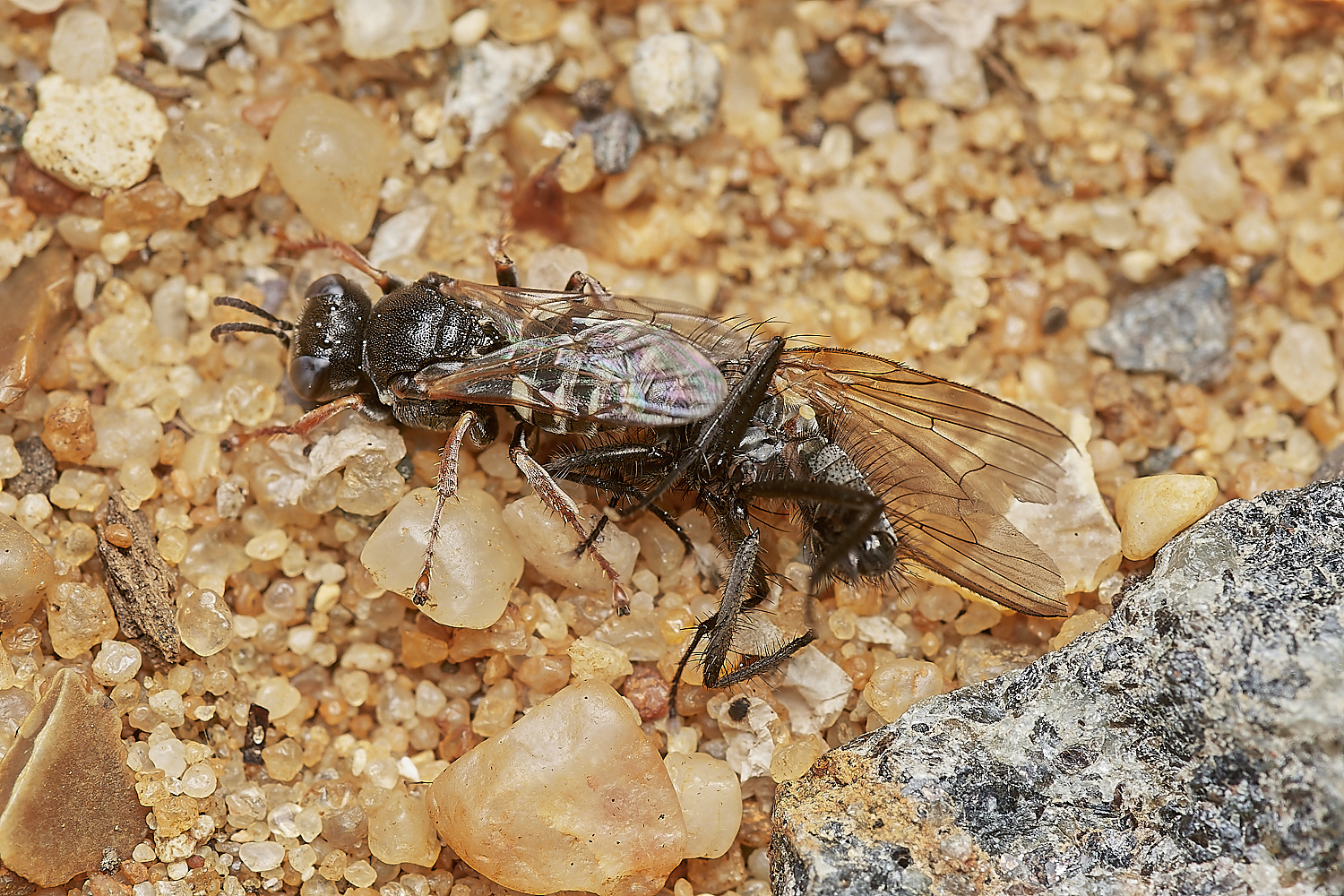
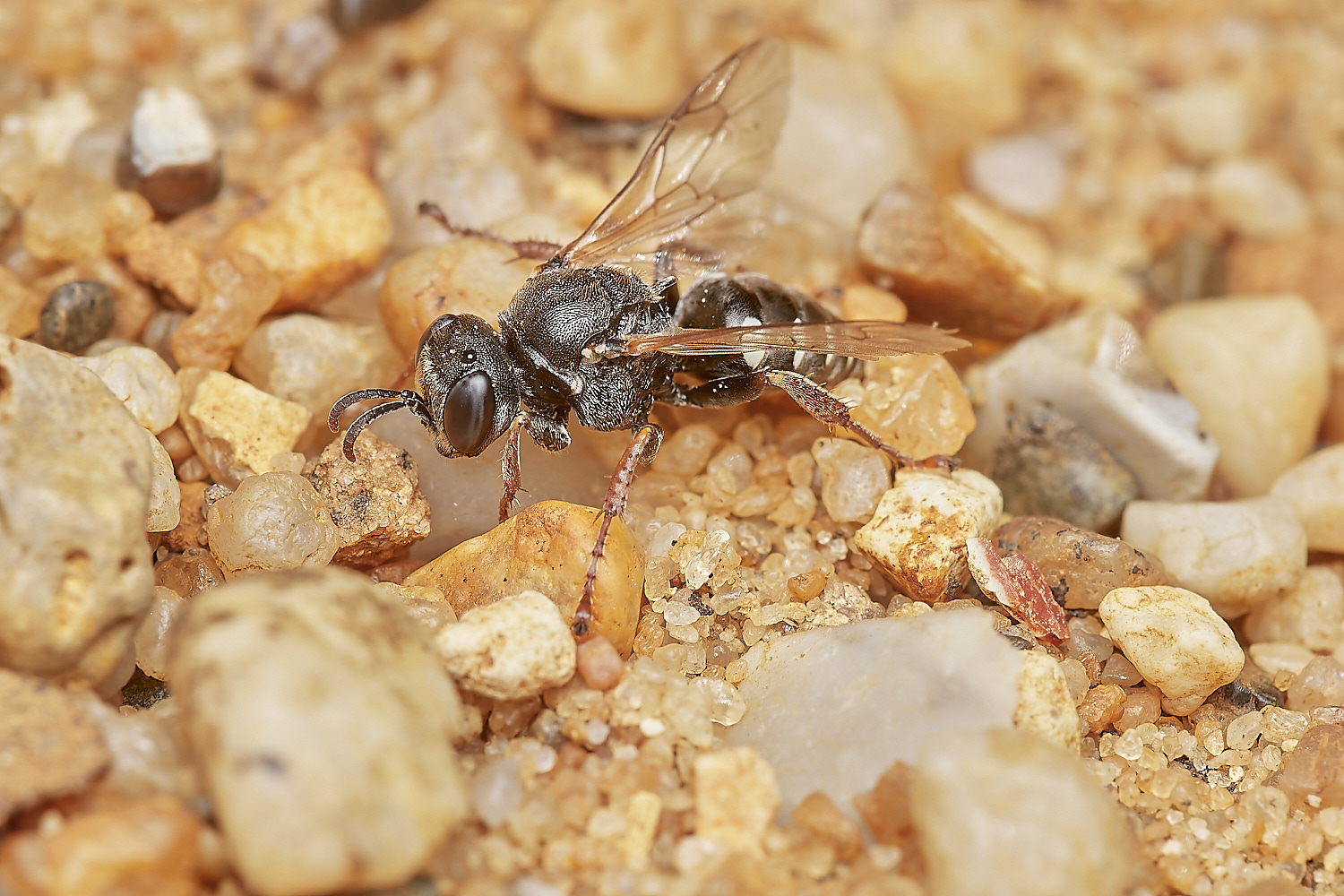
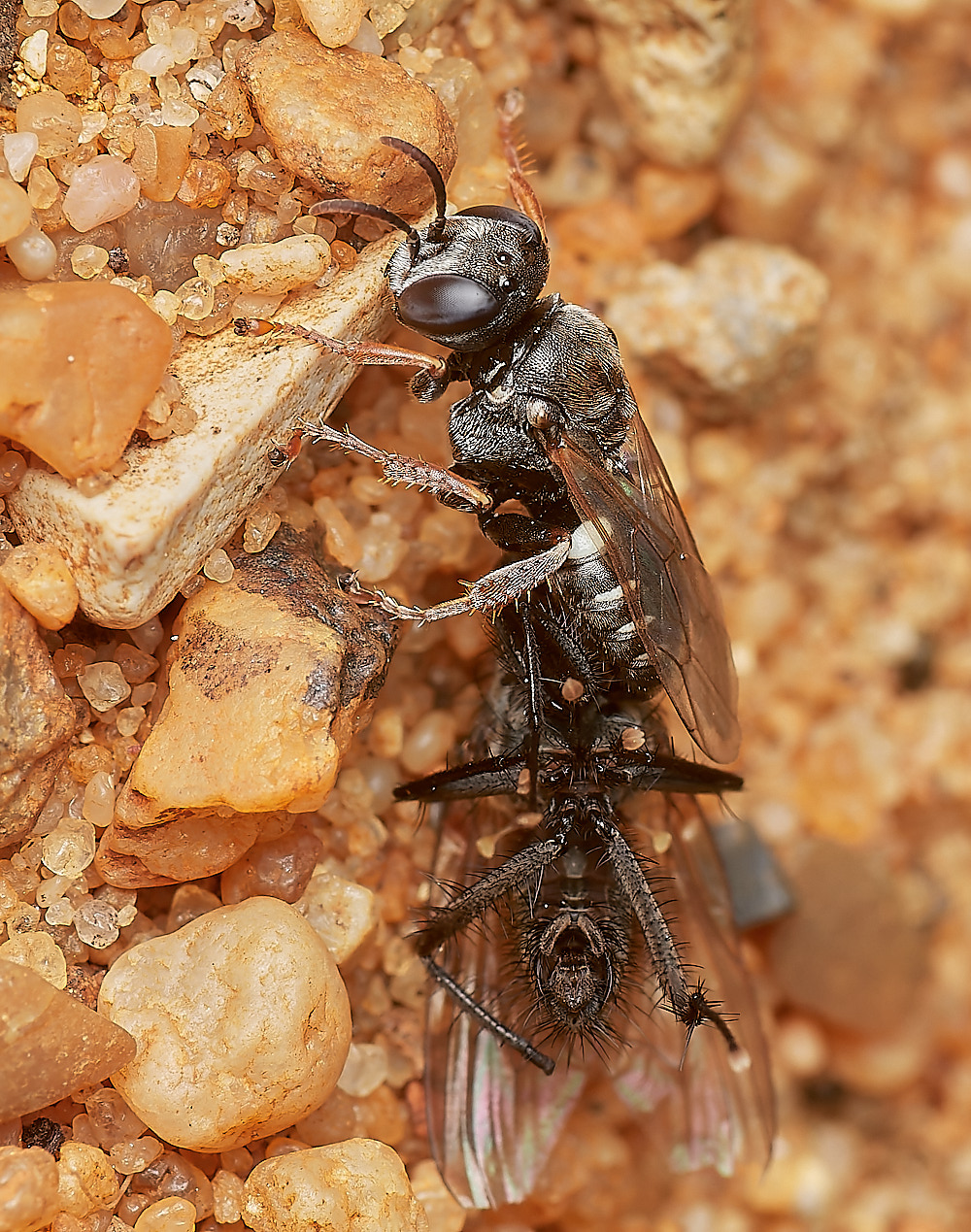
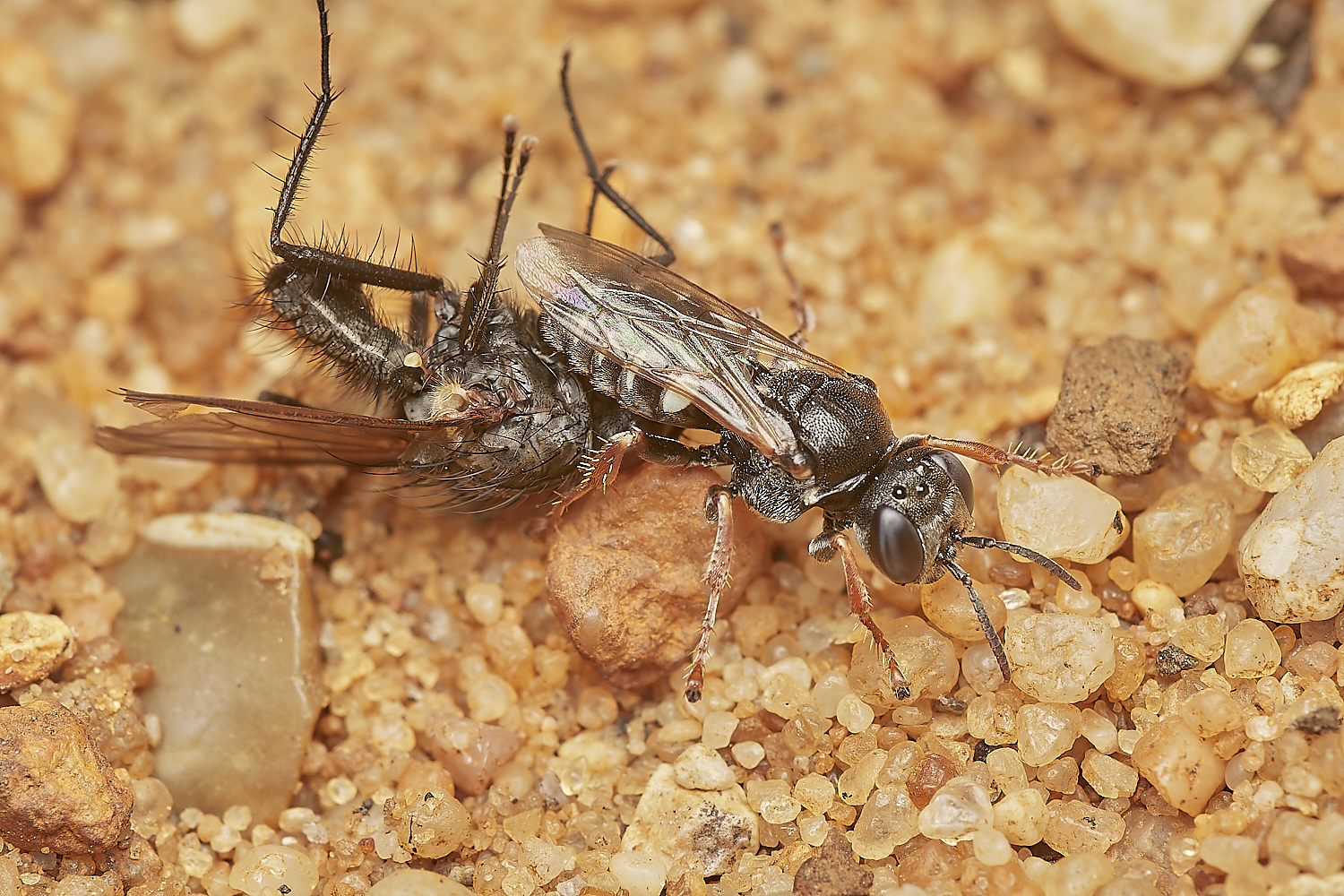
Common Spiney-digger (Oxybelus uniglumis)
A wasp that catches flies living on the sand pile.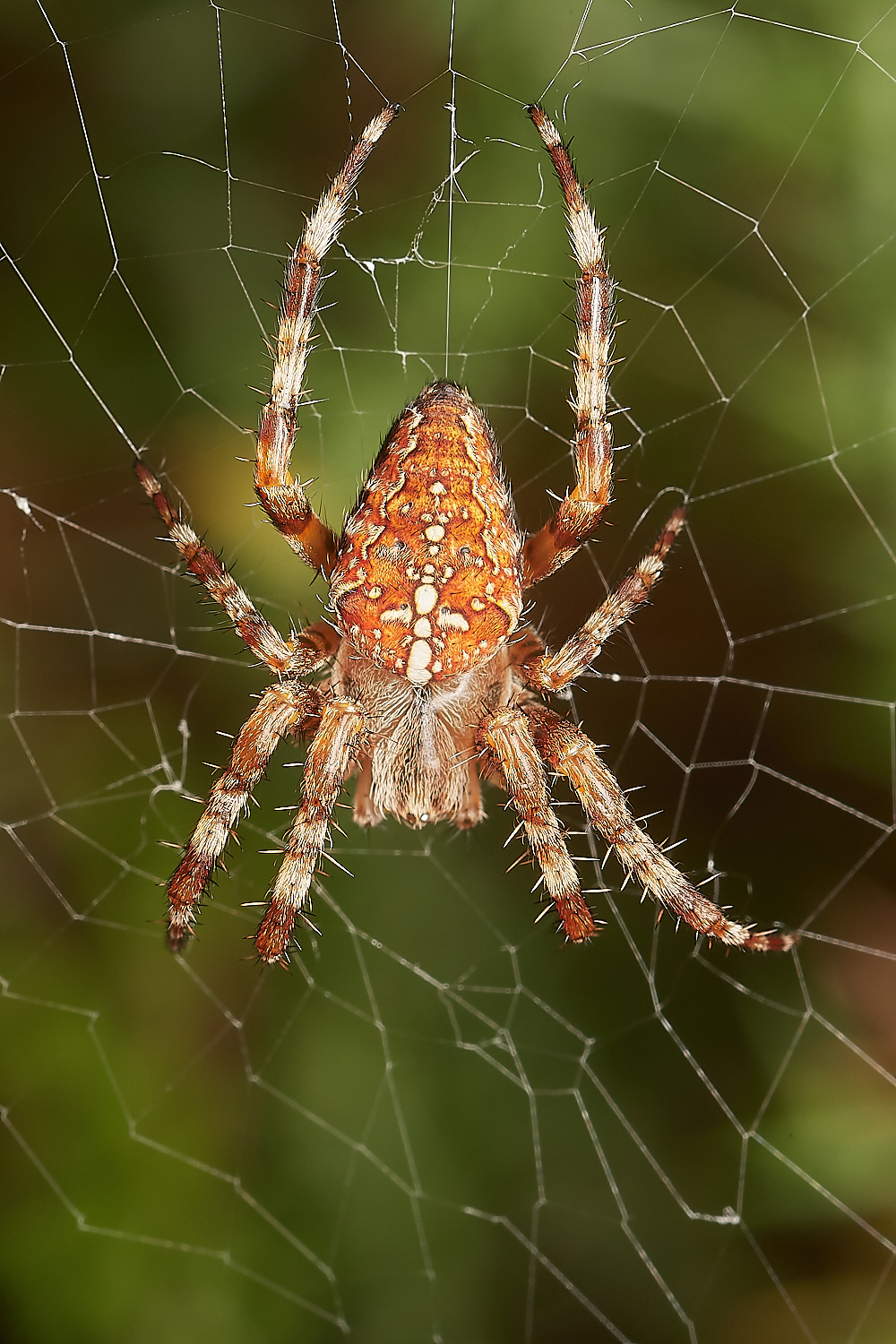
Garden Spider (Araneus diadematus)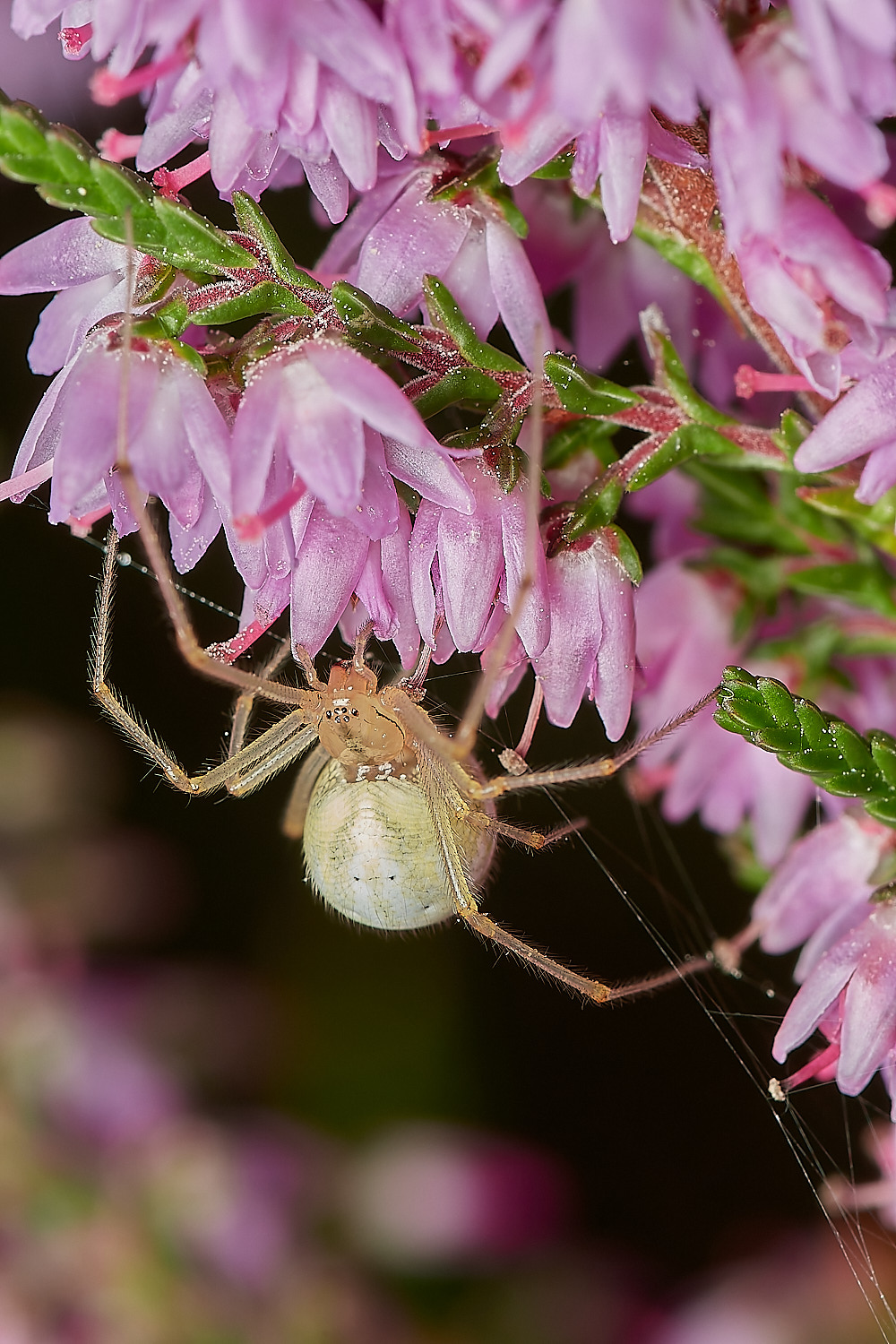
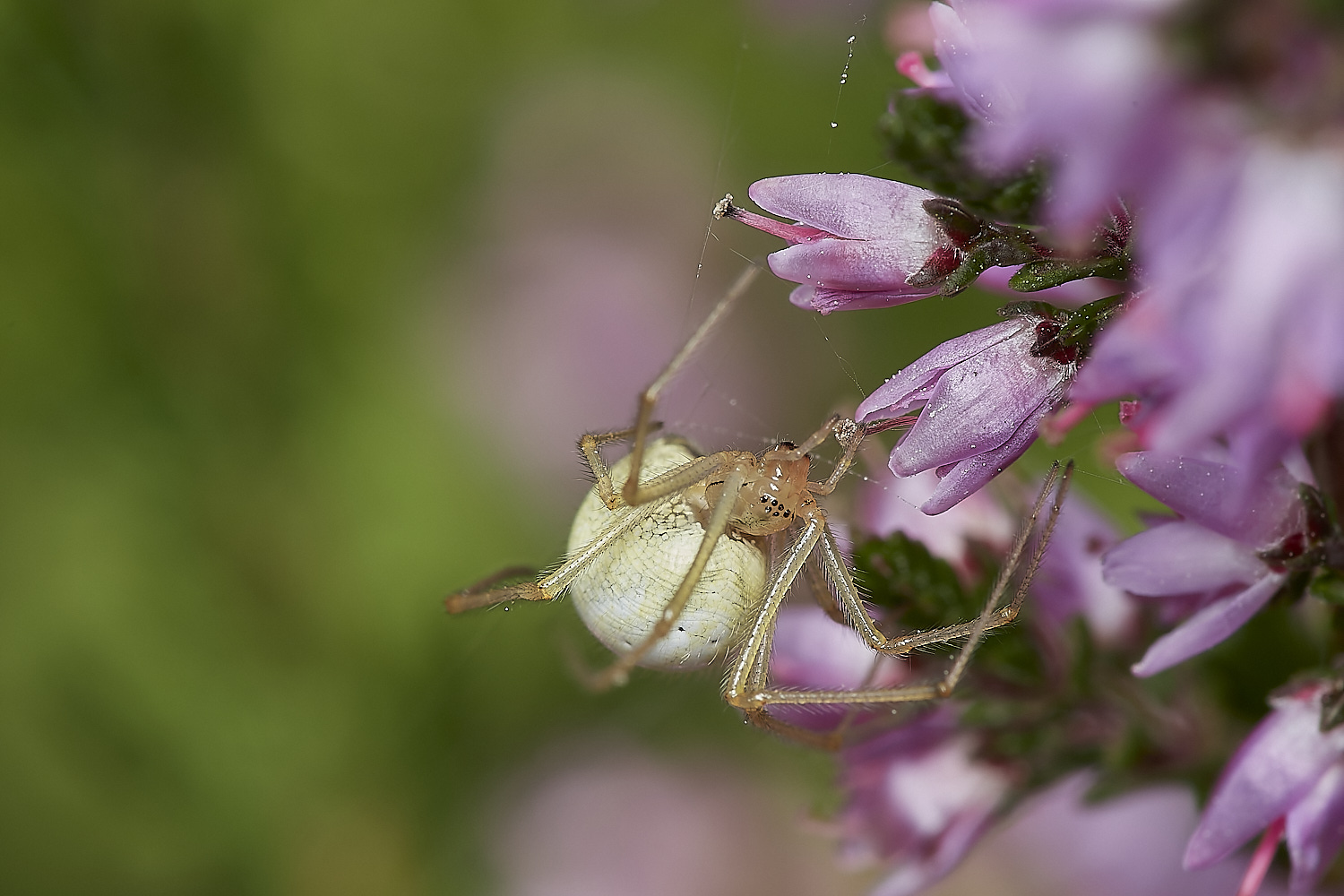
Spider Sp?
Araniella Sp?
Not quite
an
Enoplognatha Sp?
Again thanks to Vanna Bartlett for correction.
